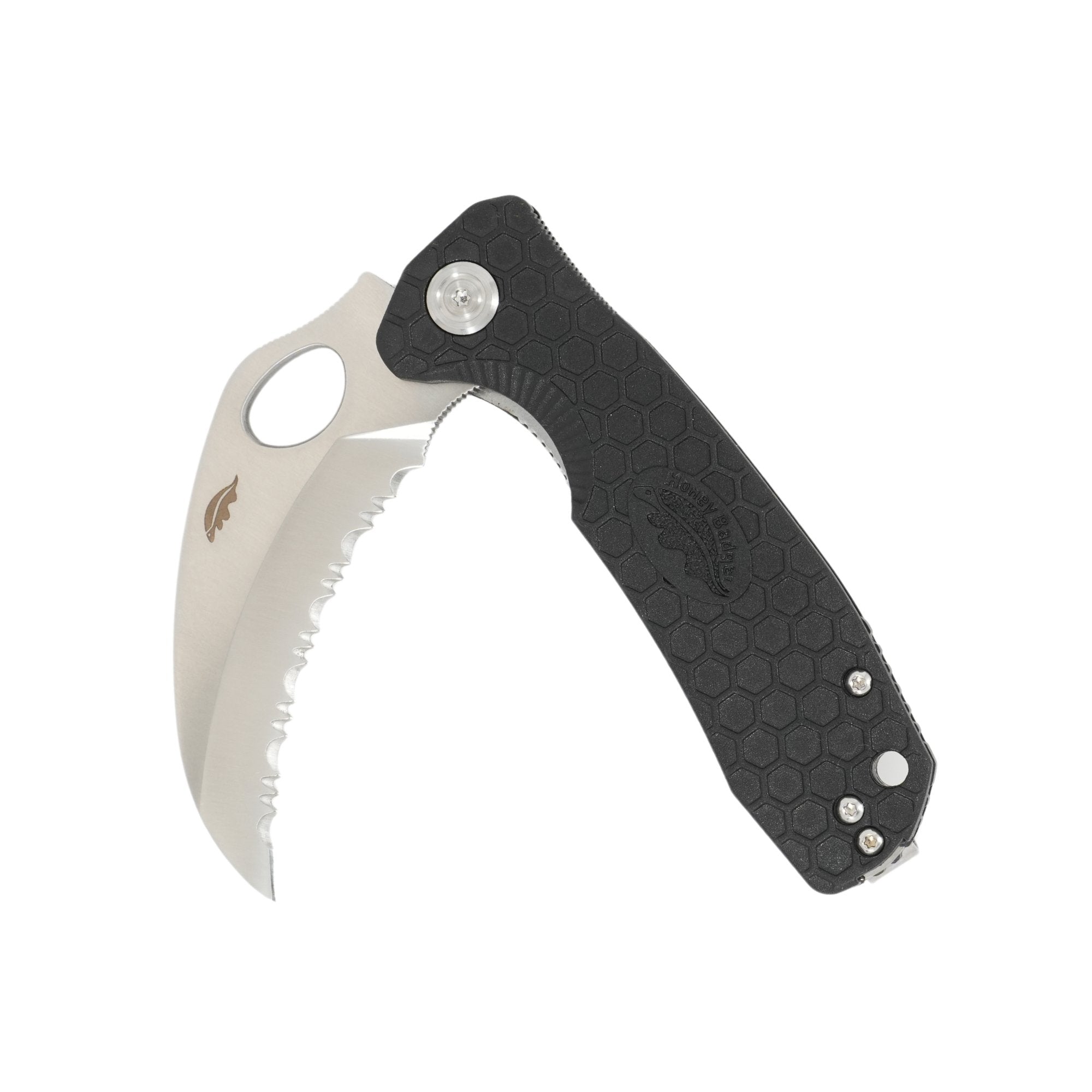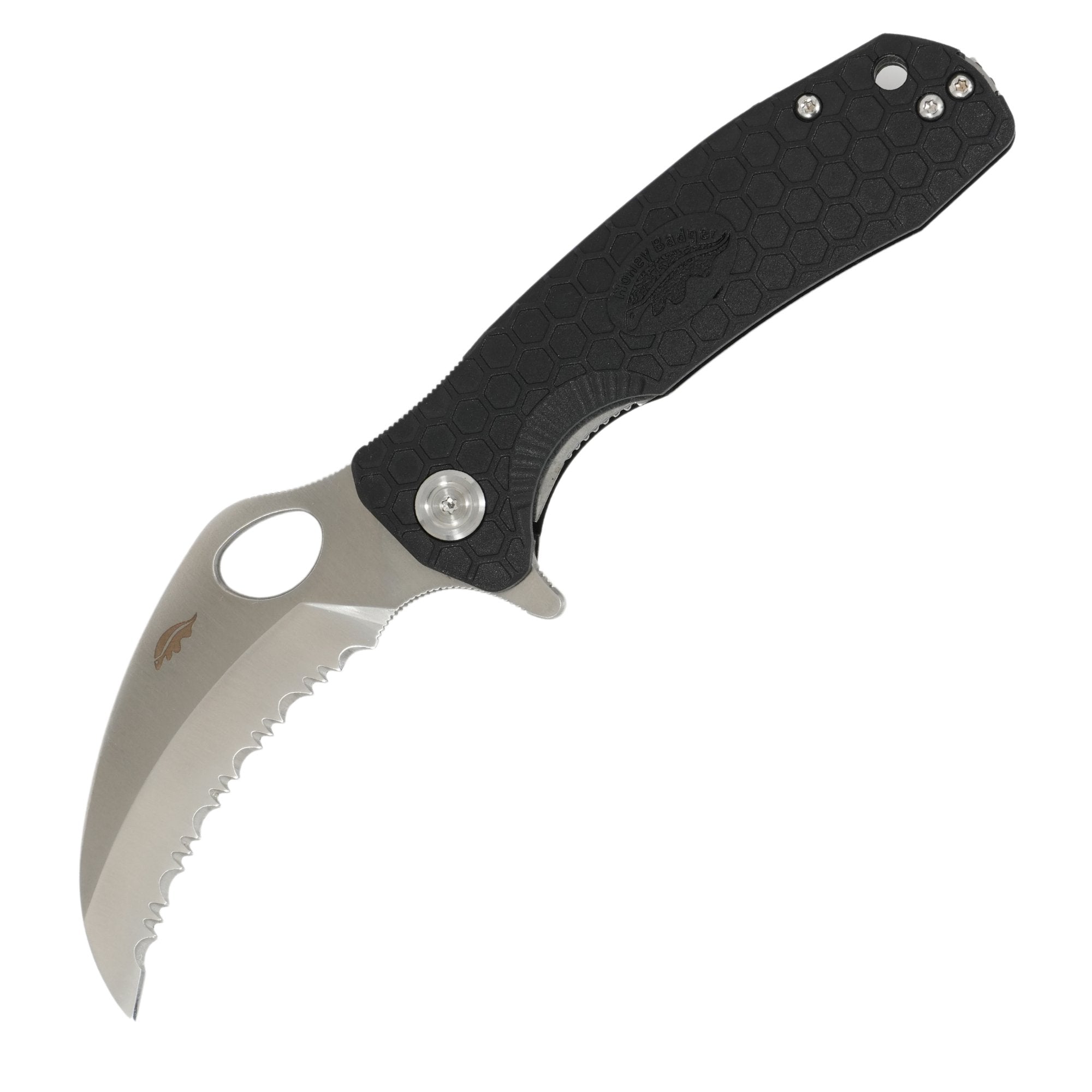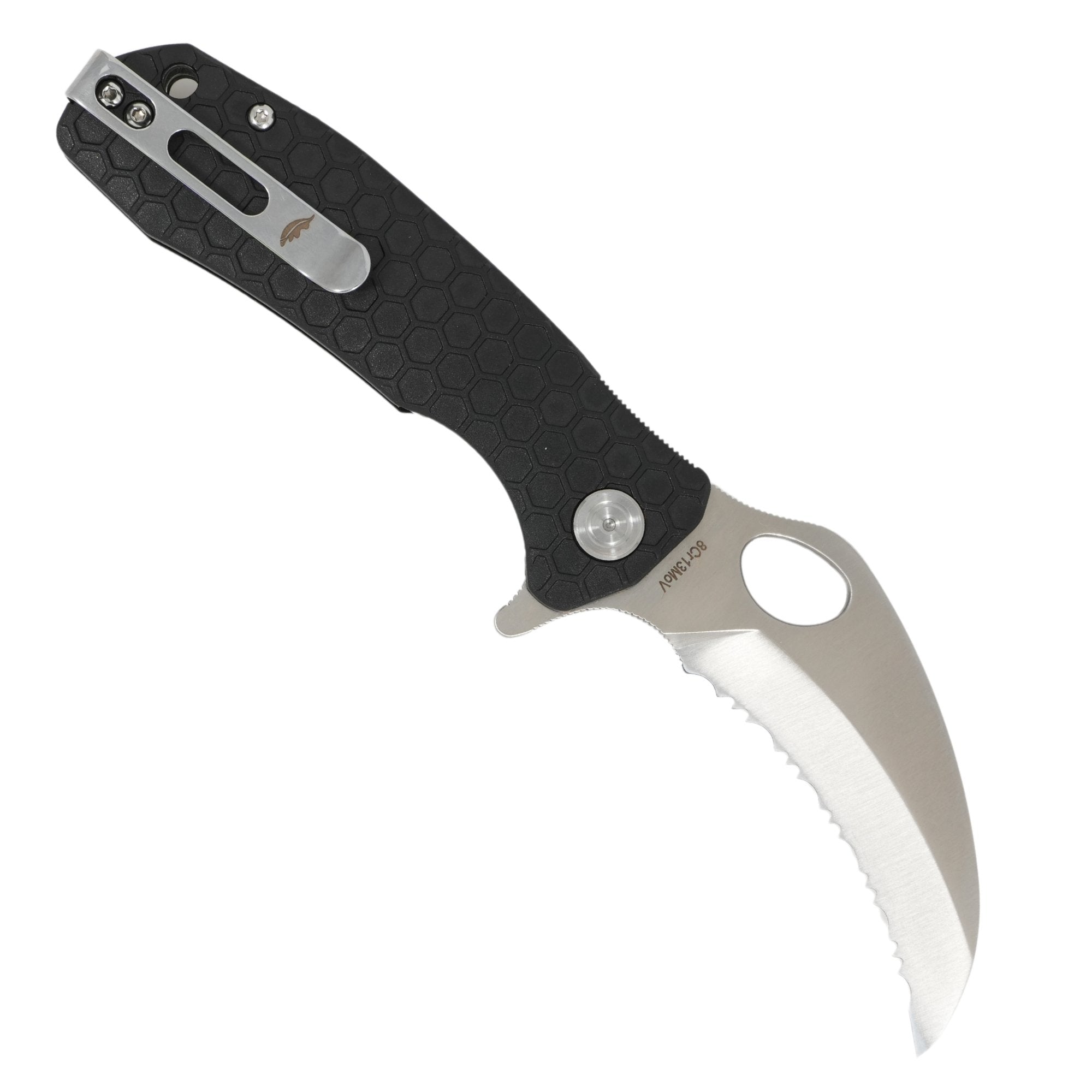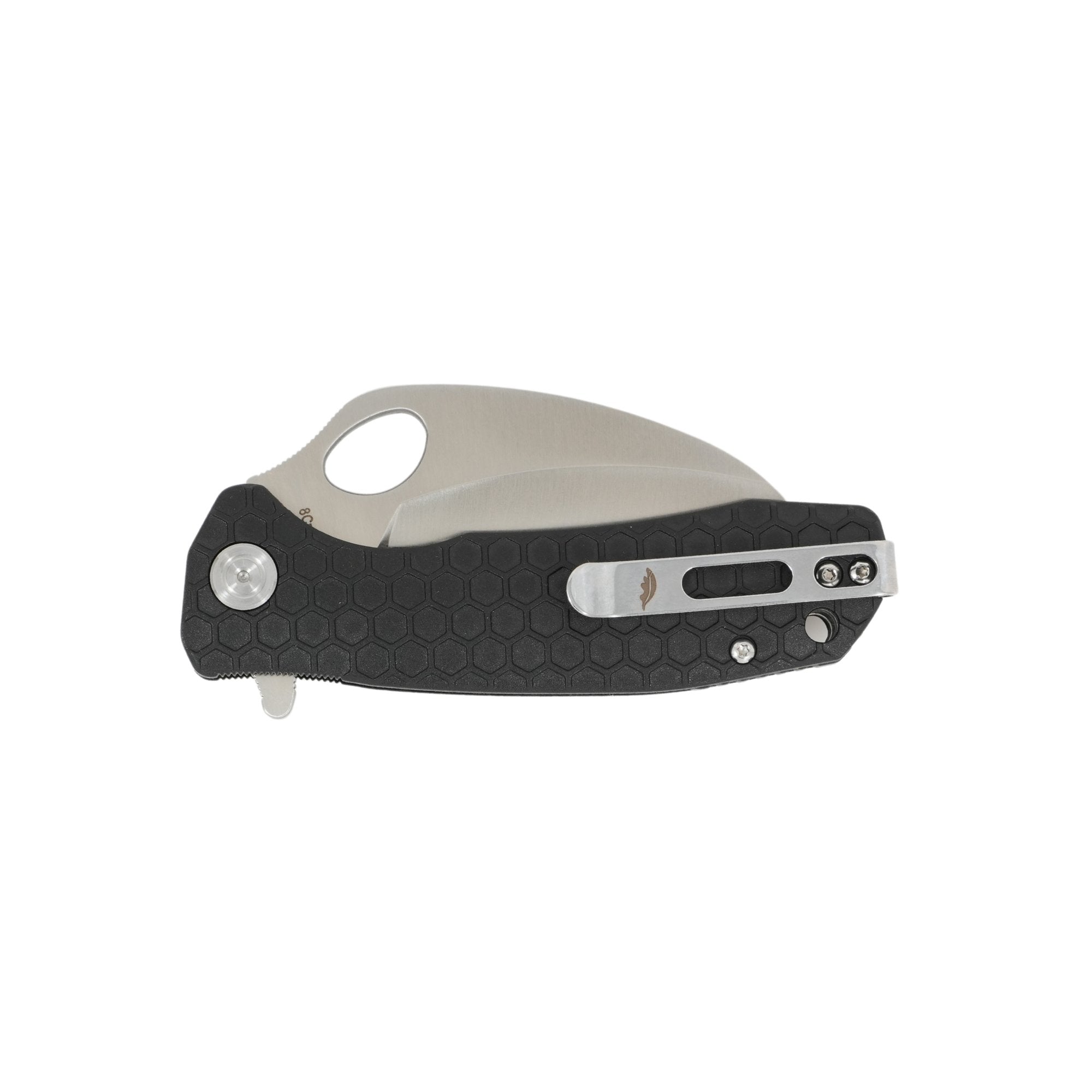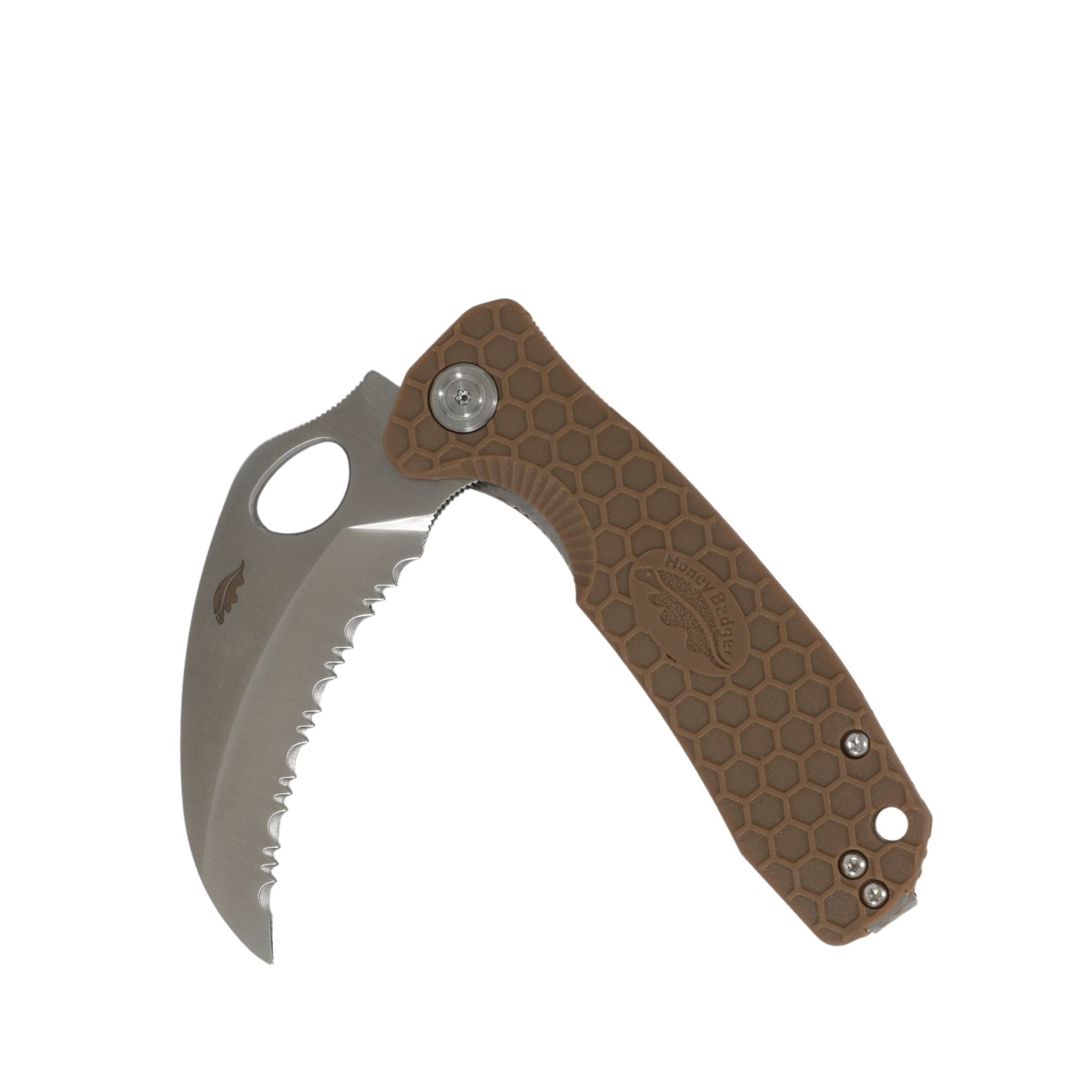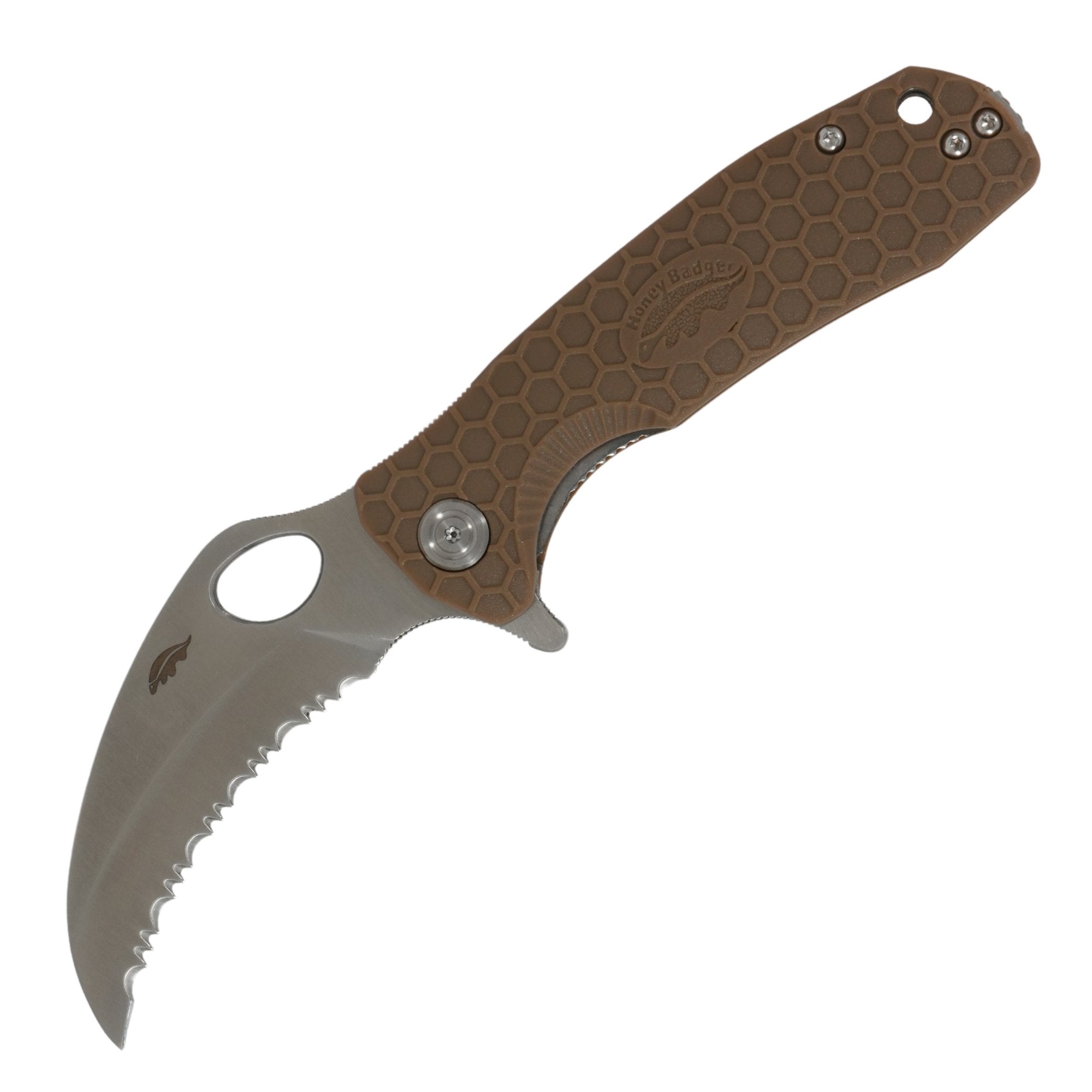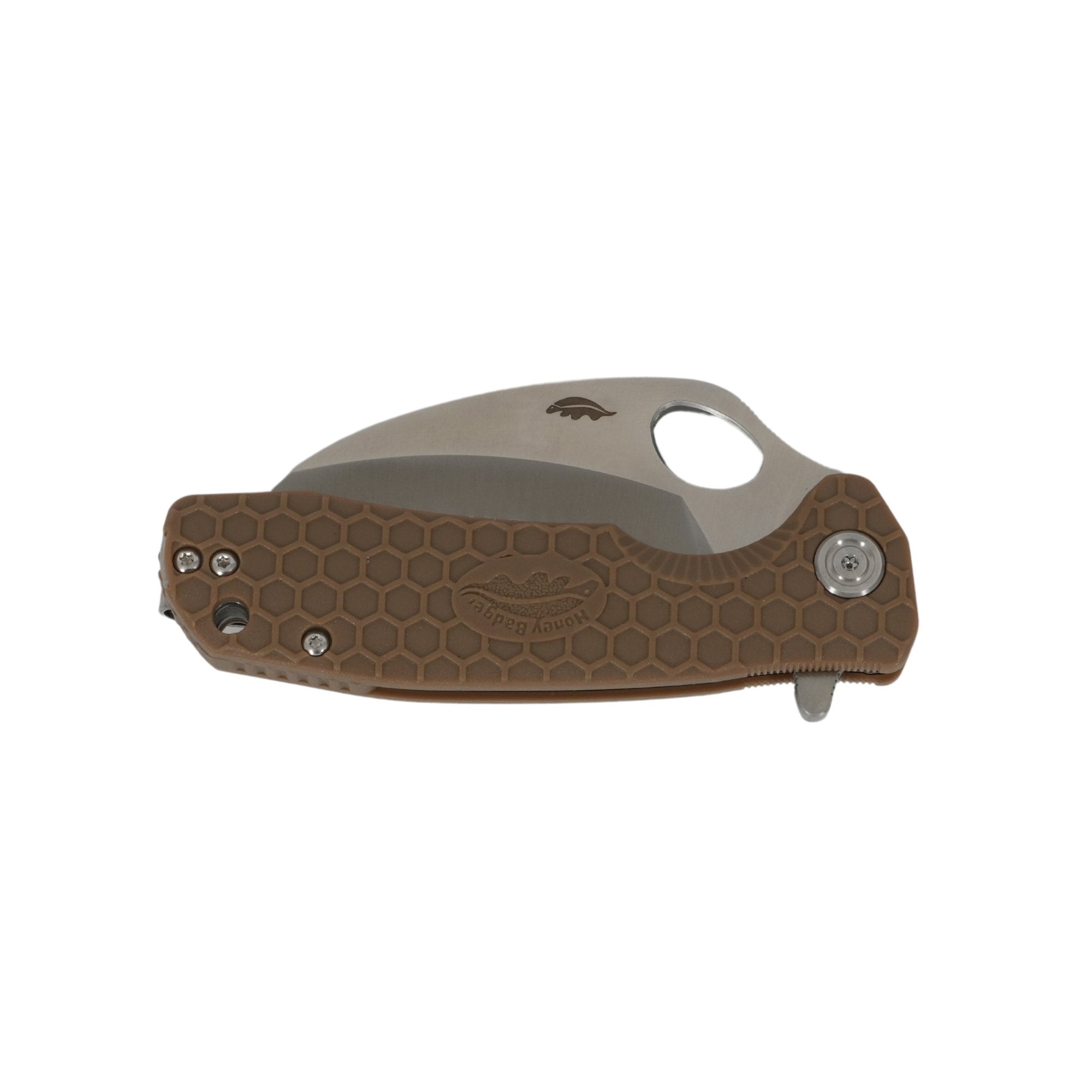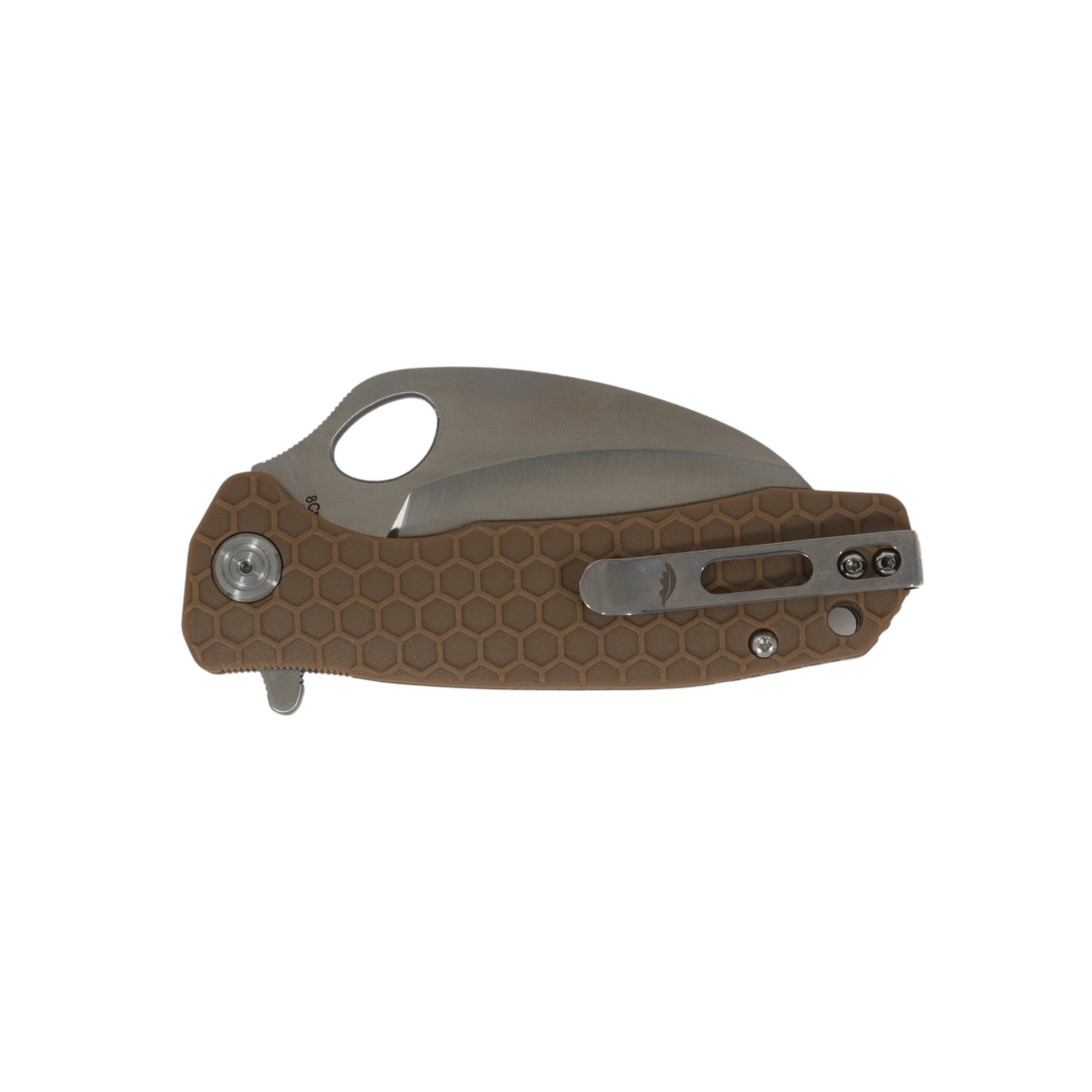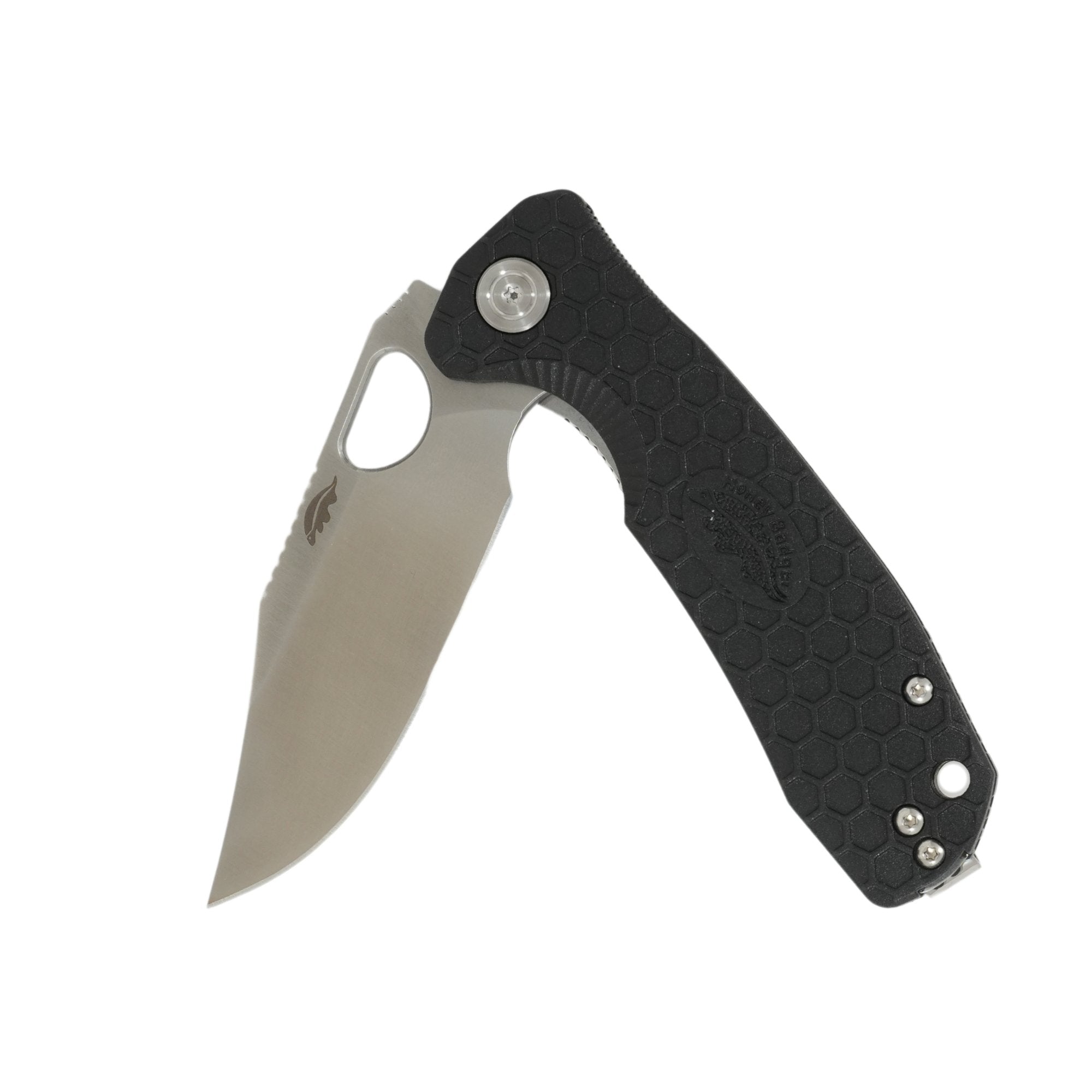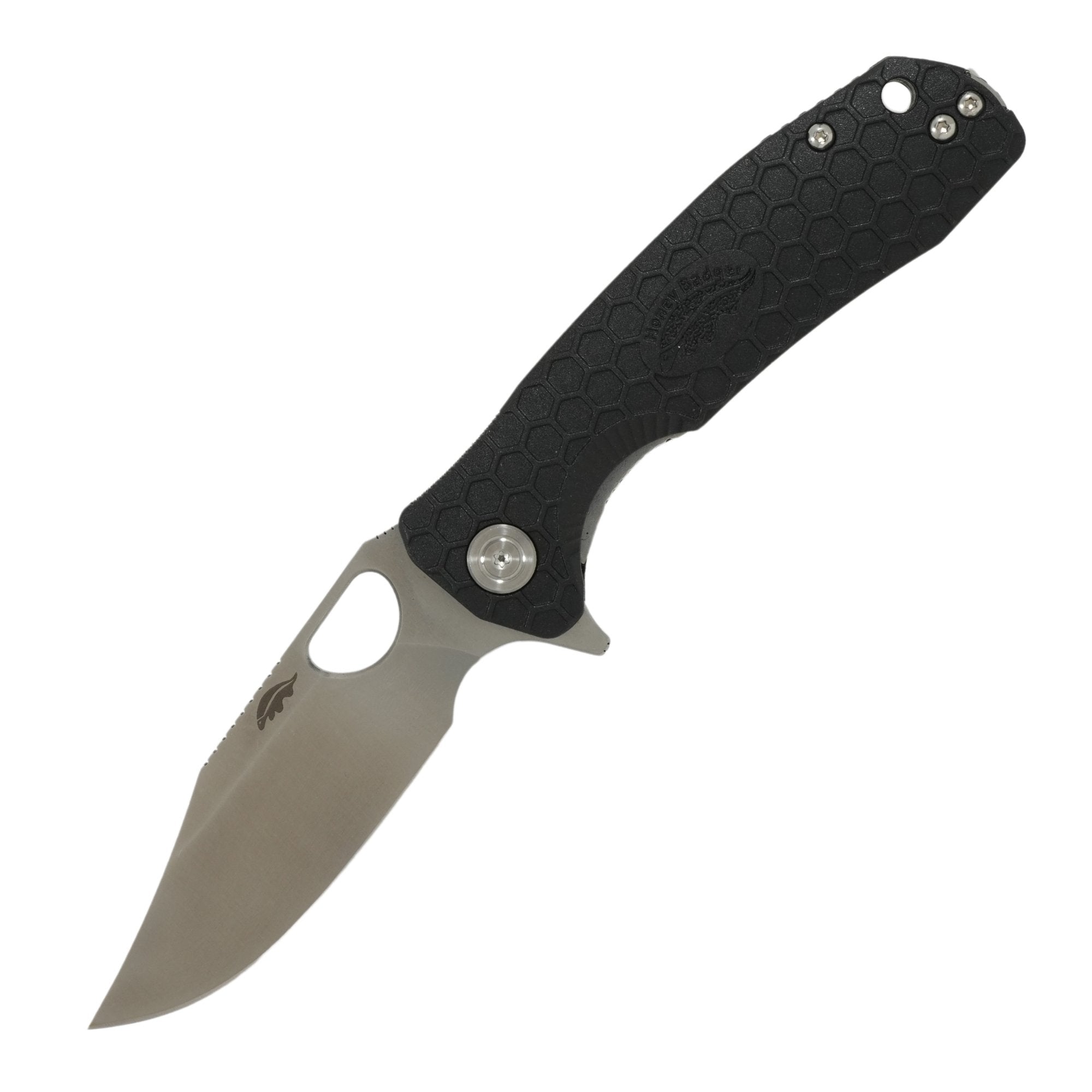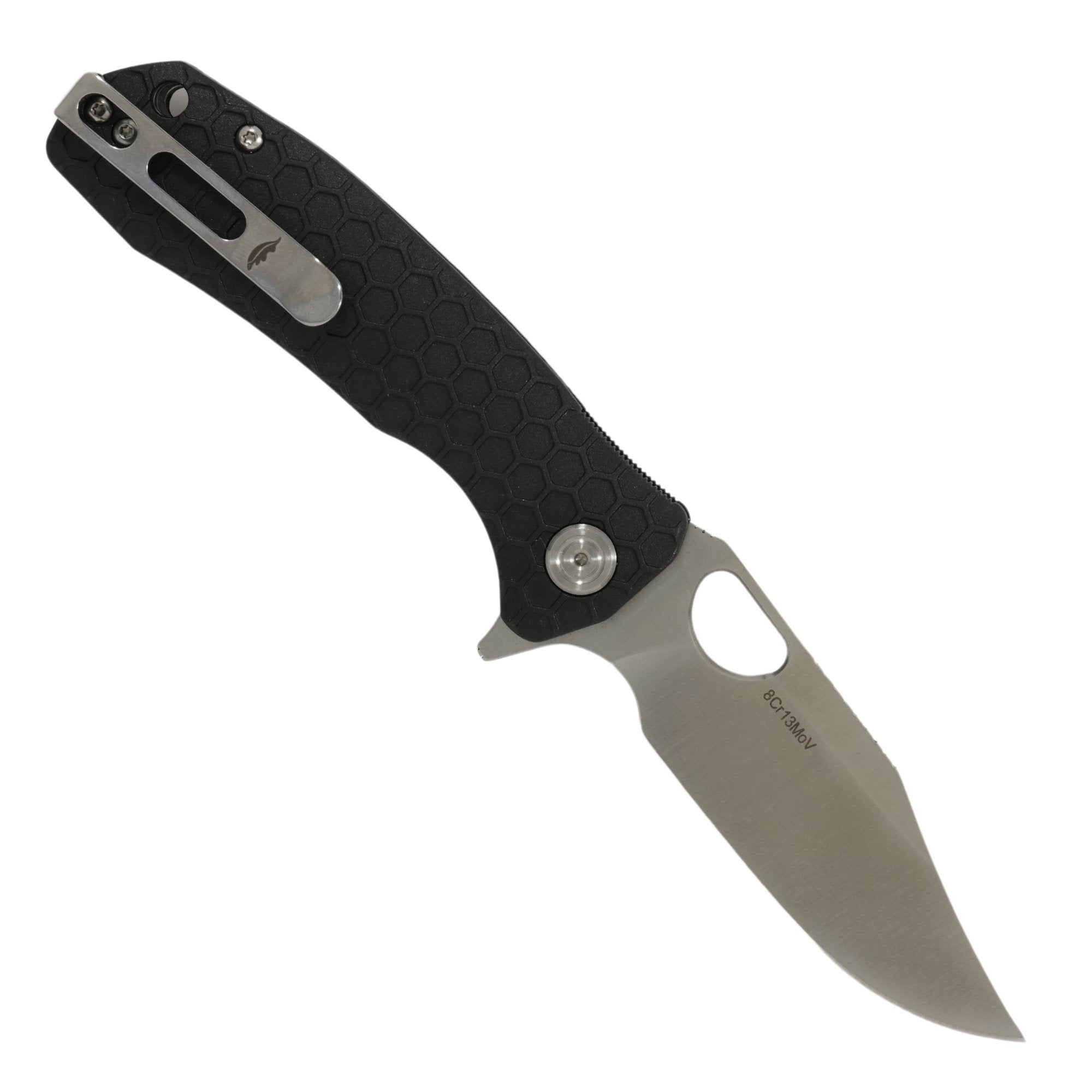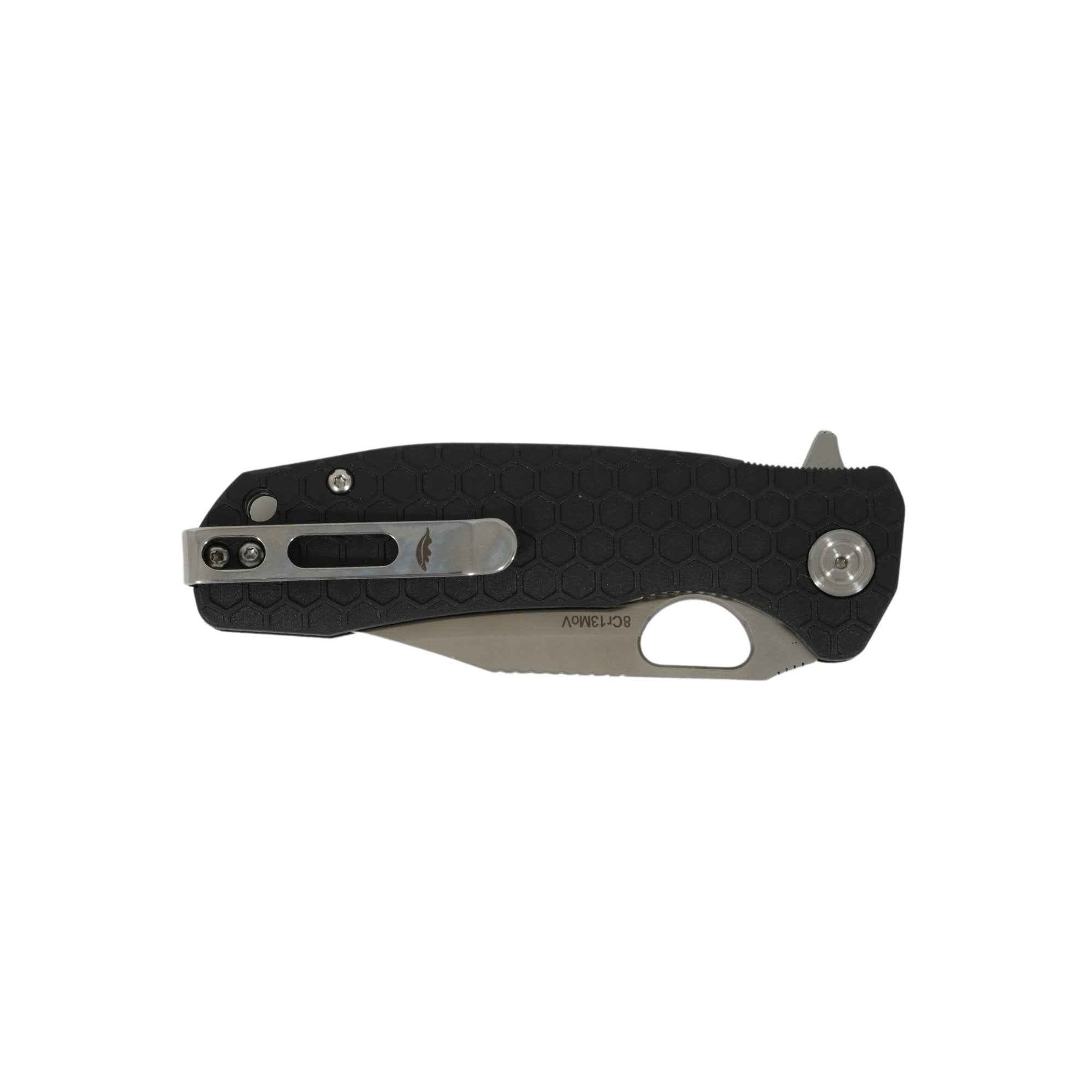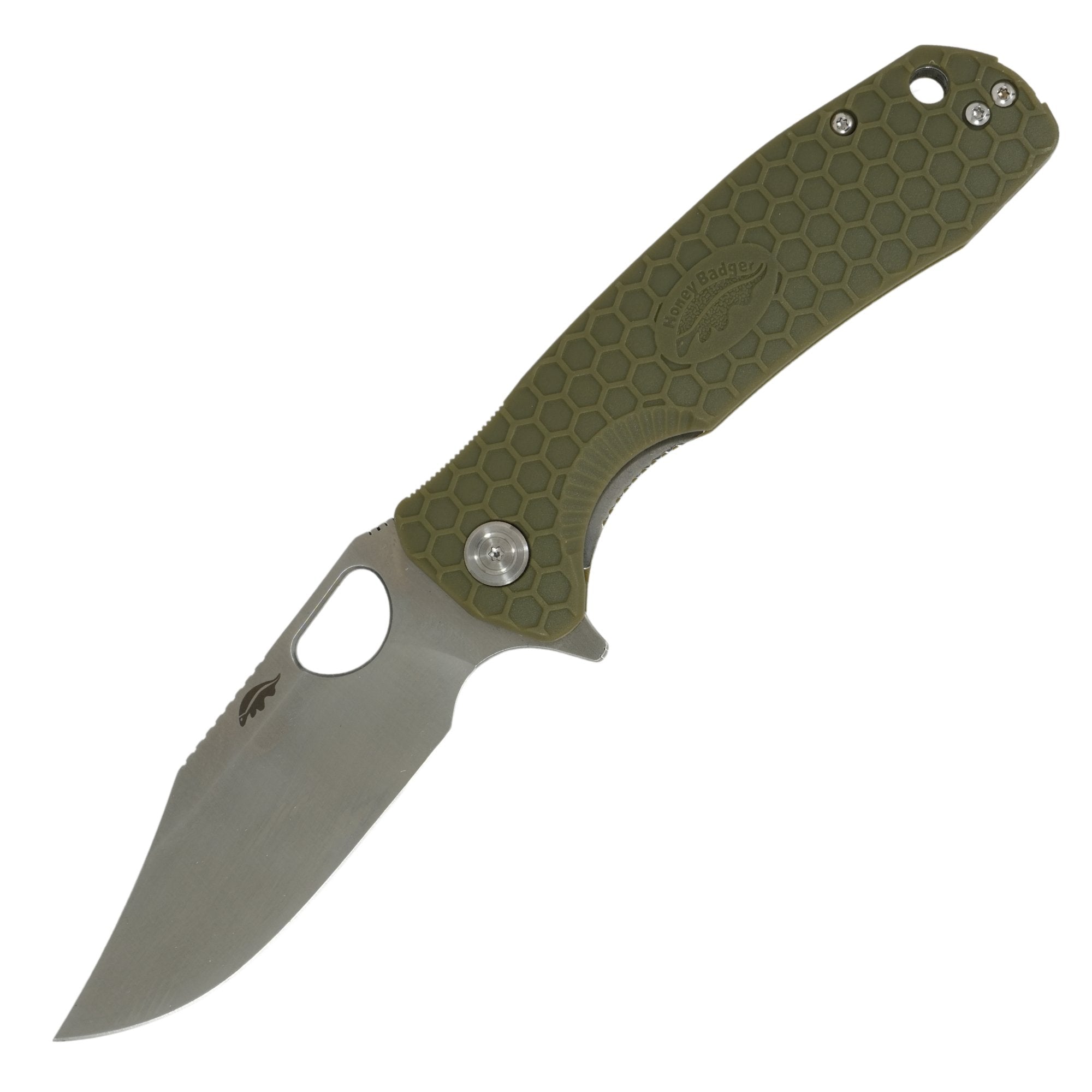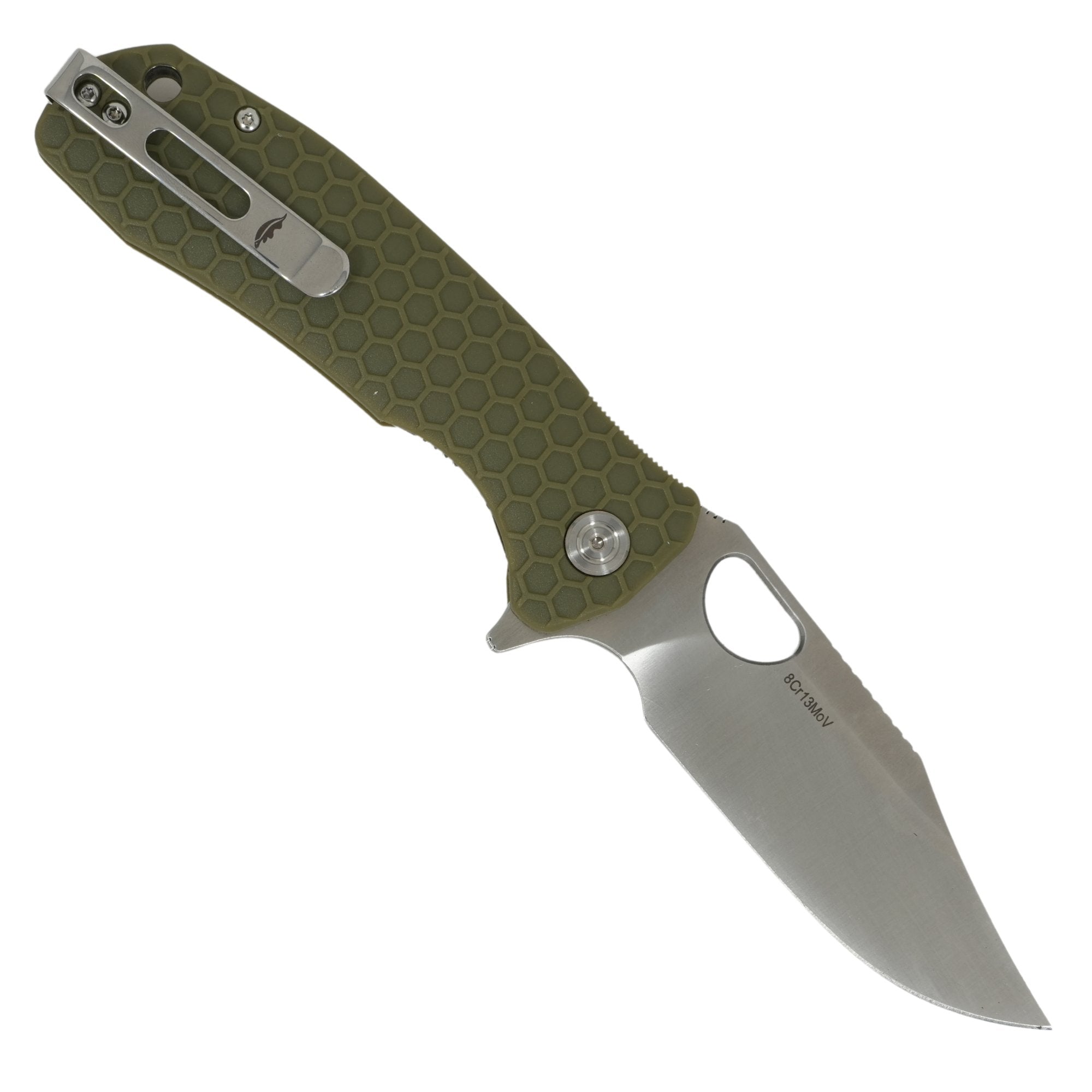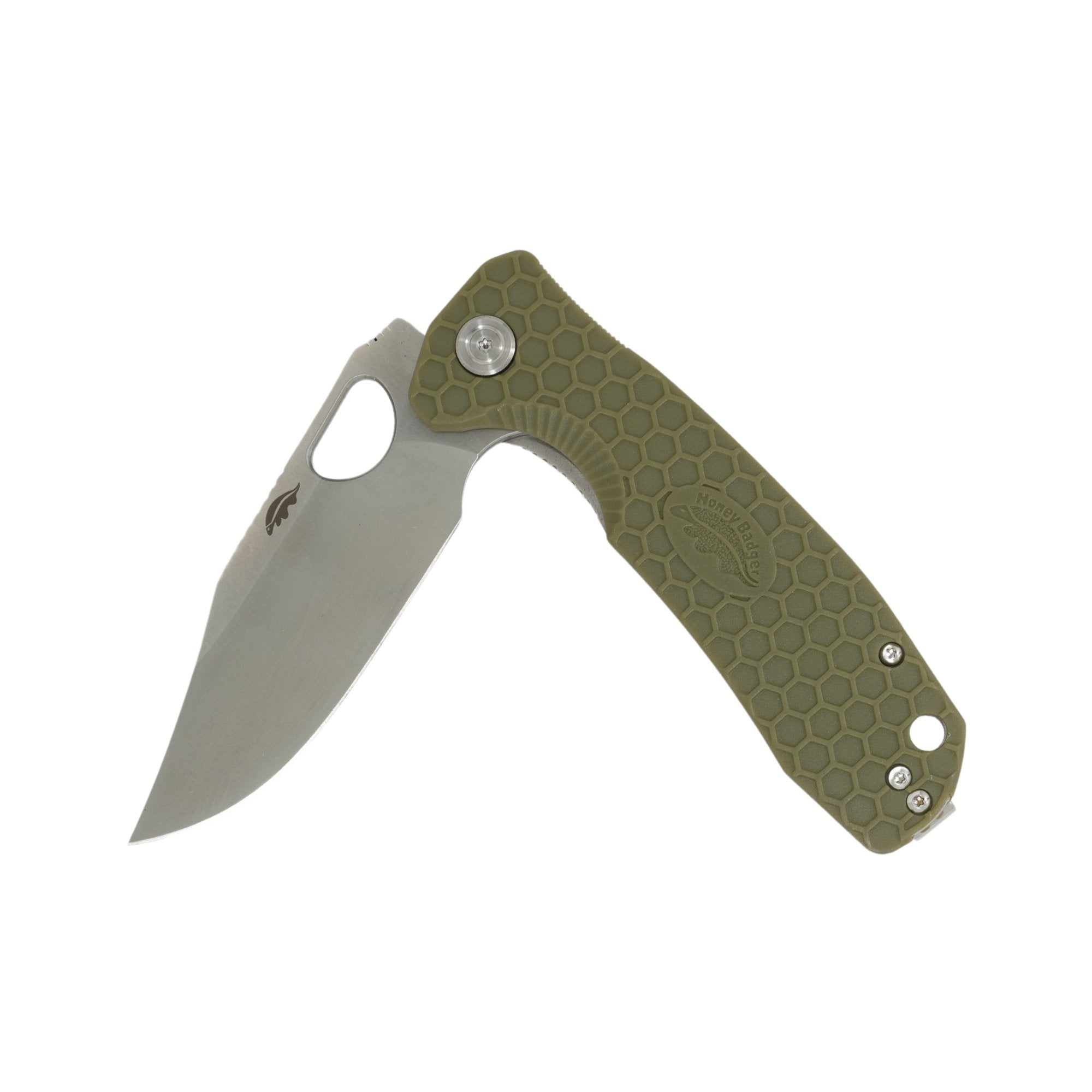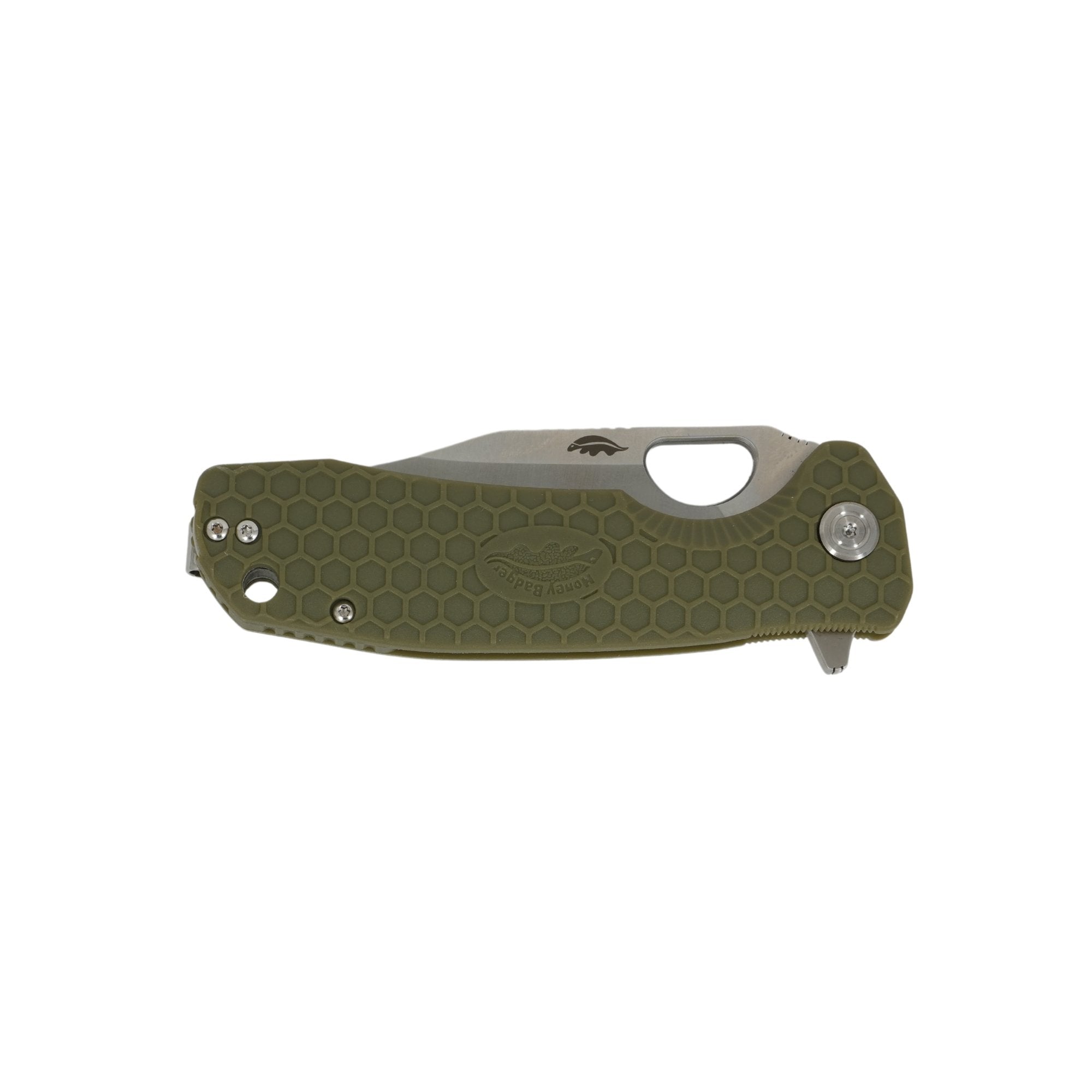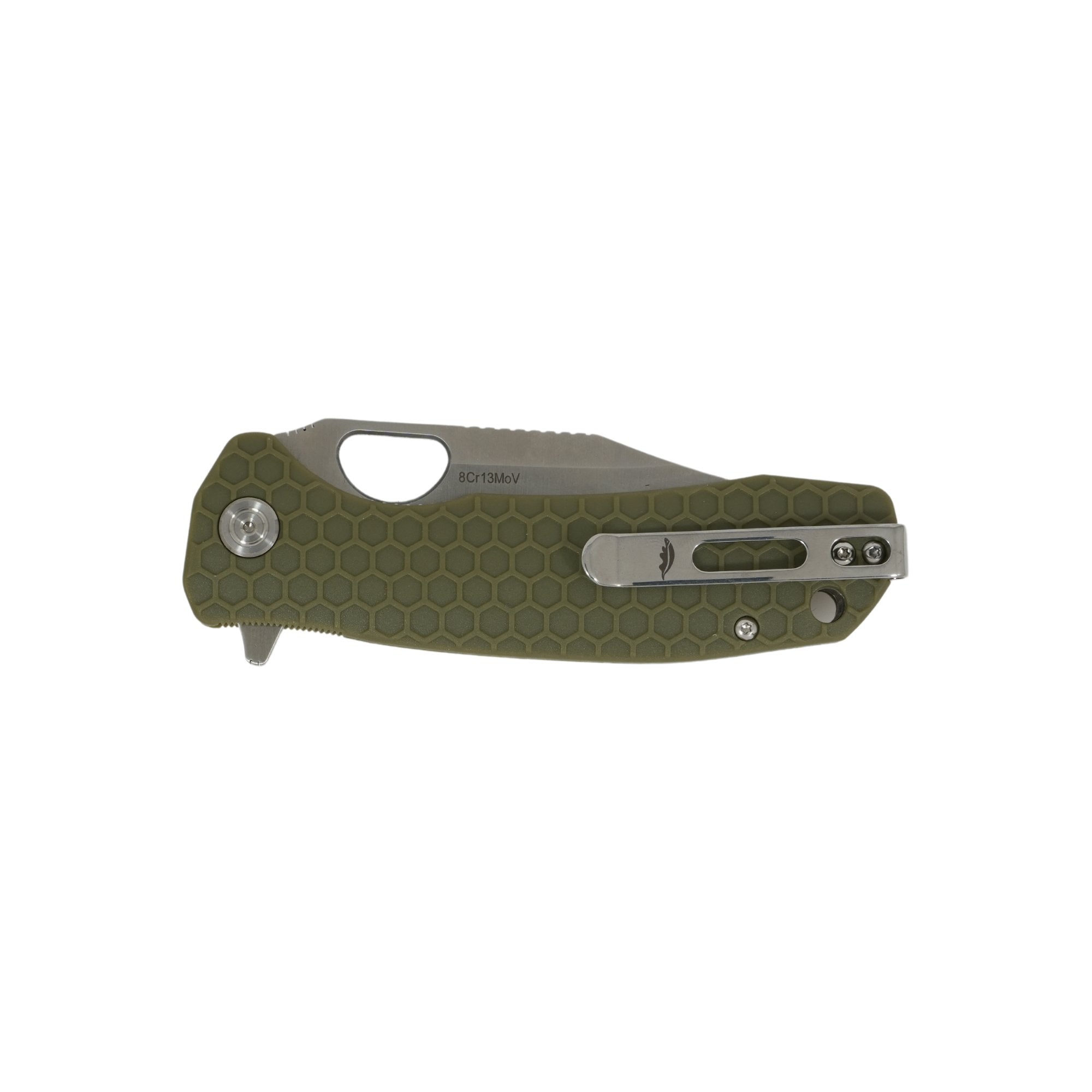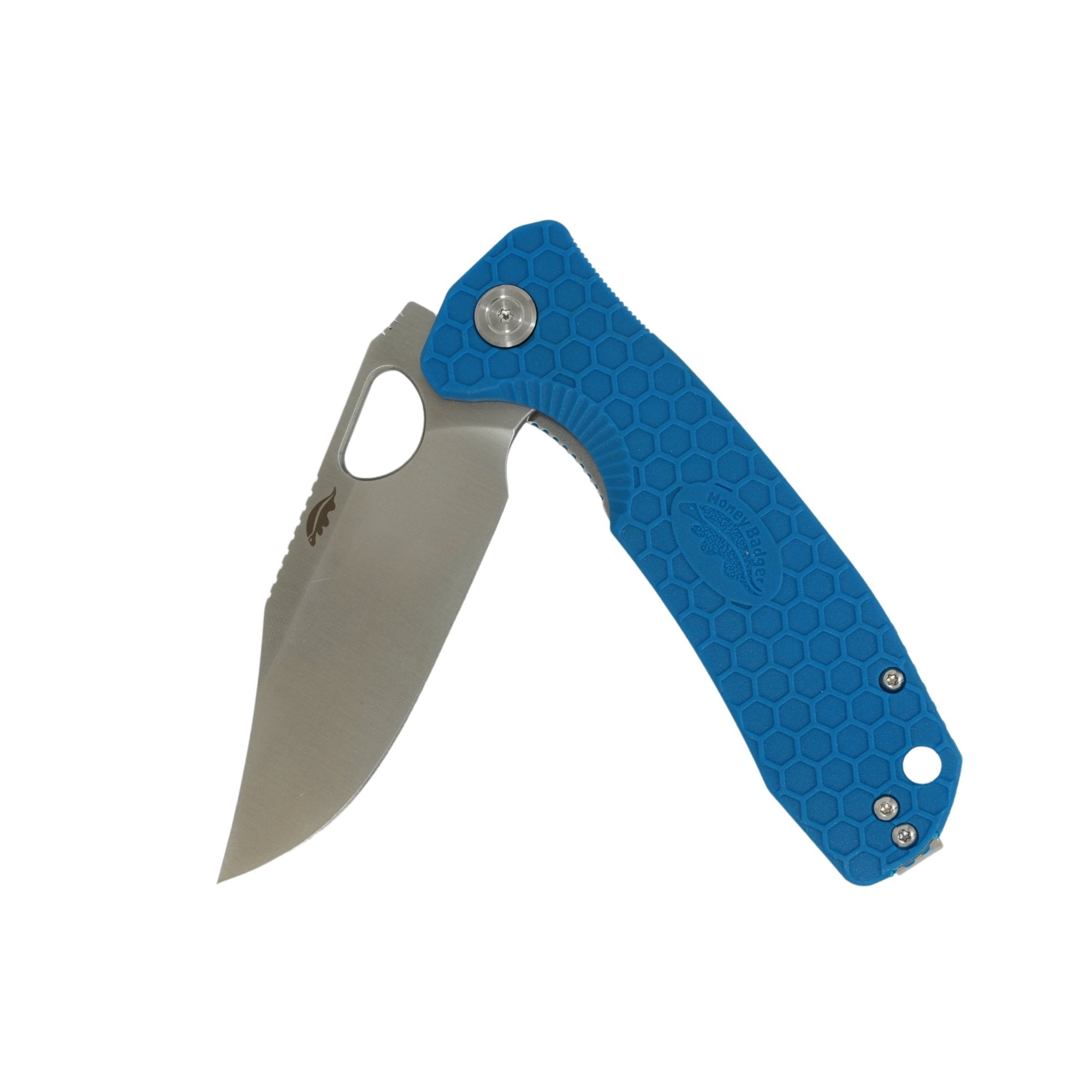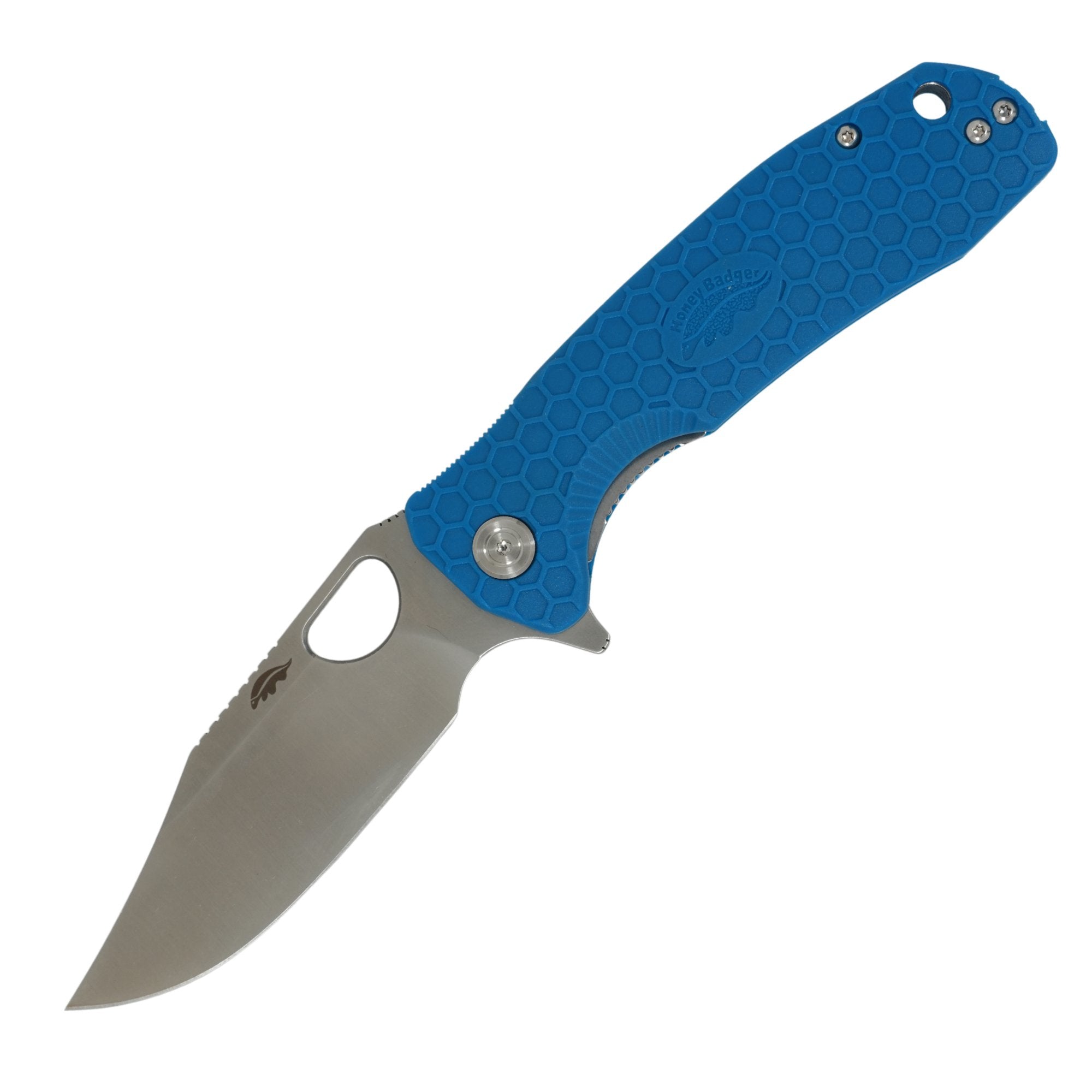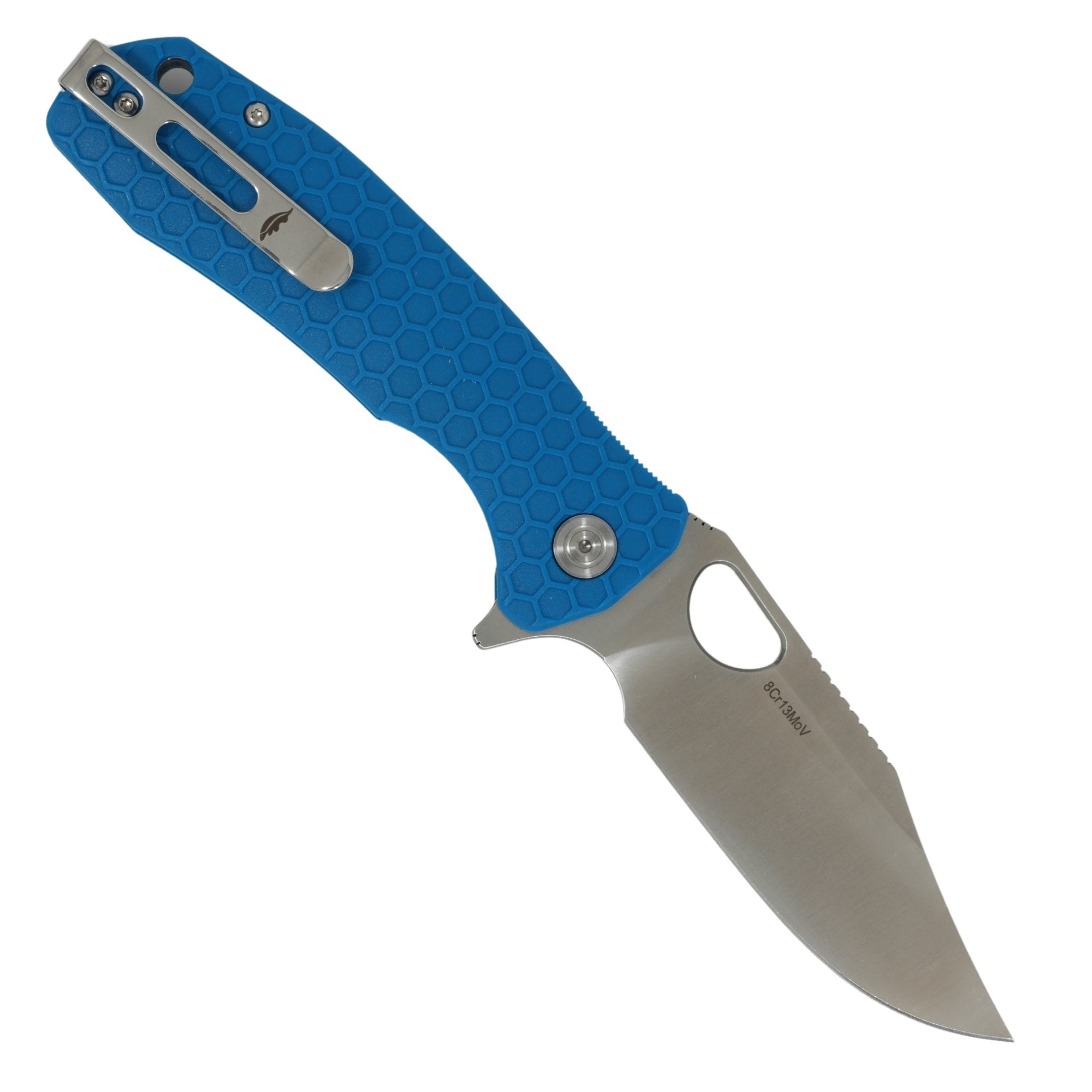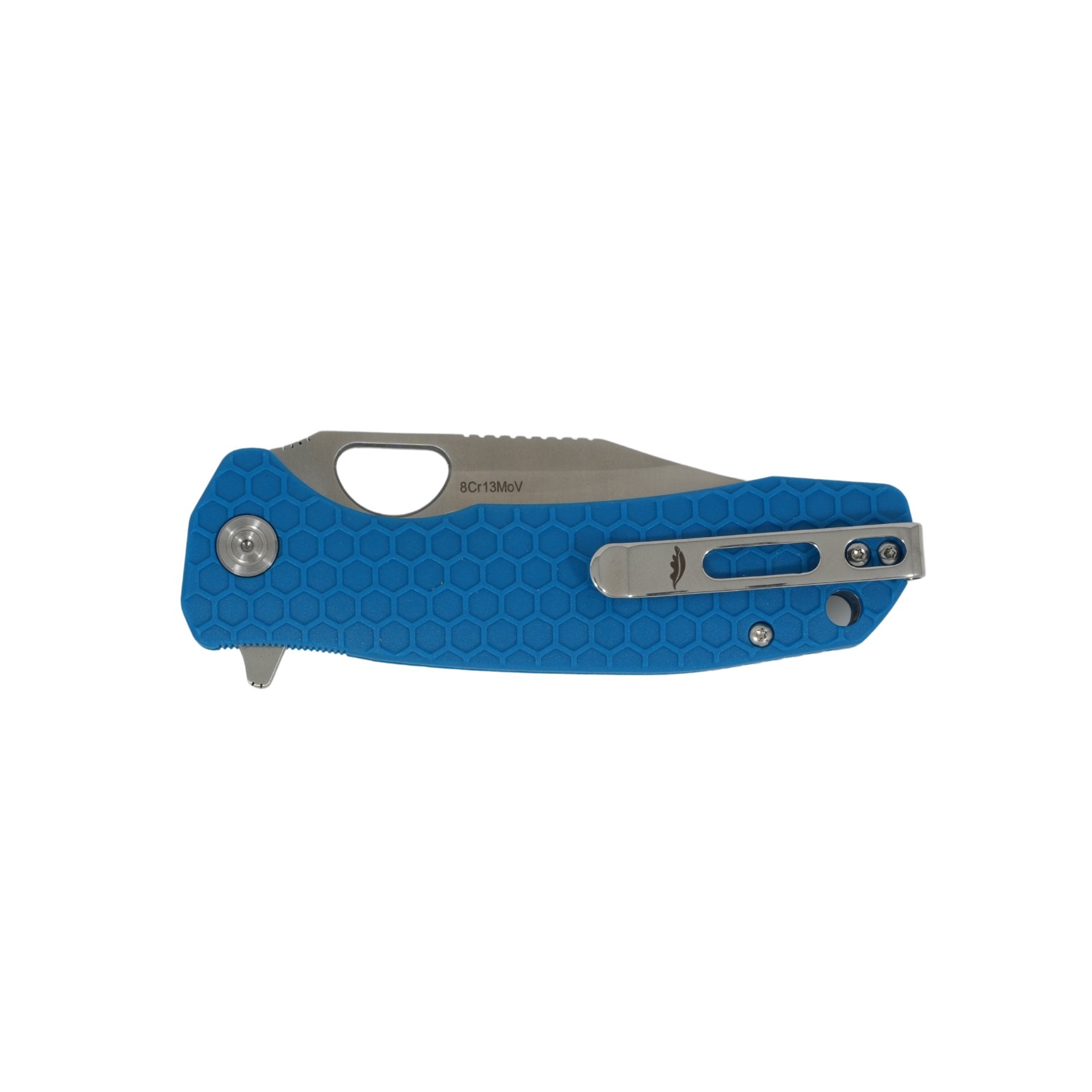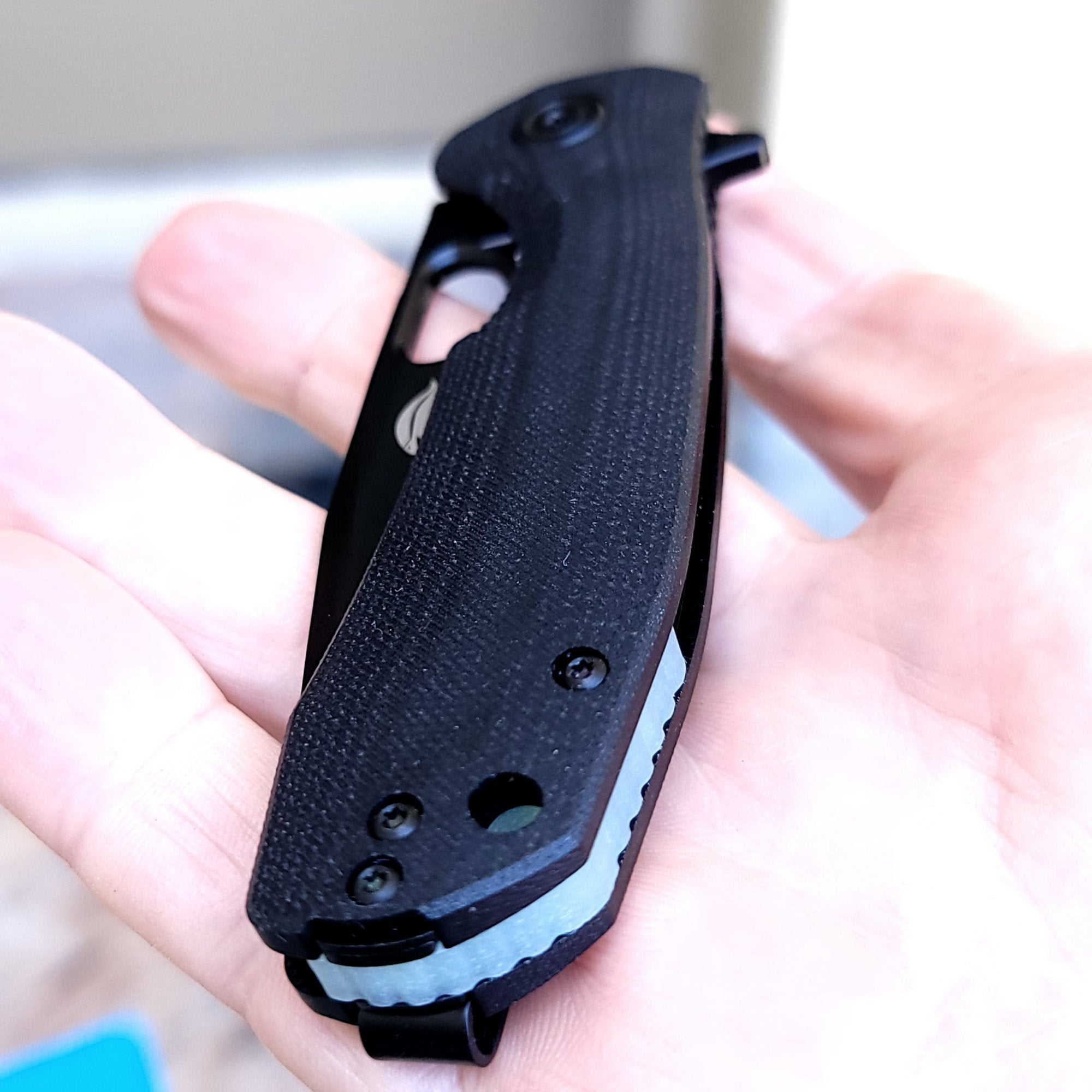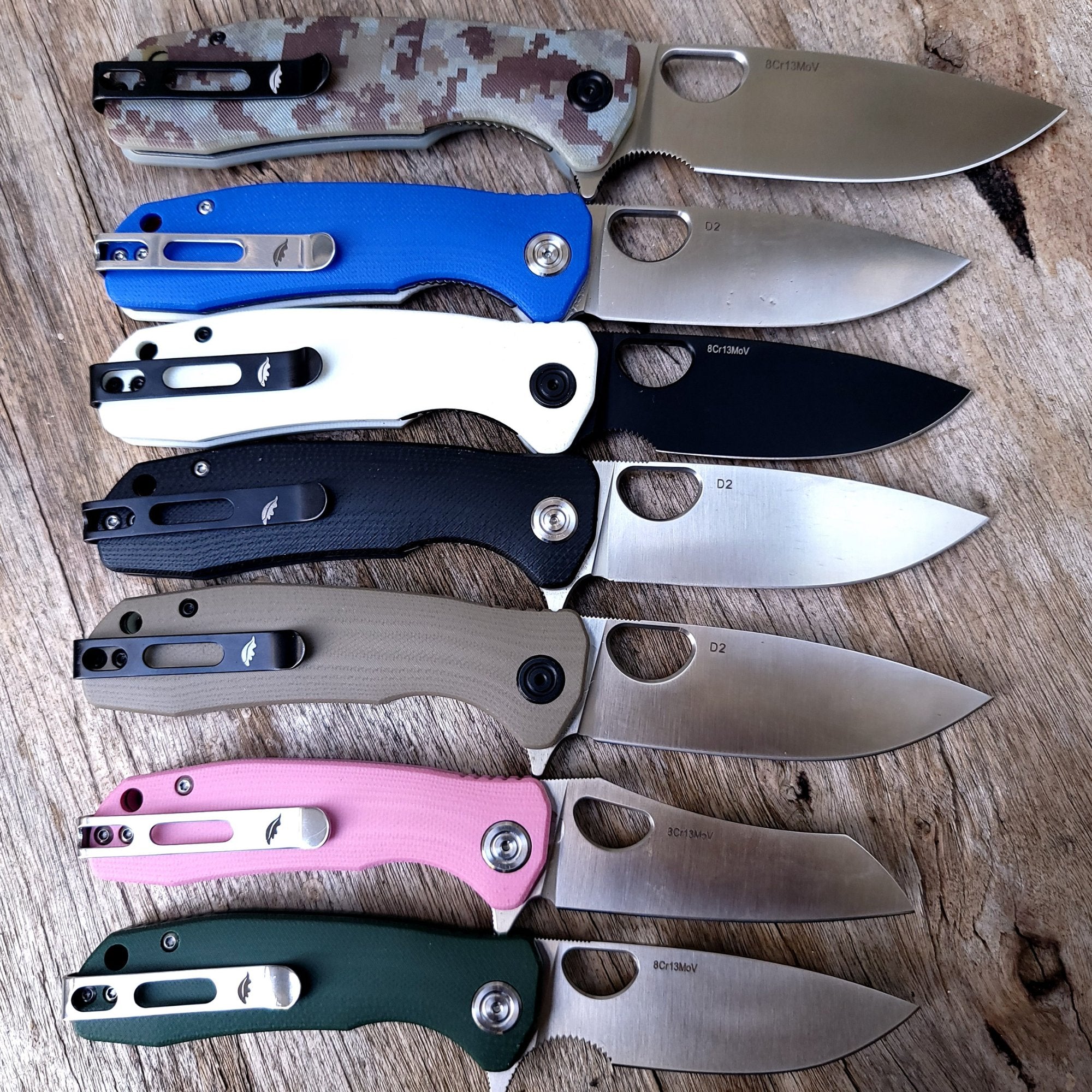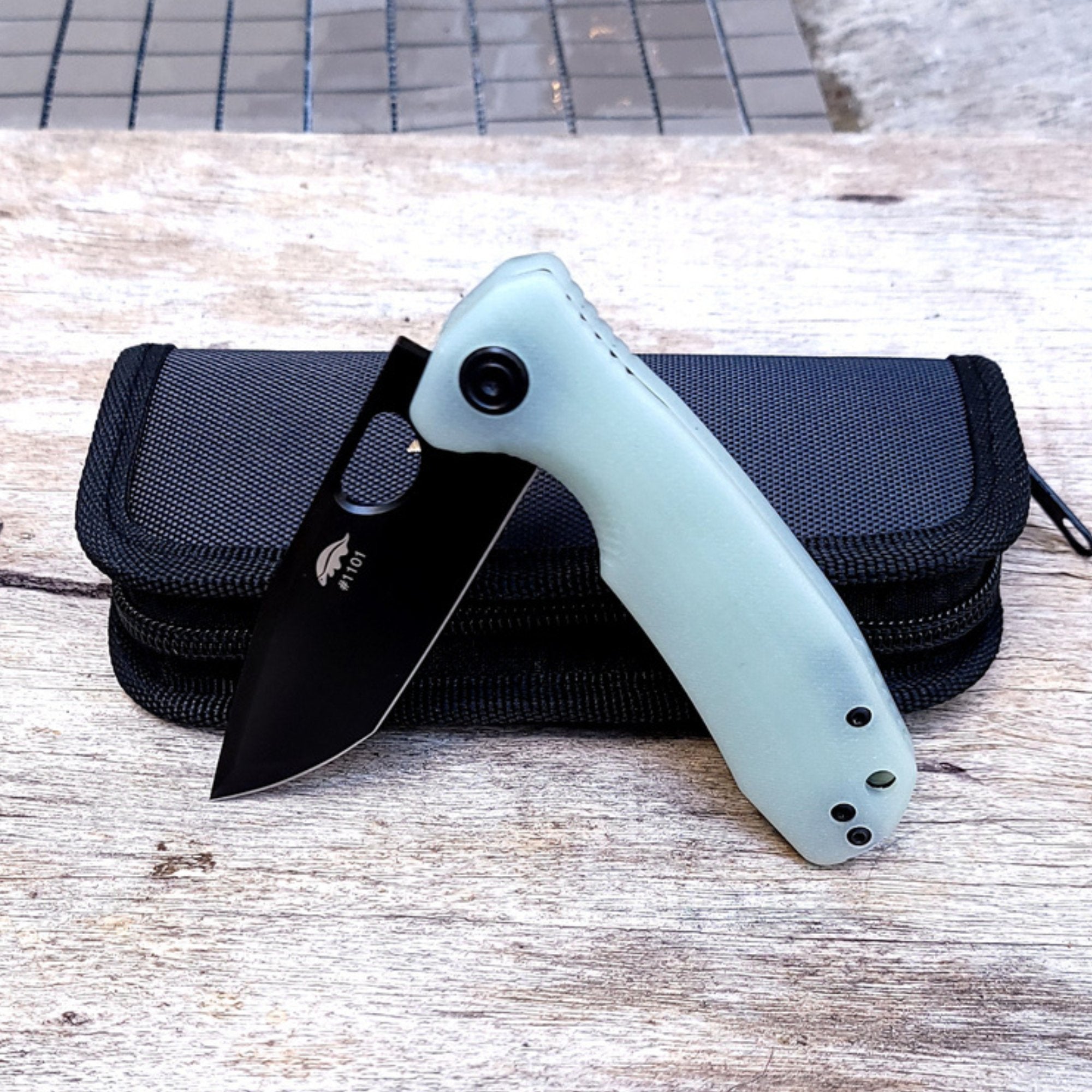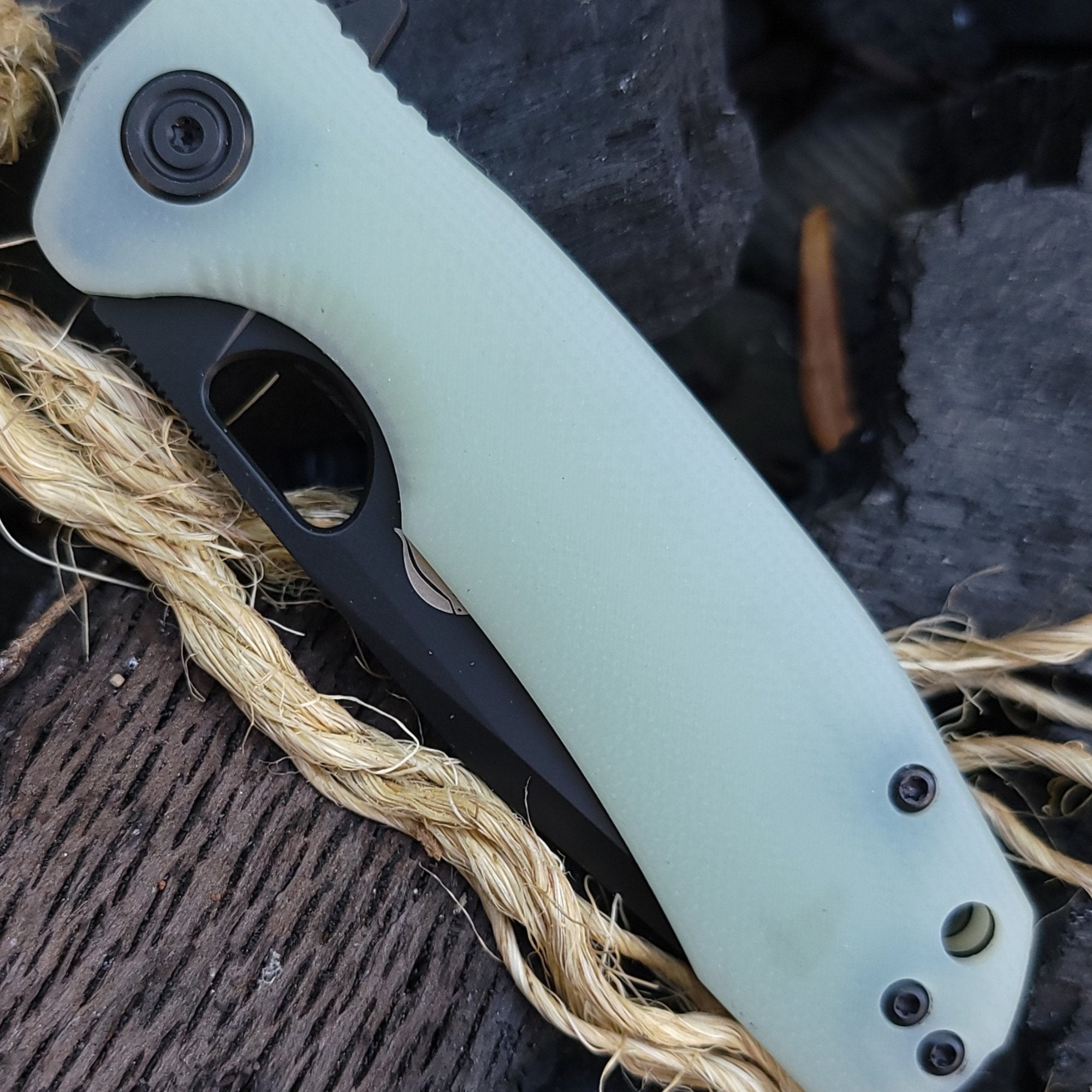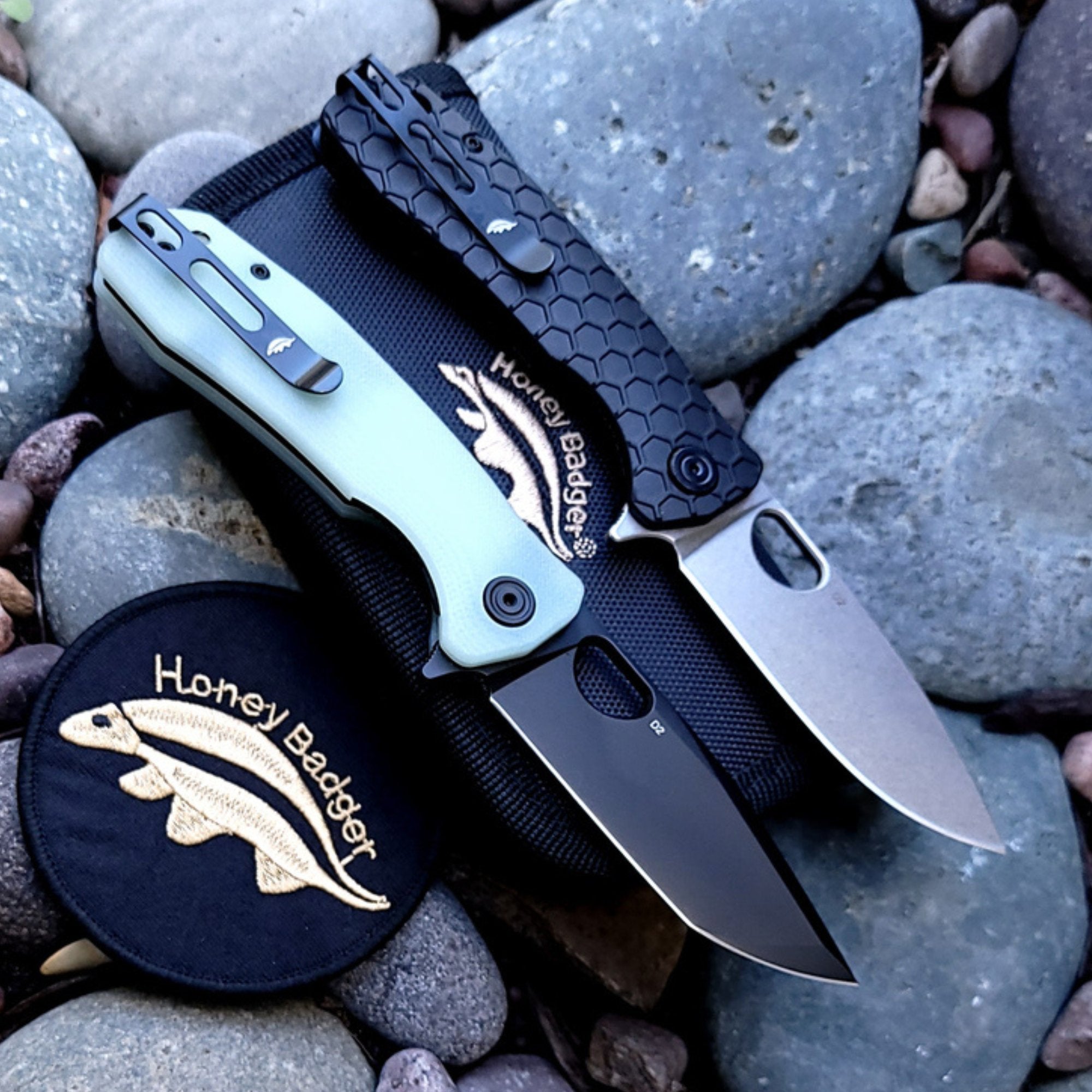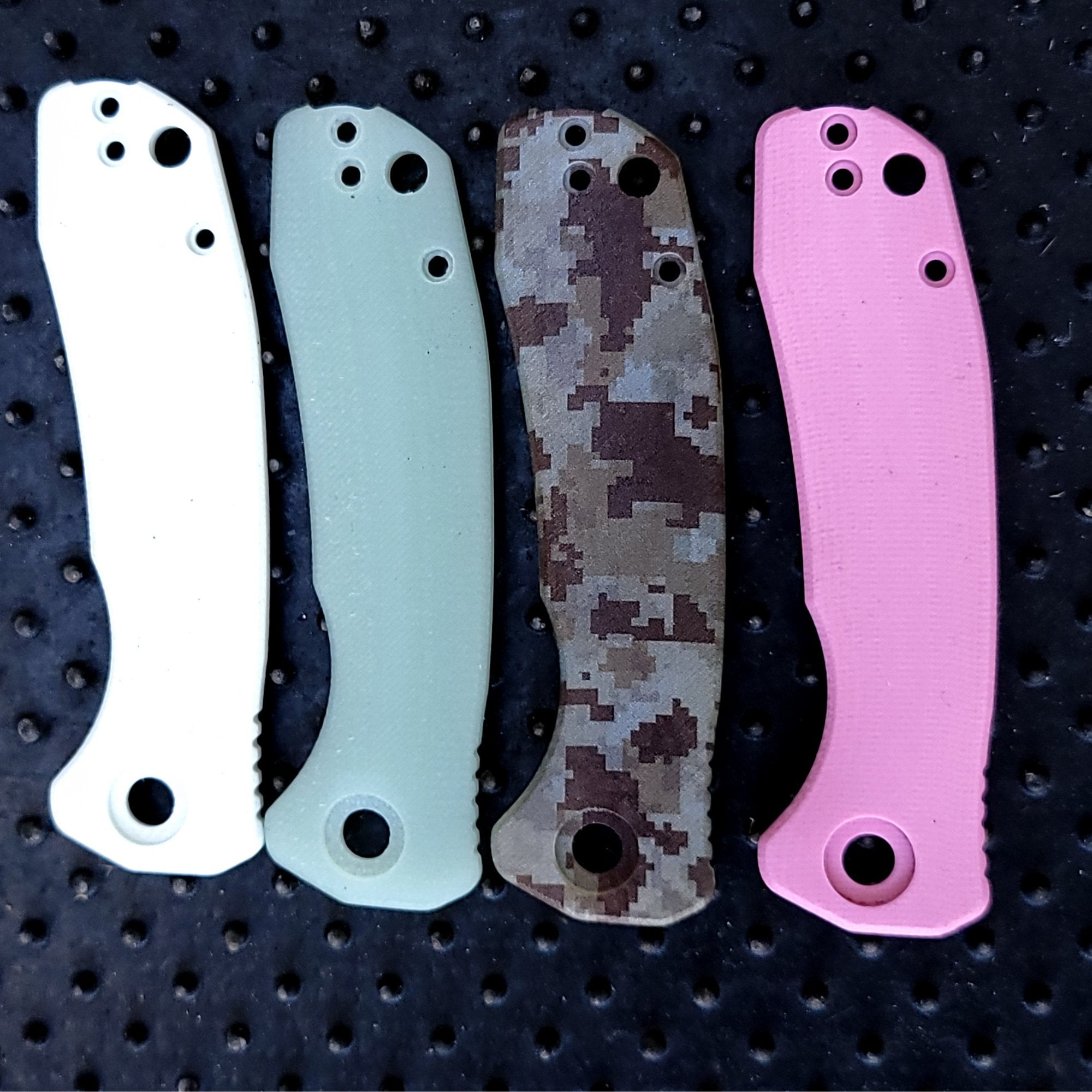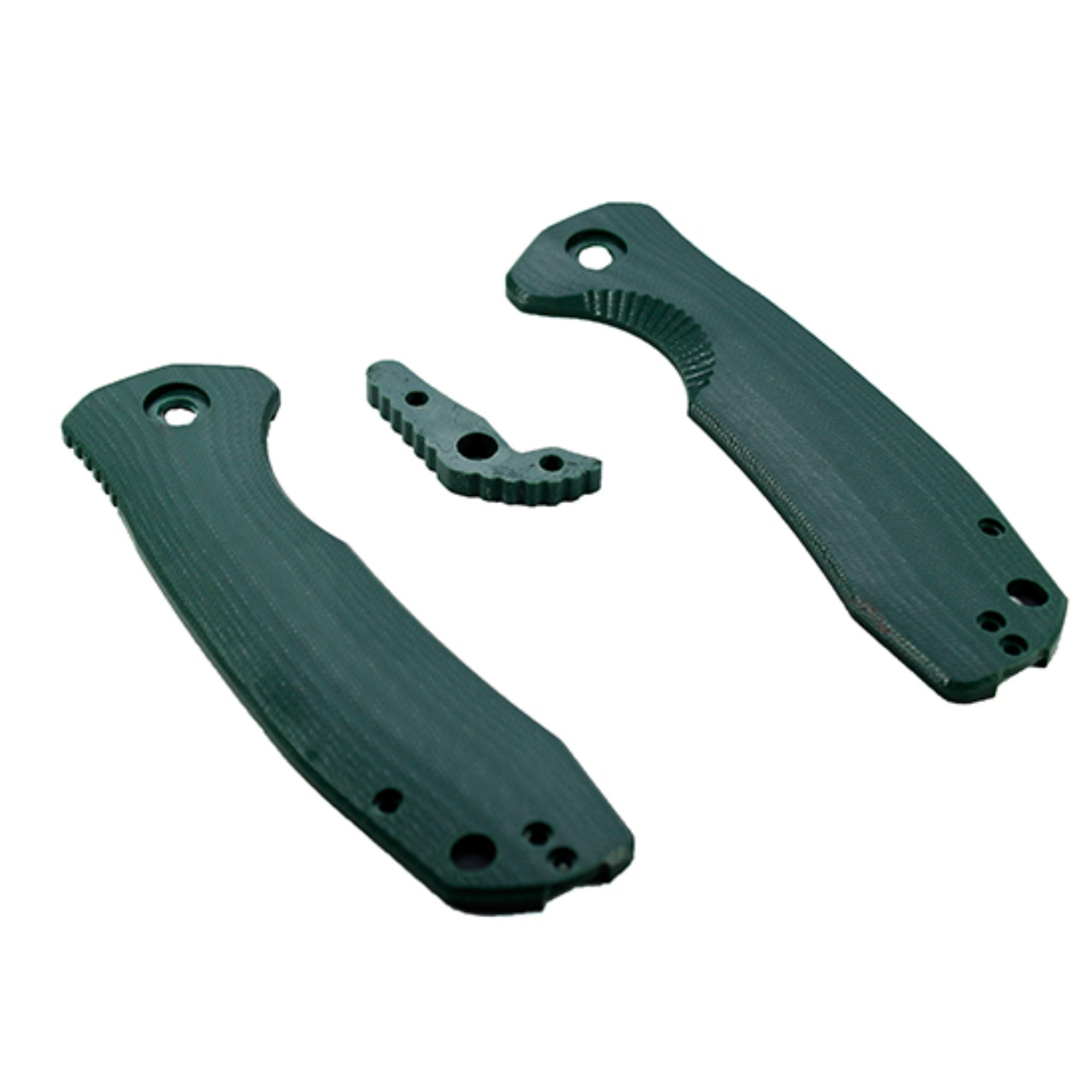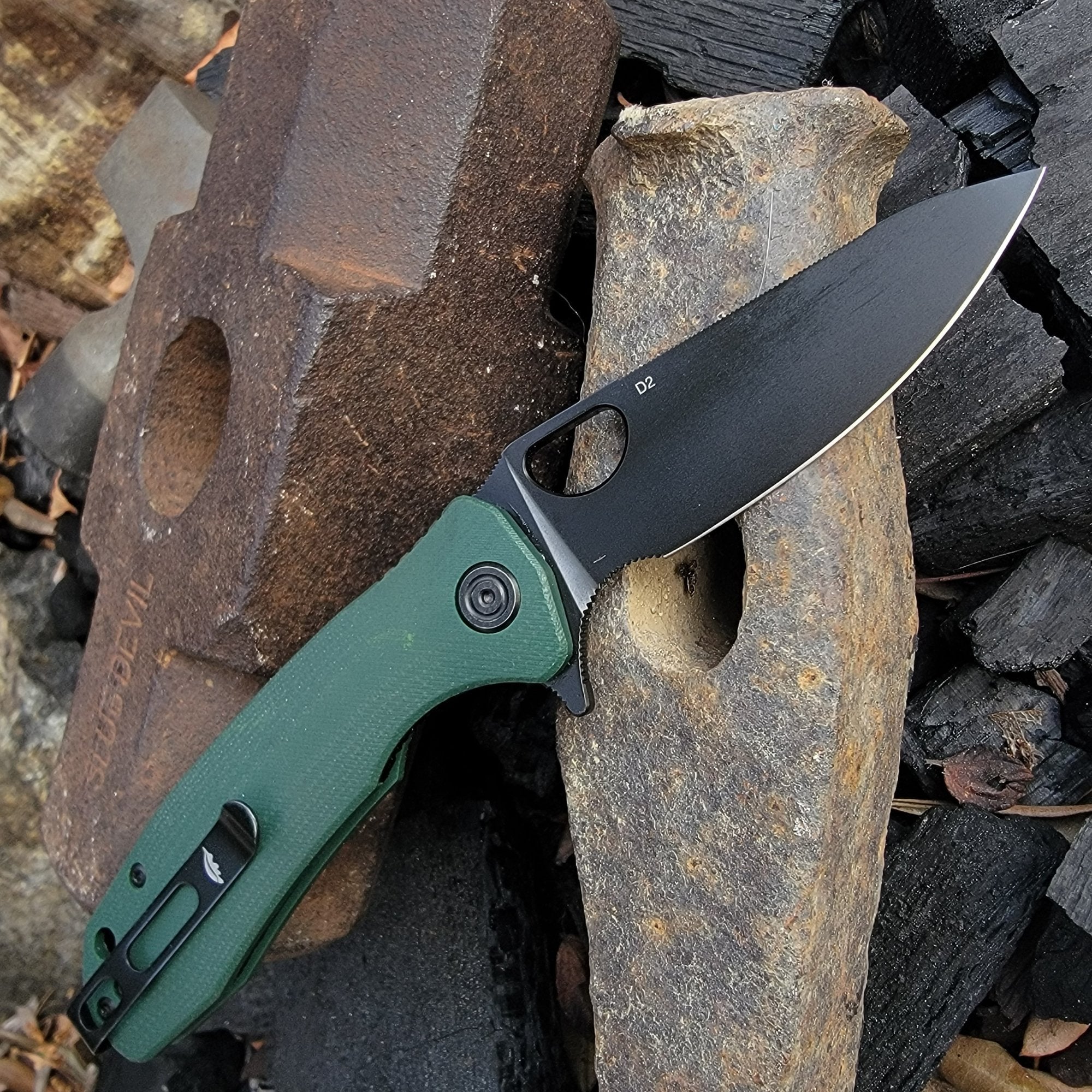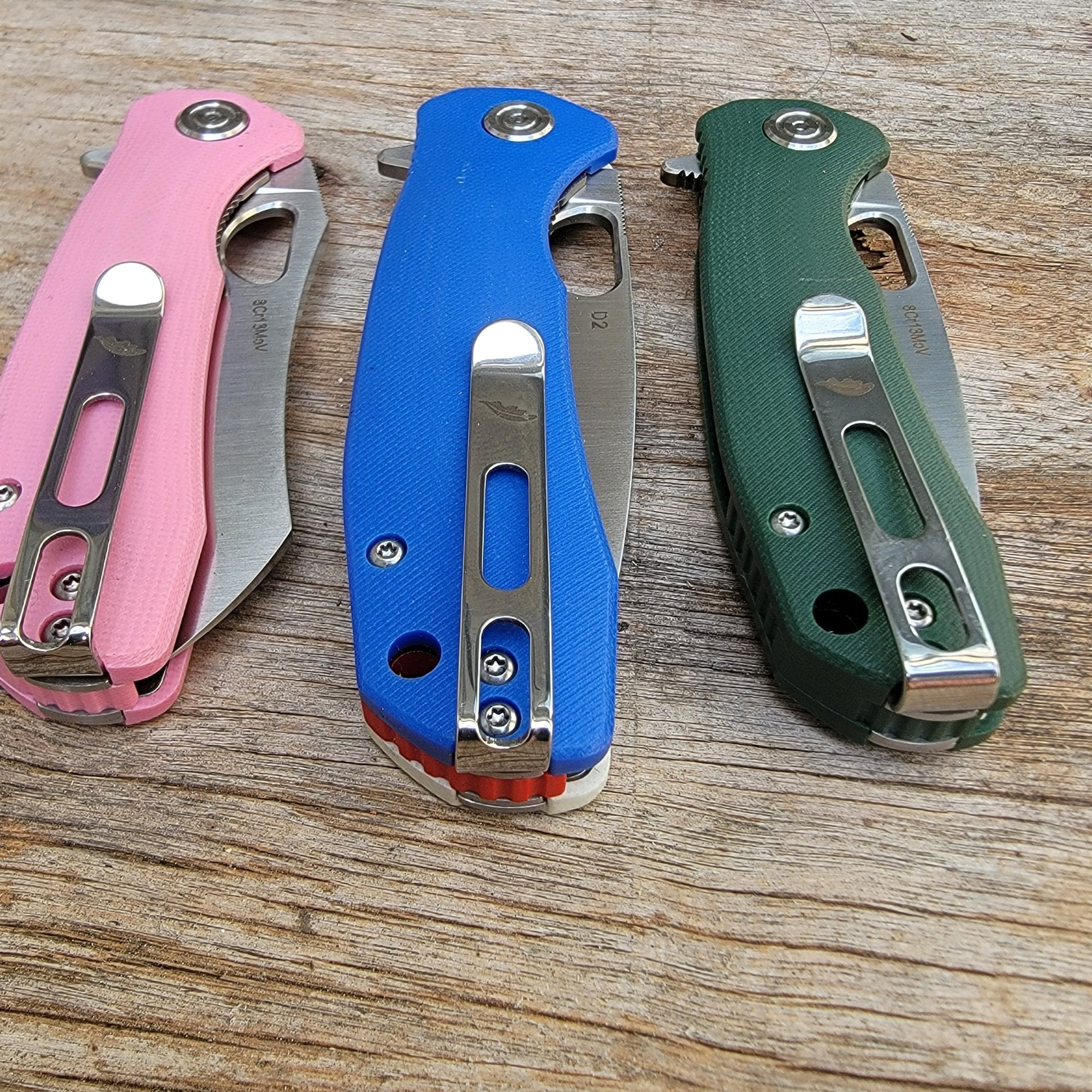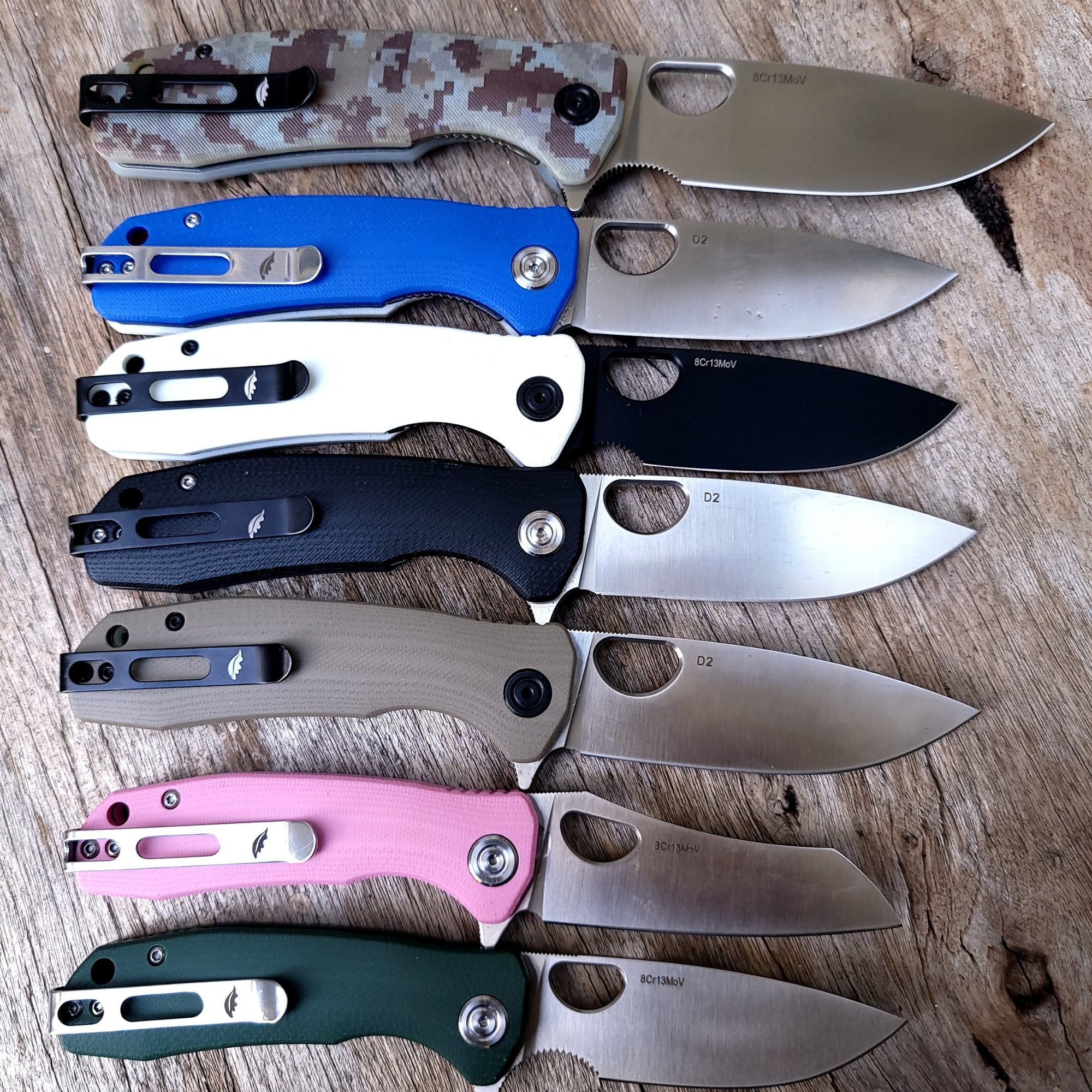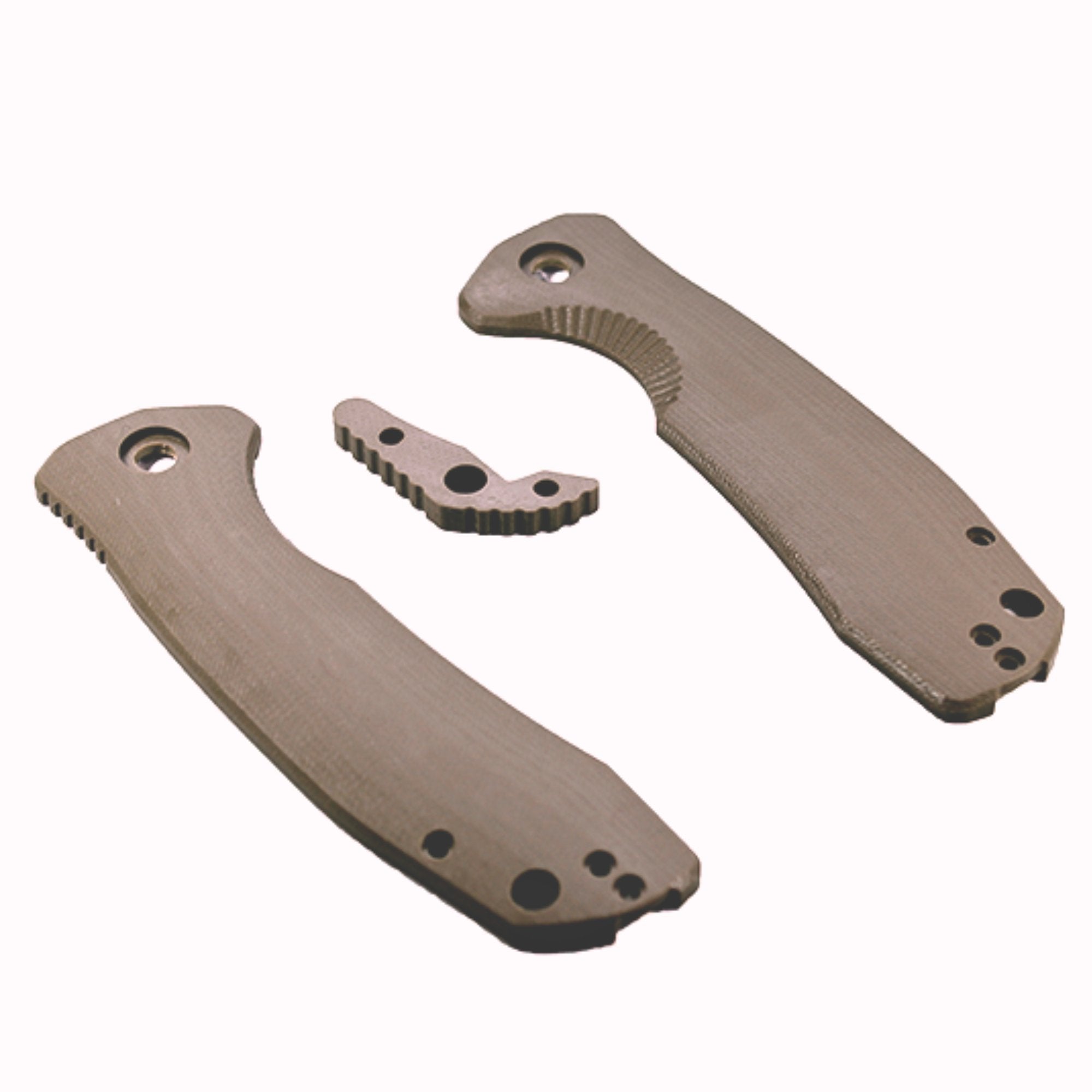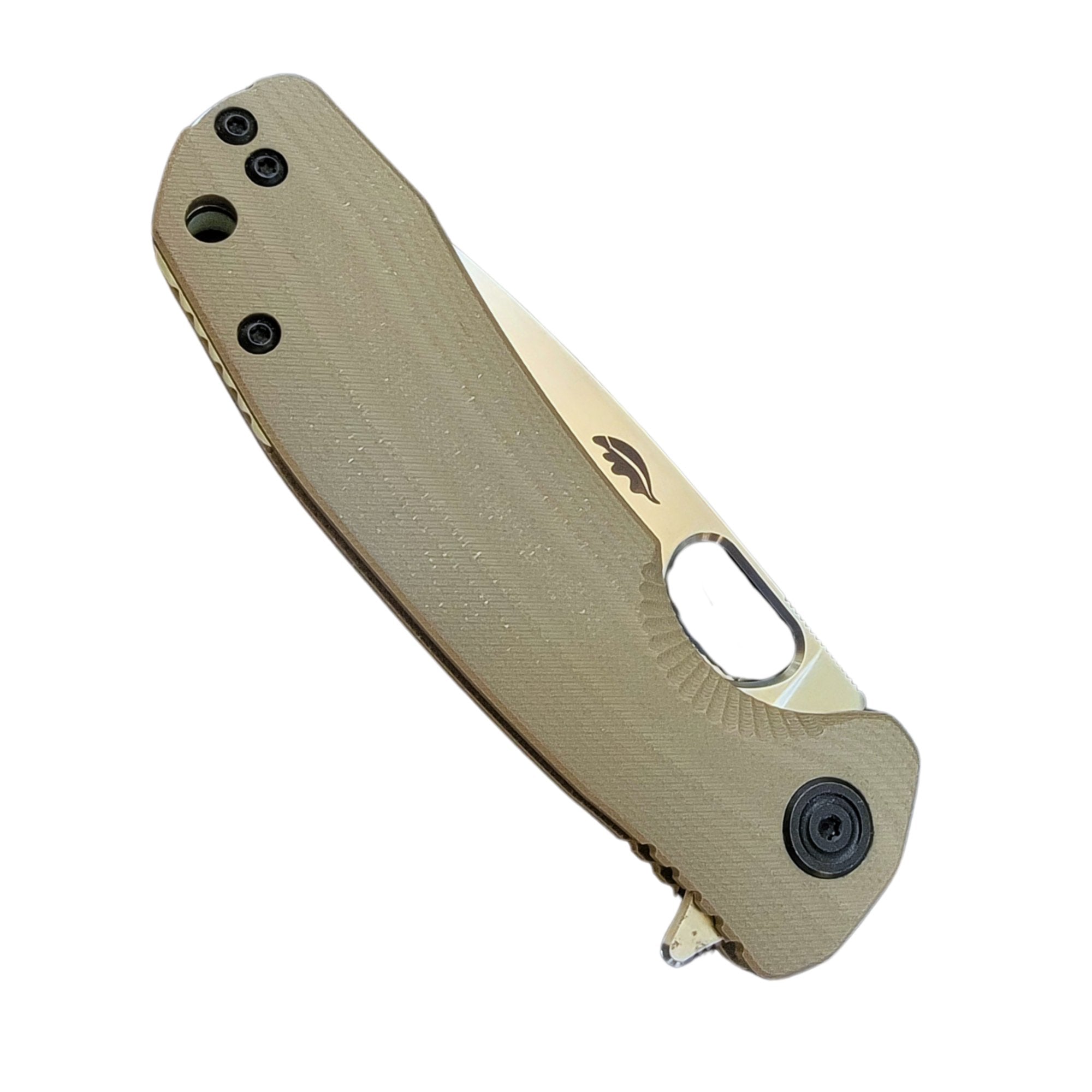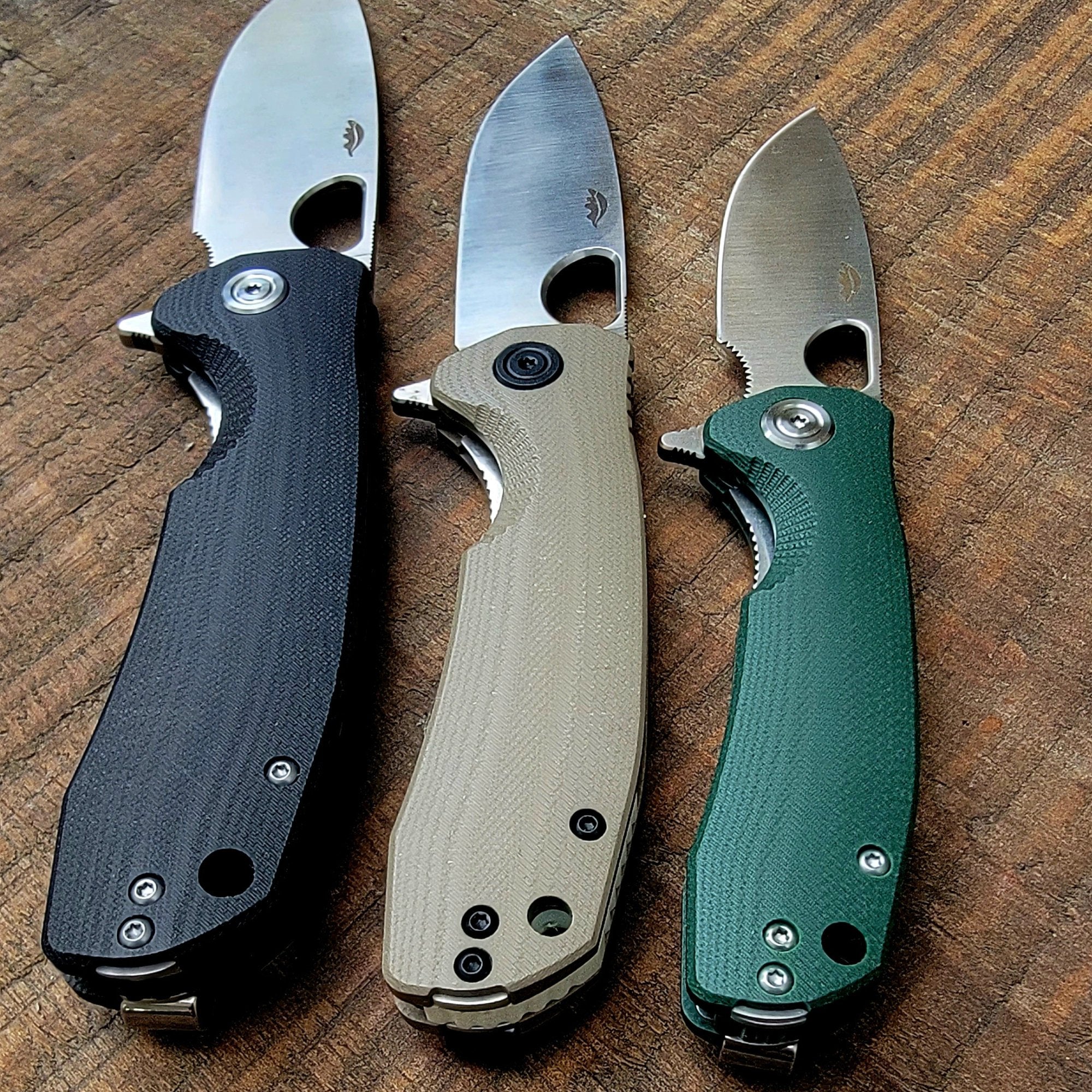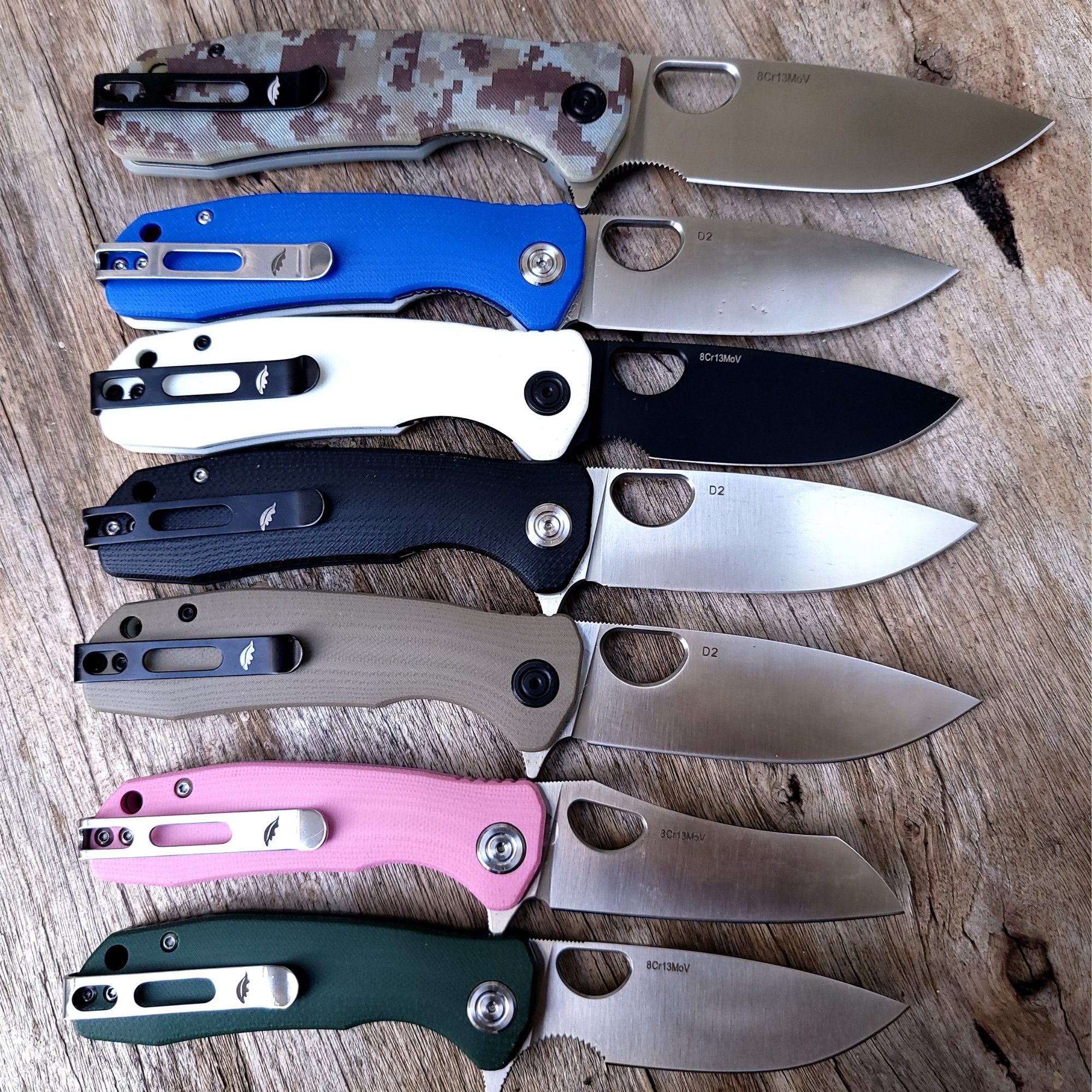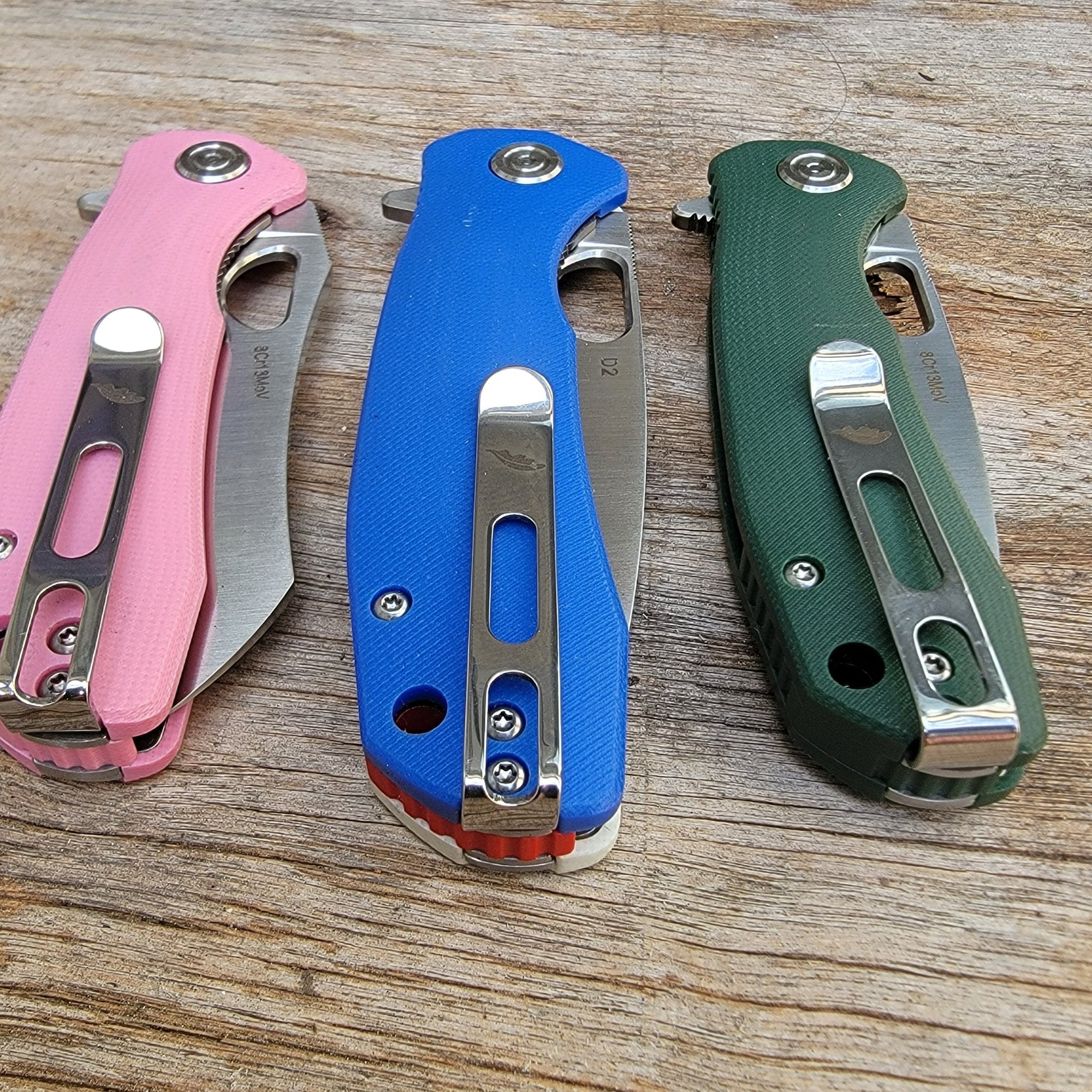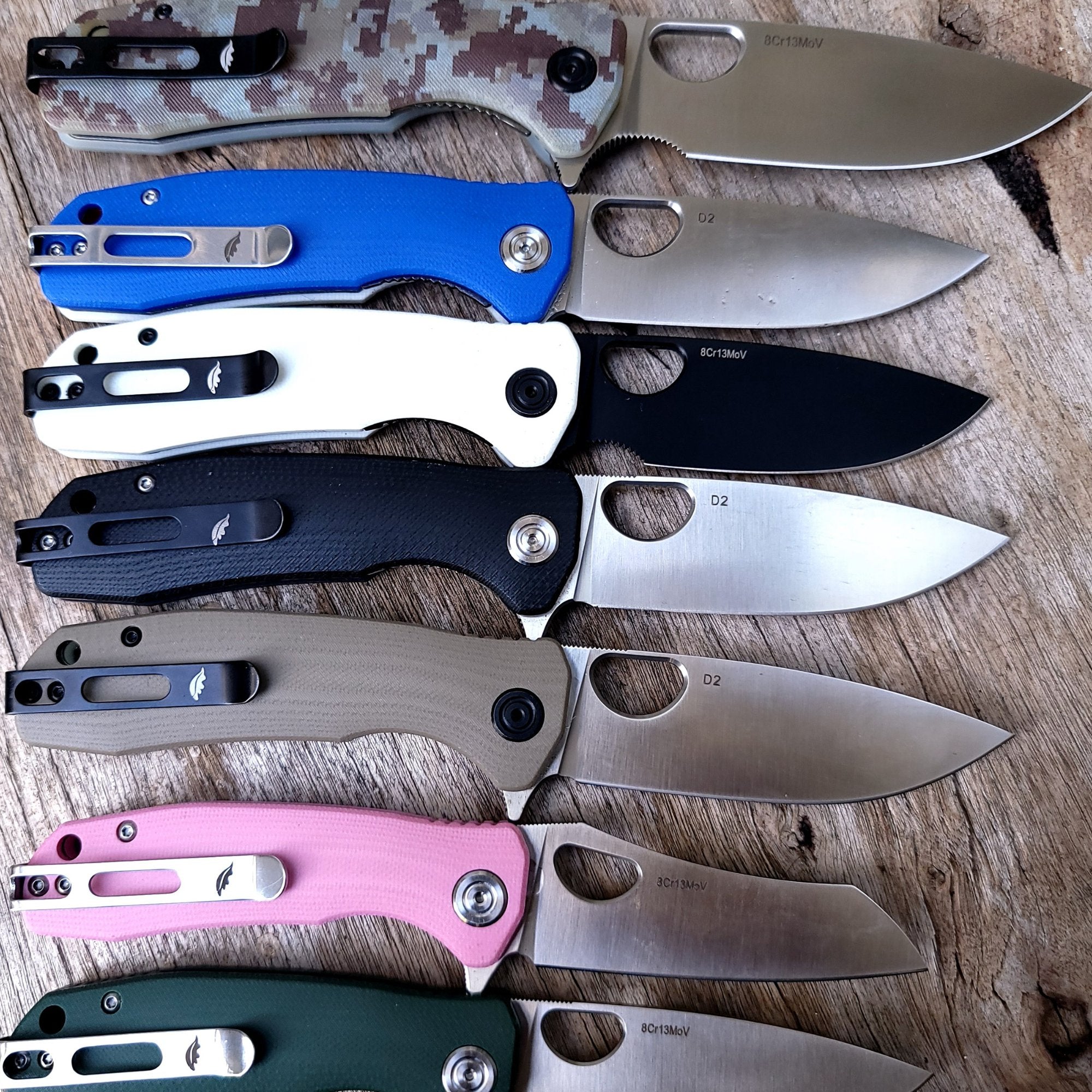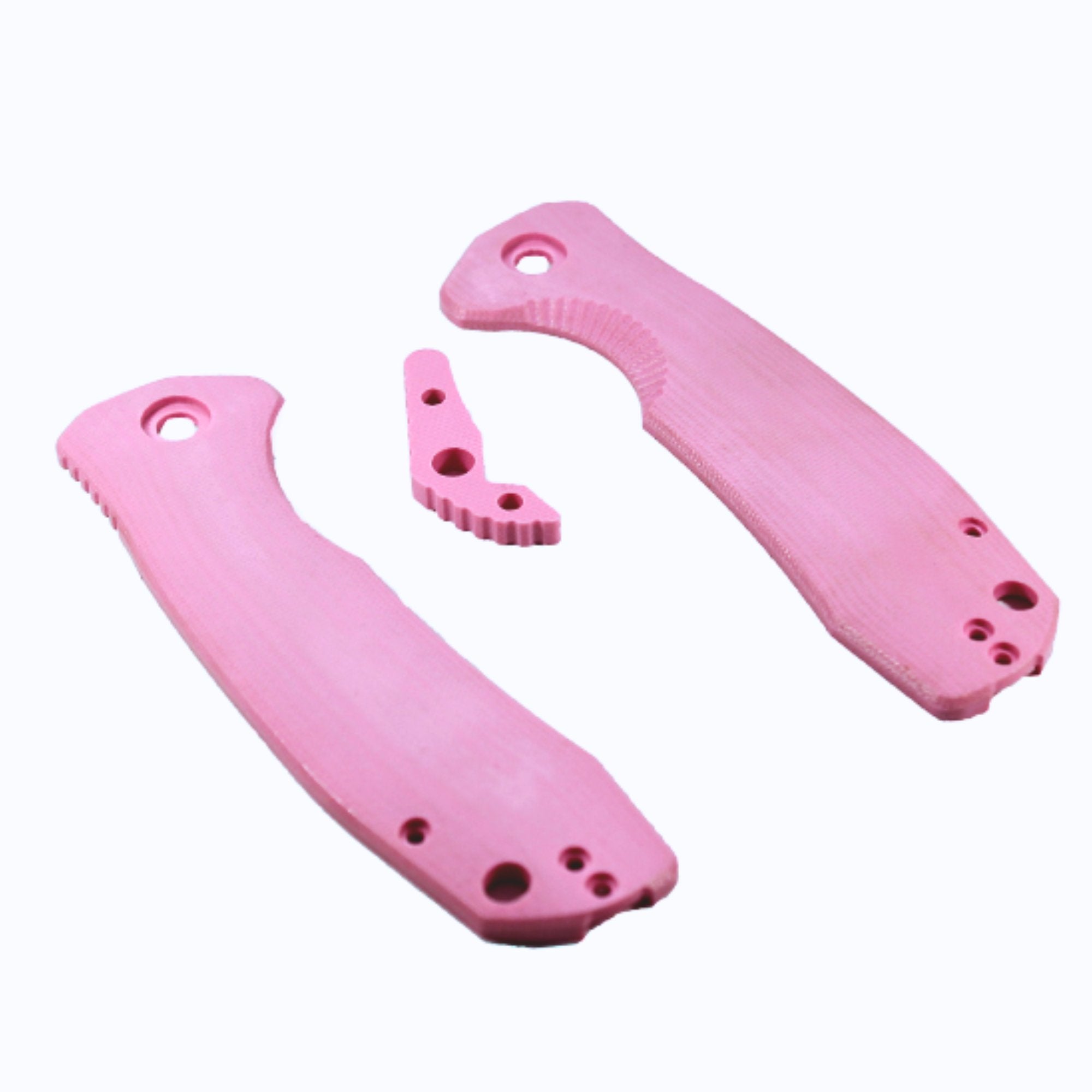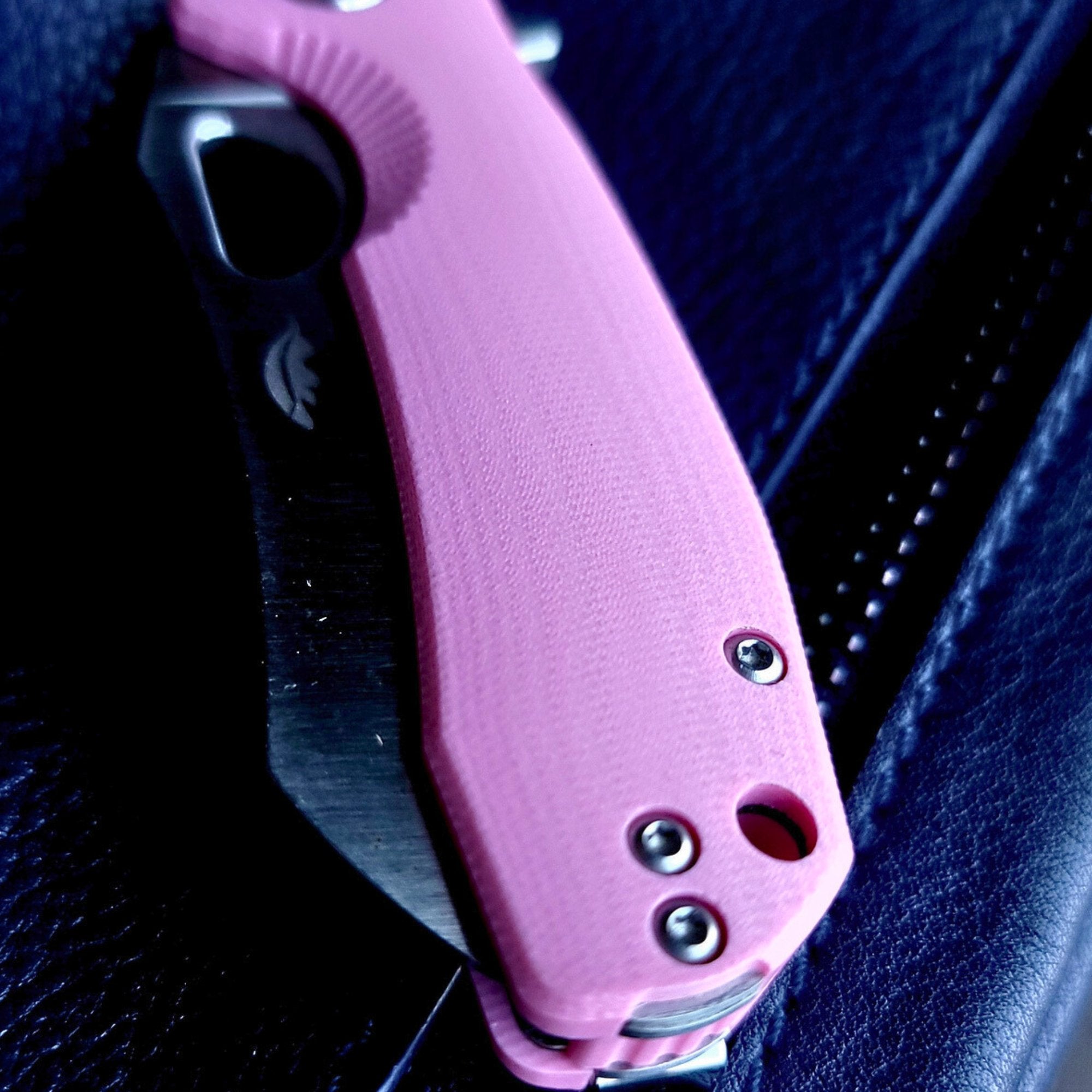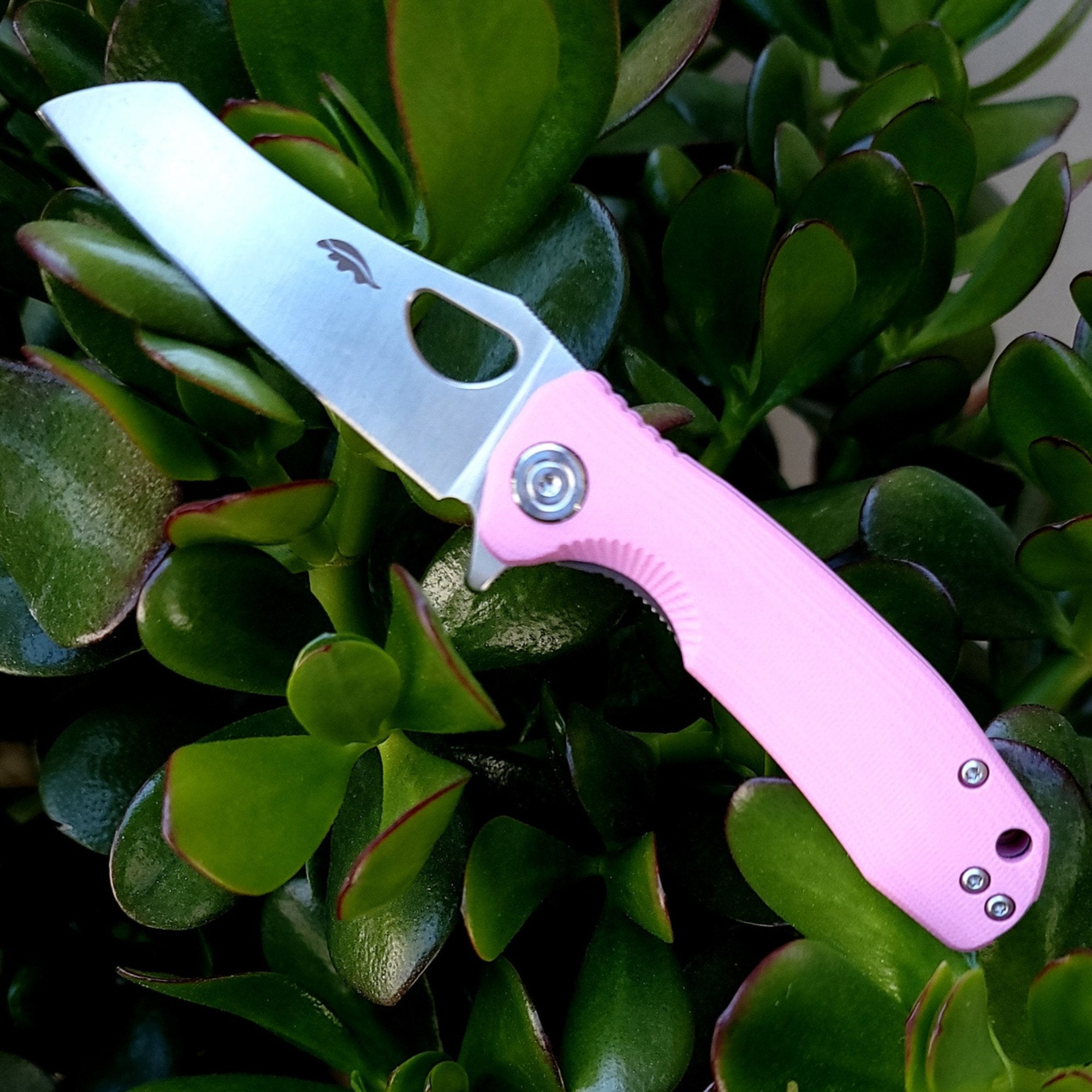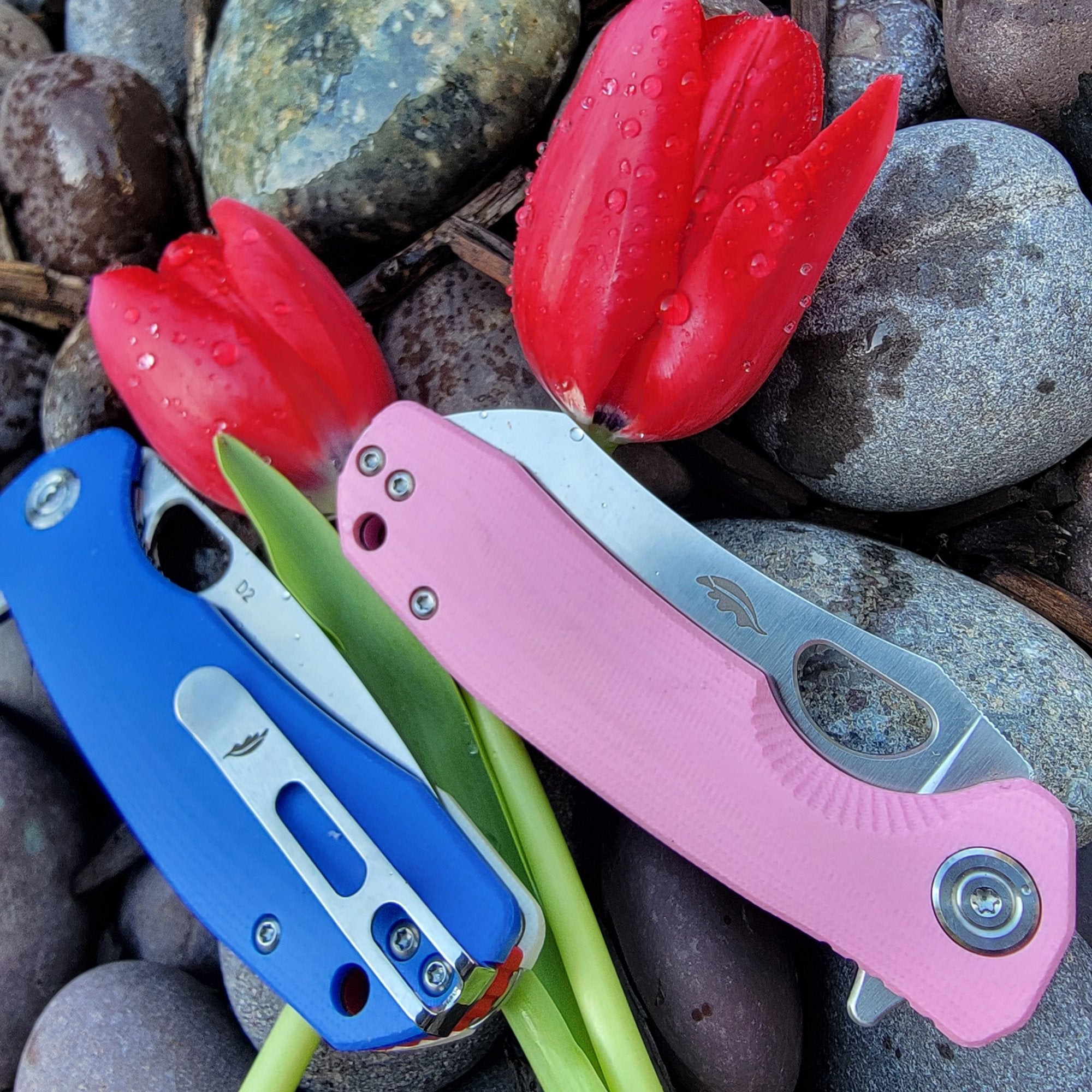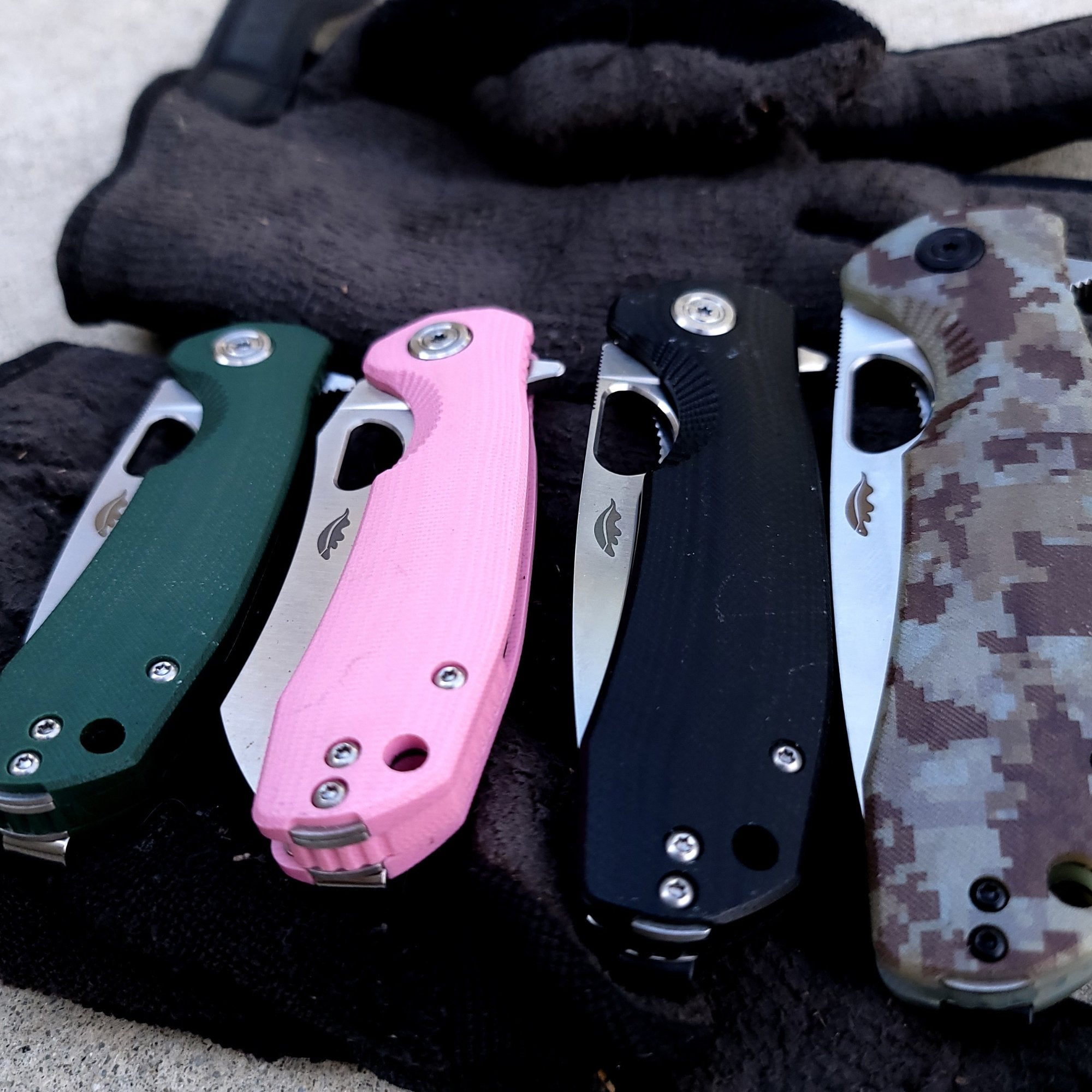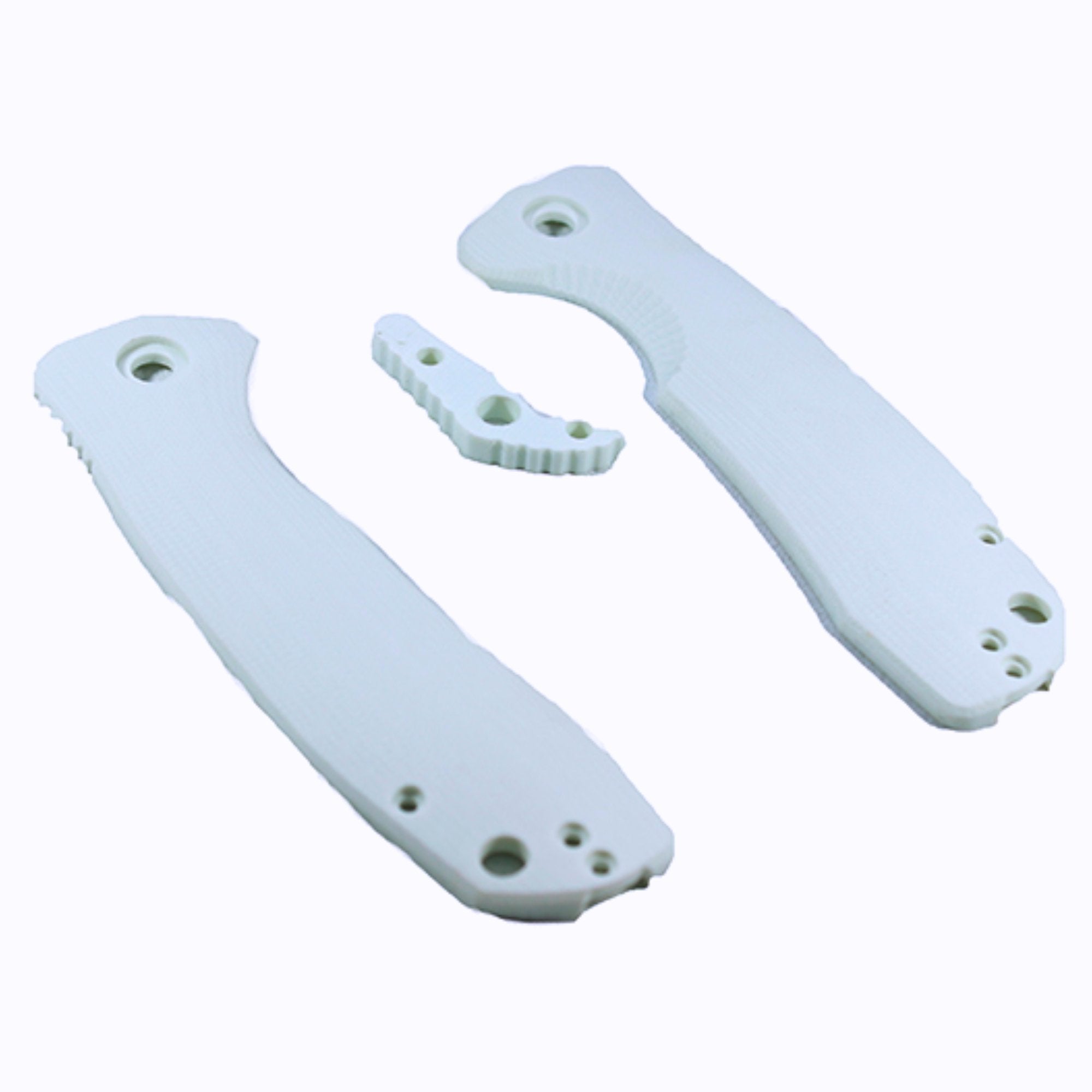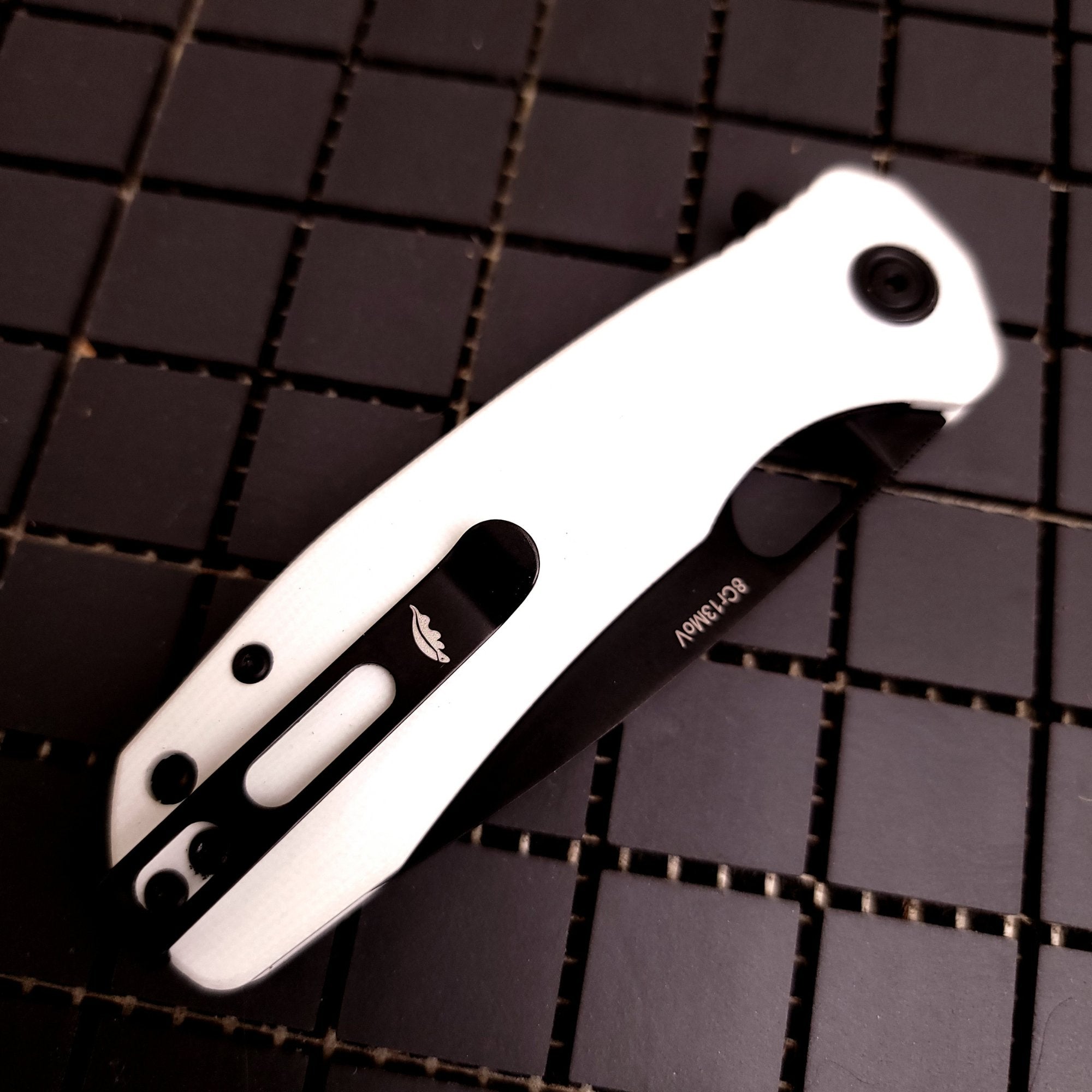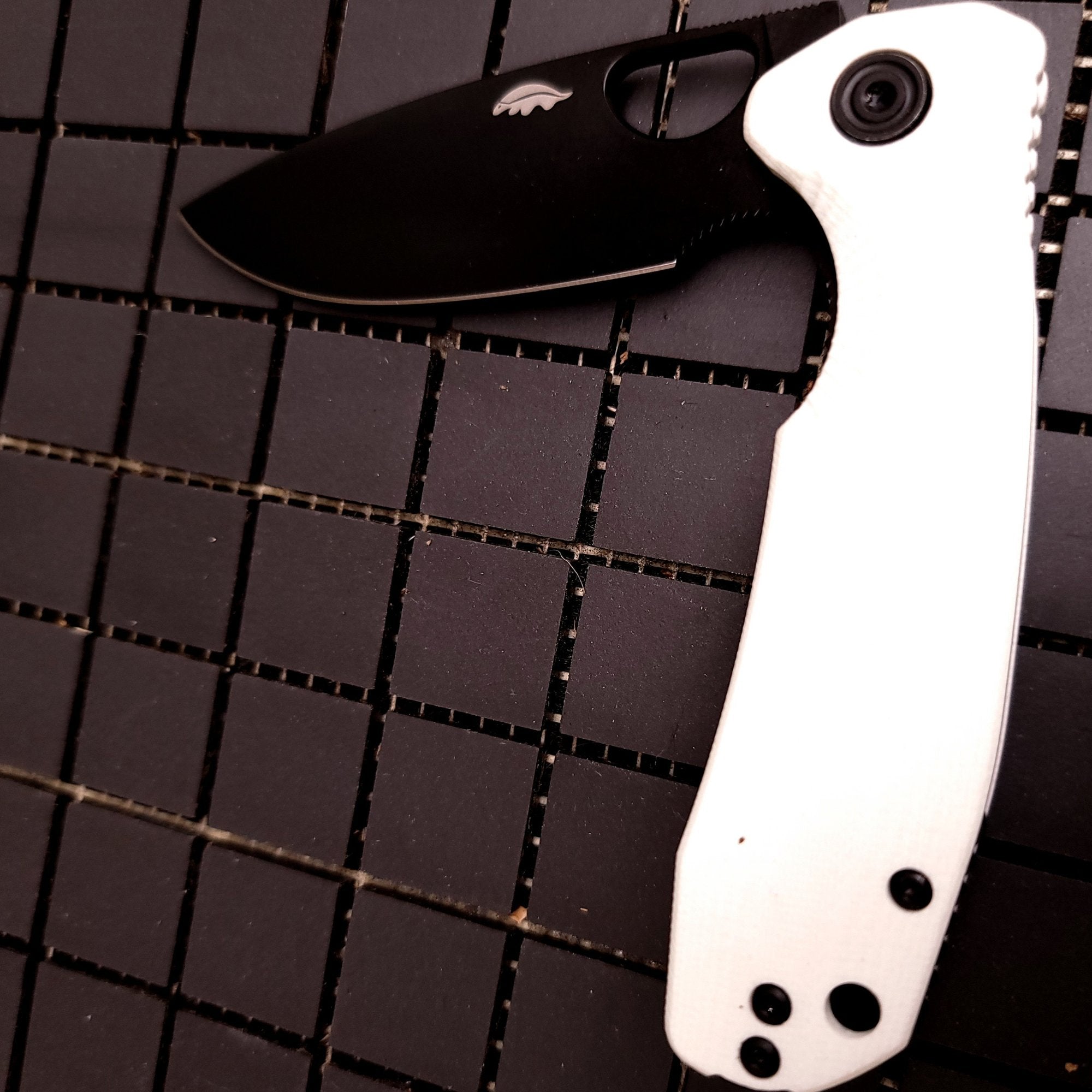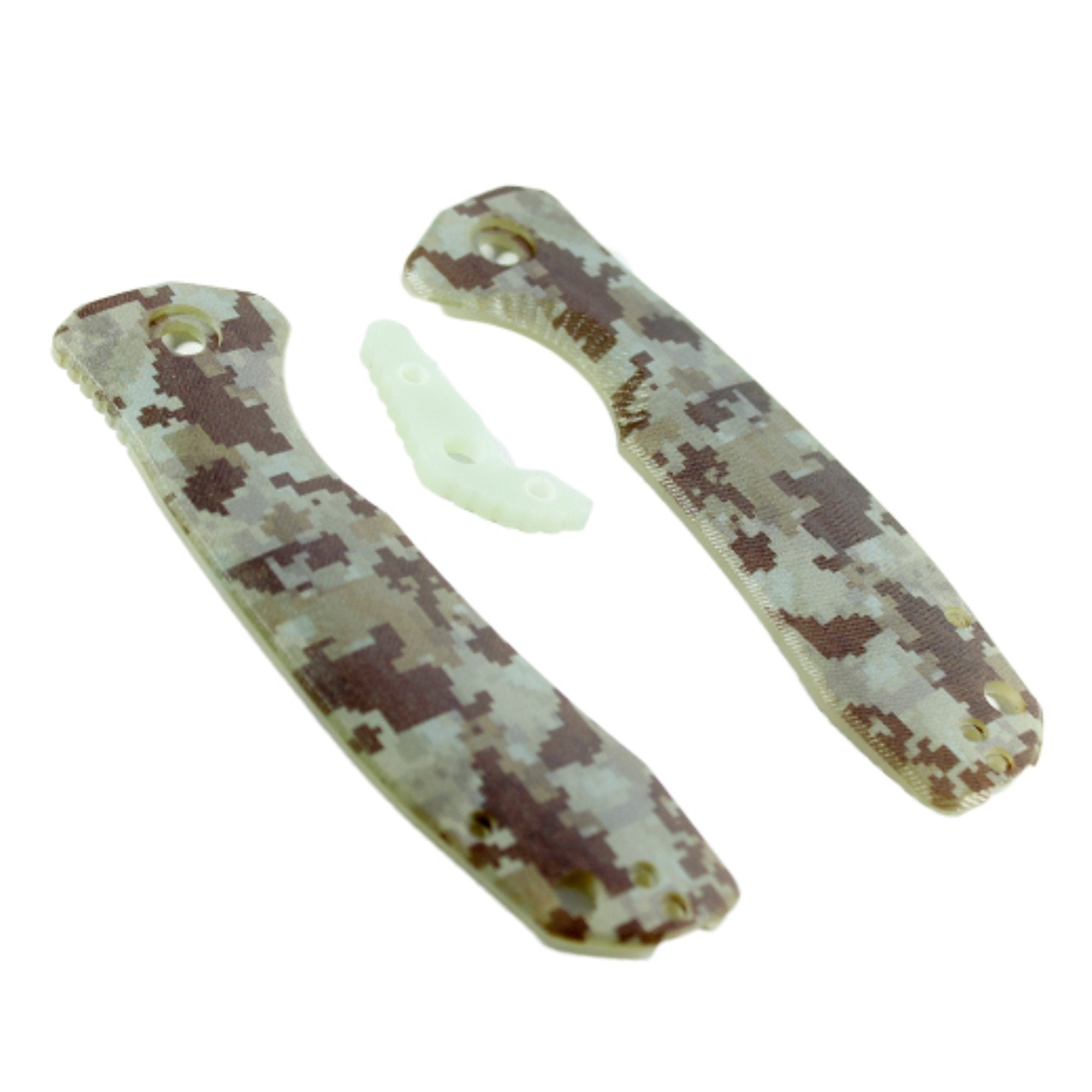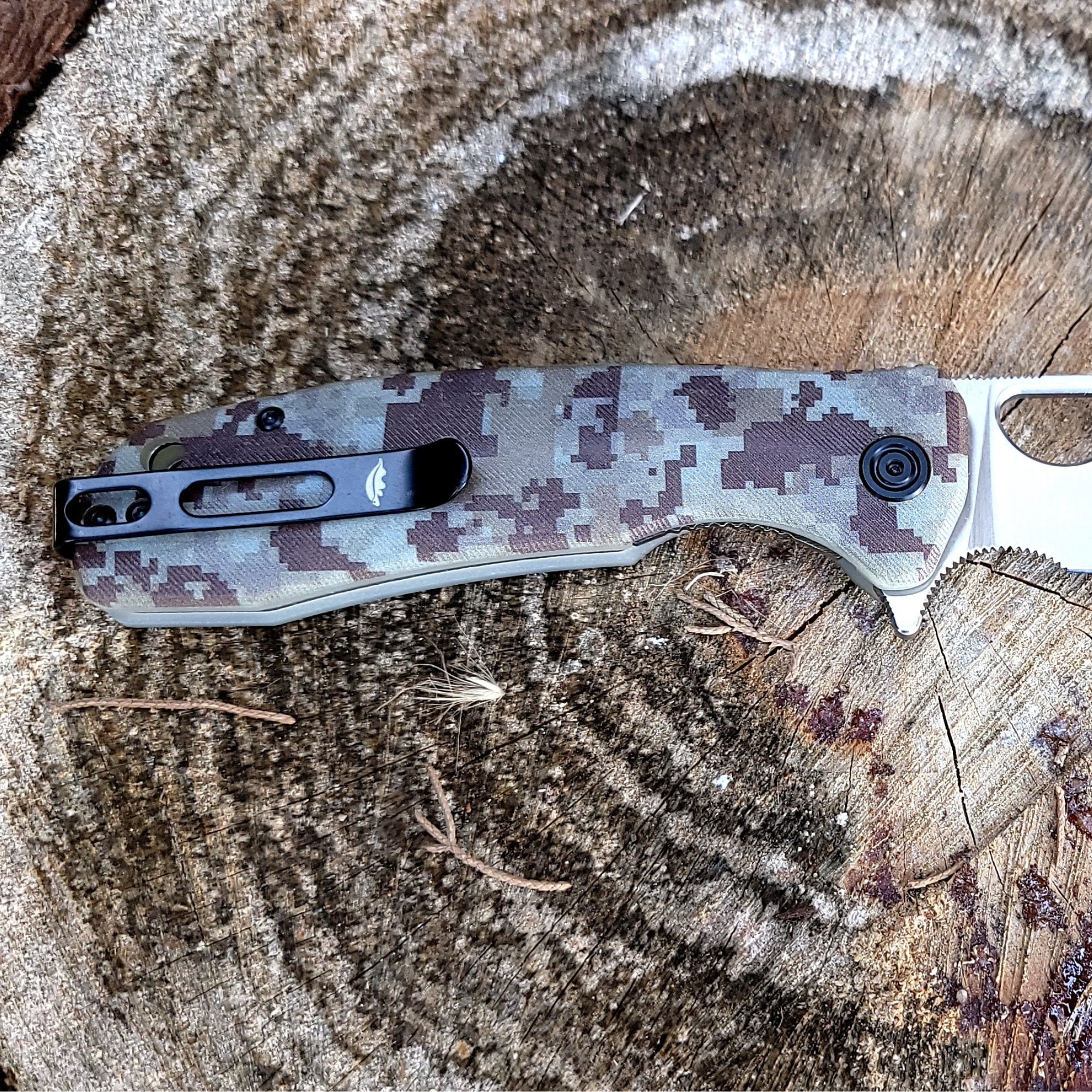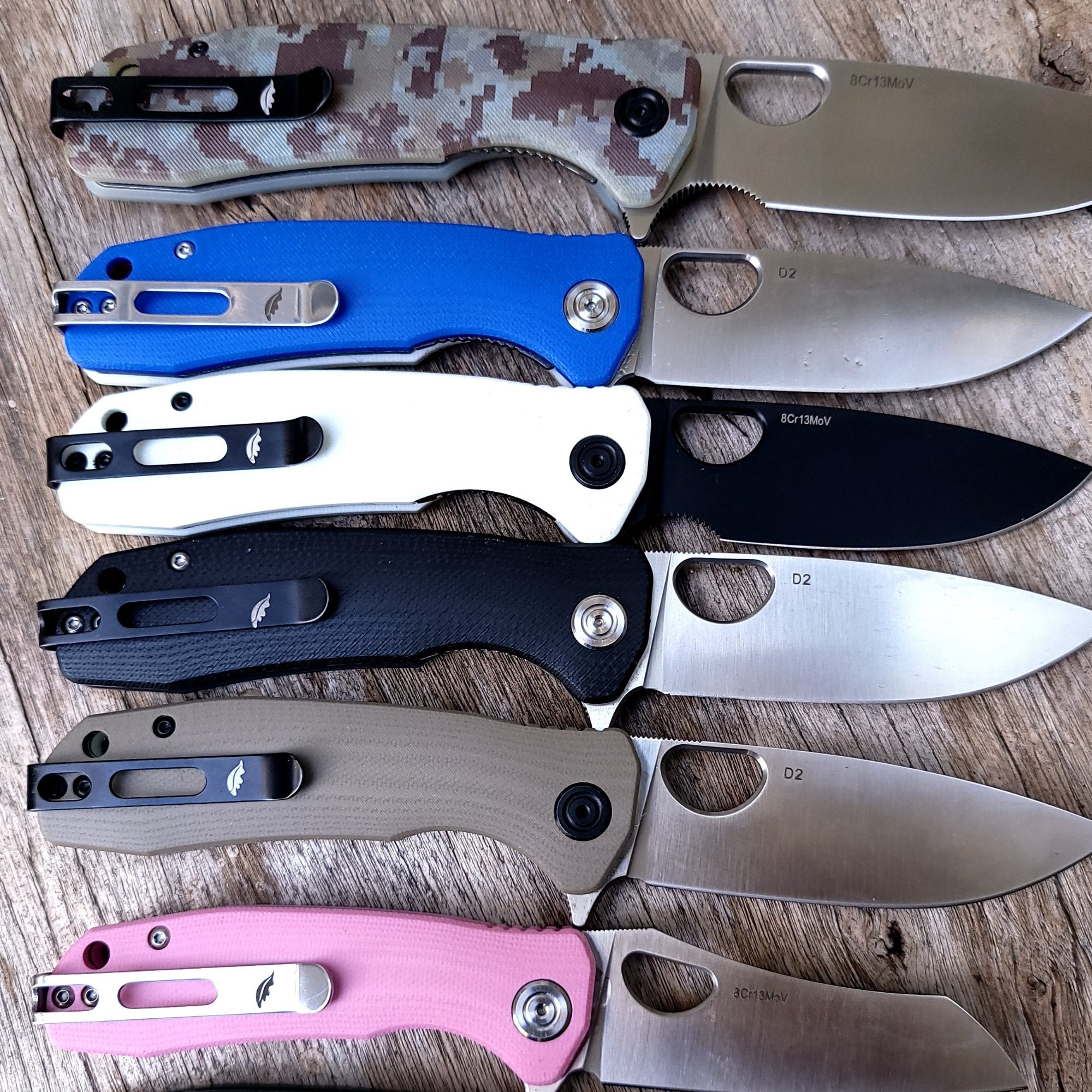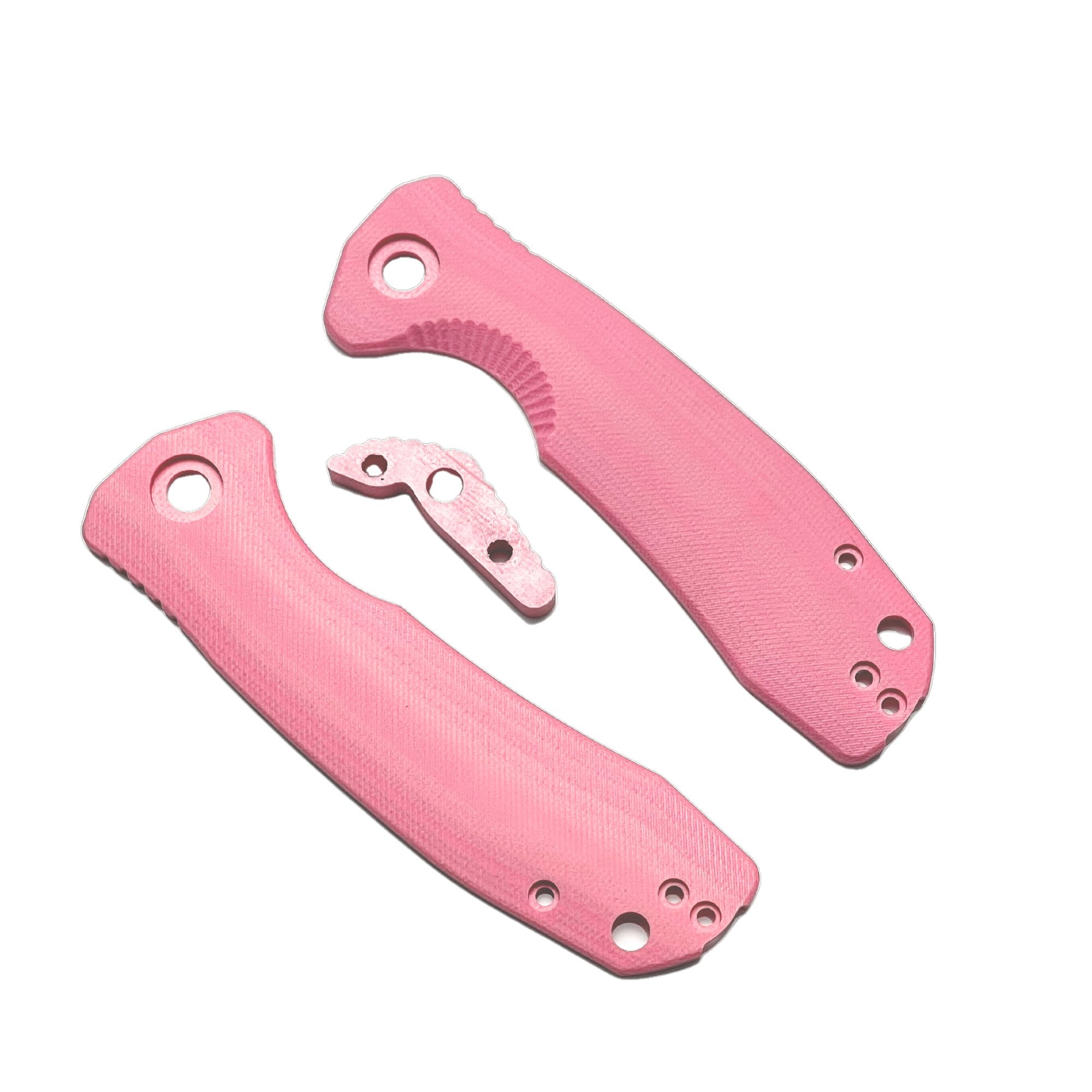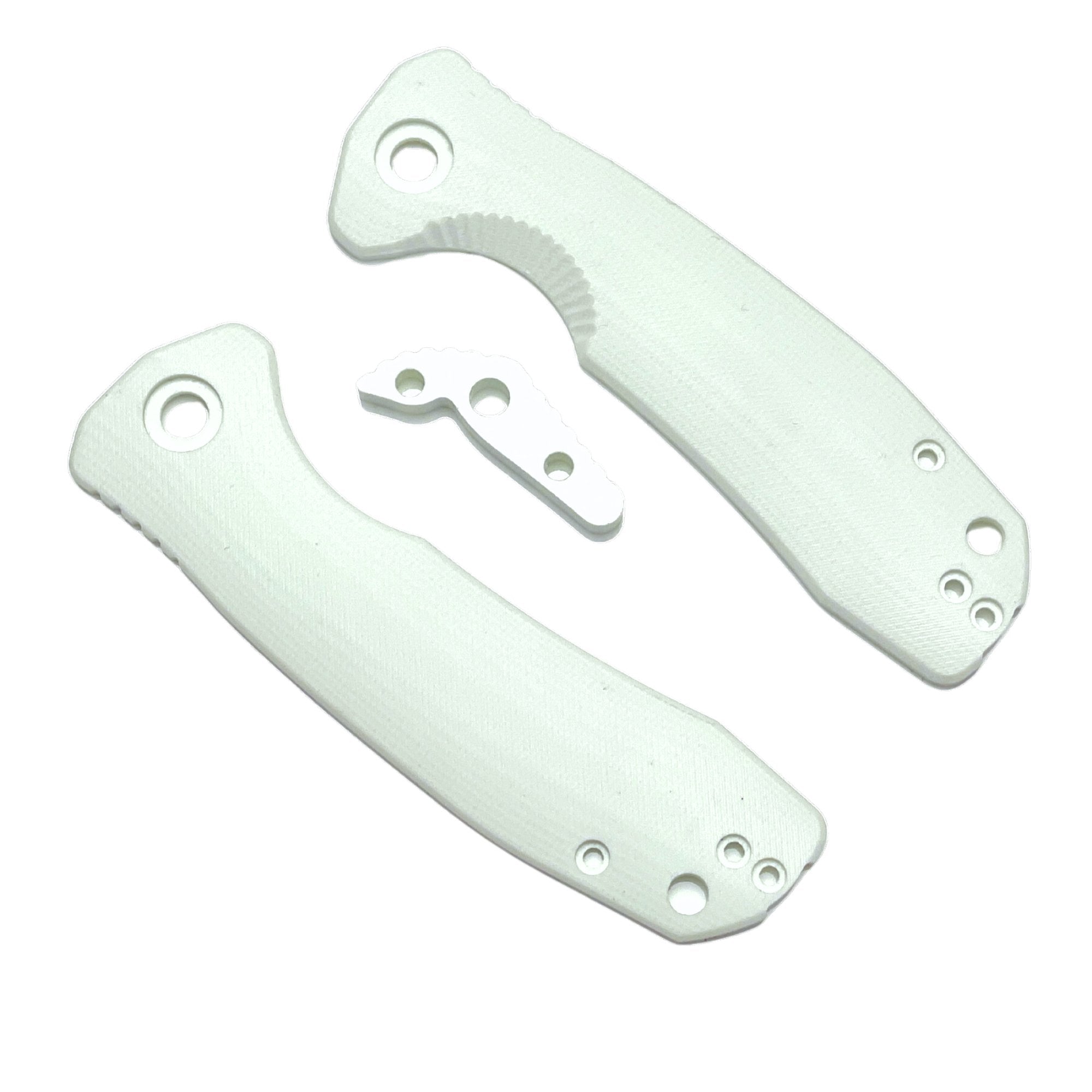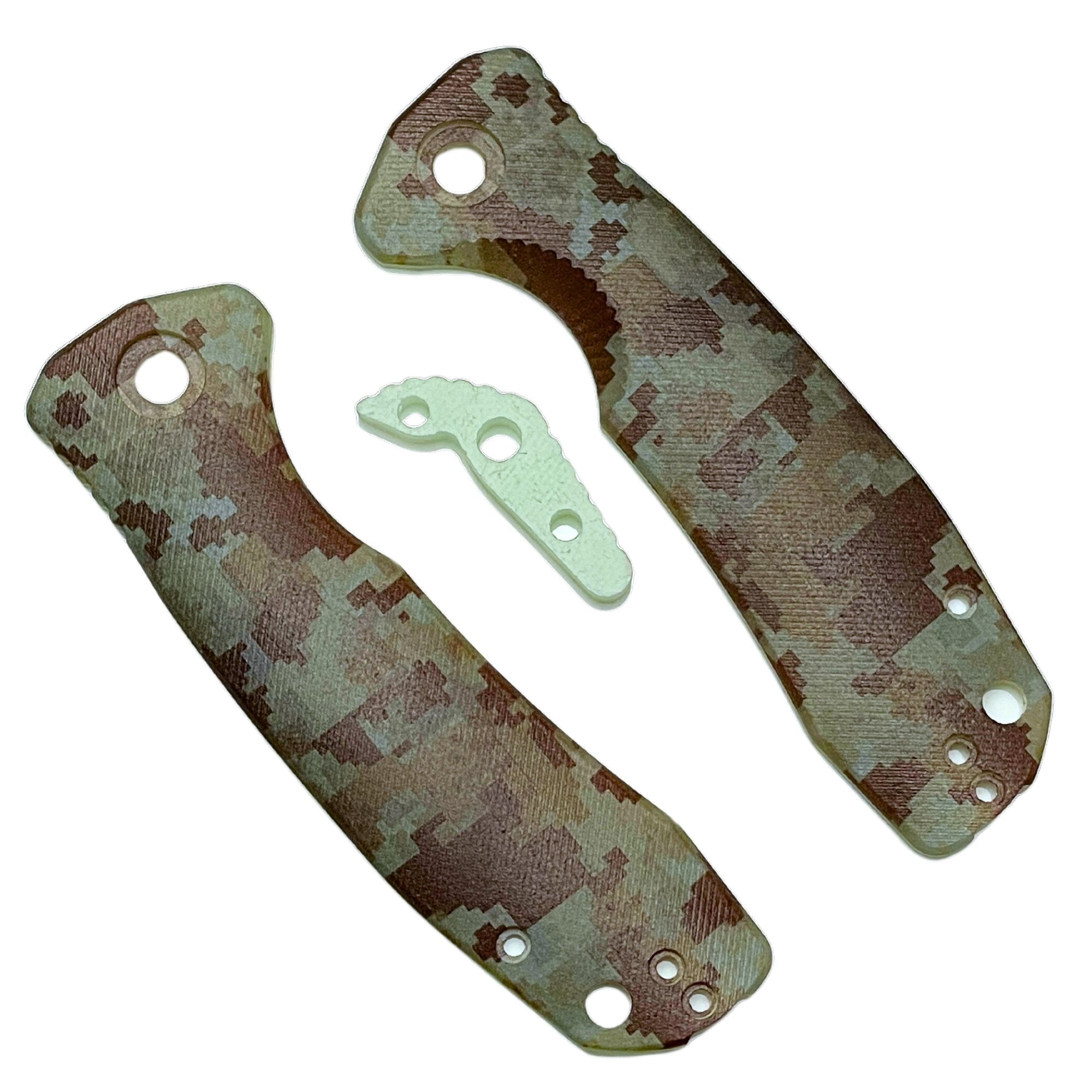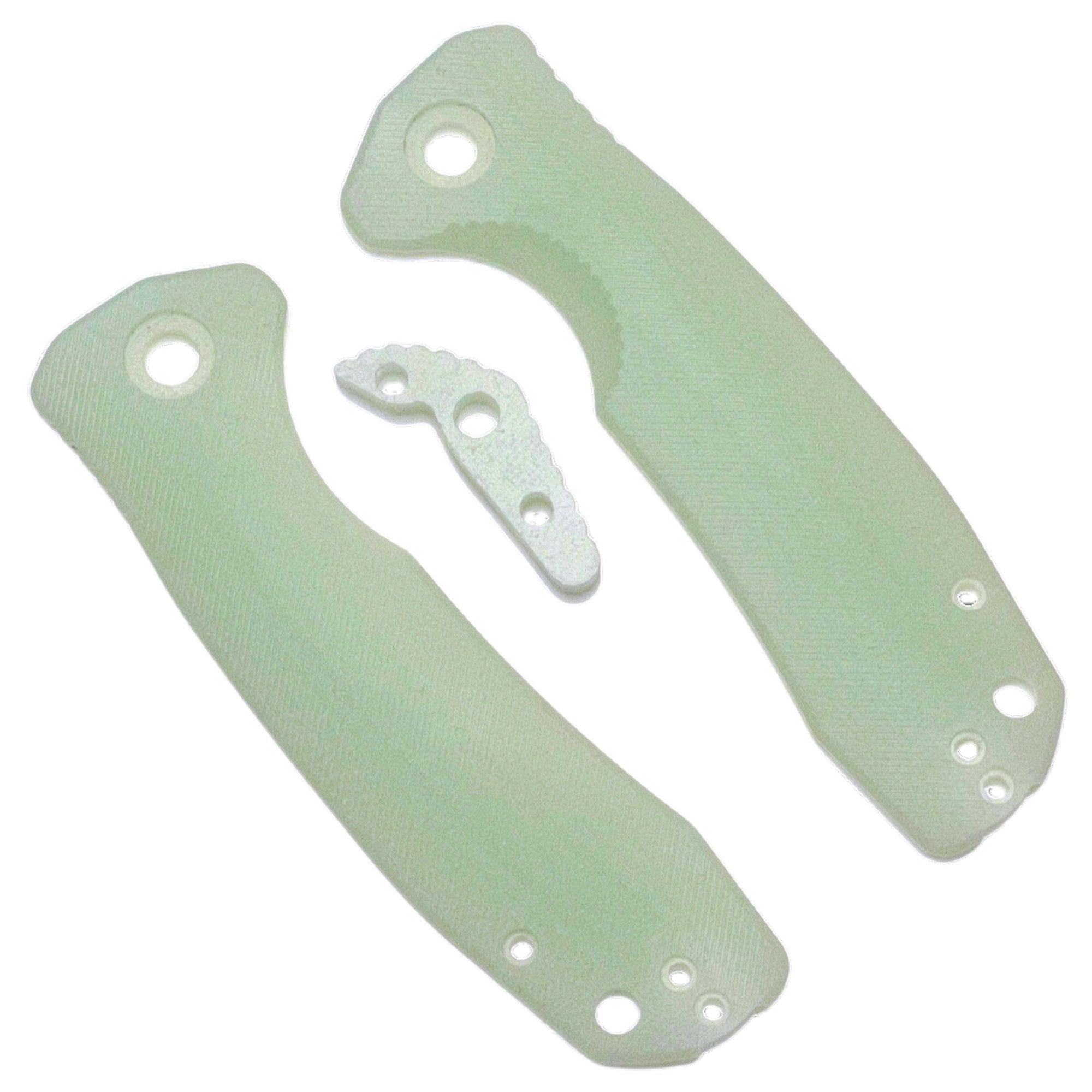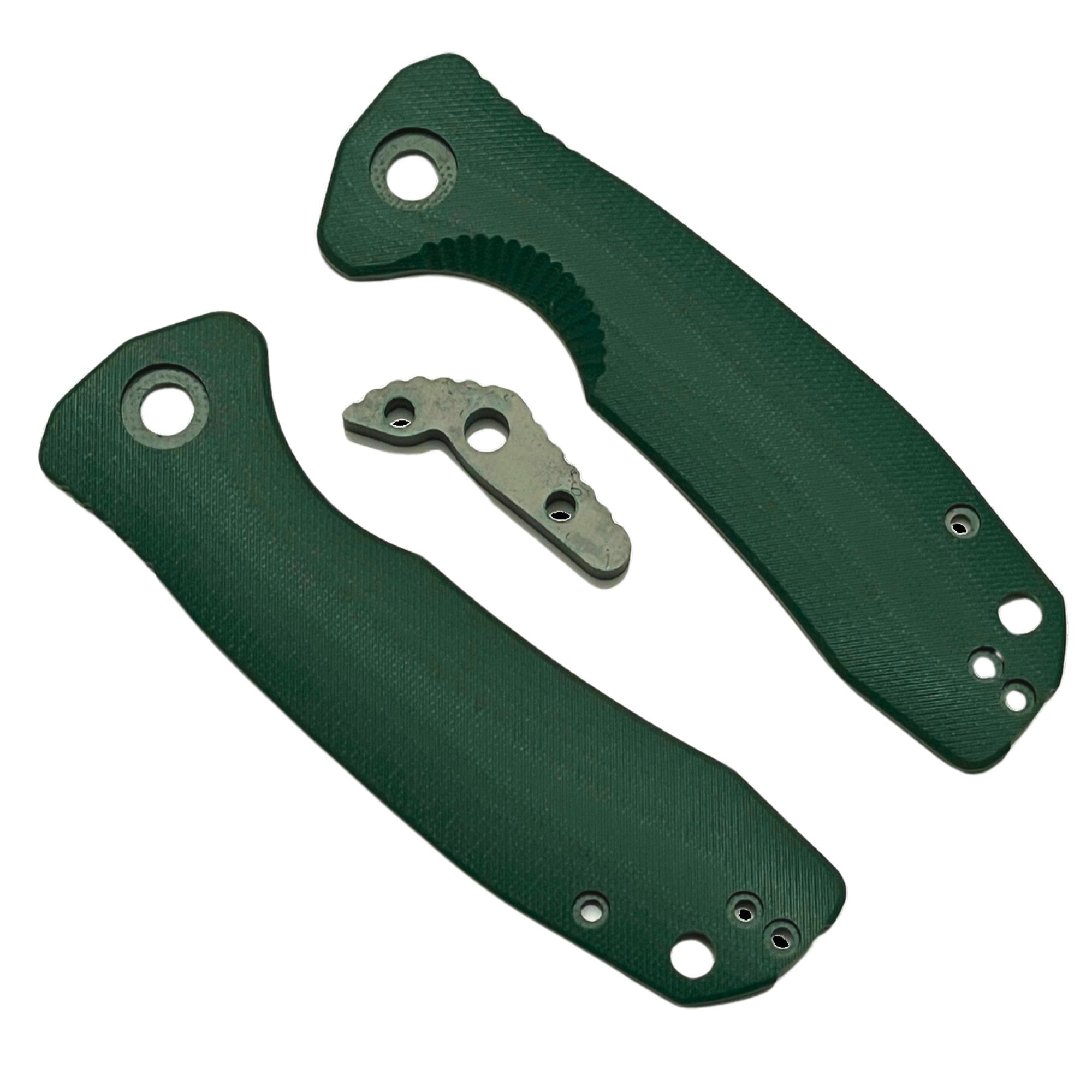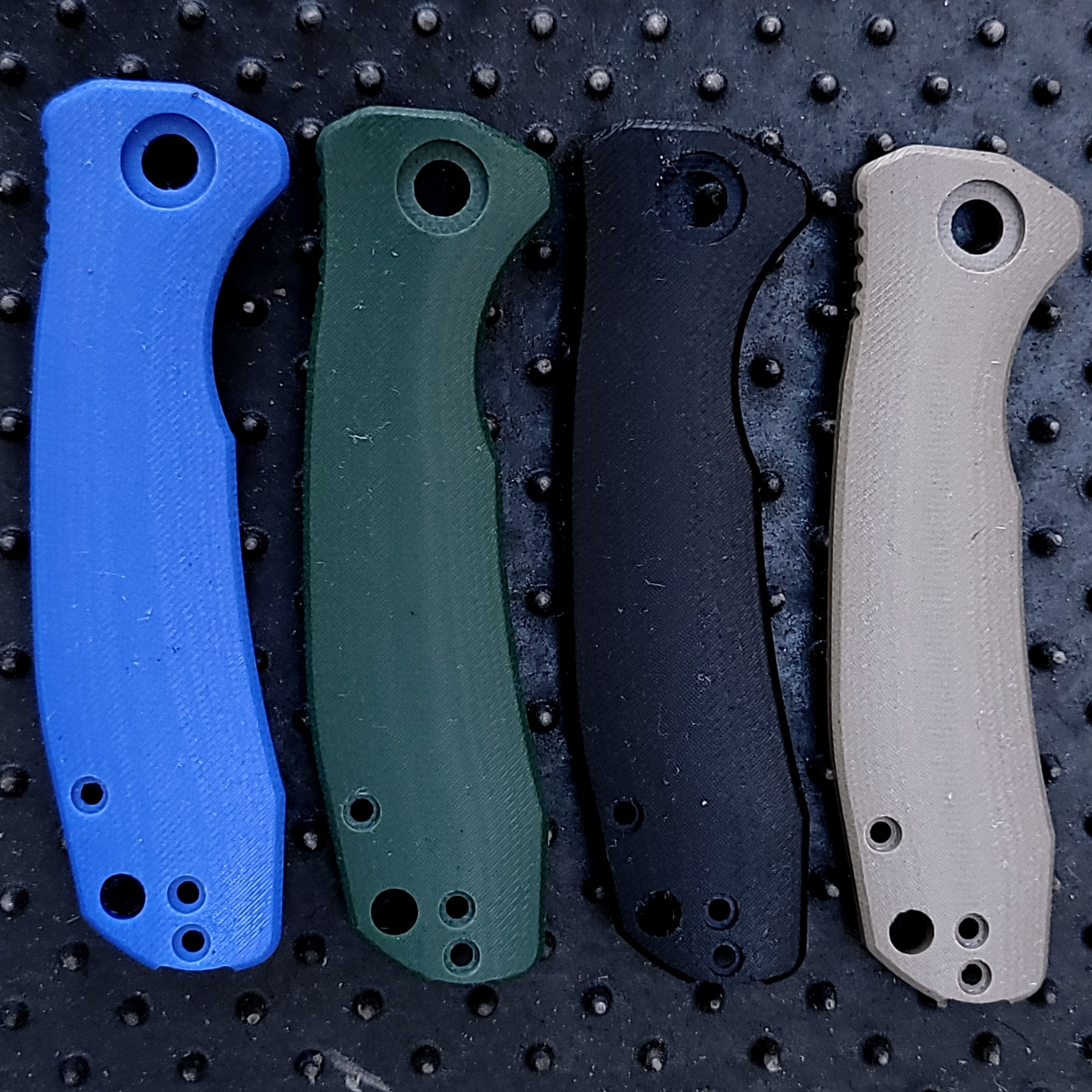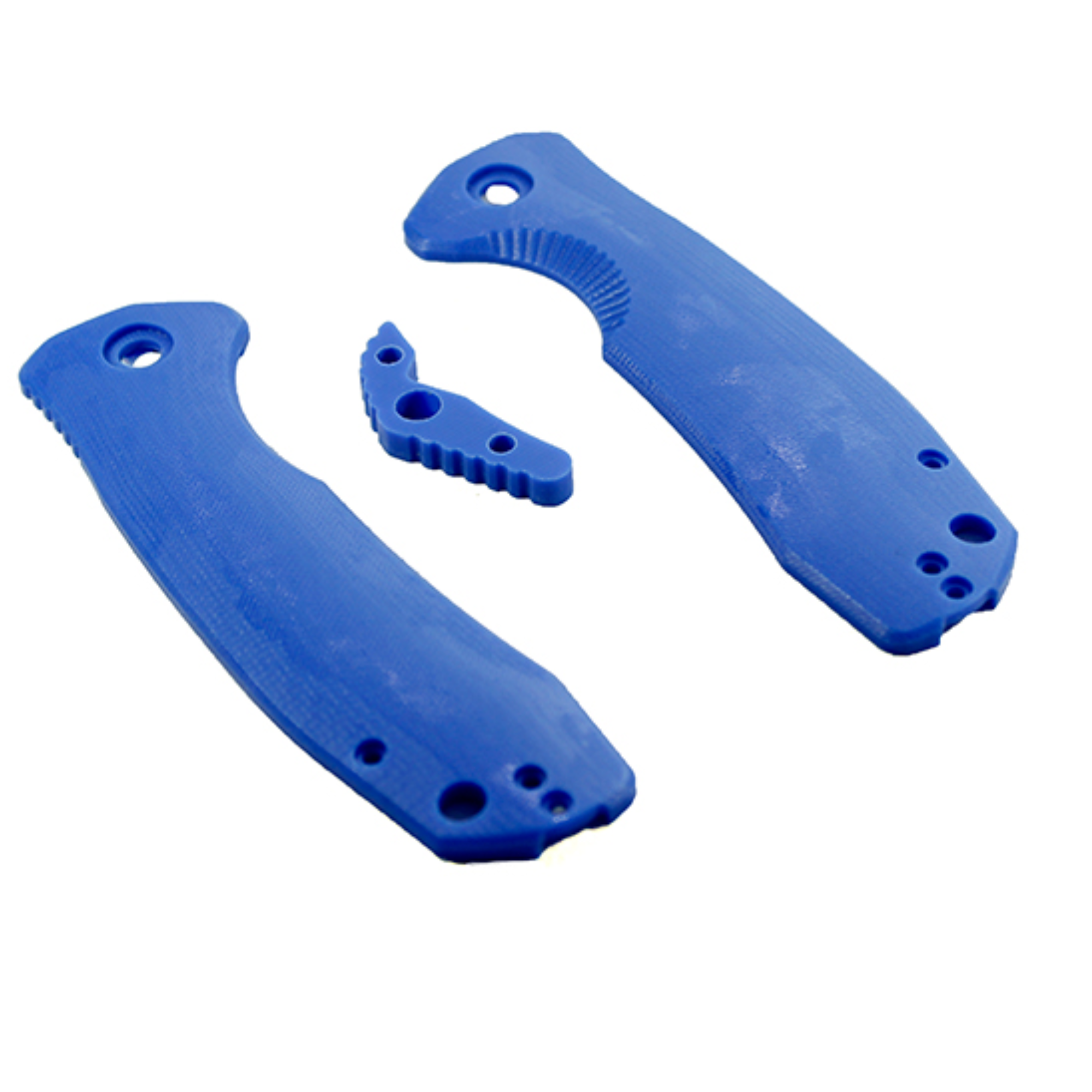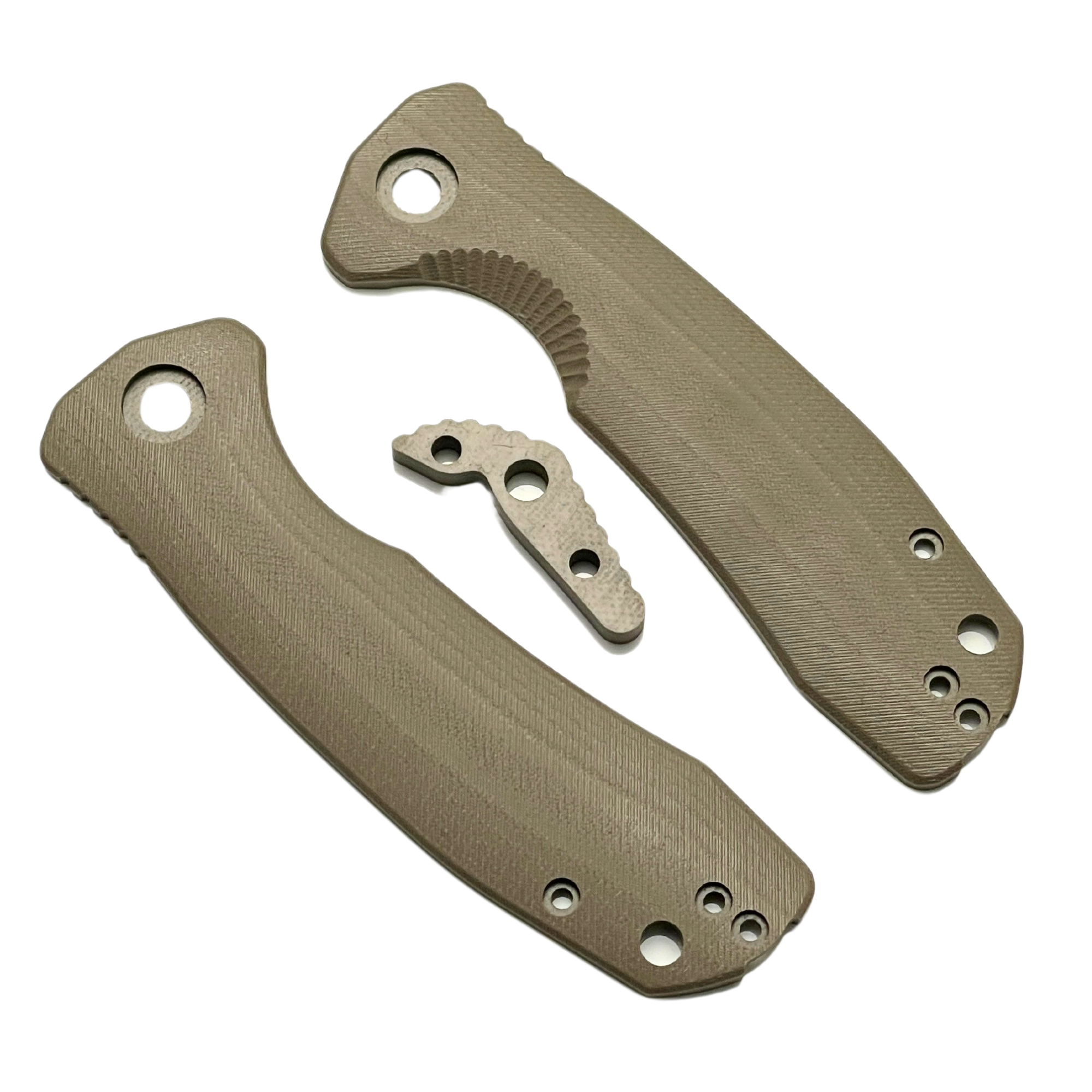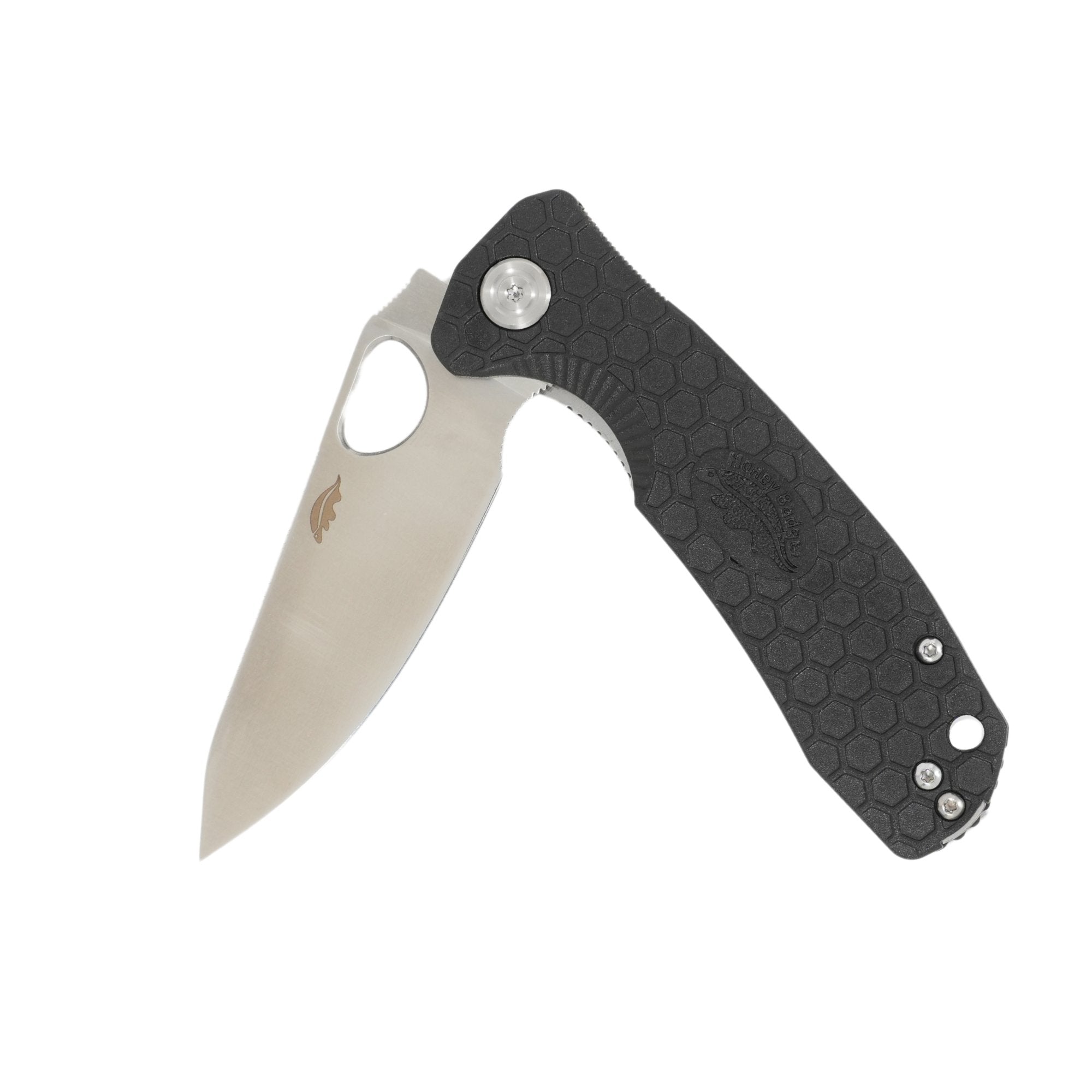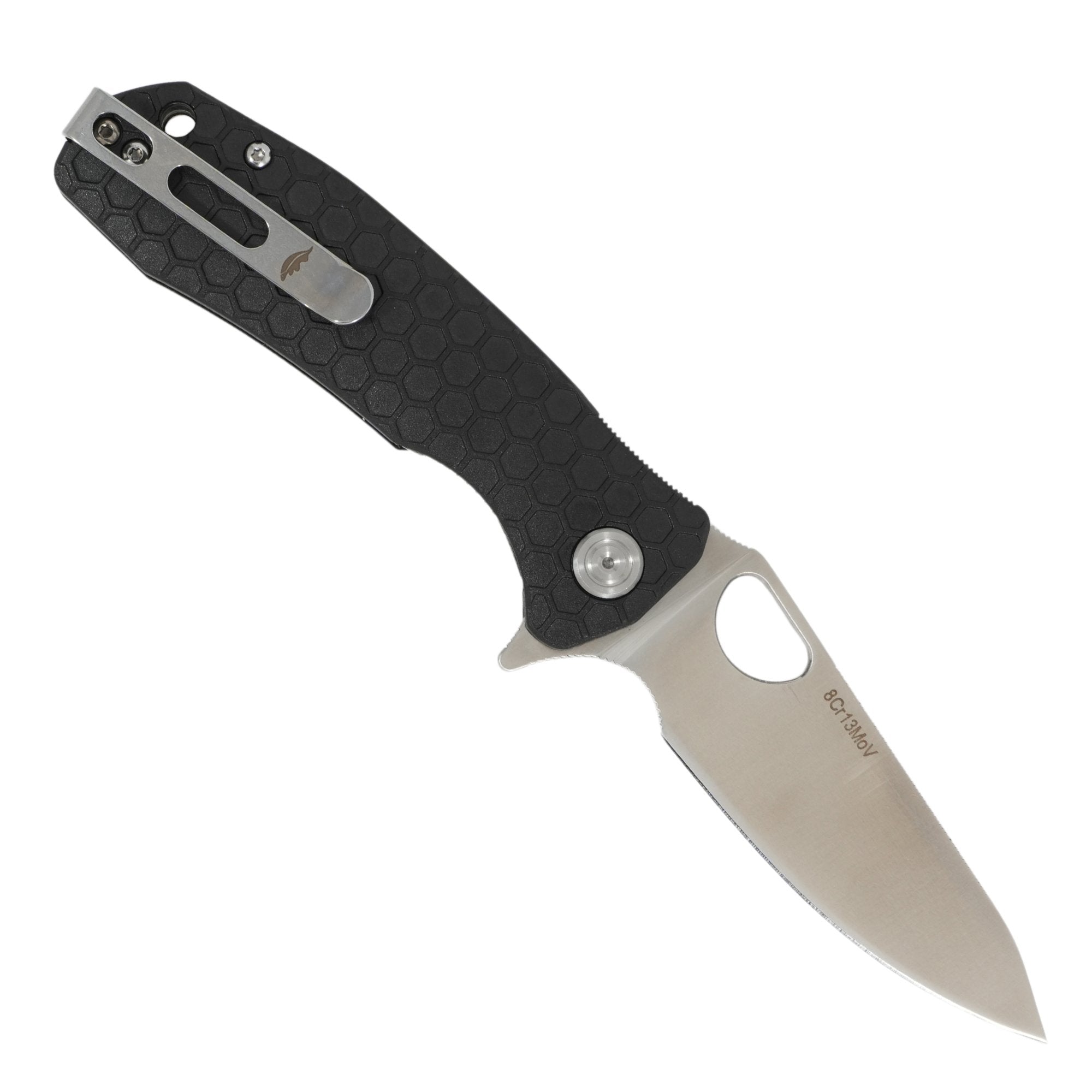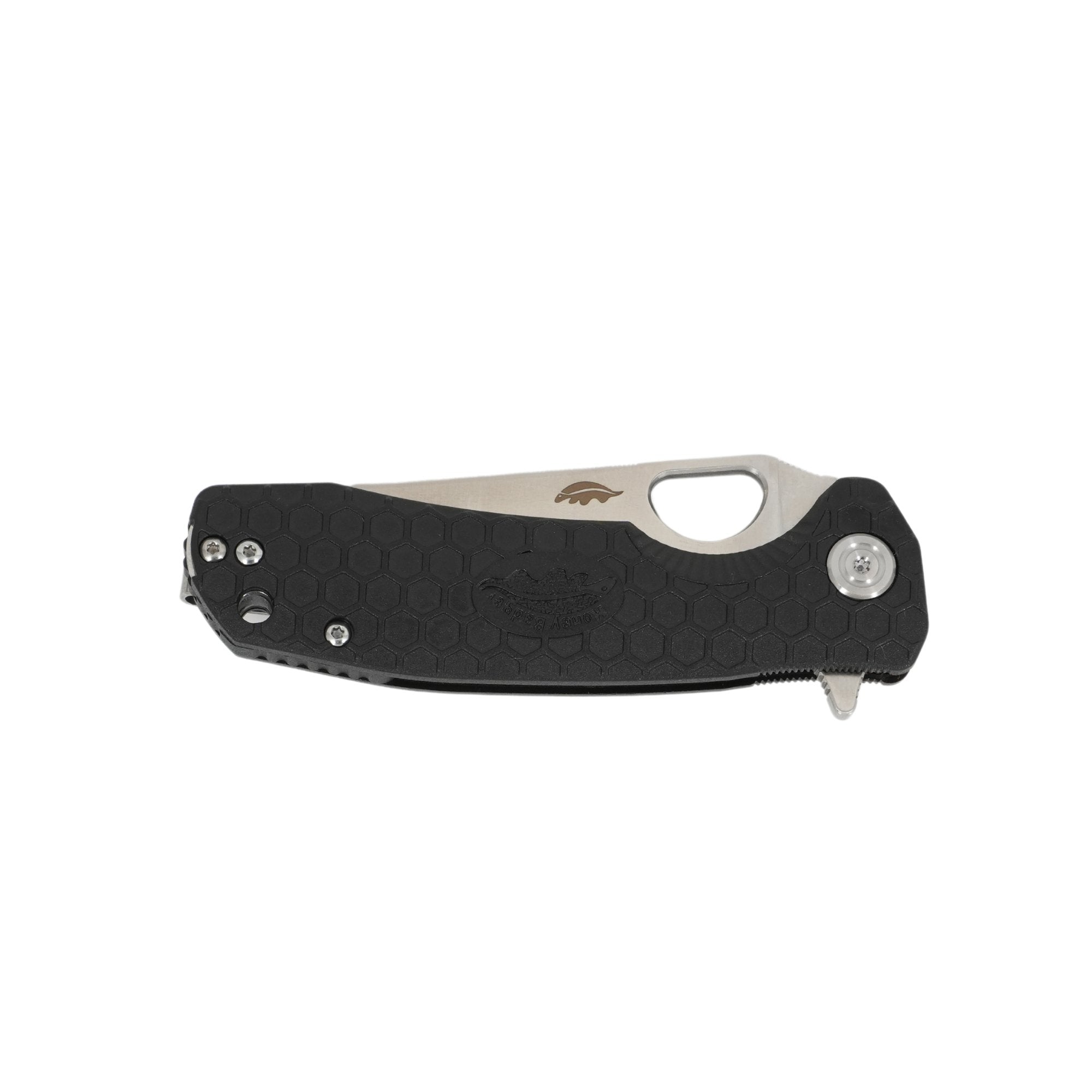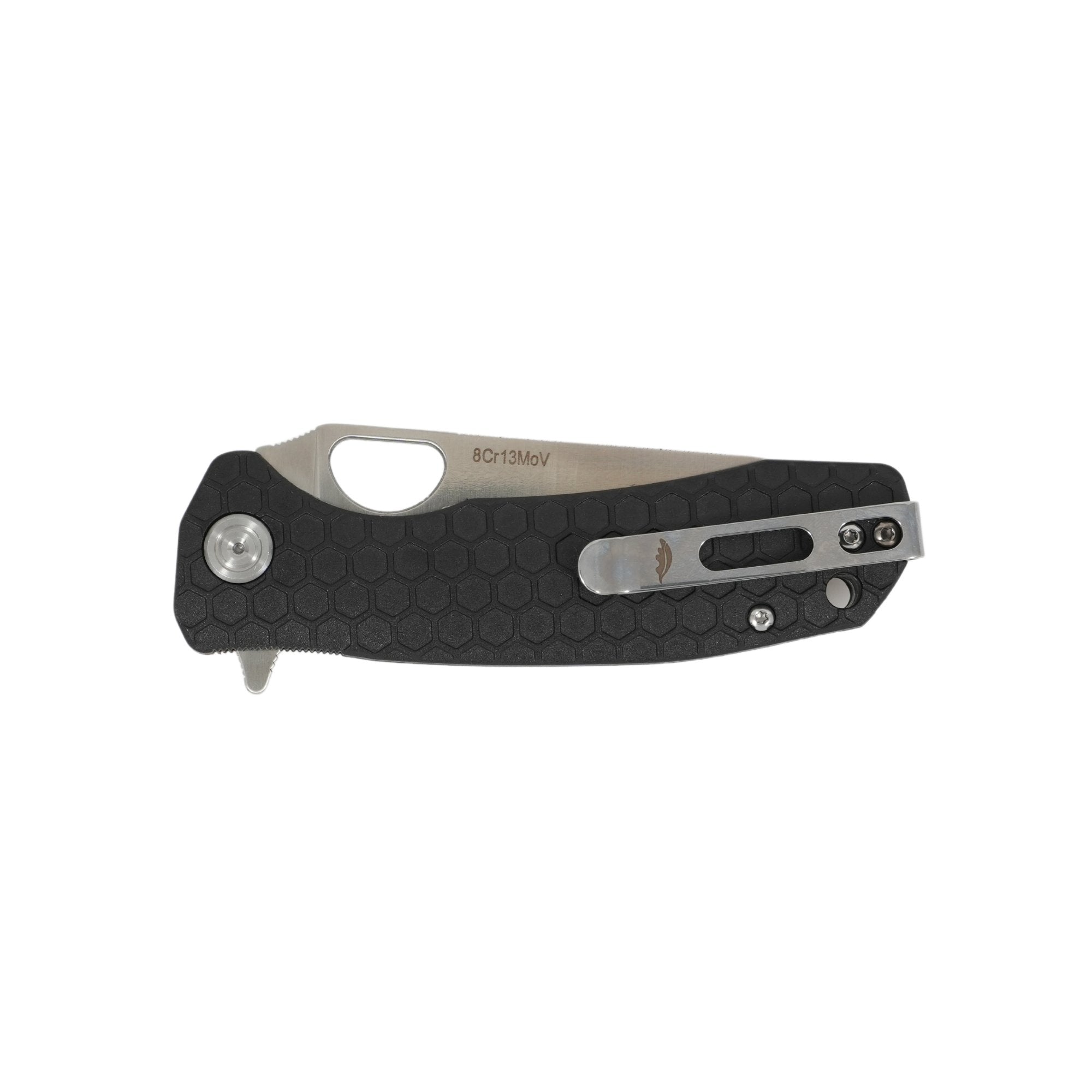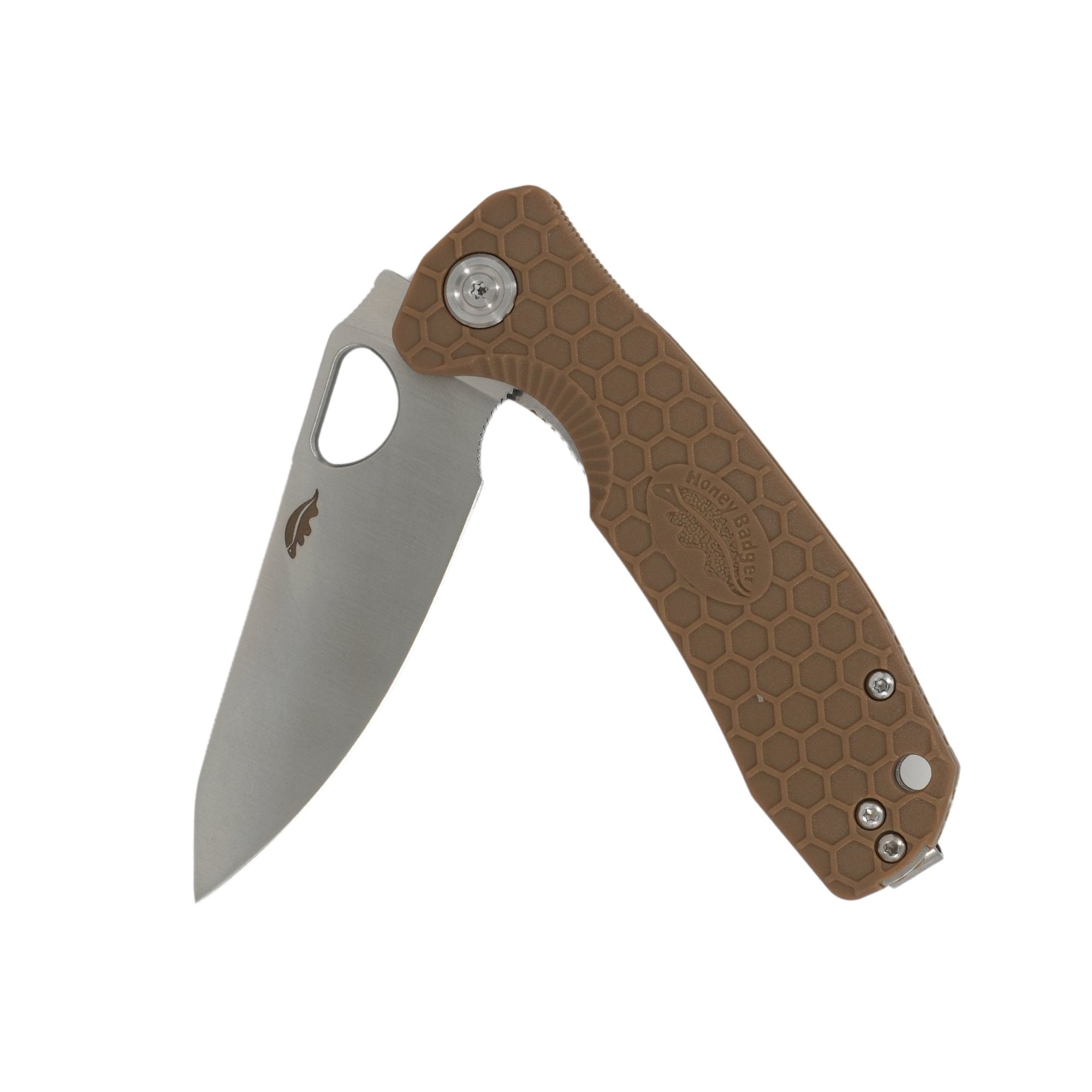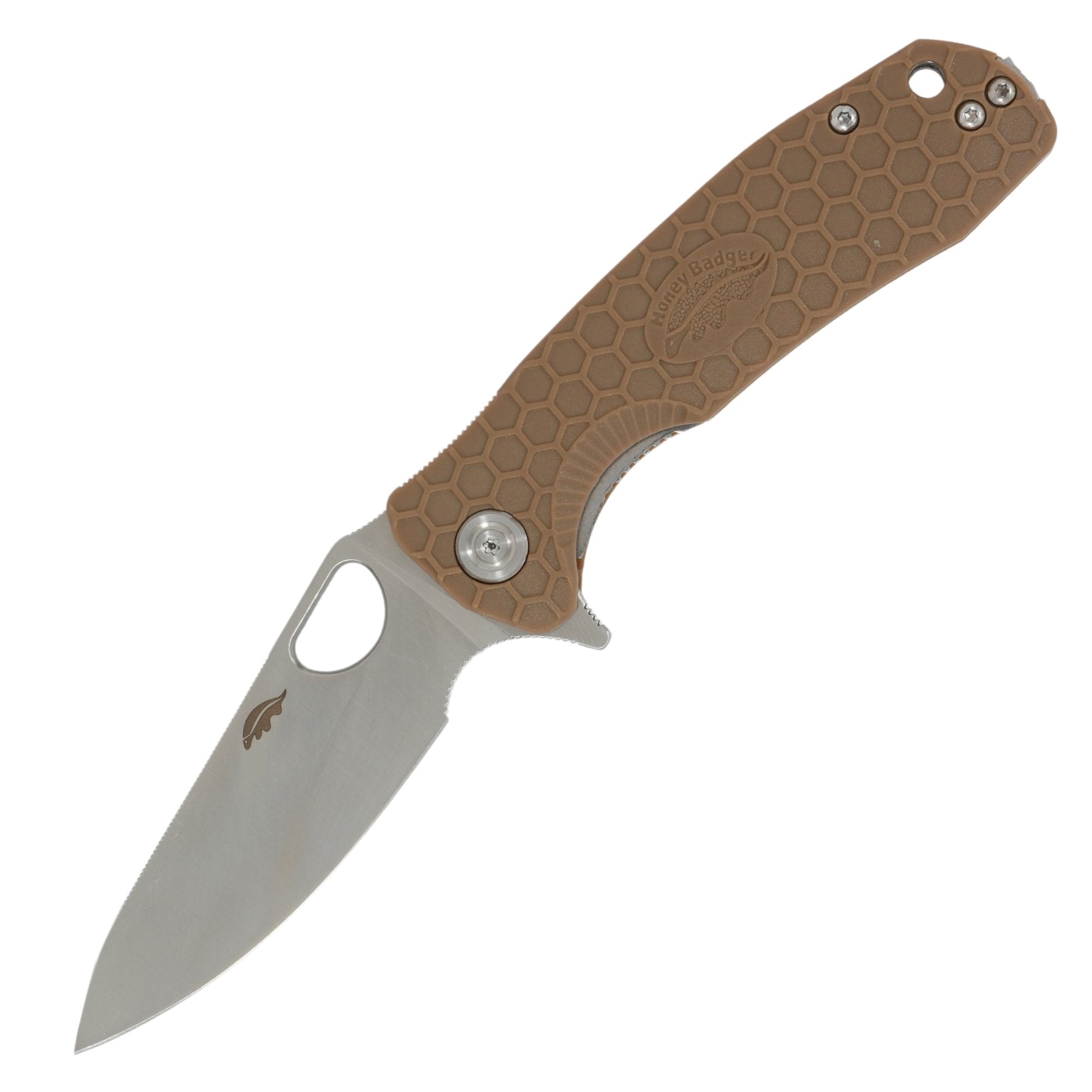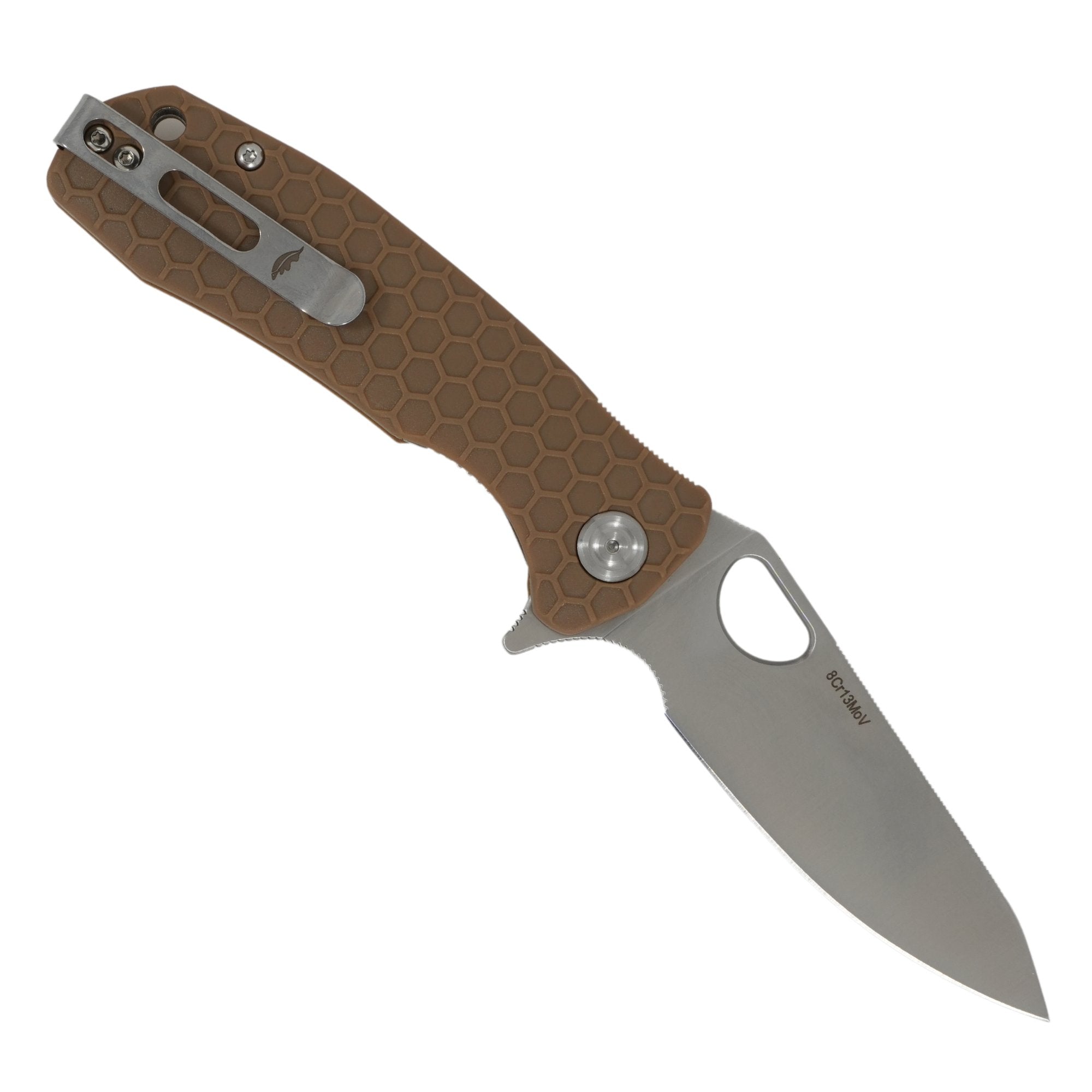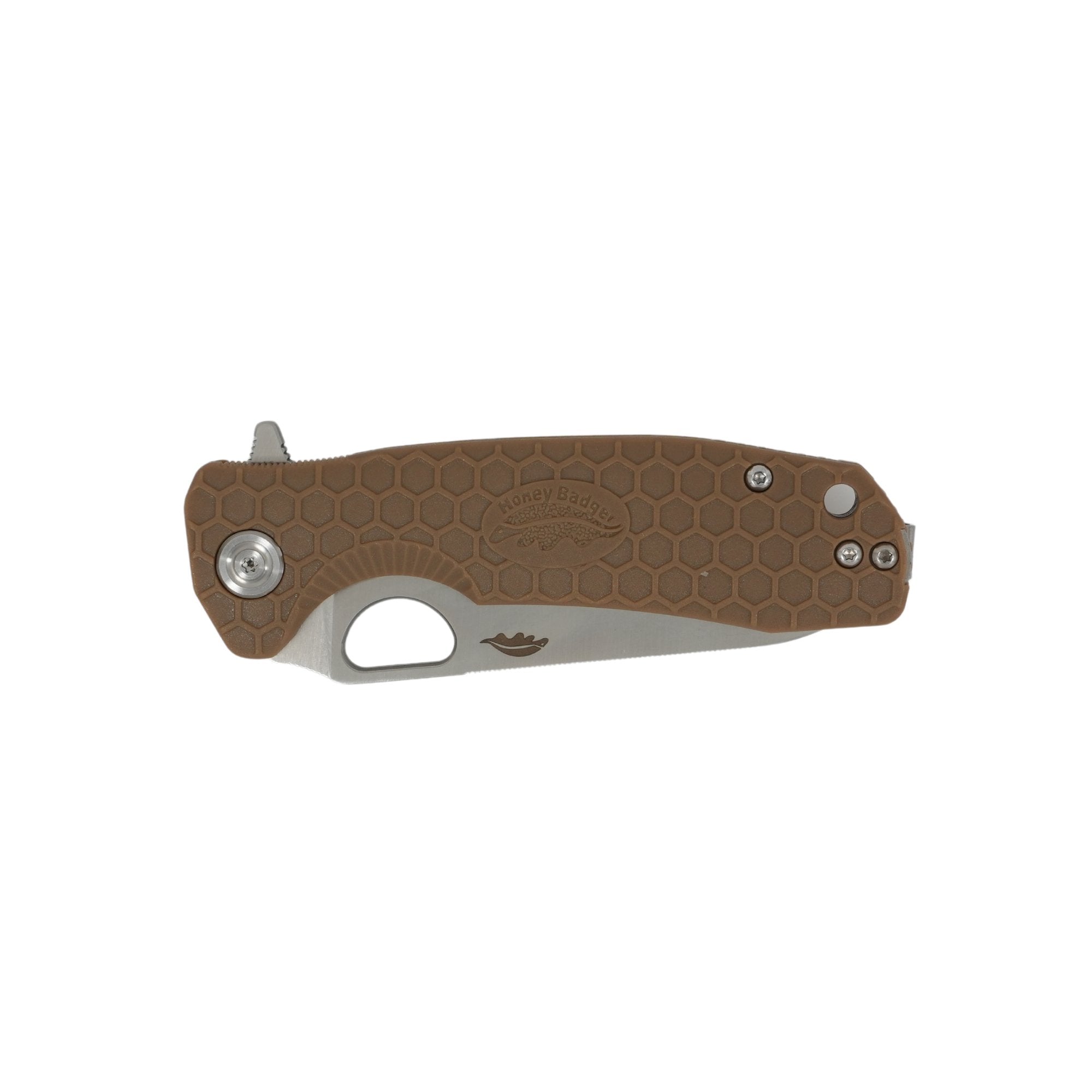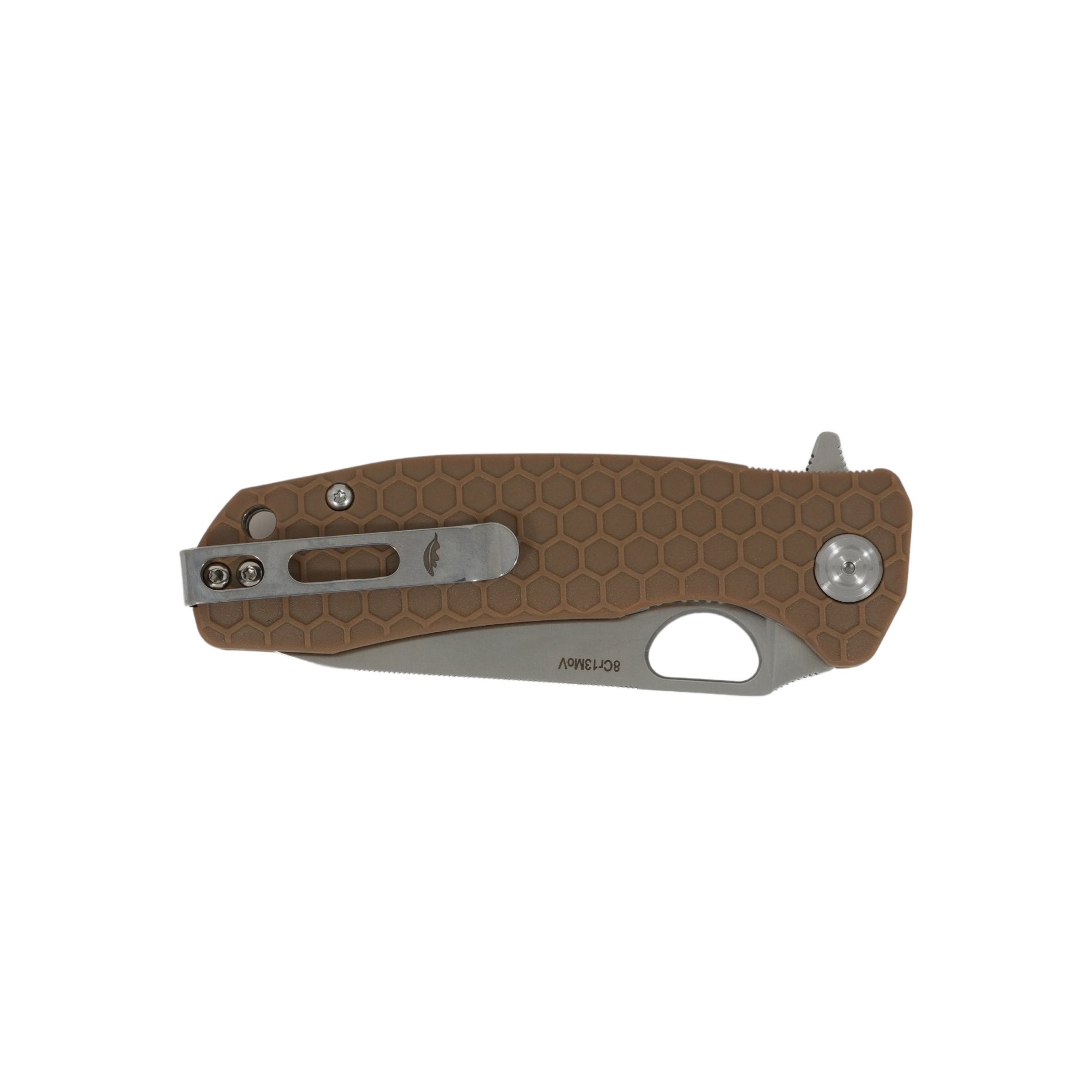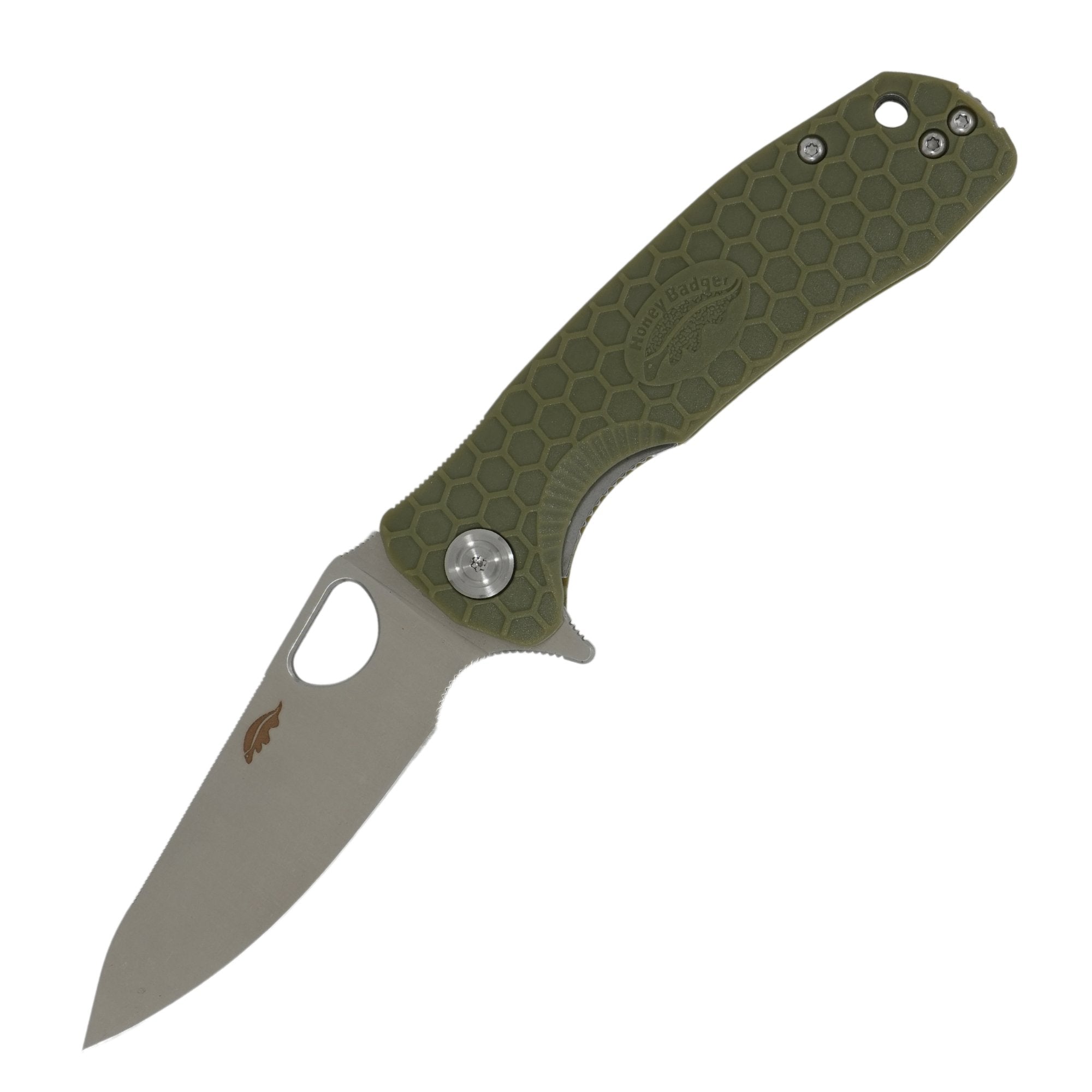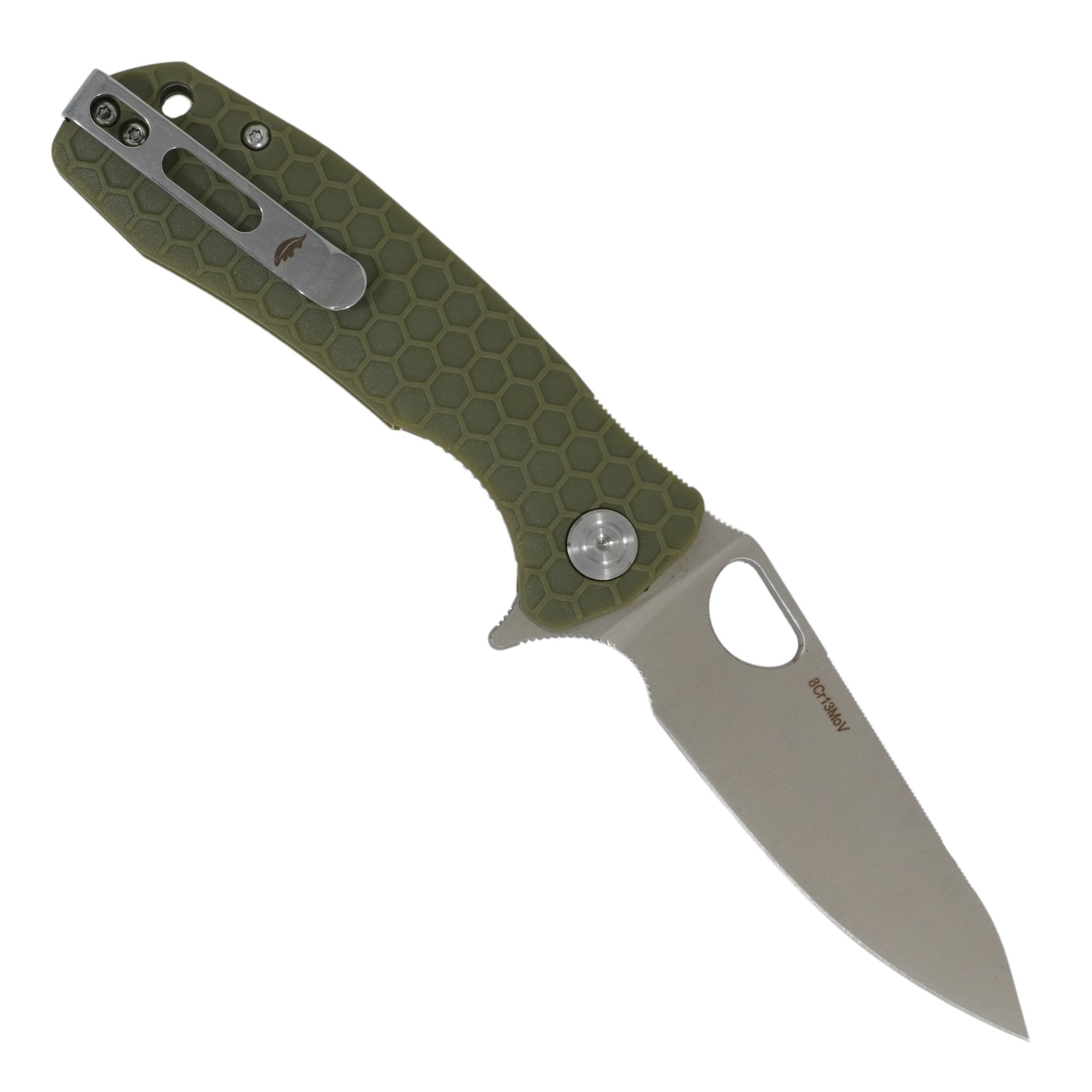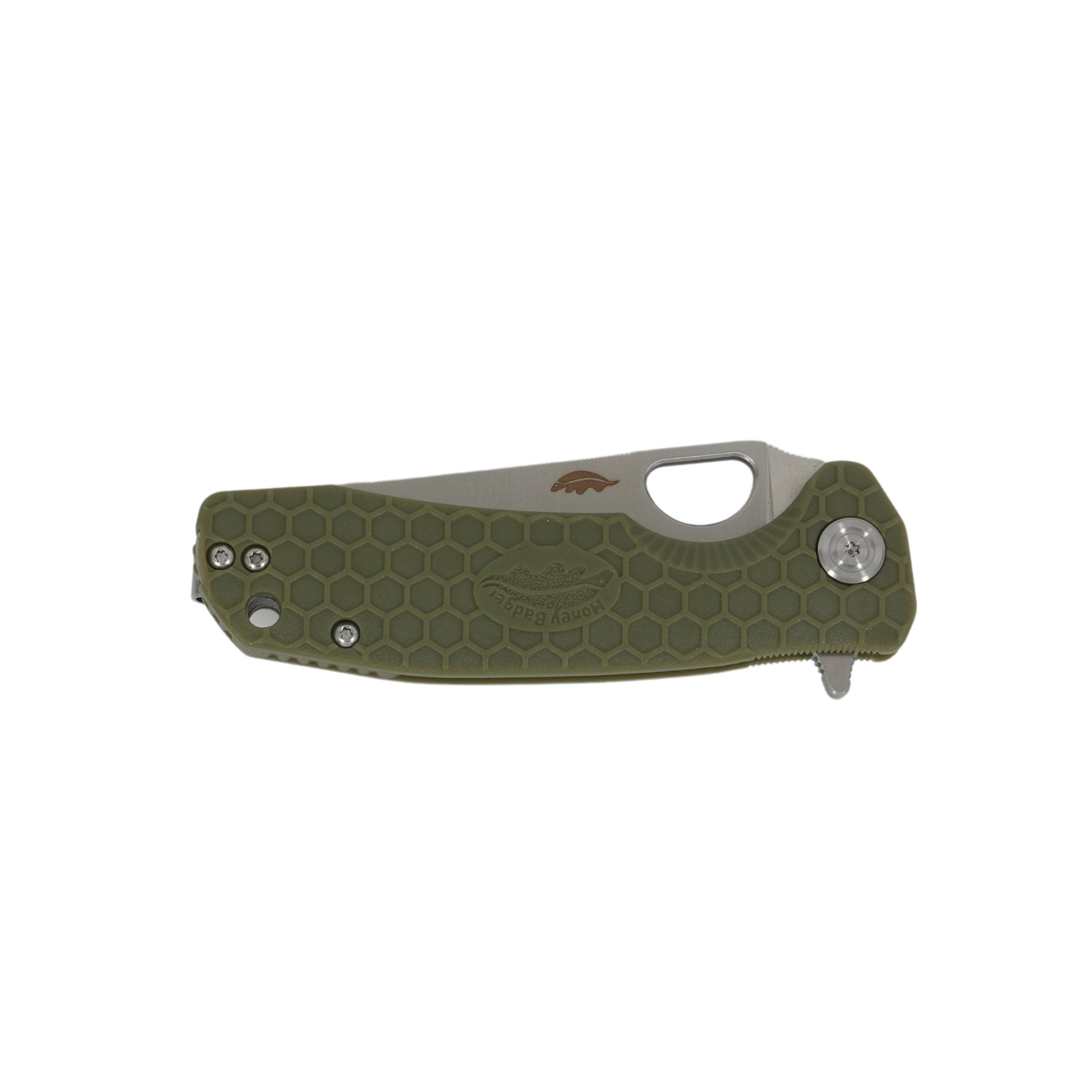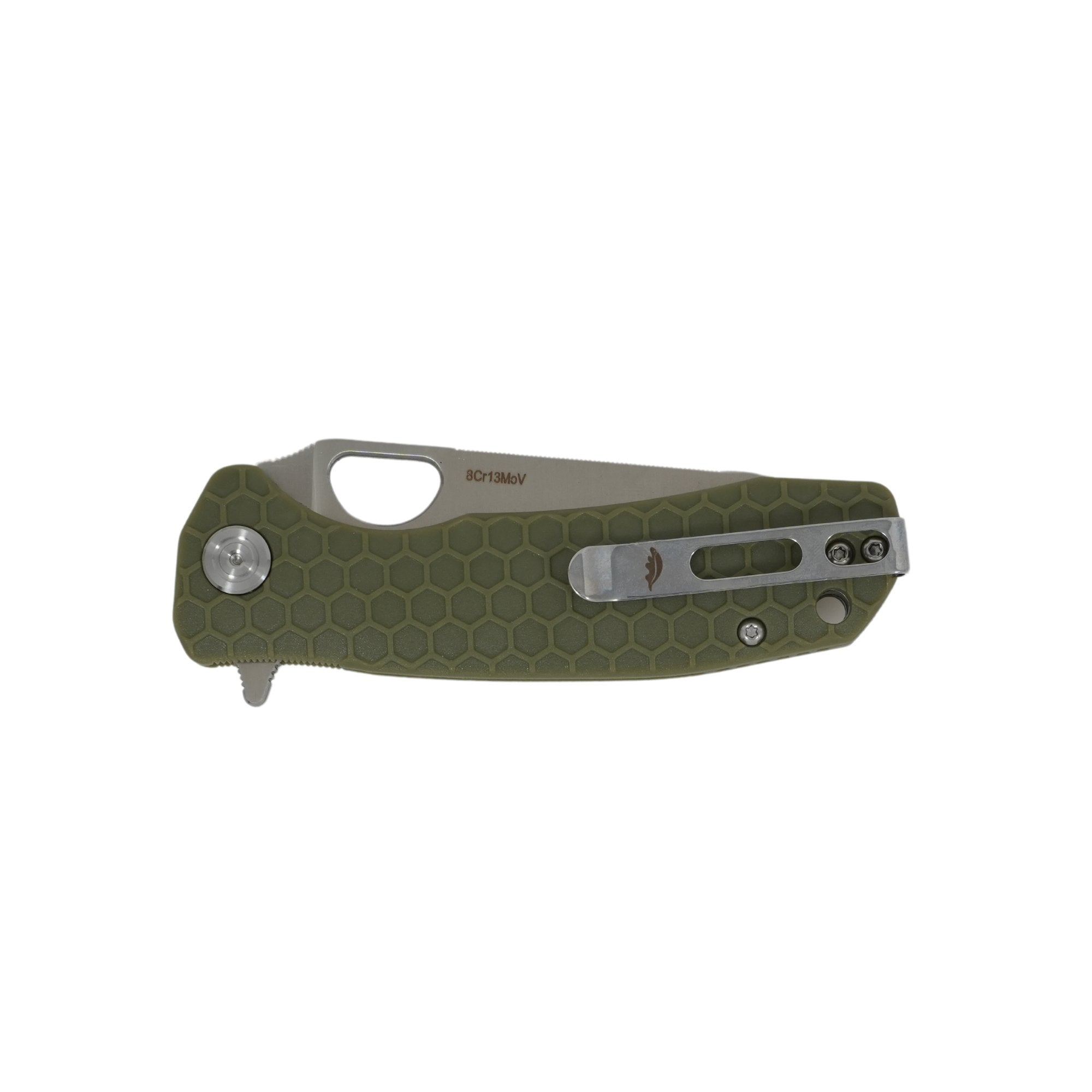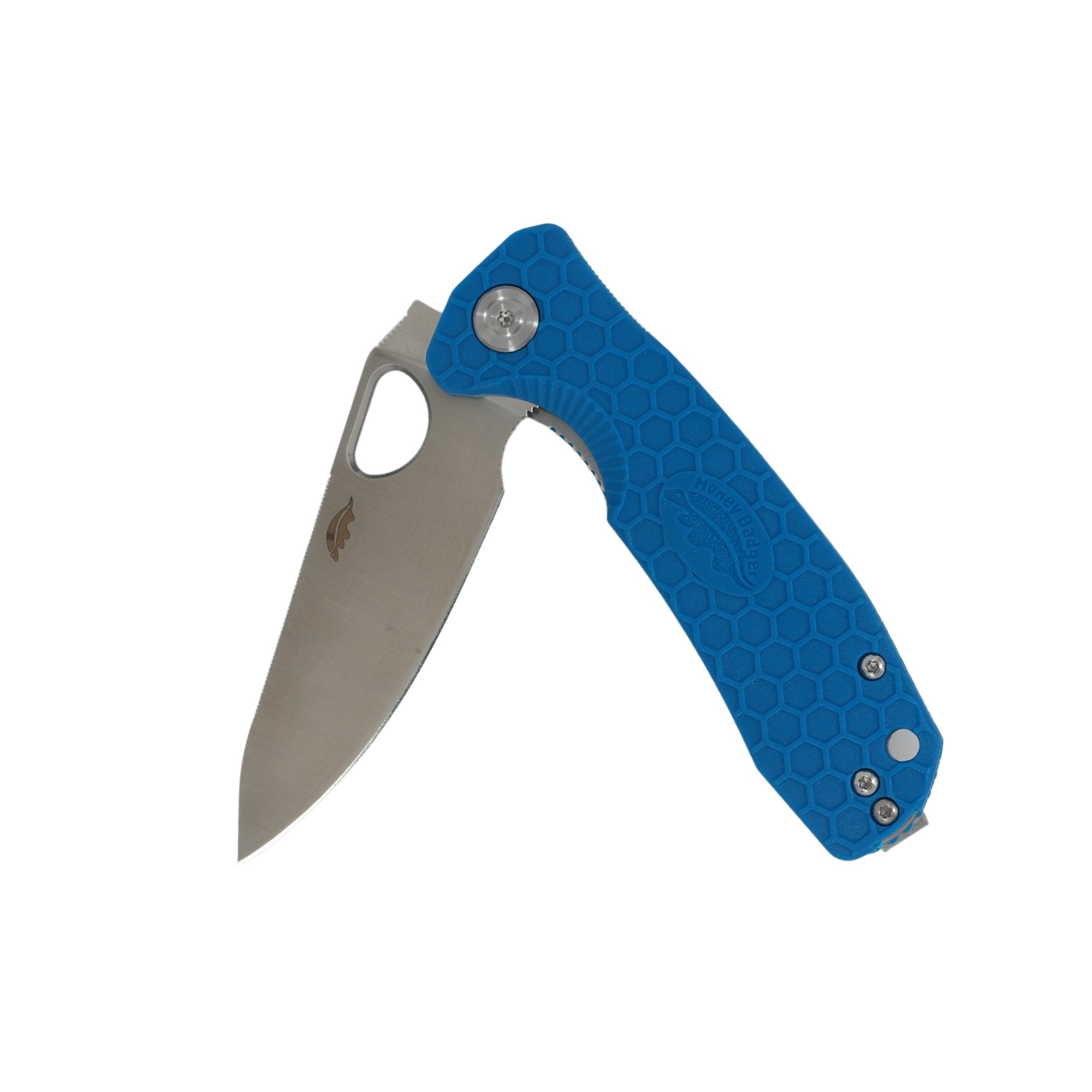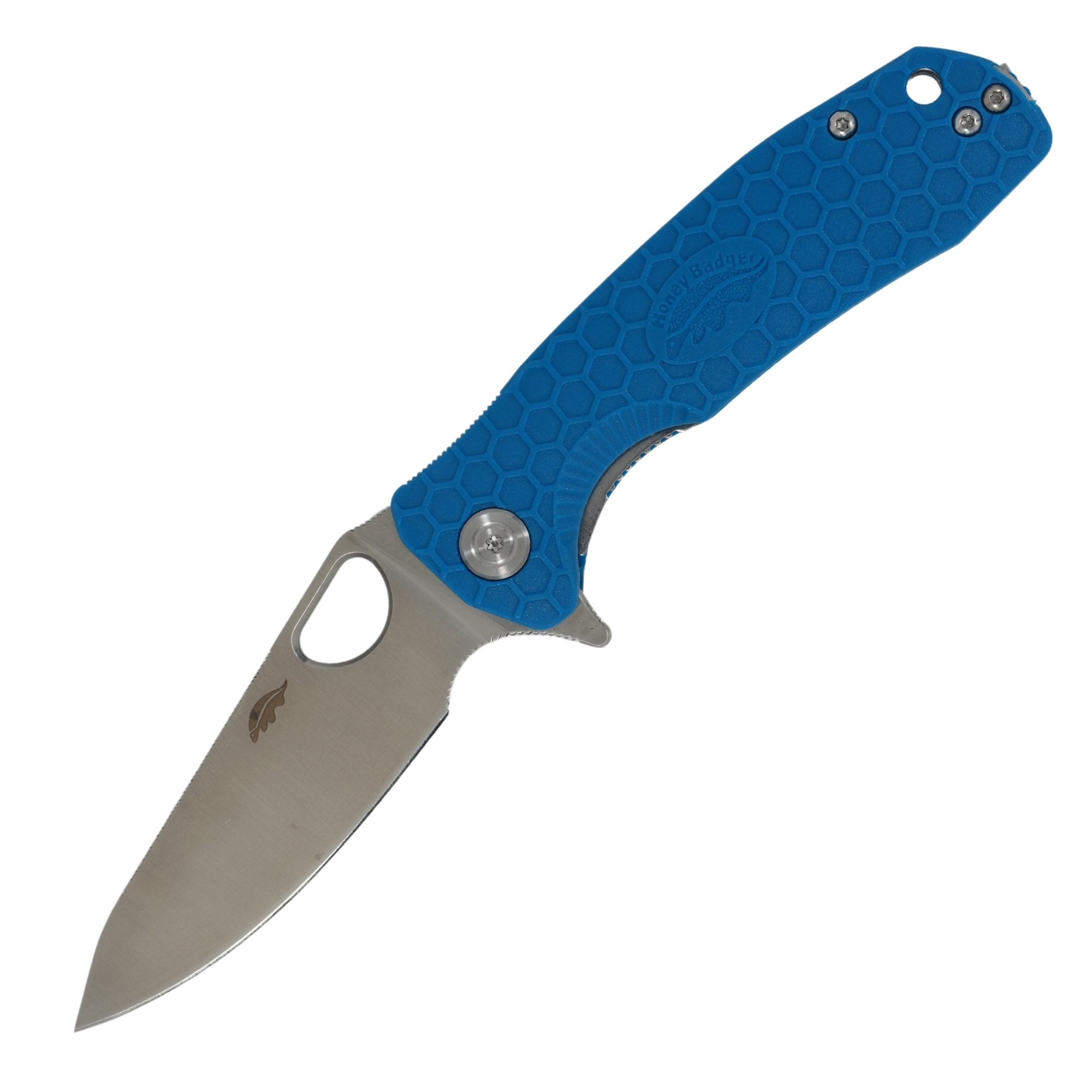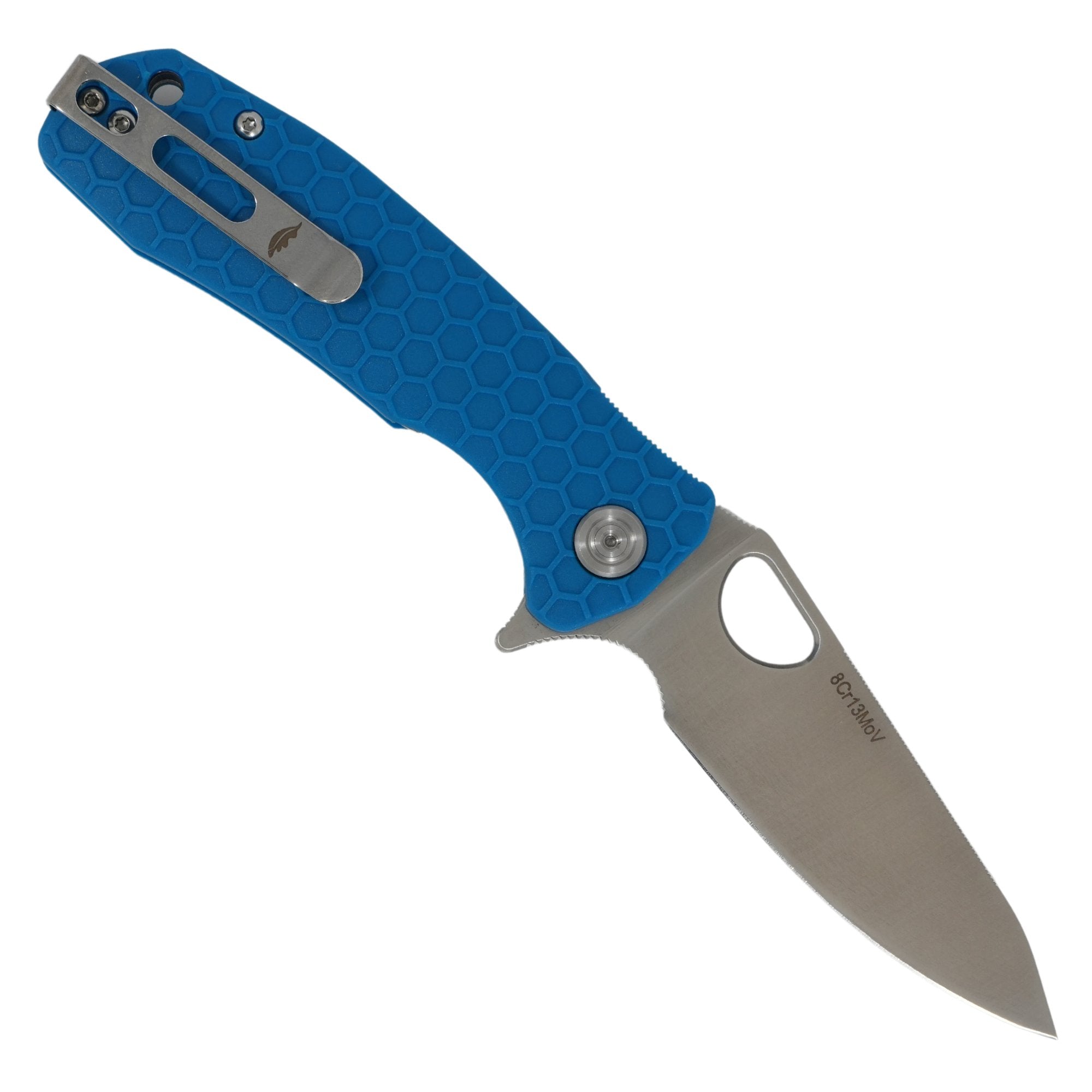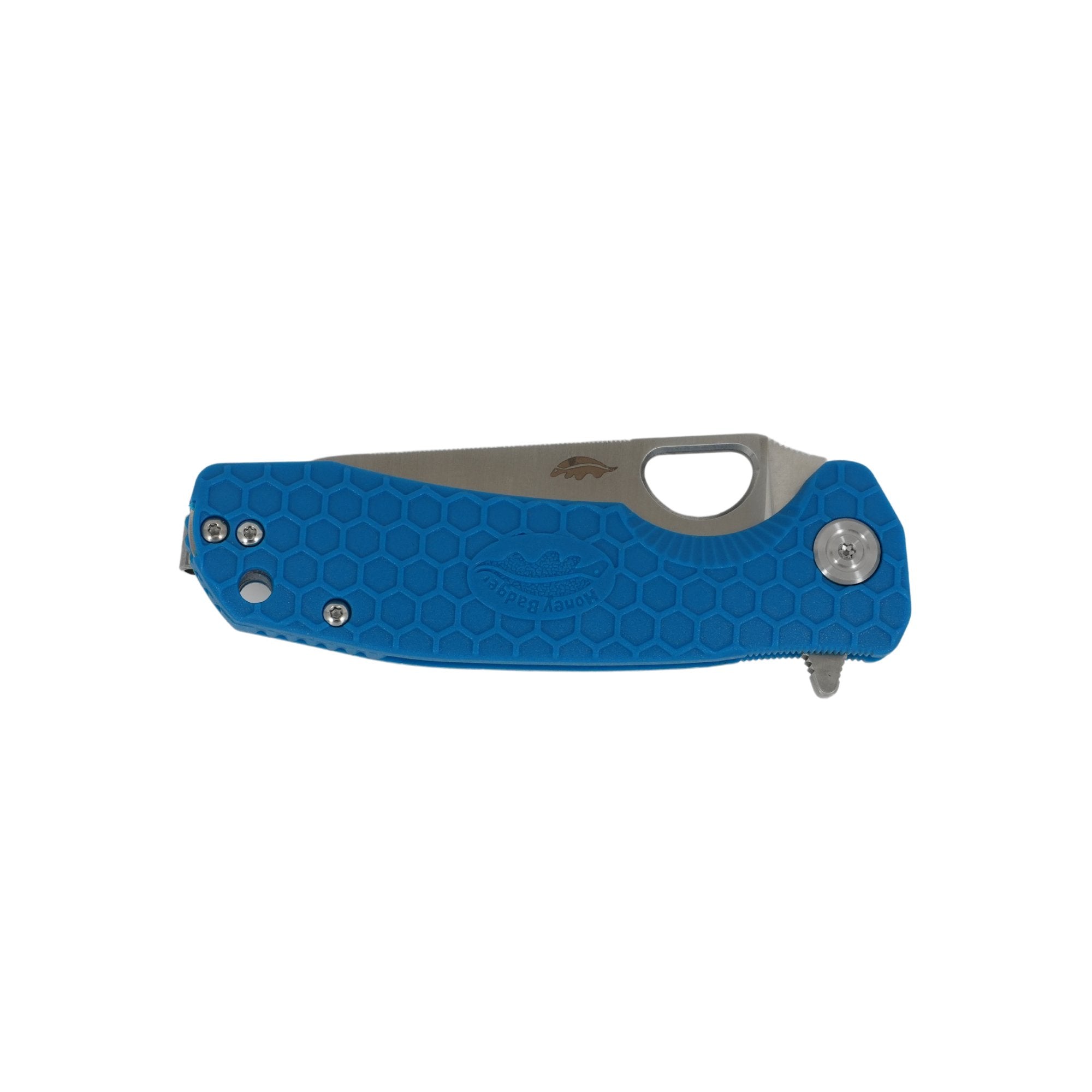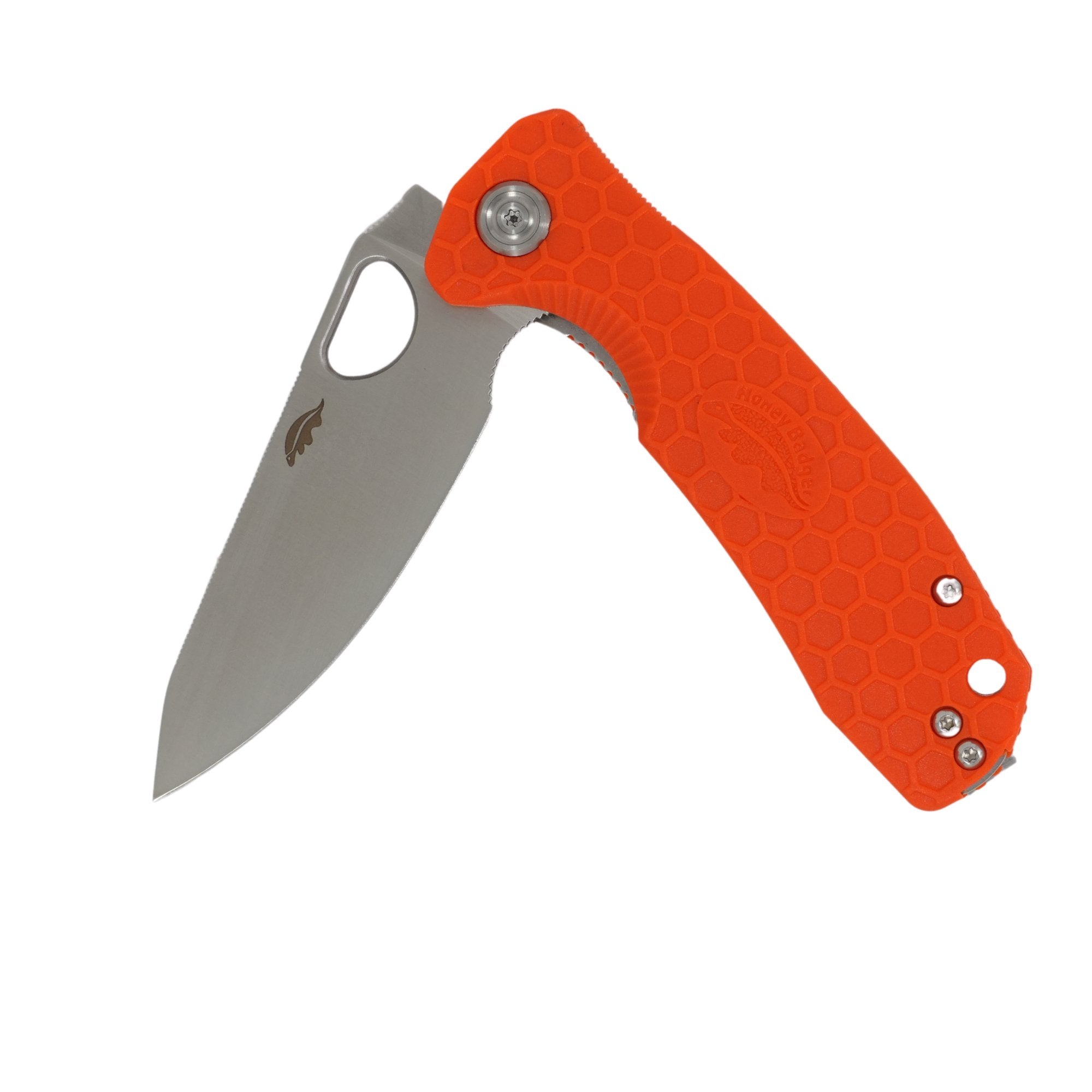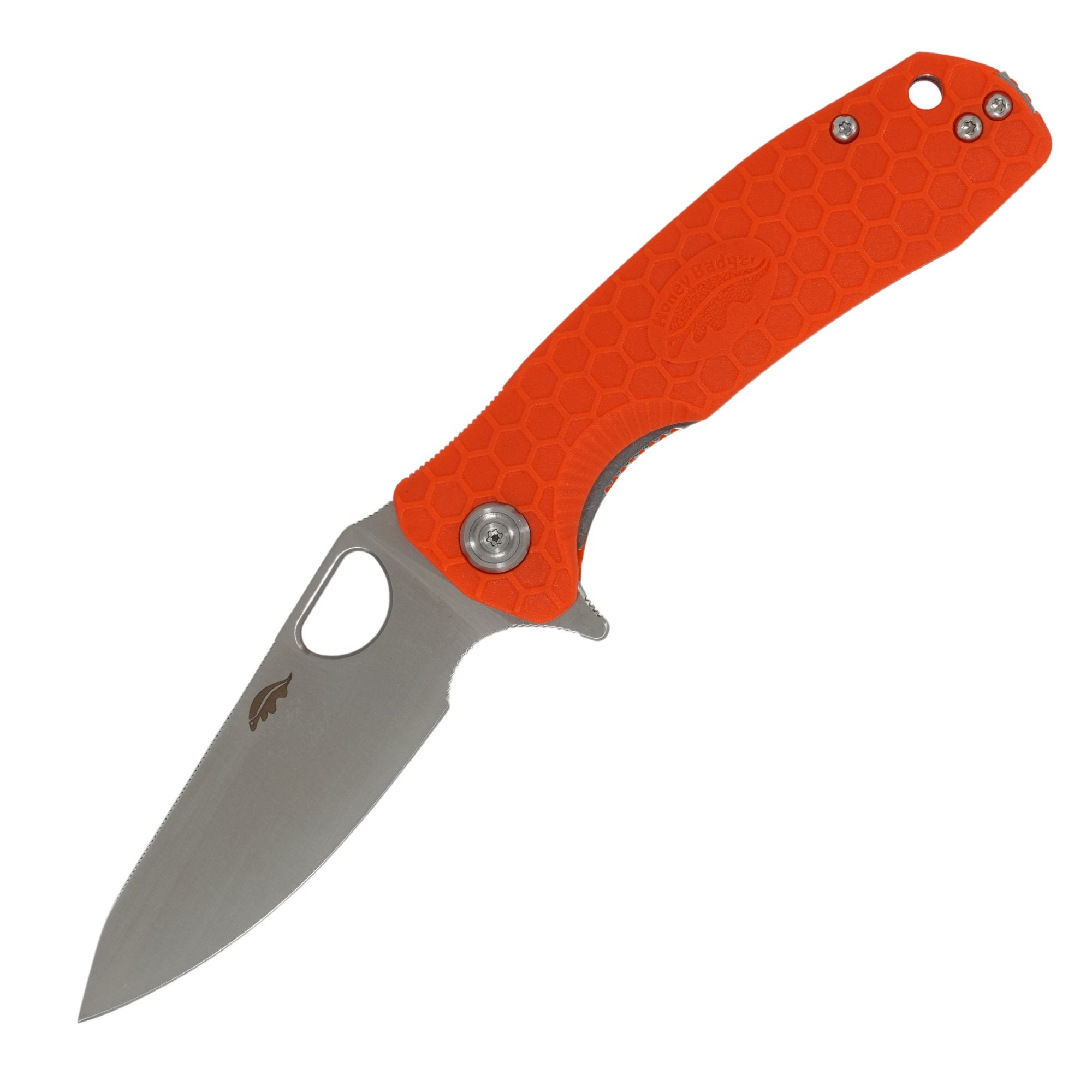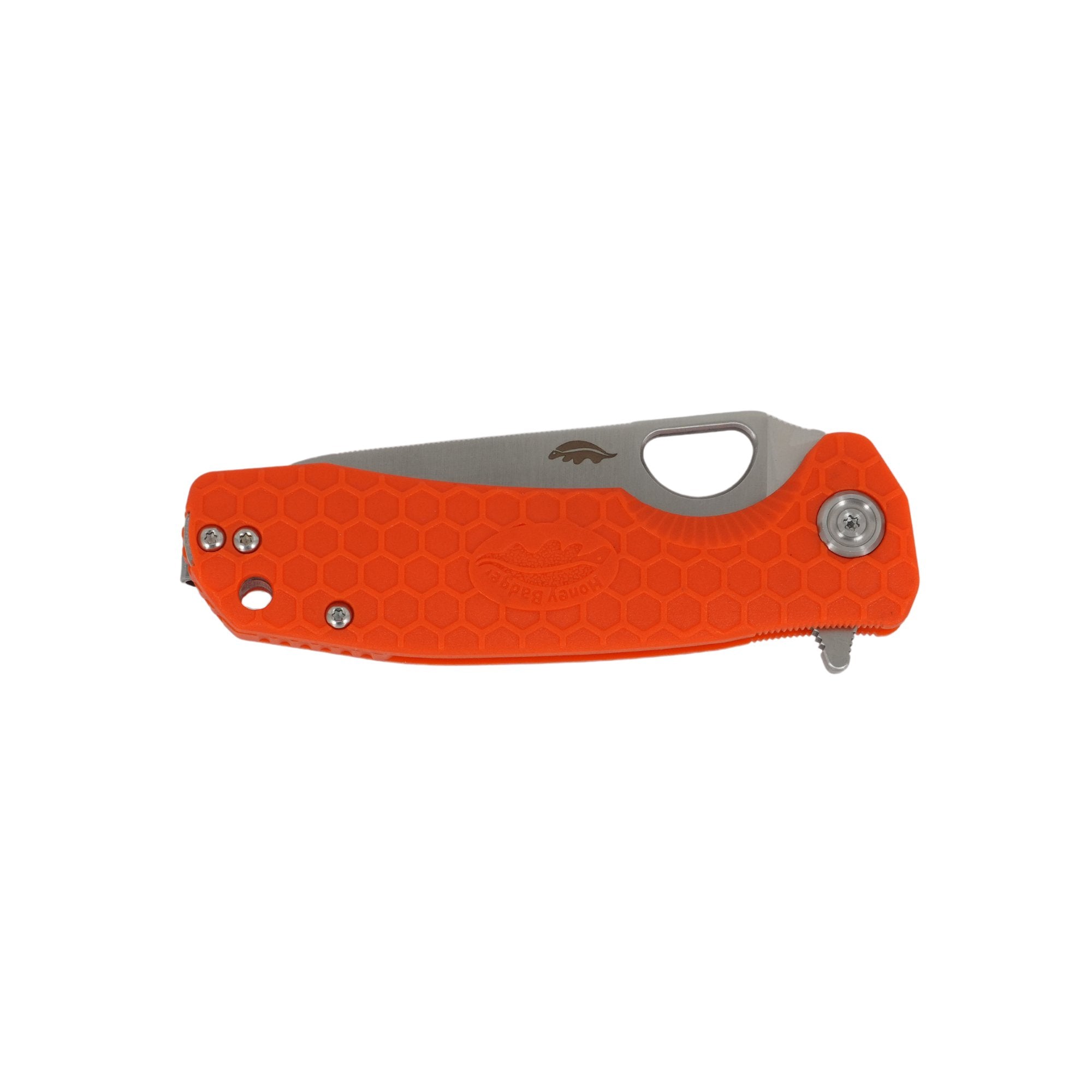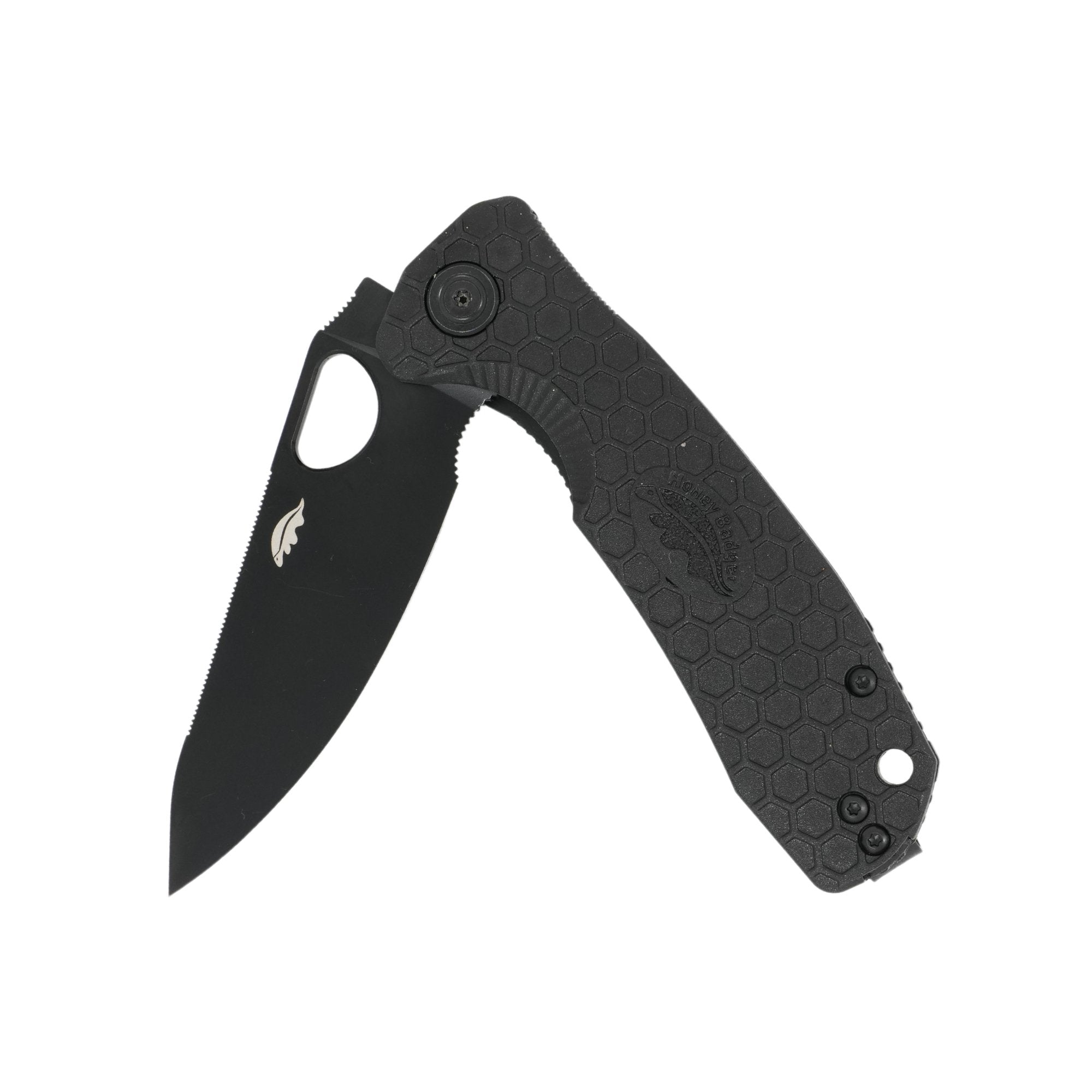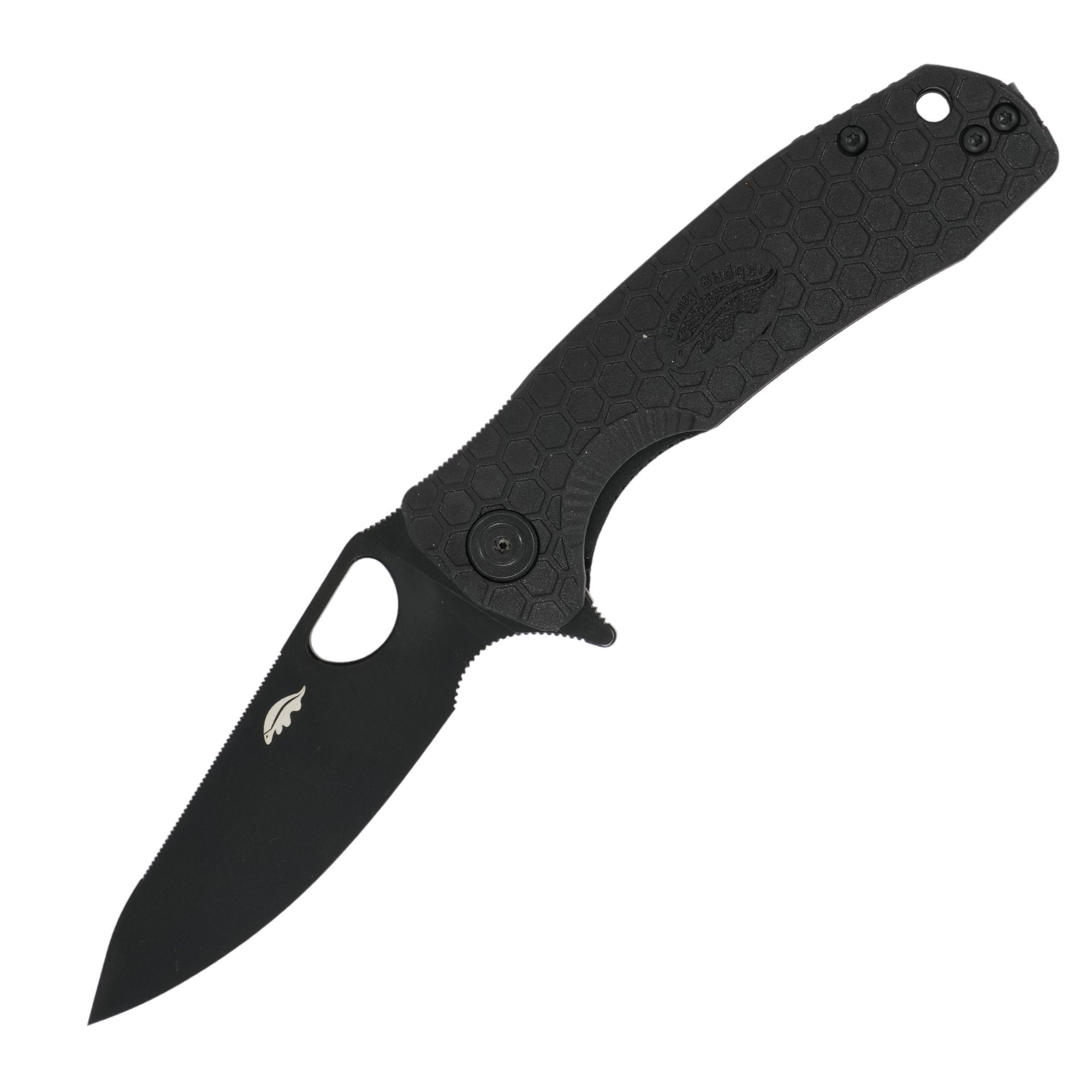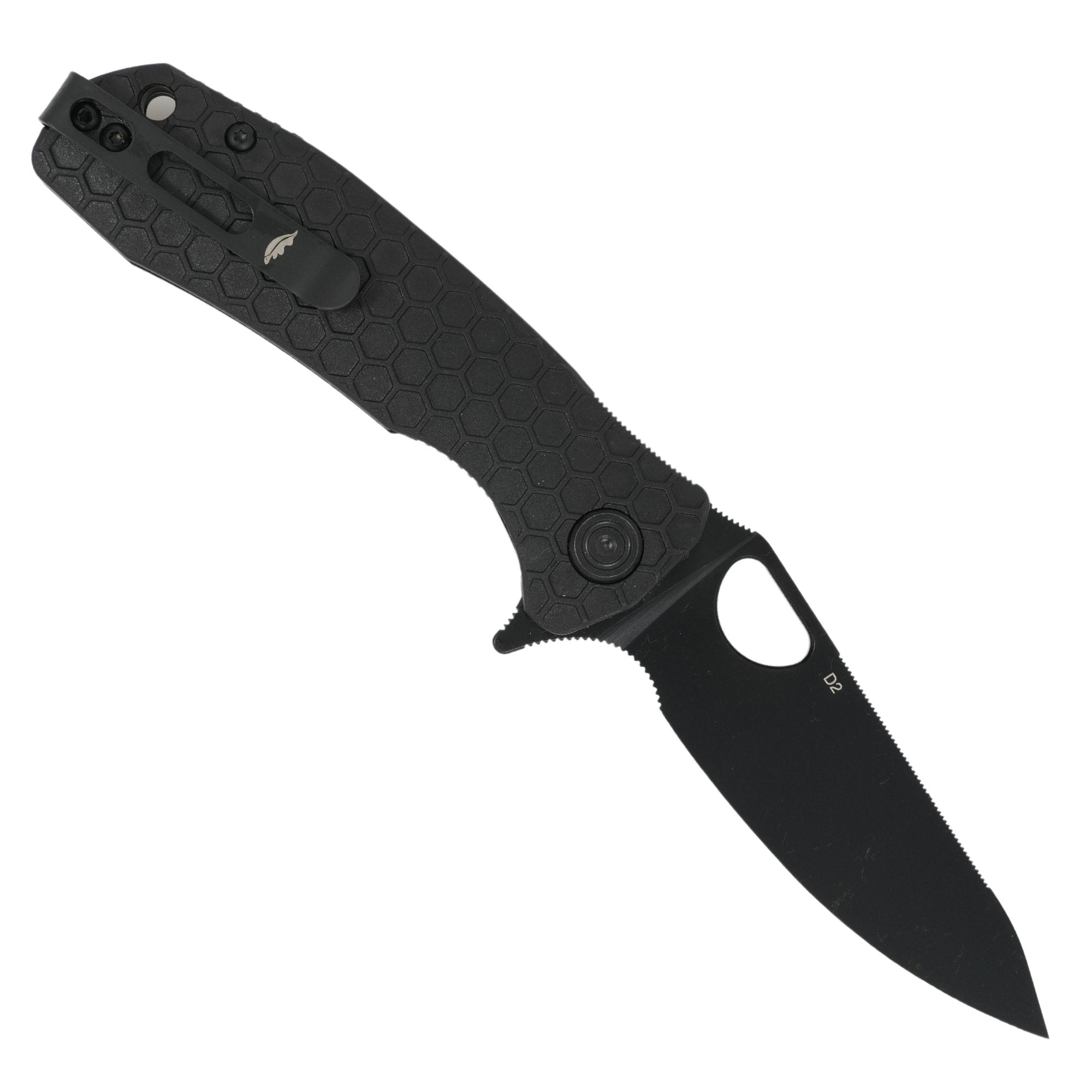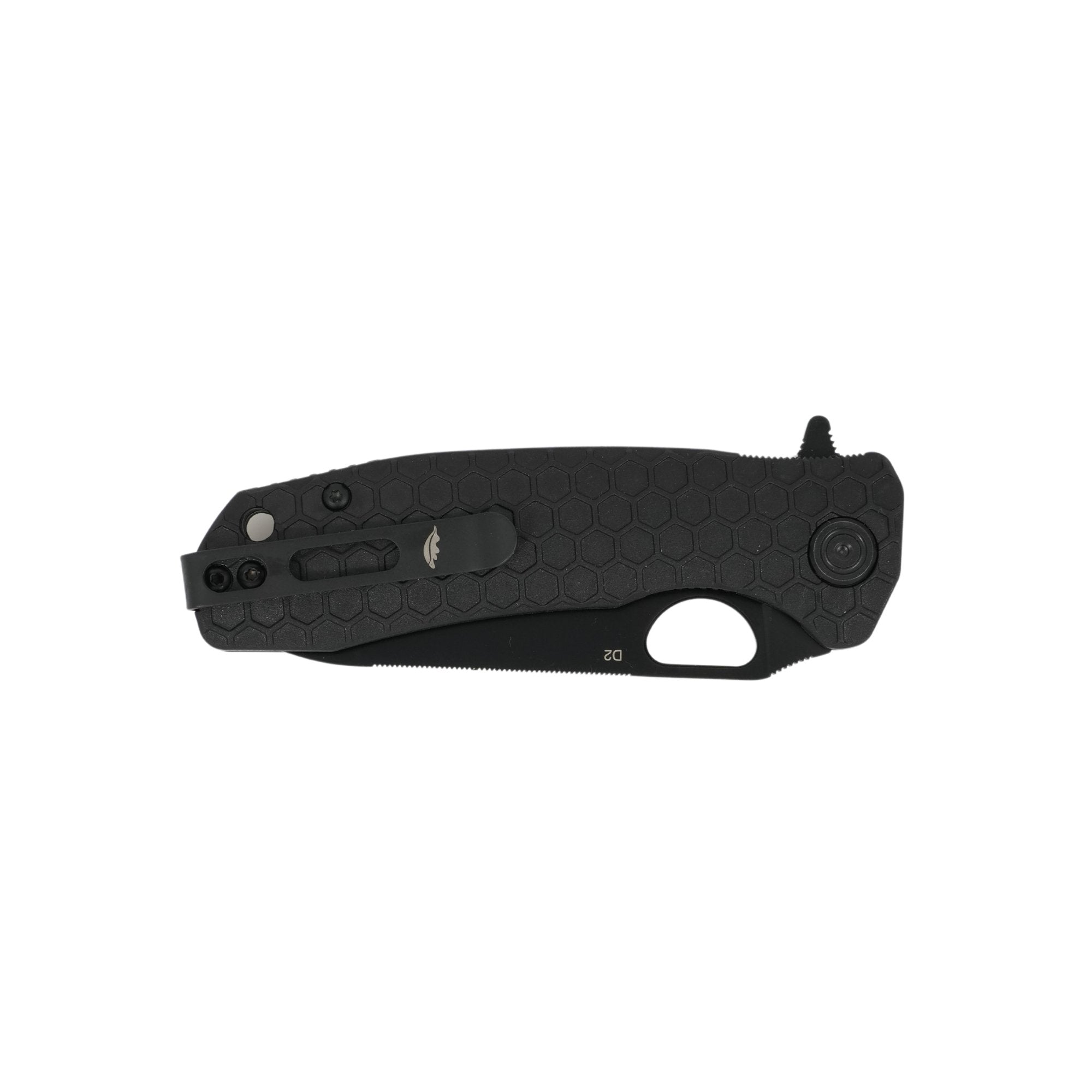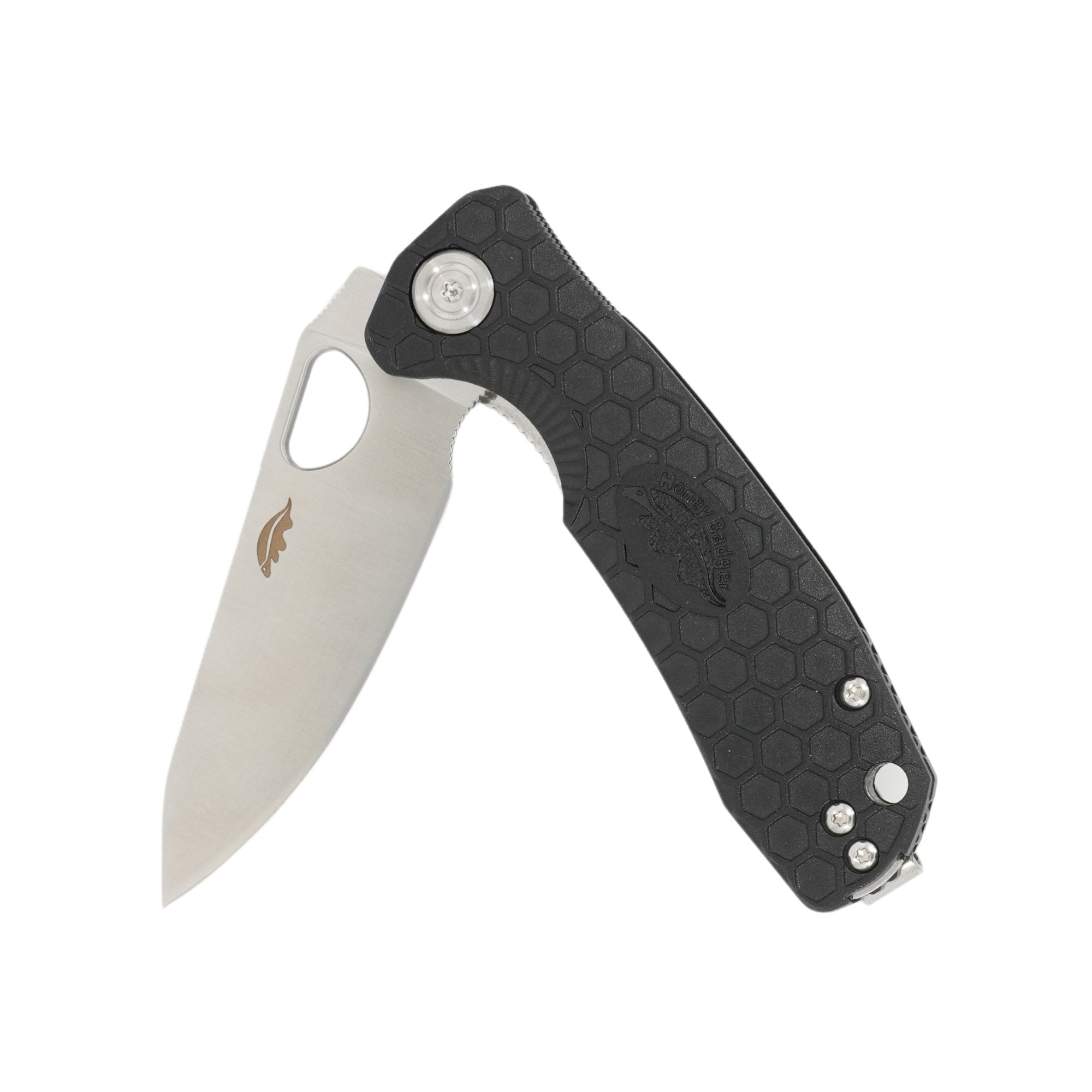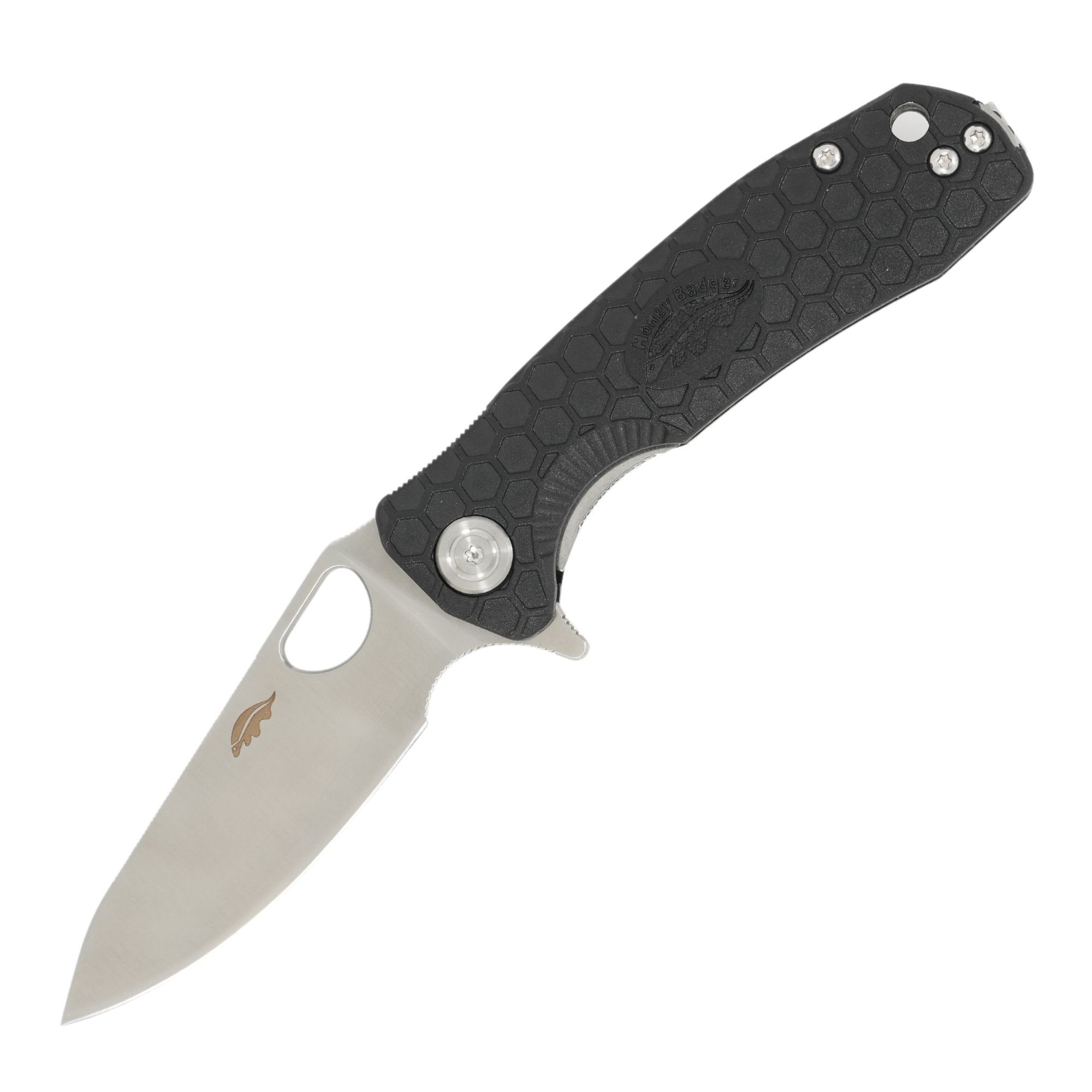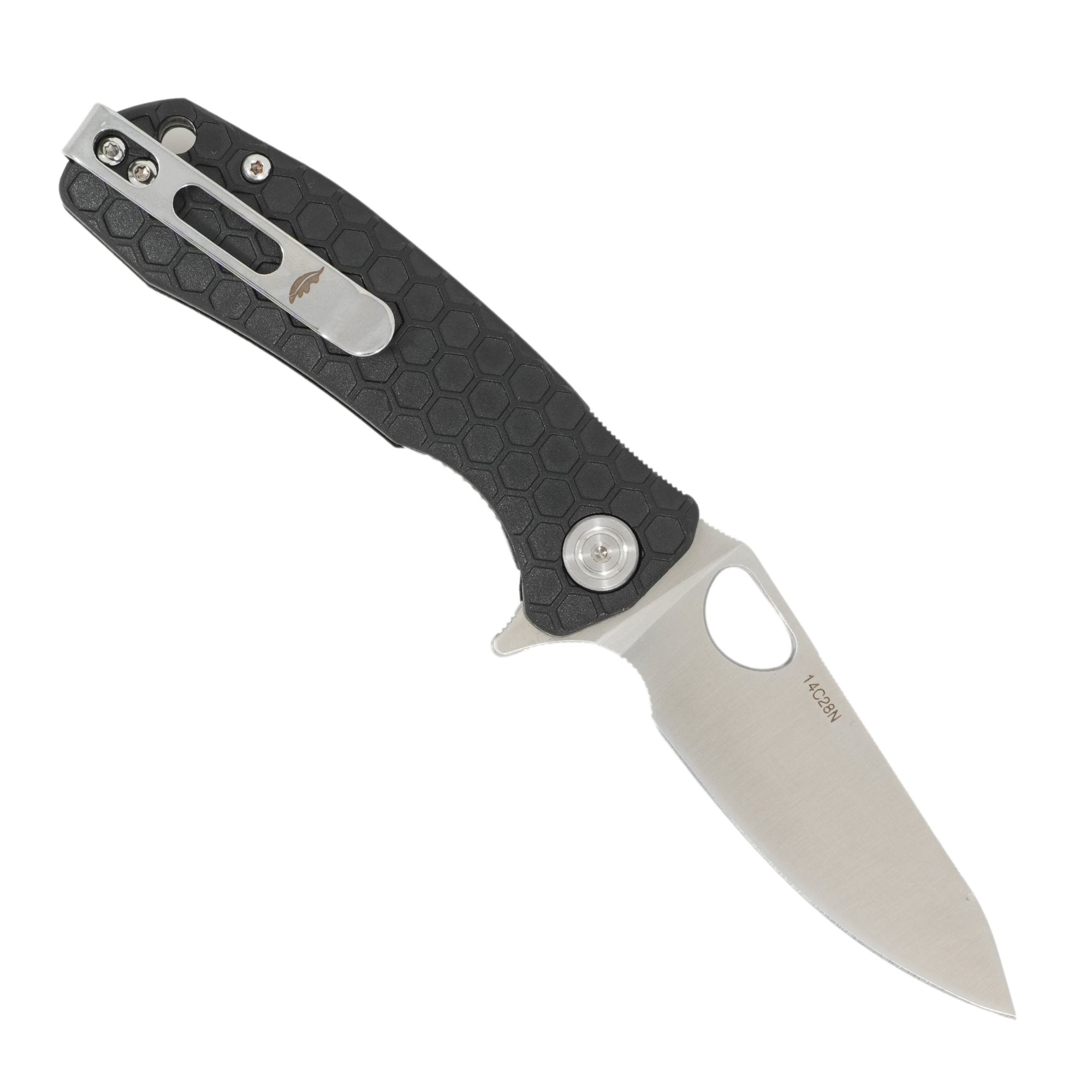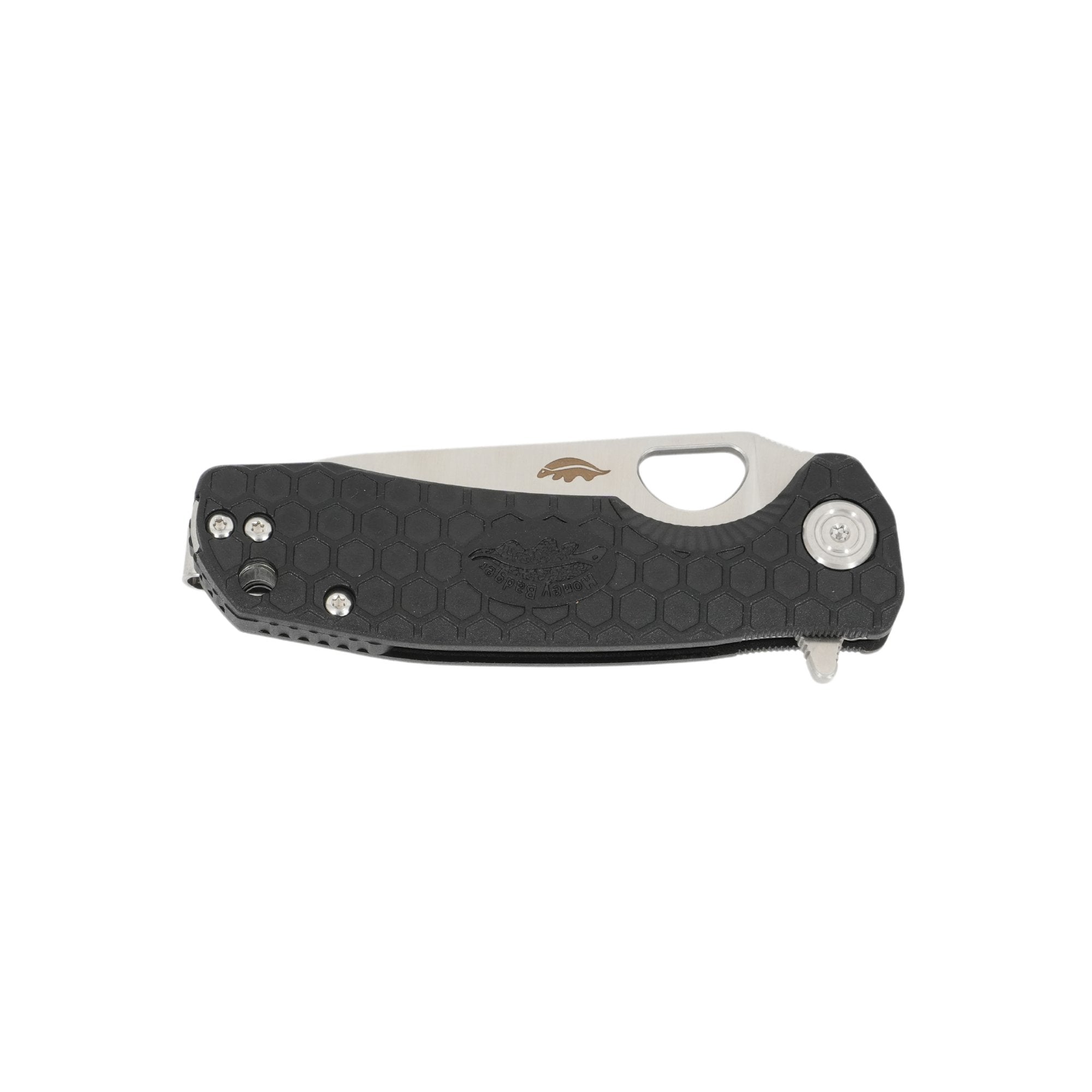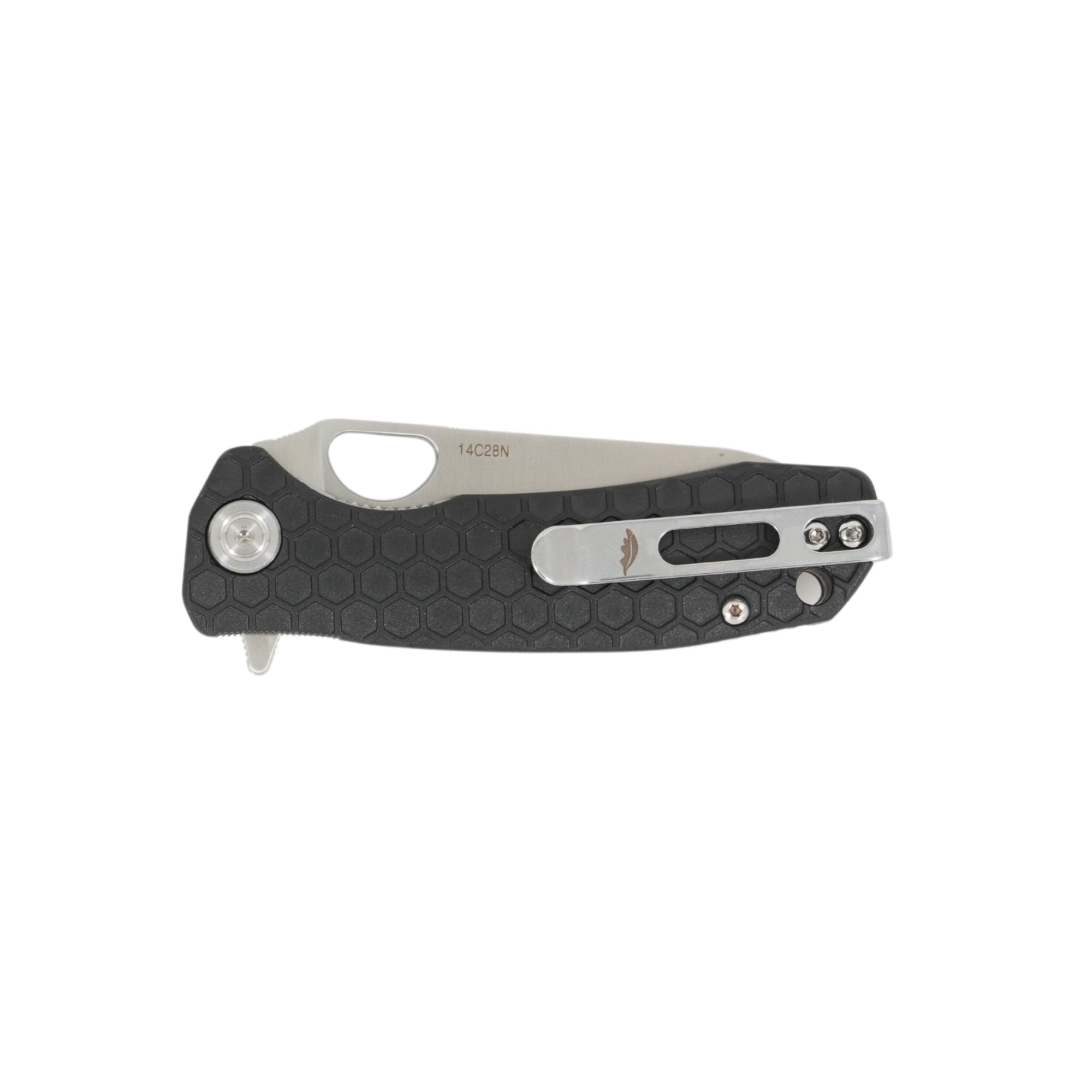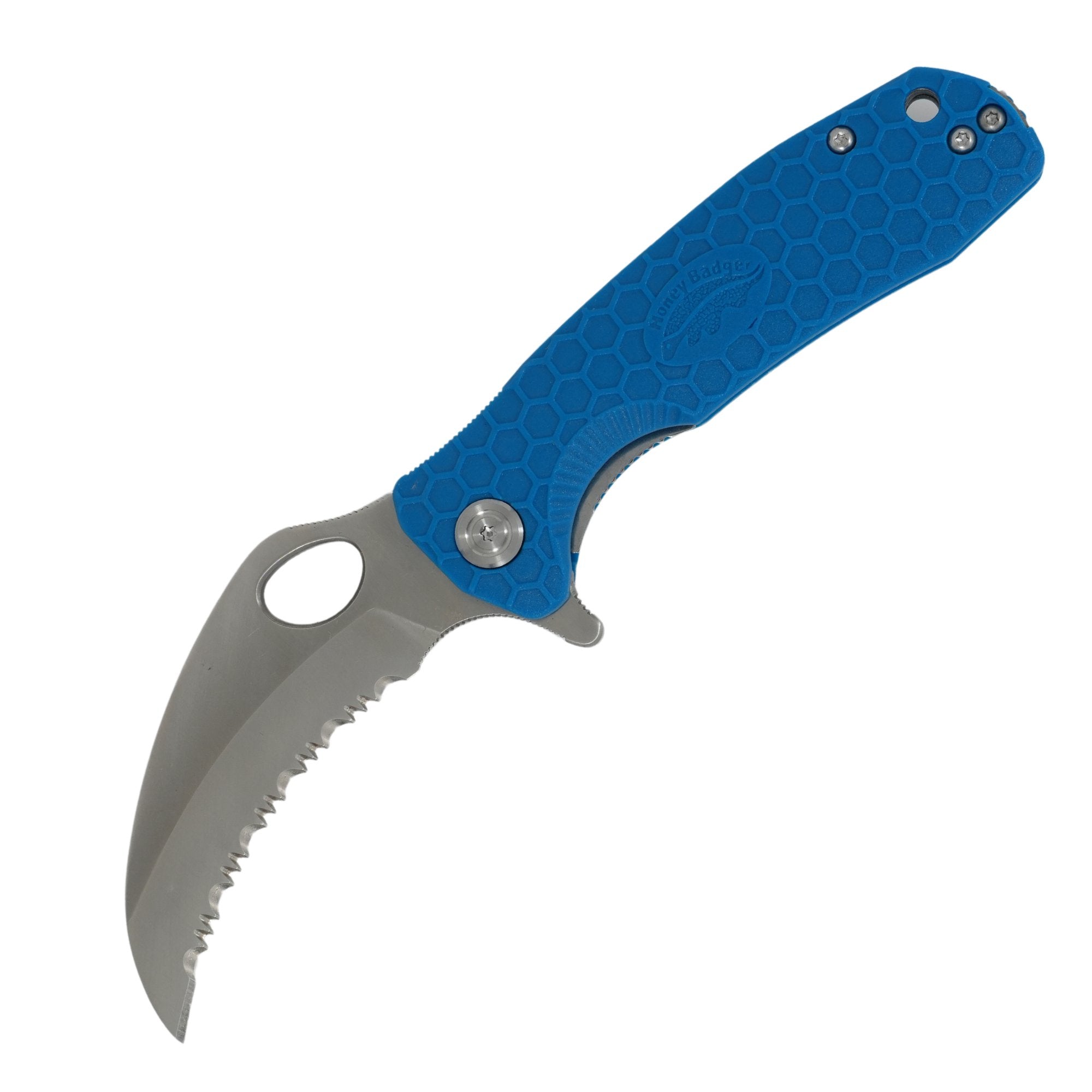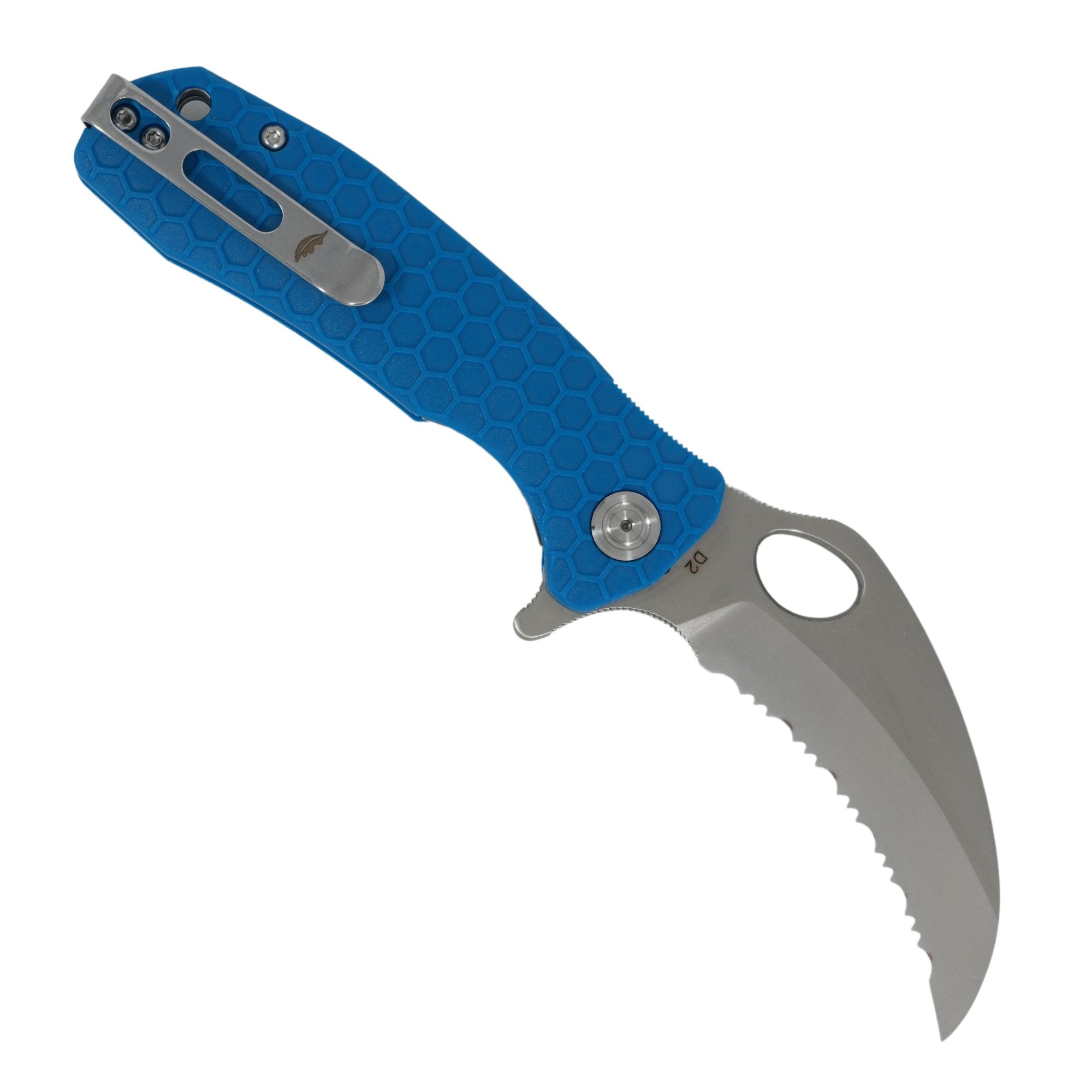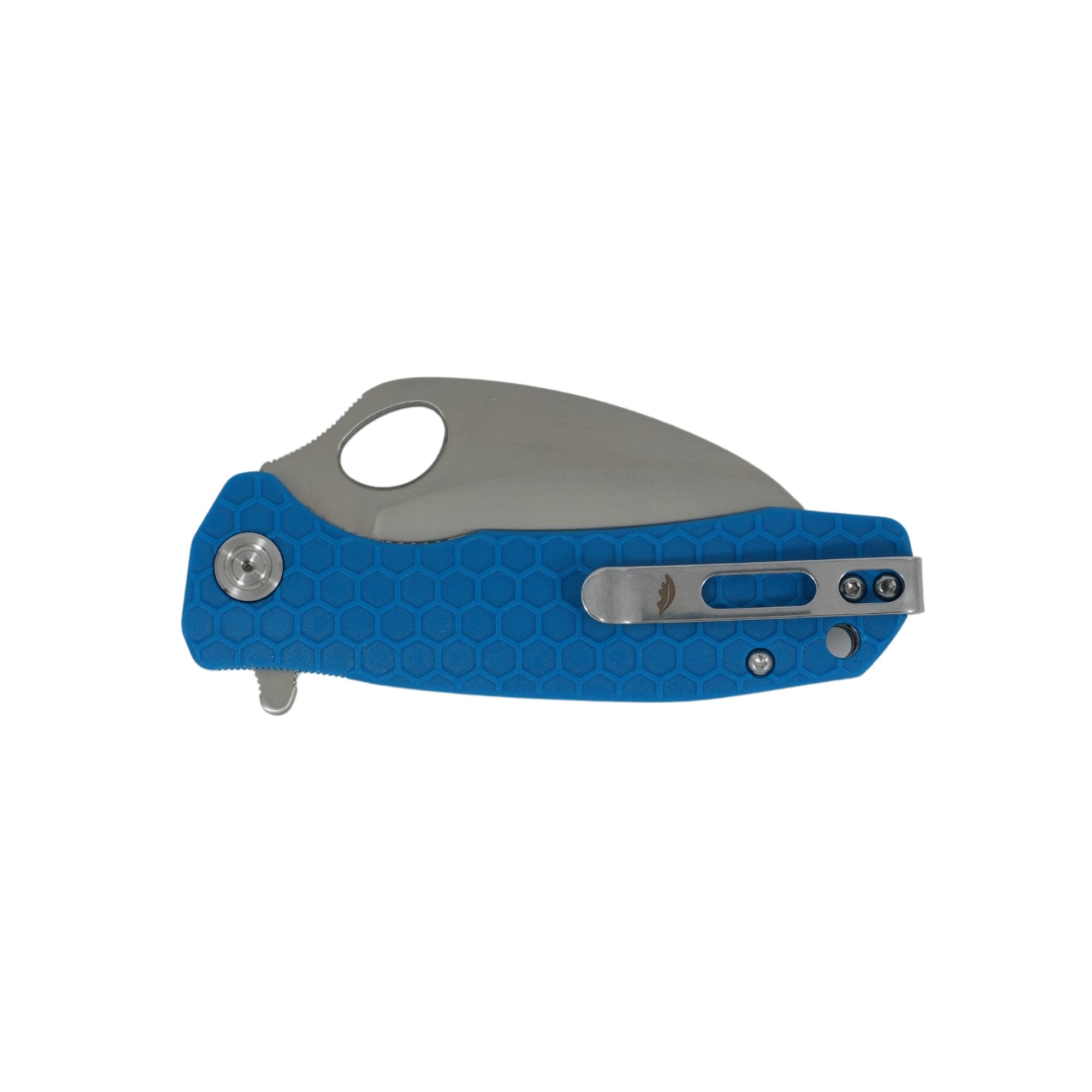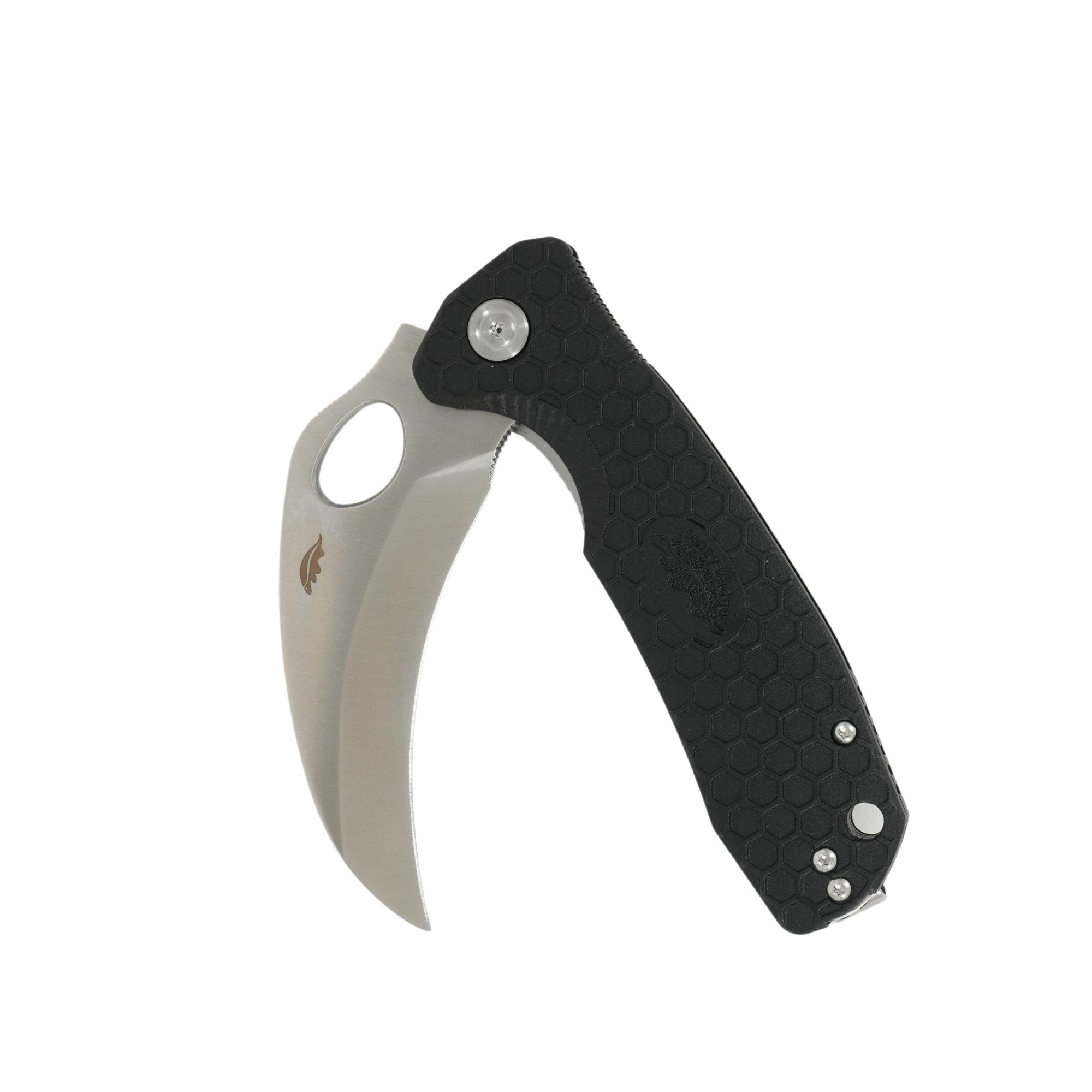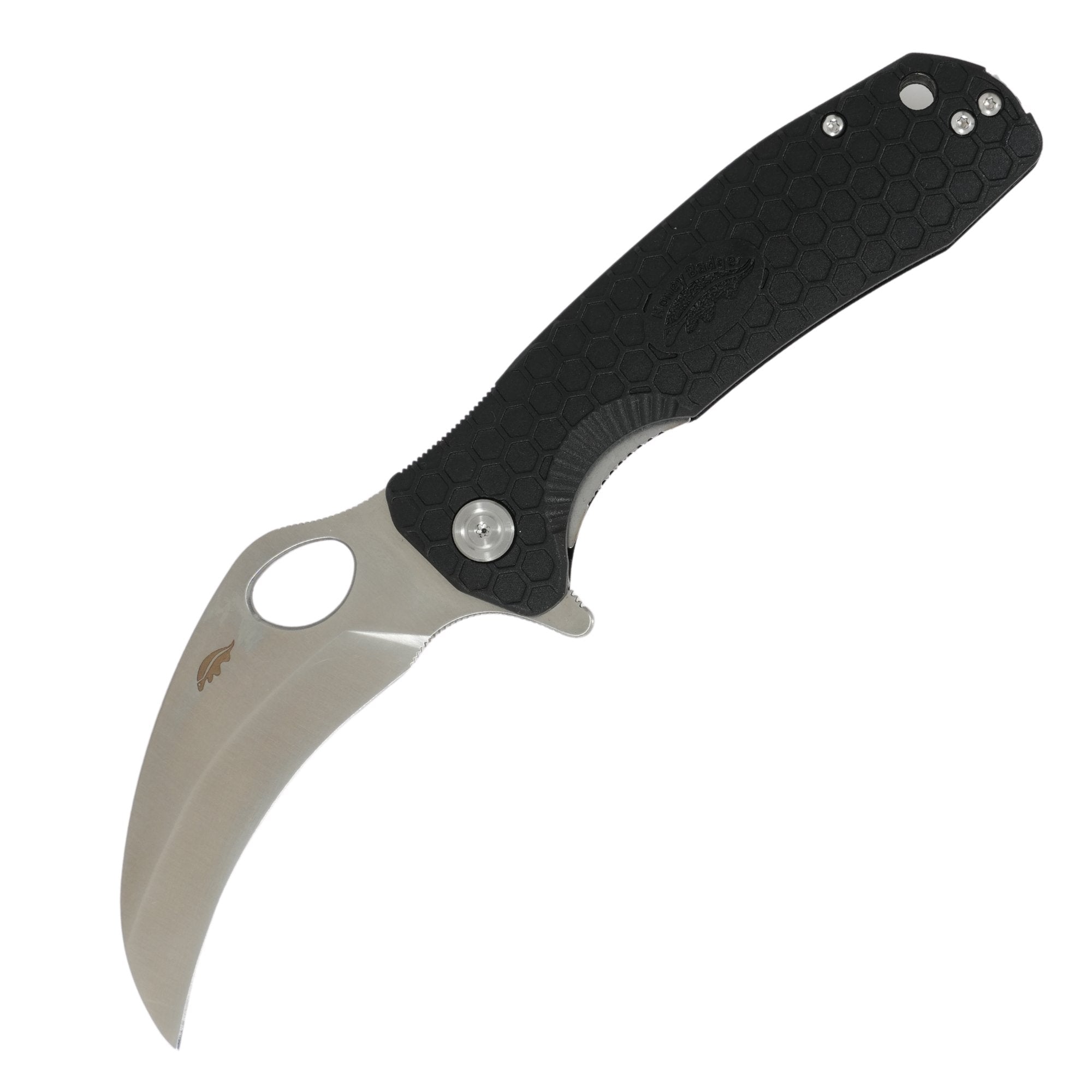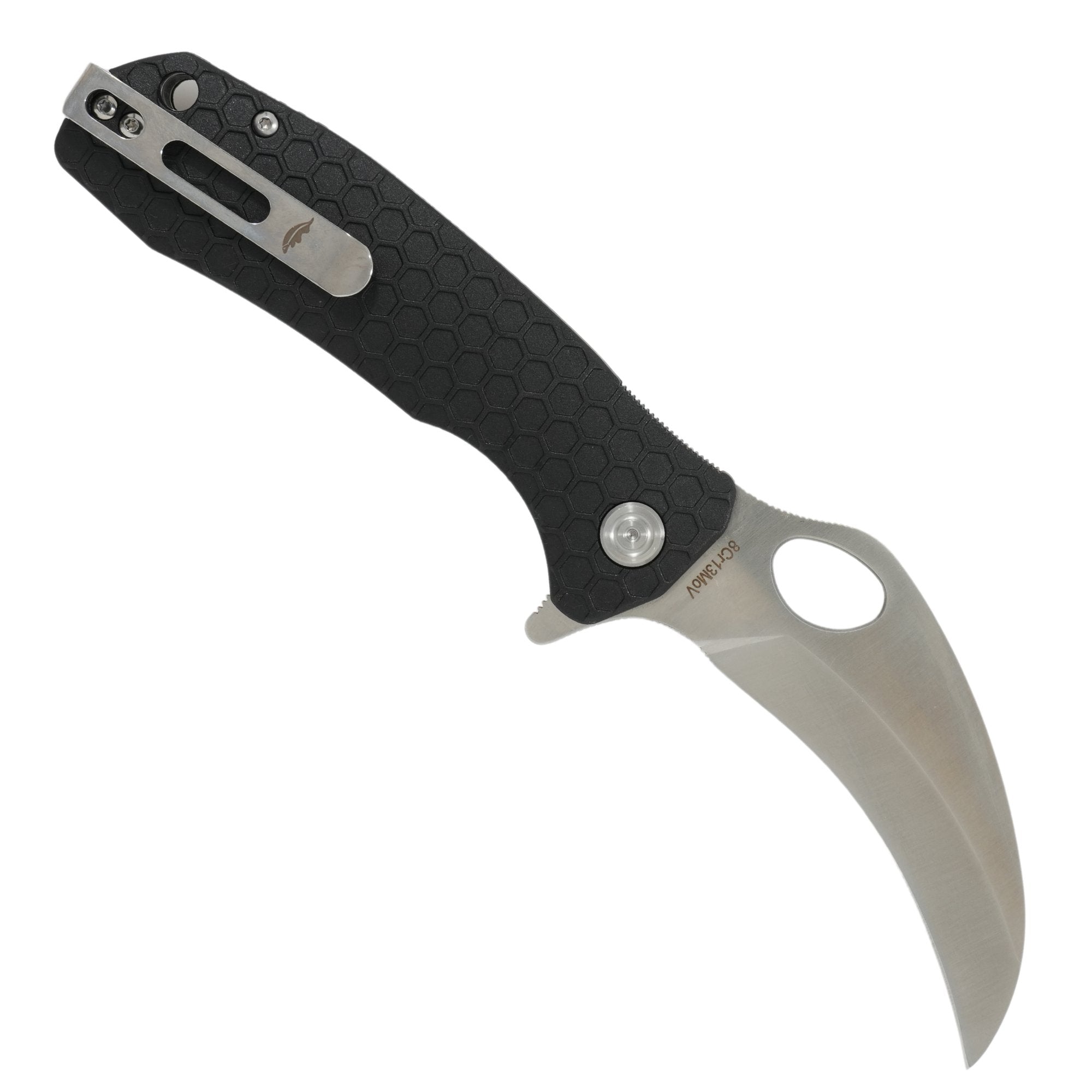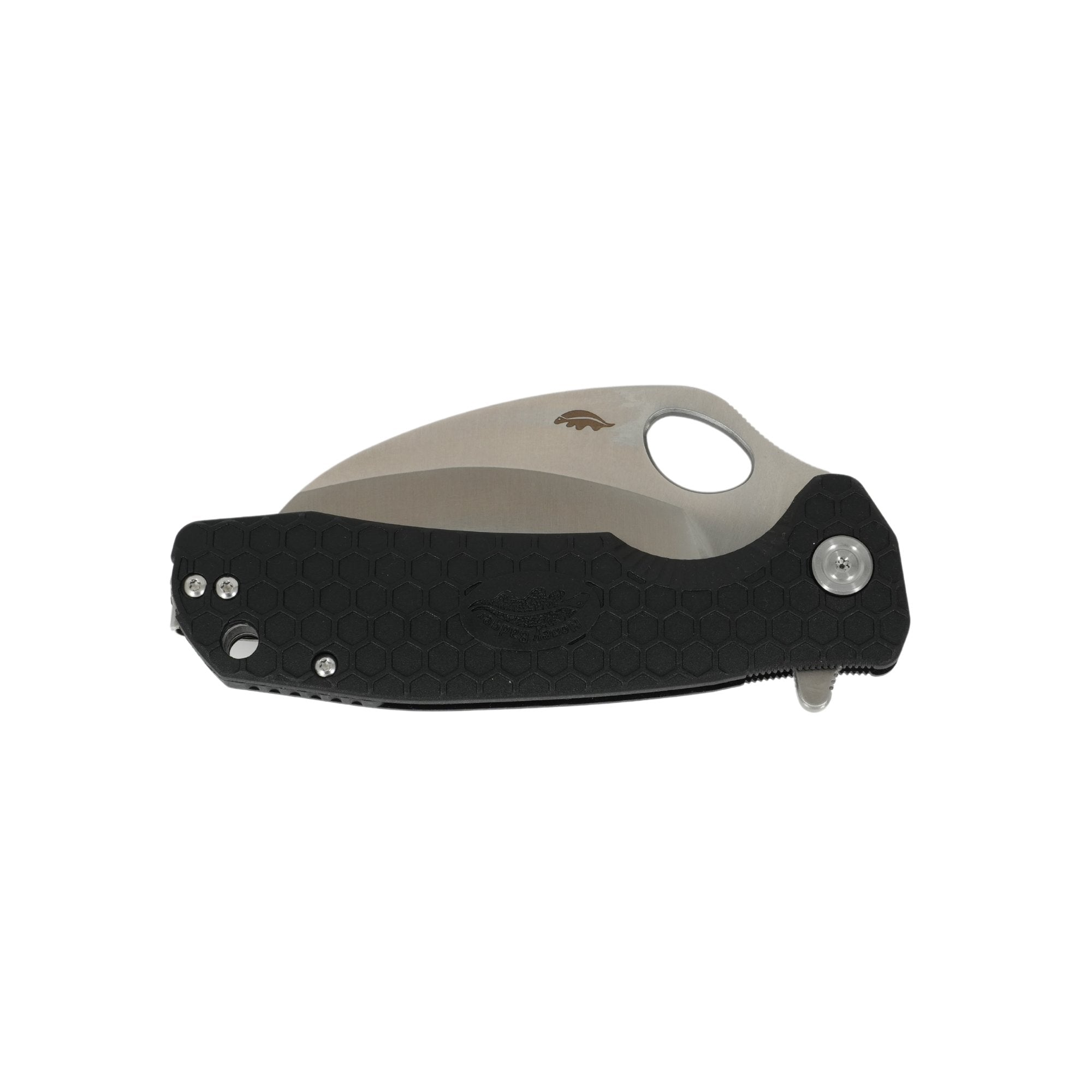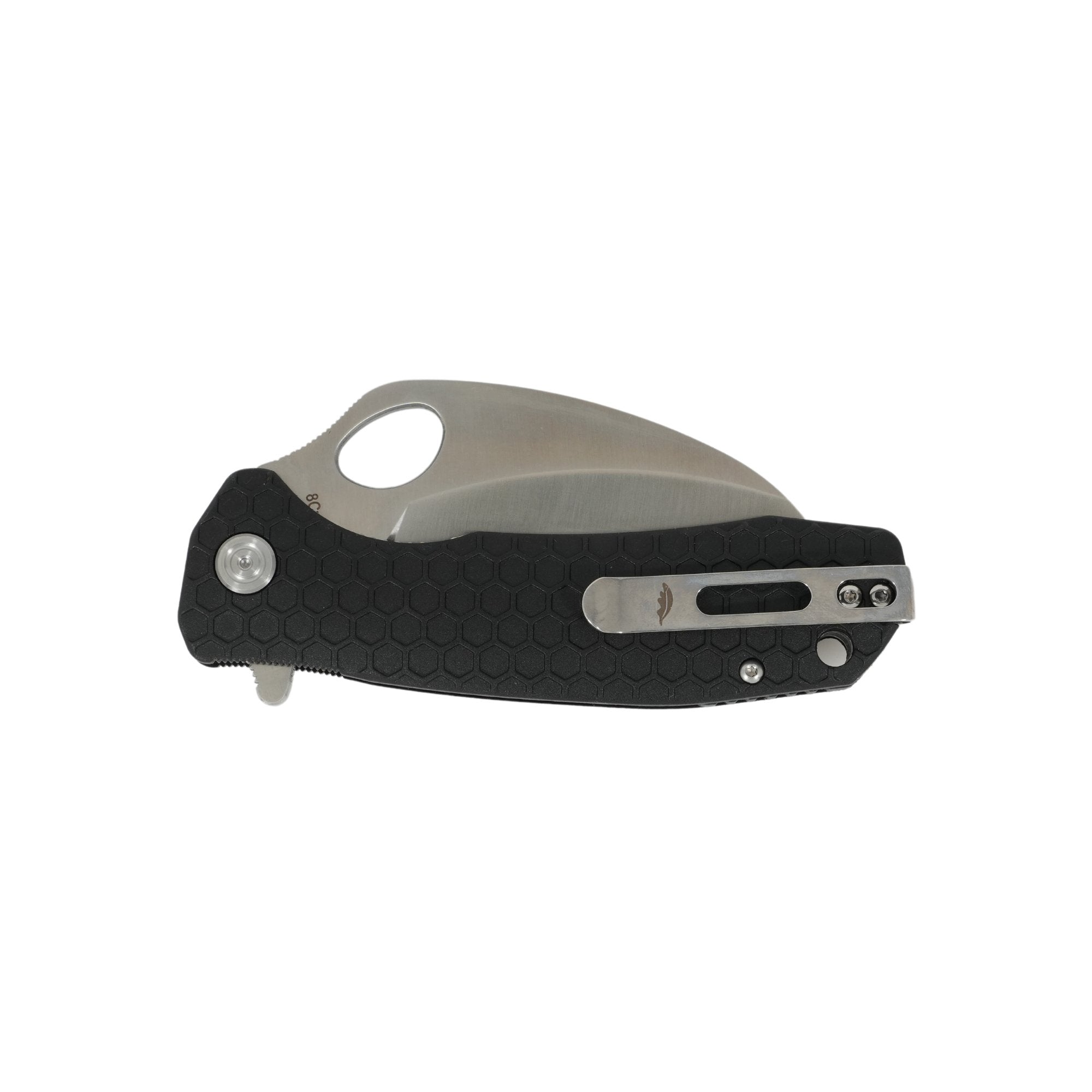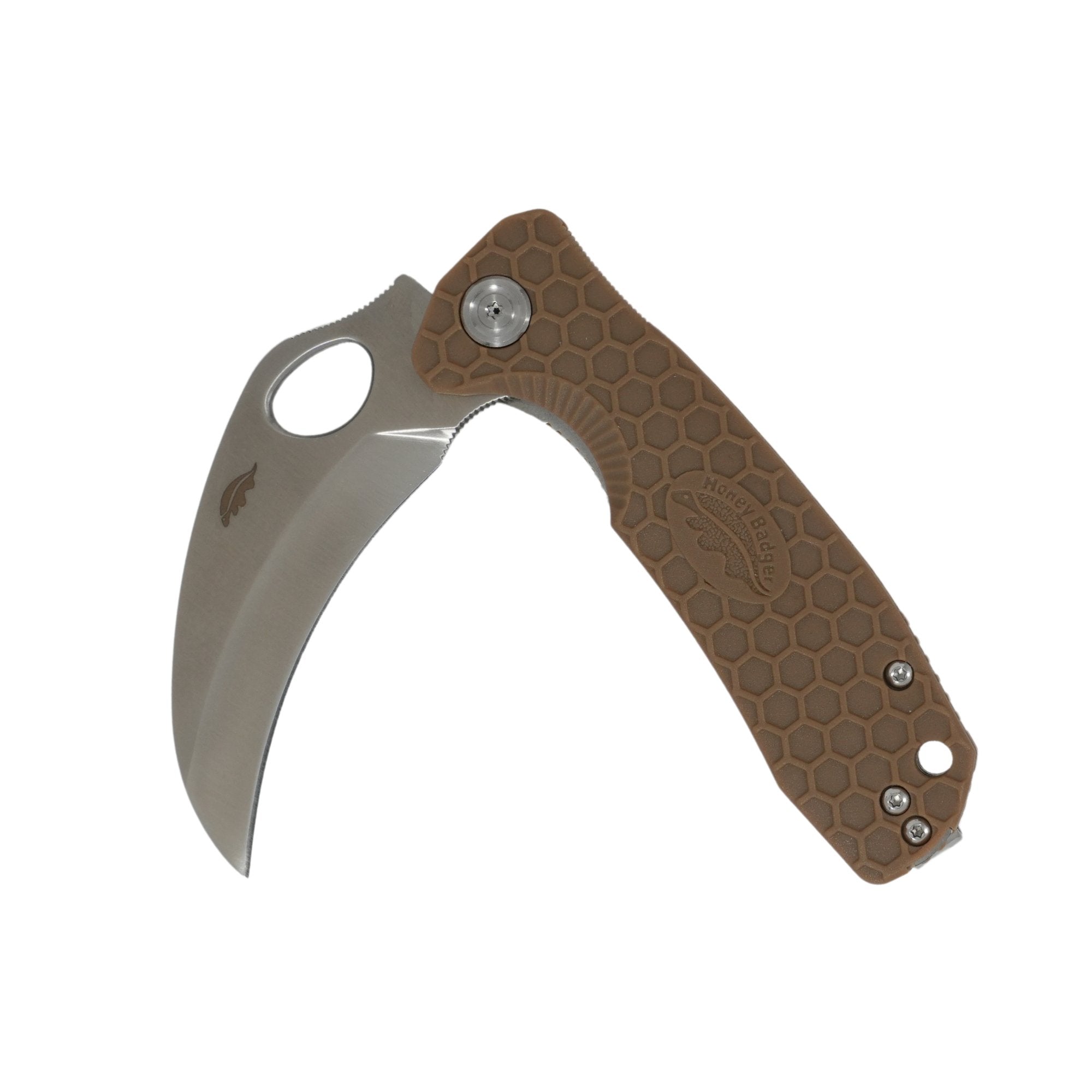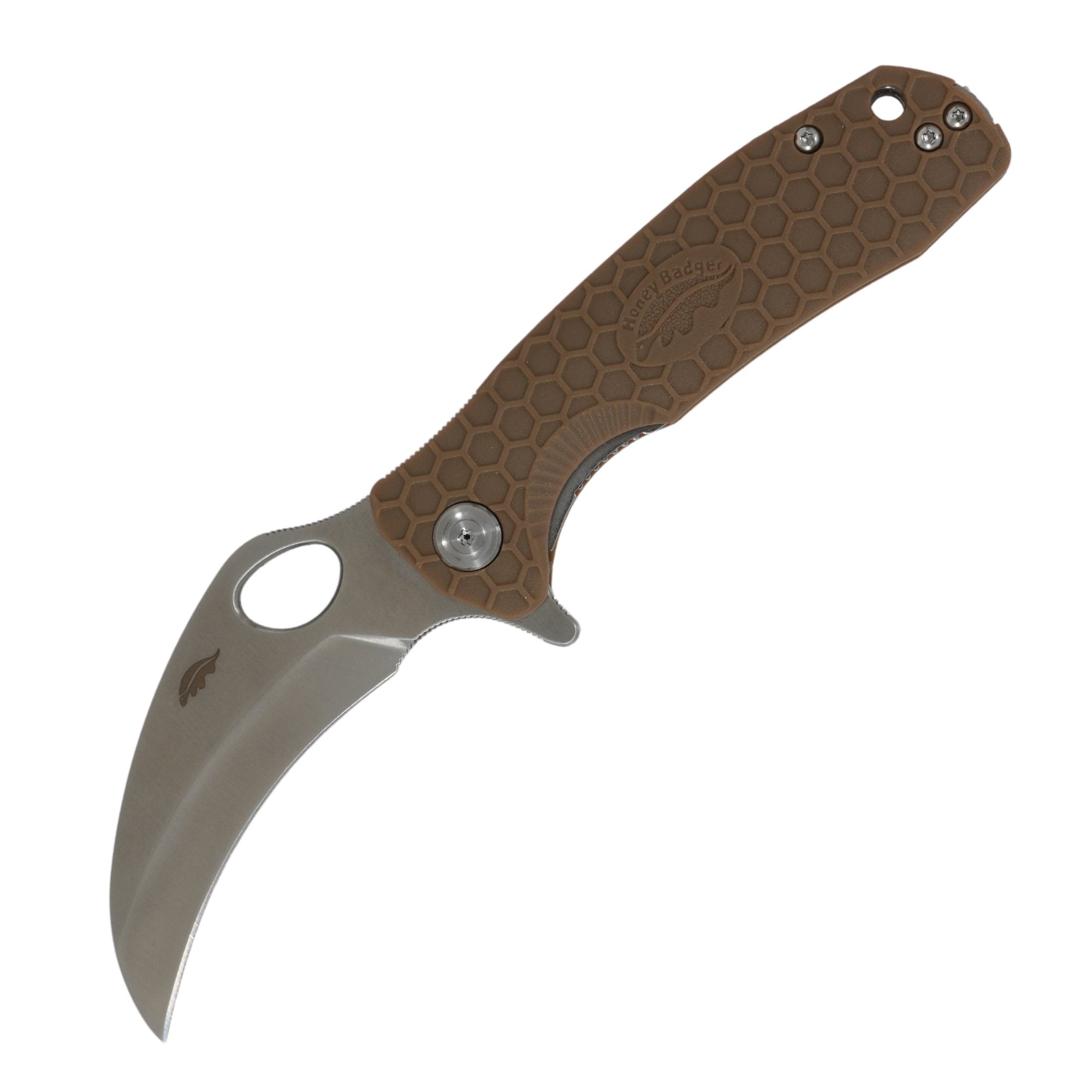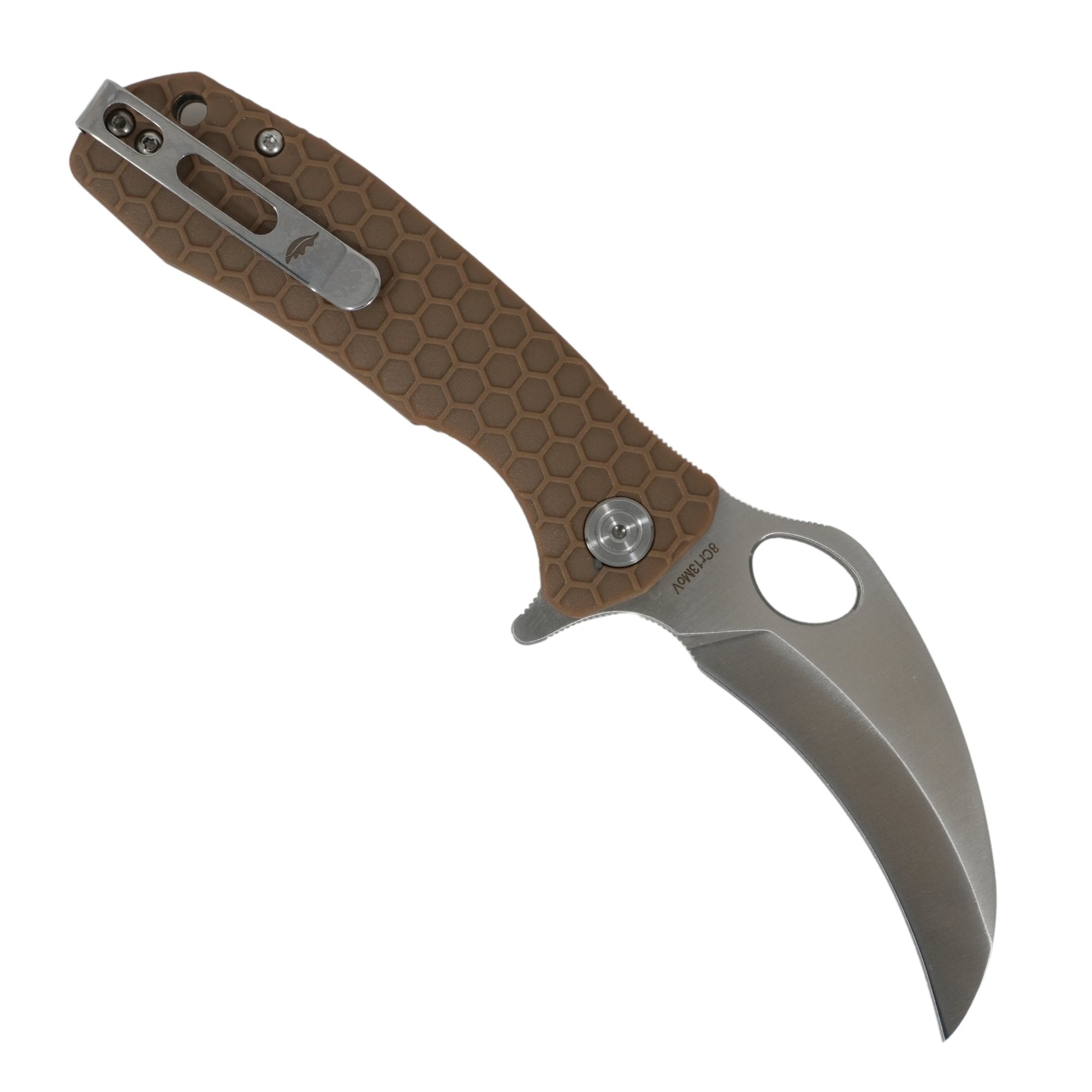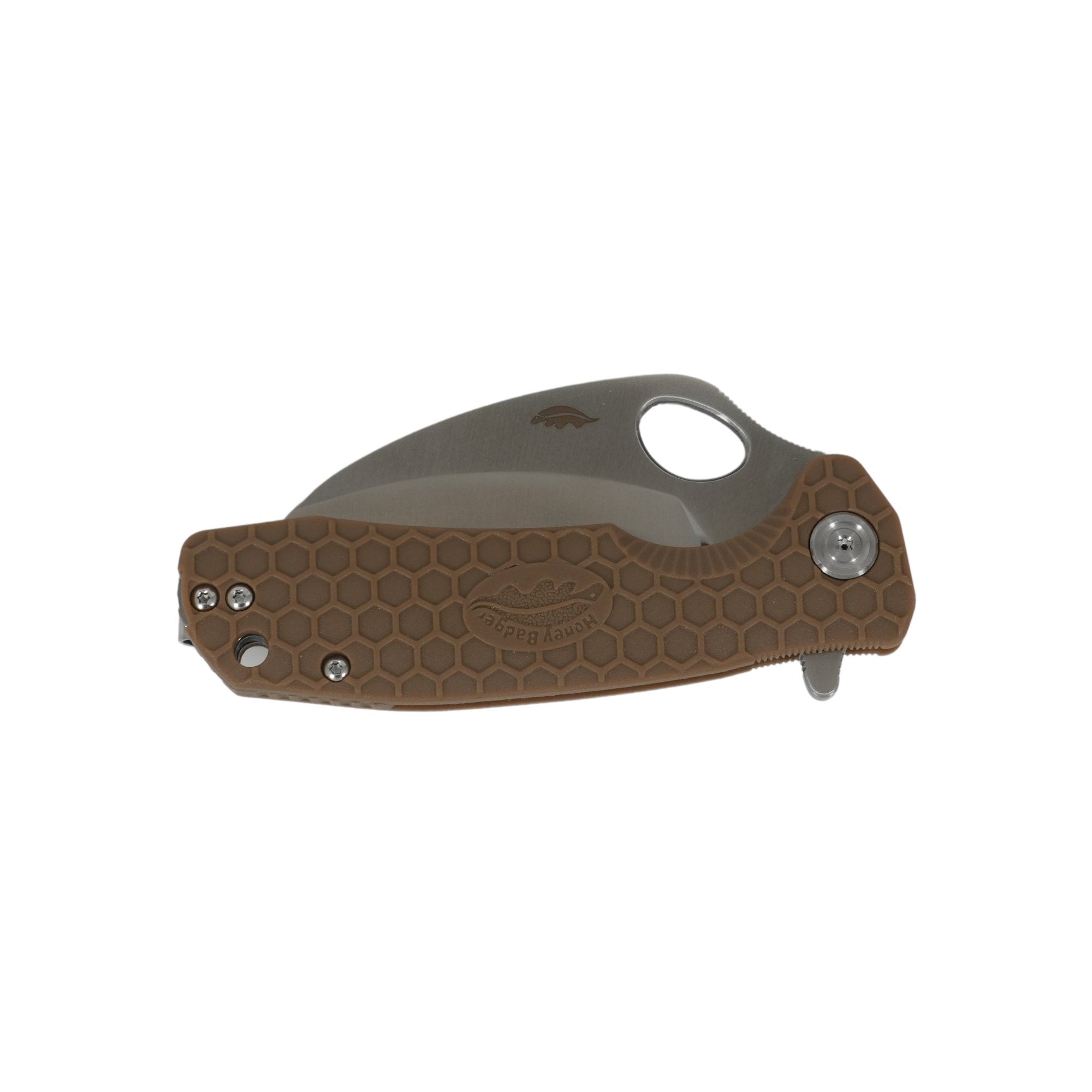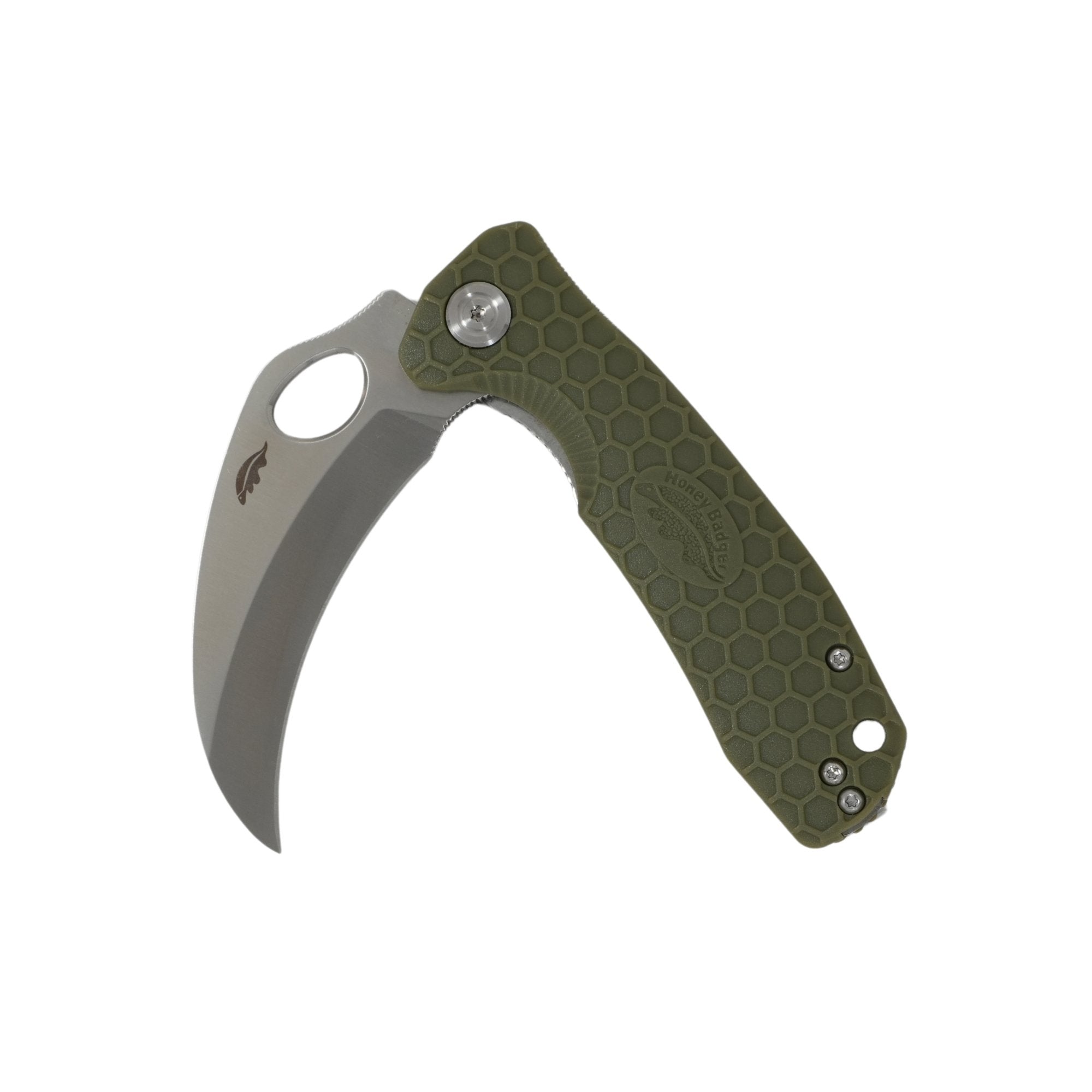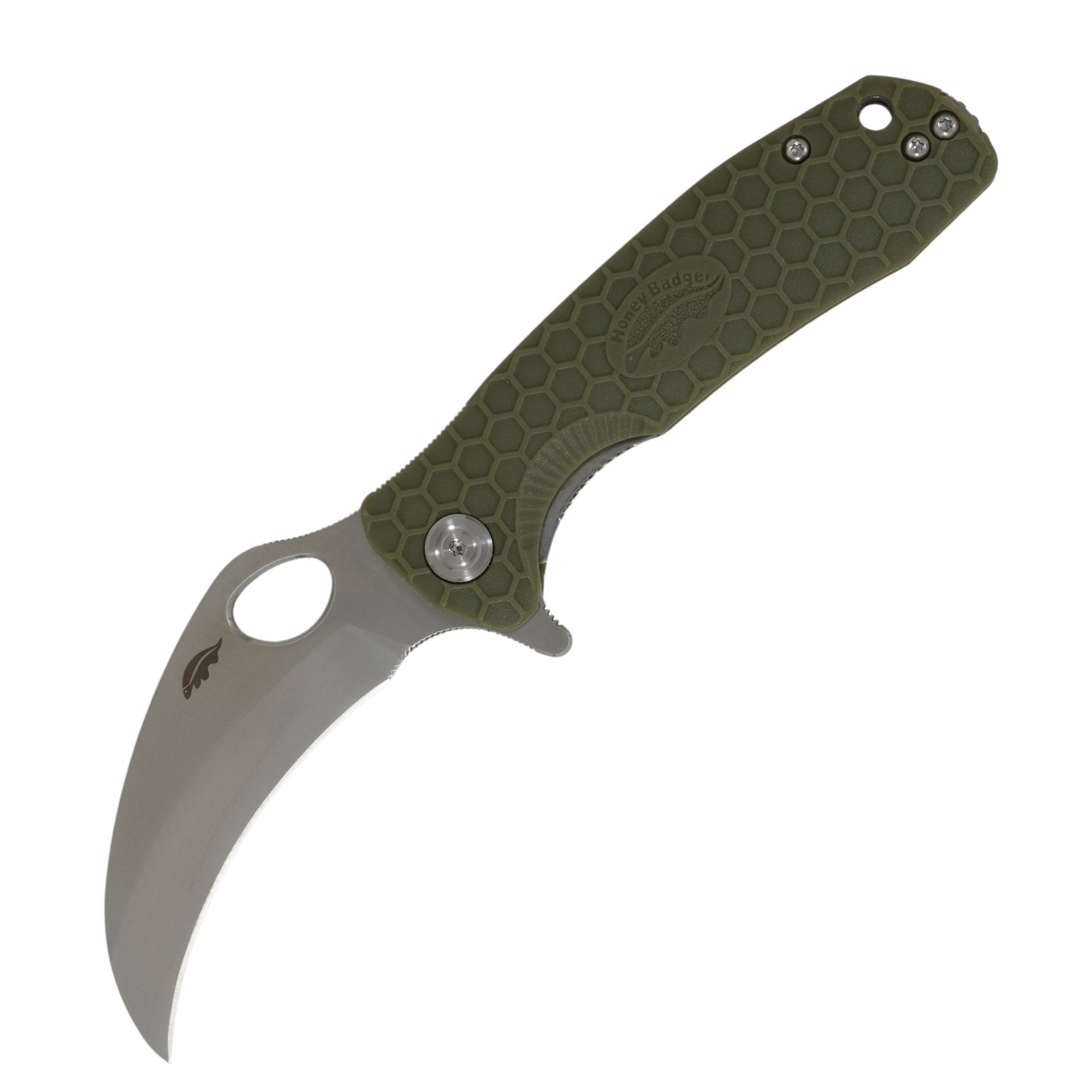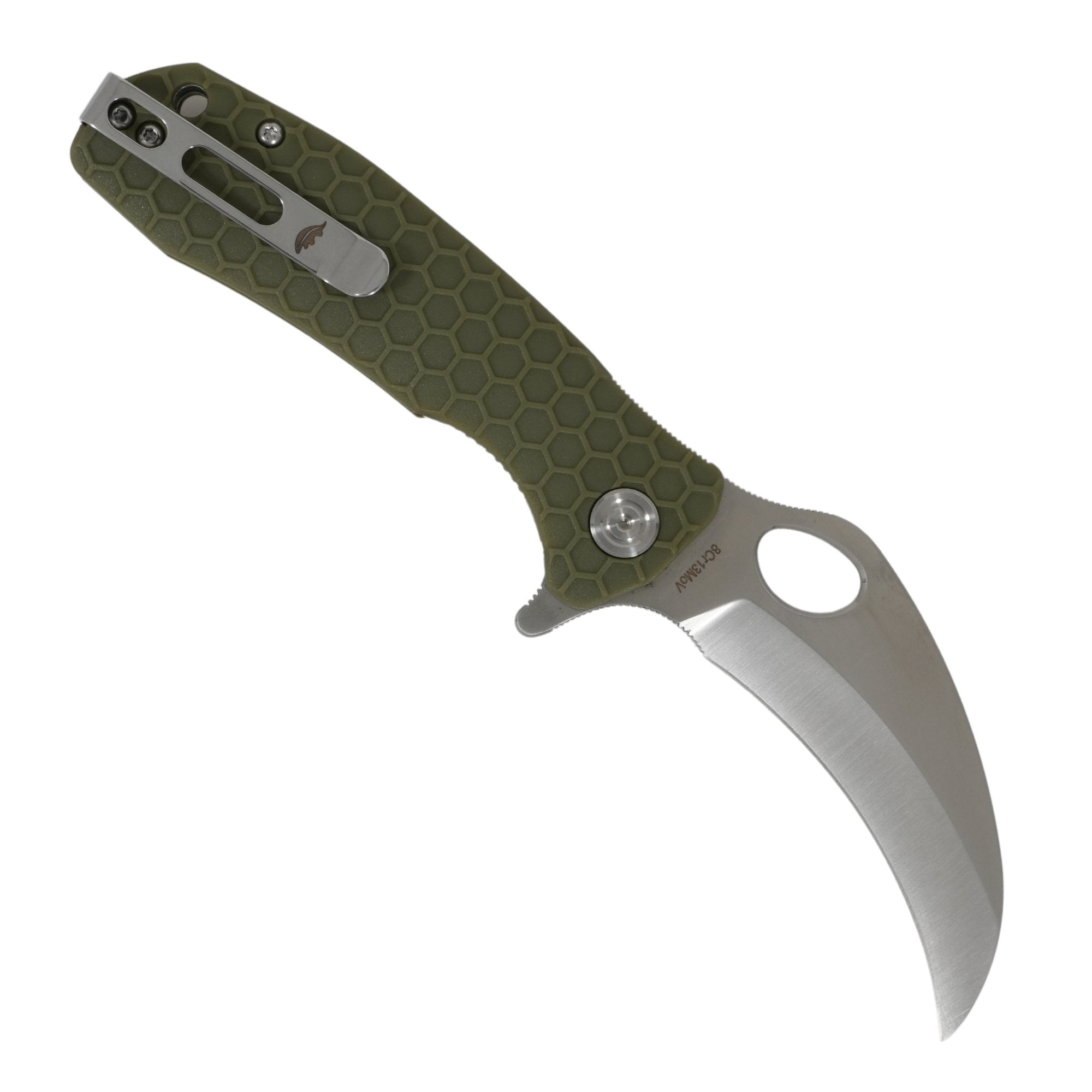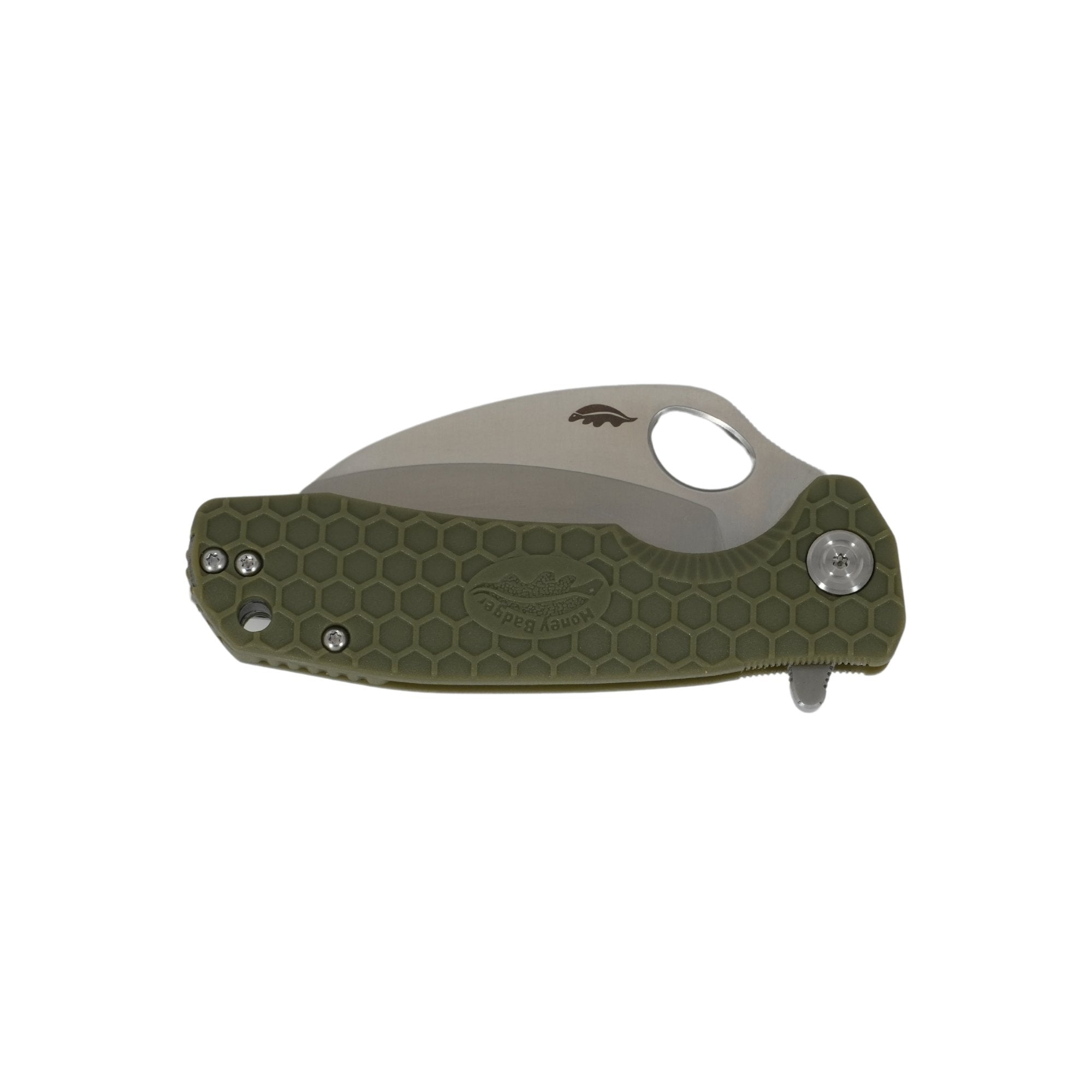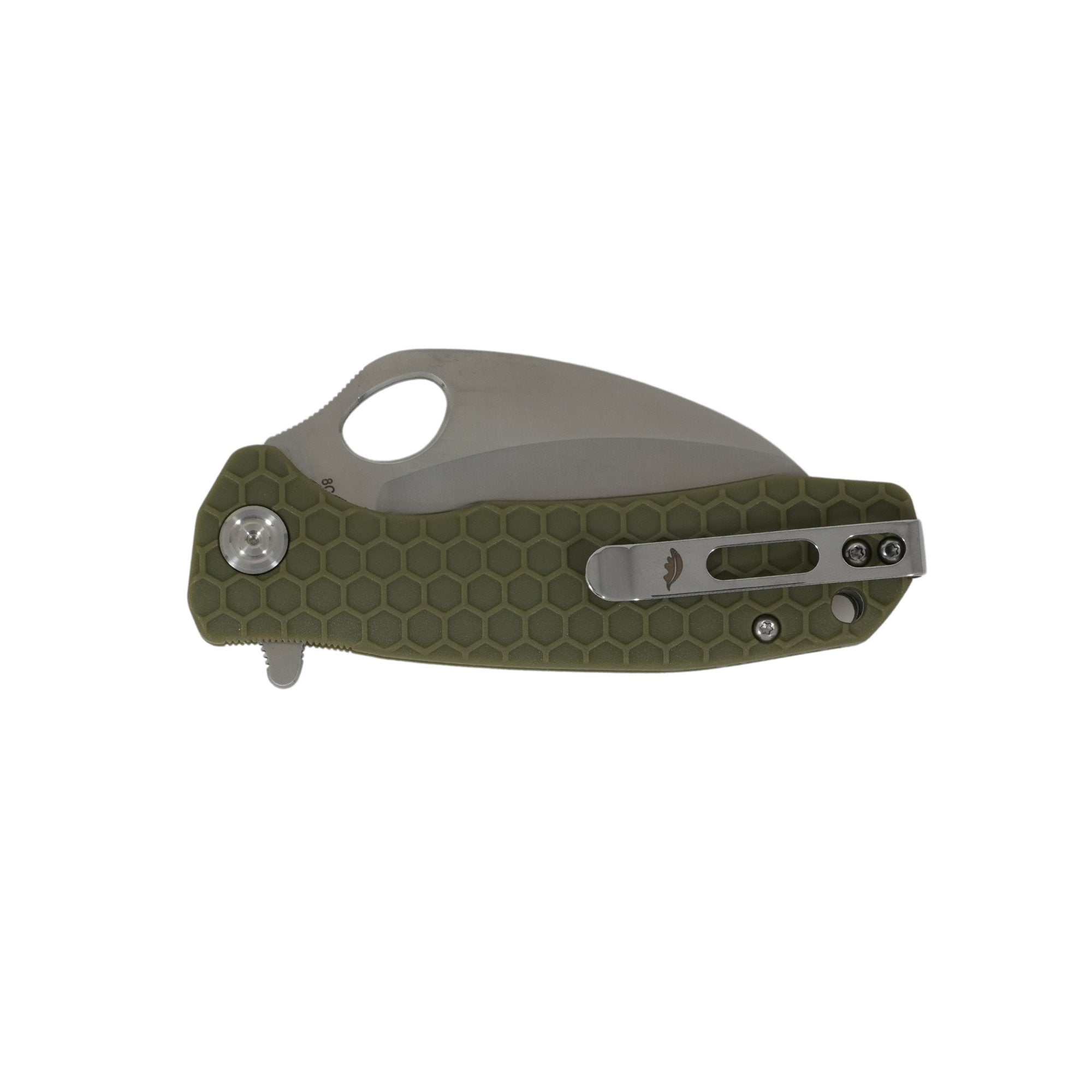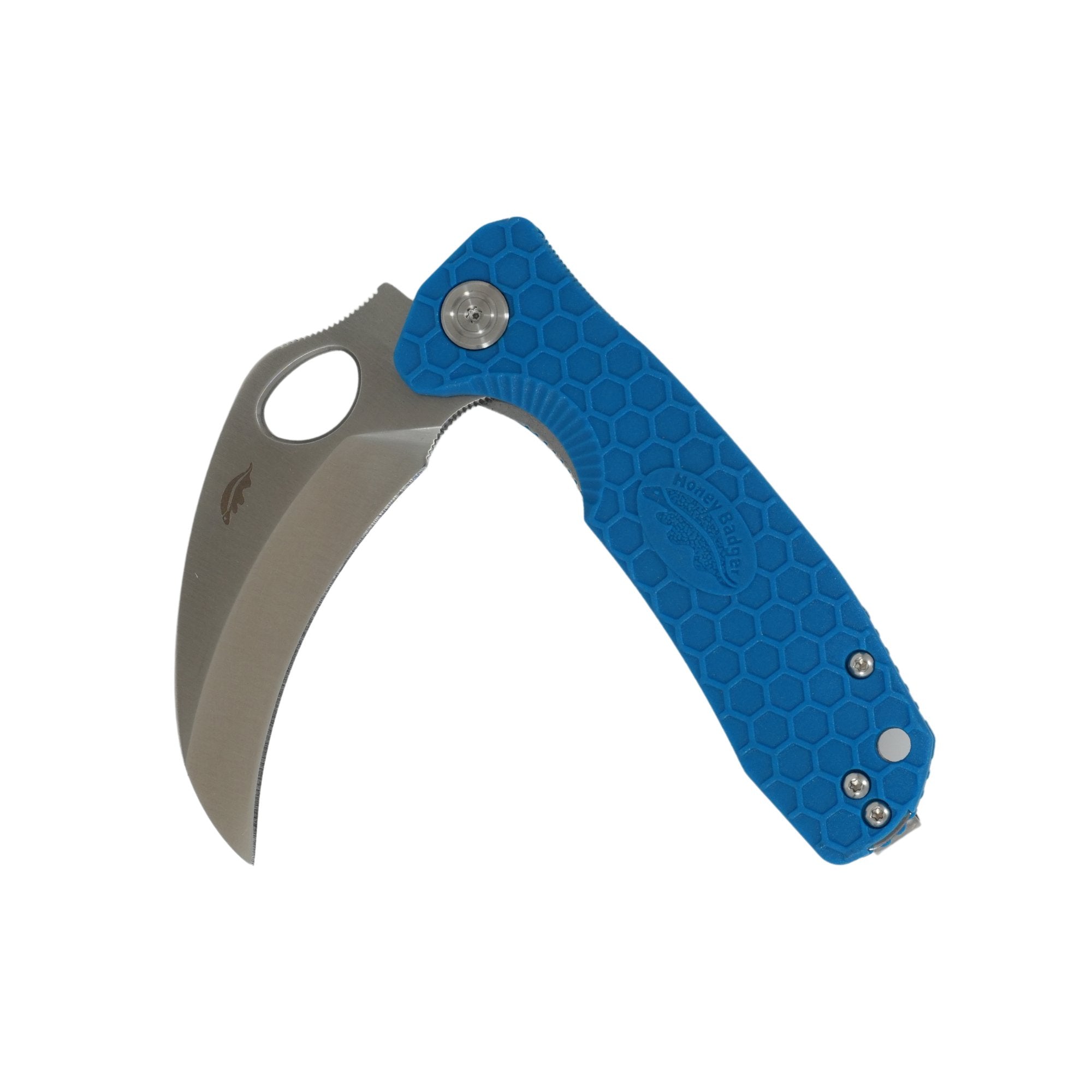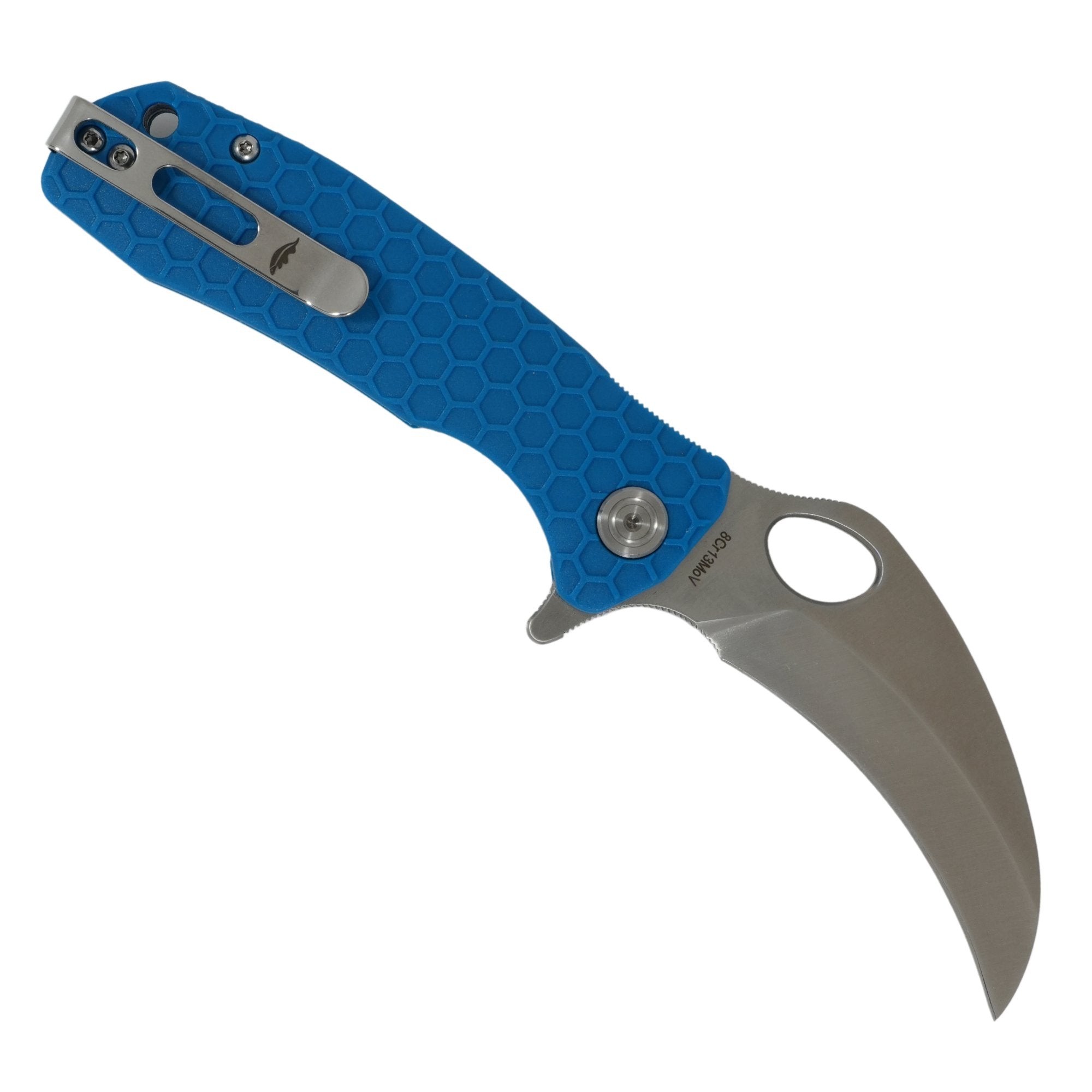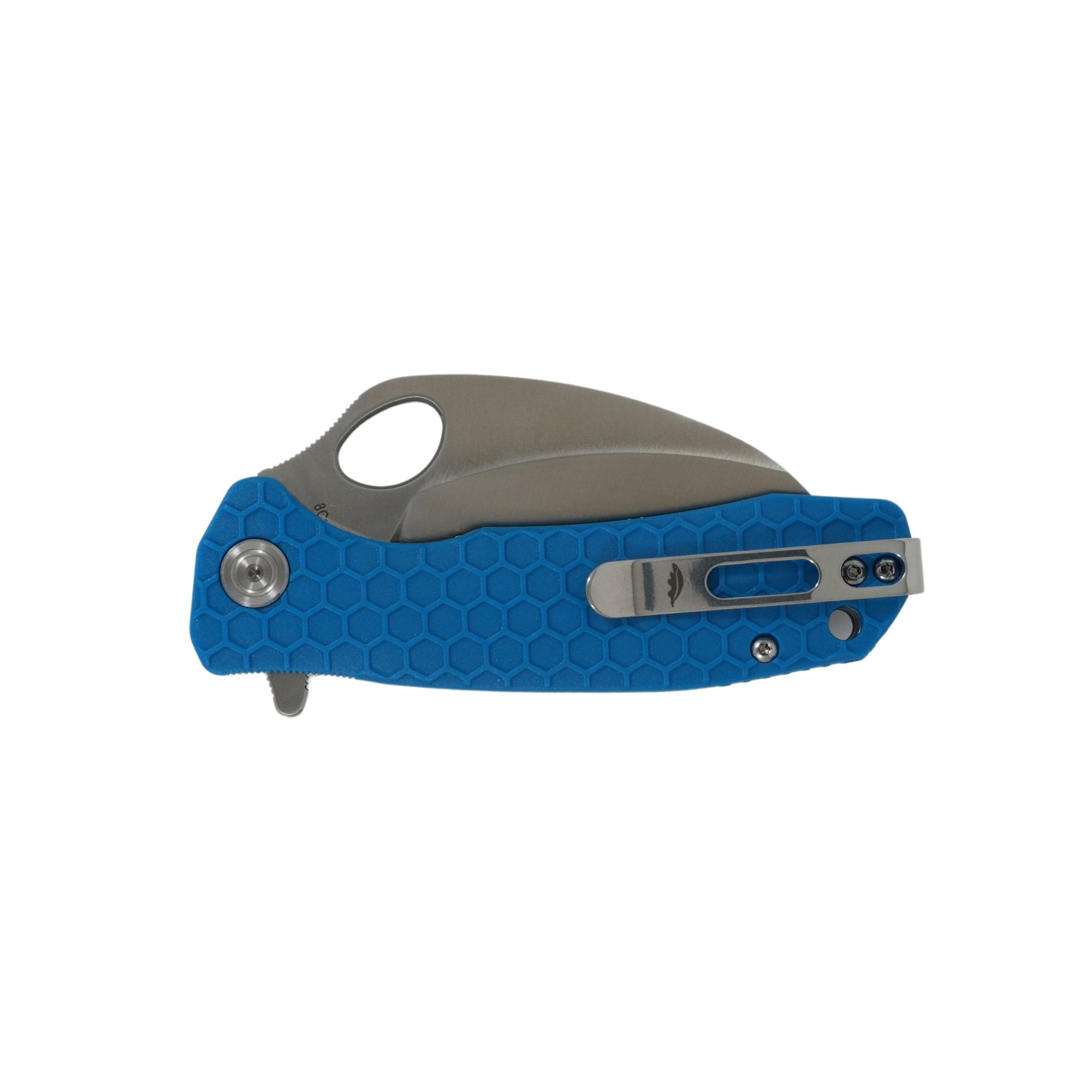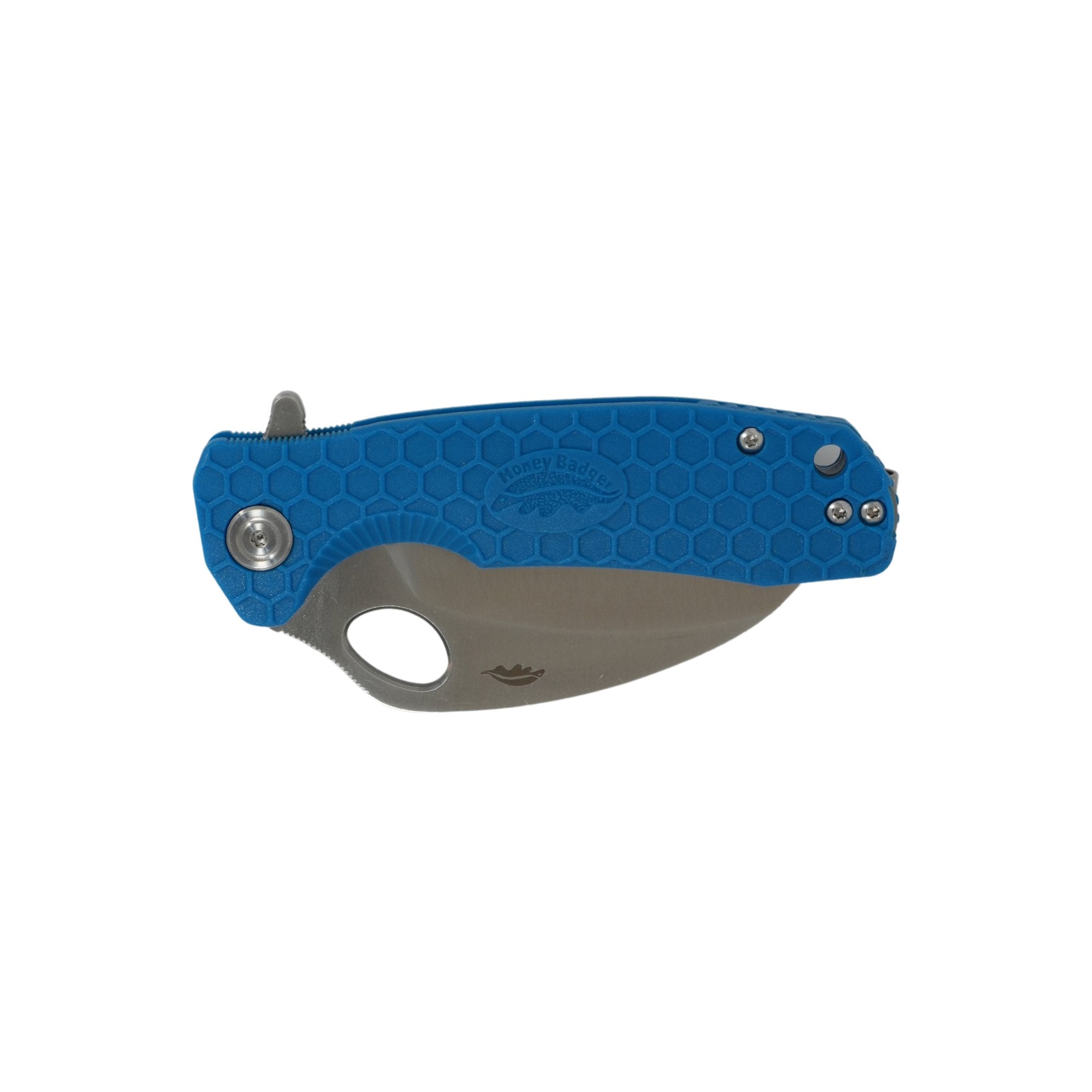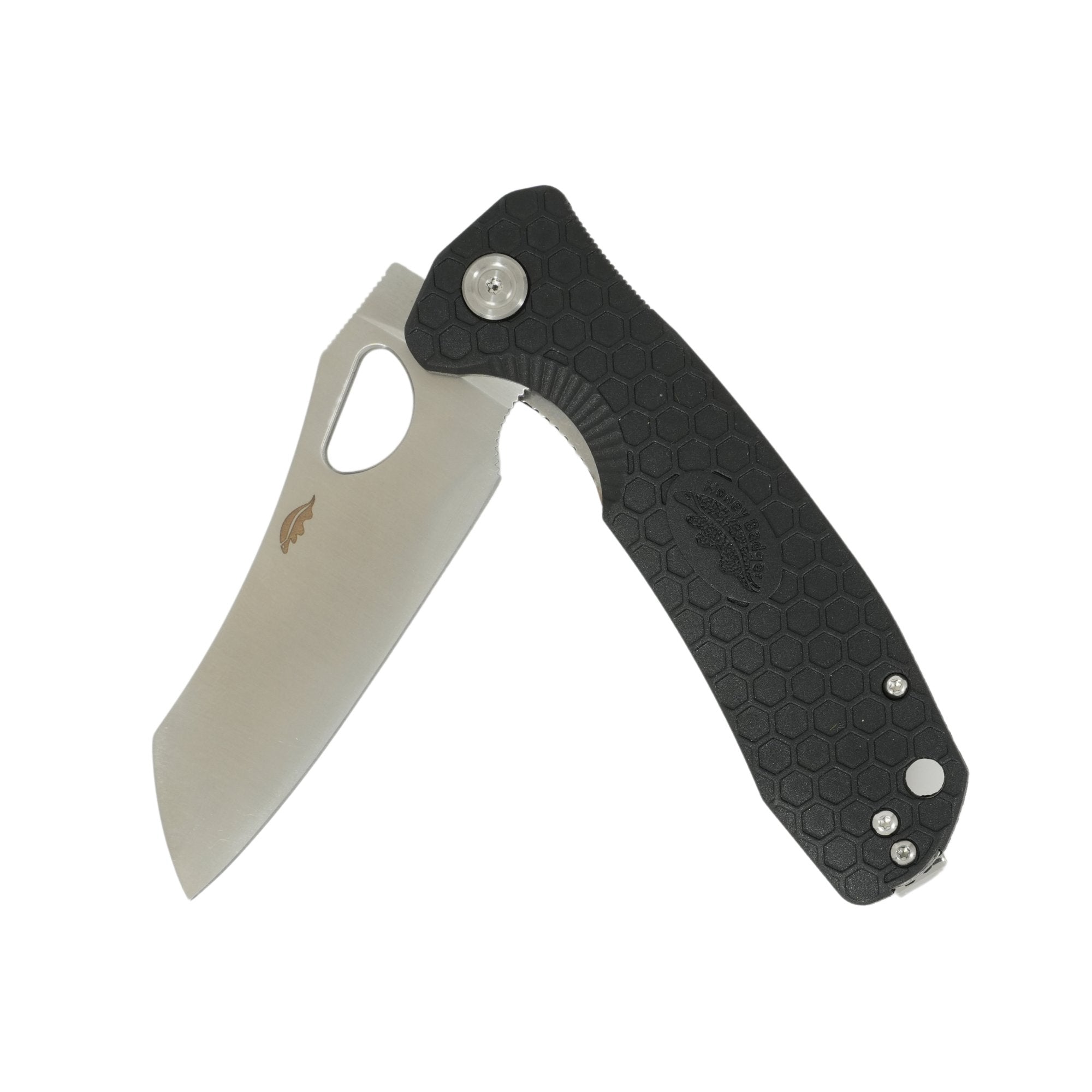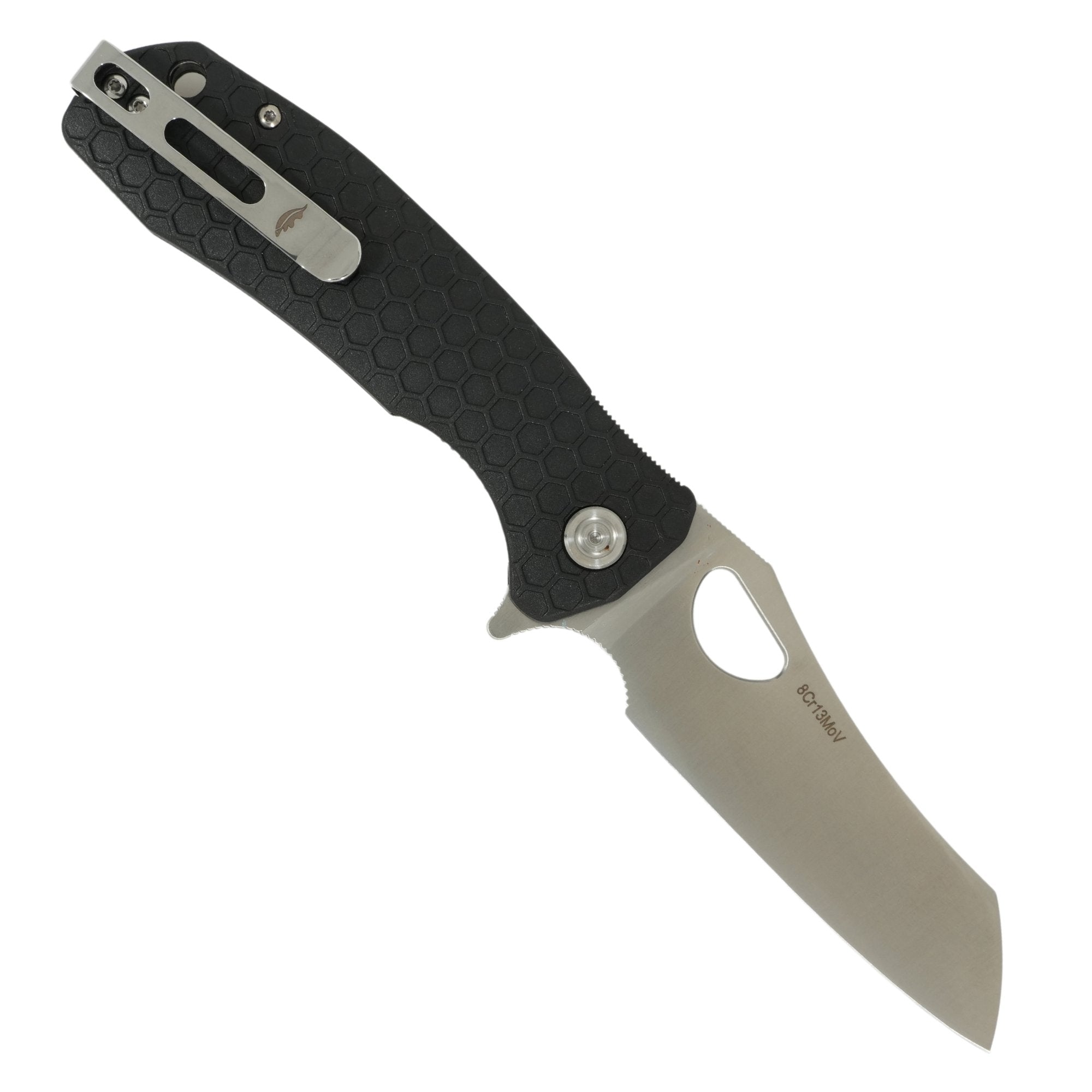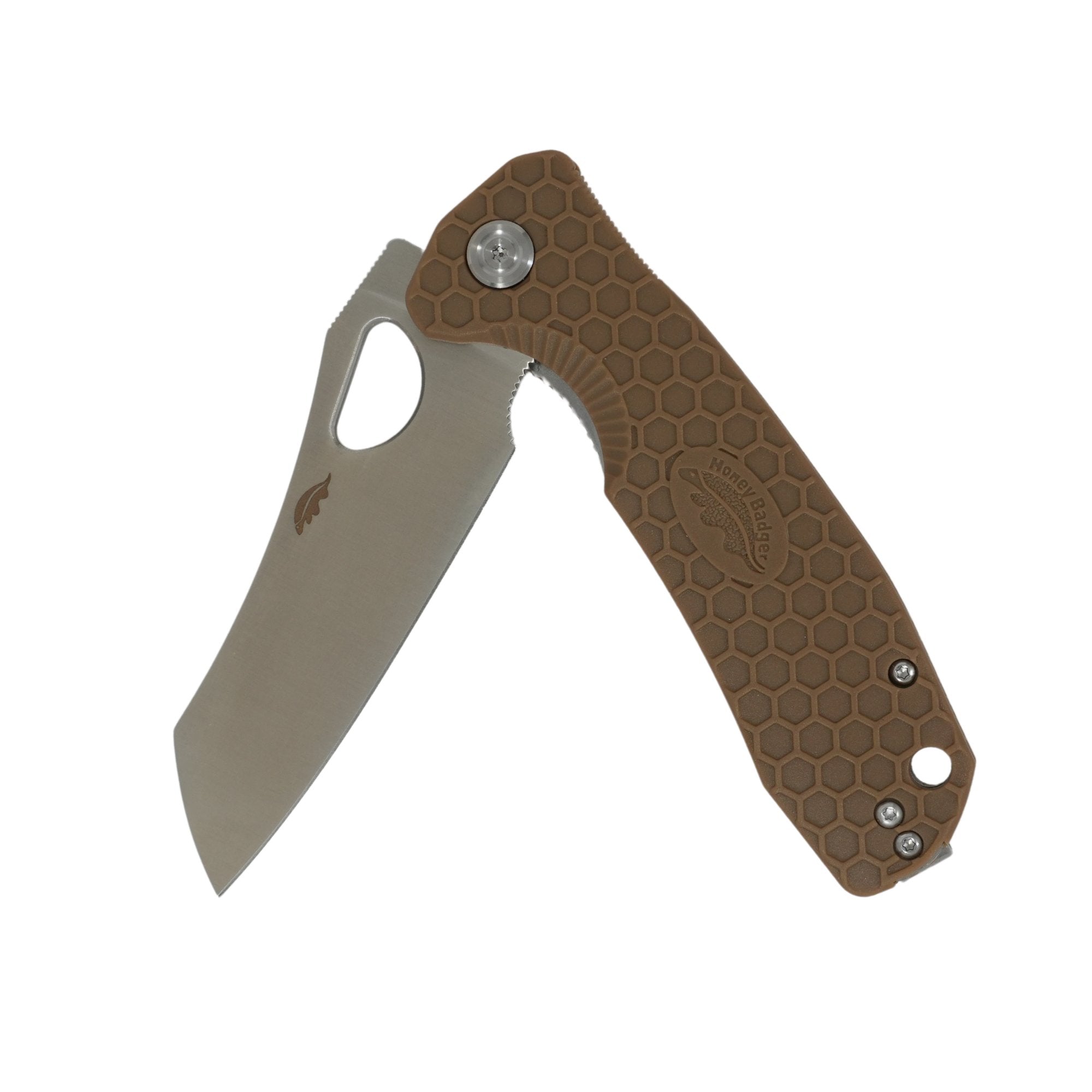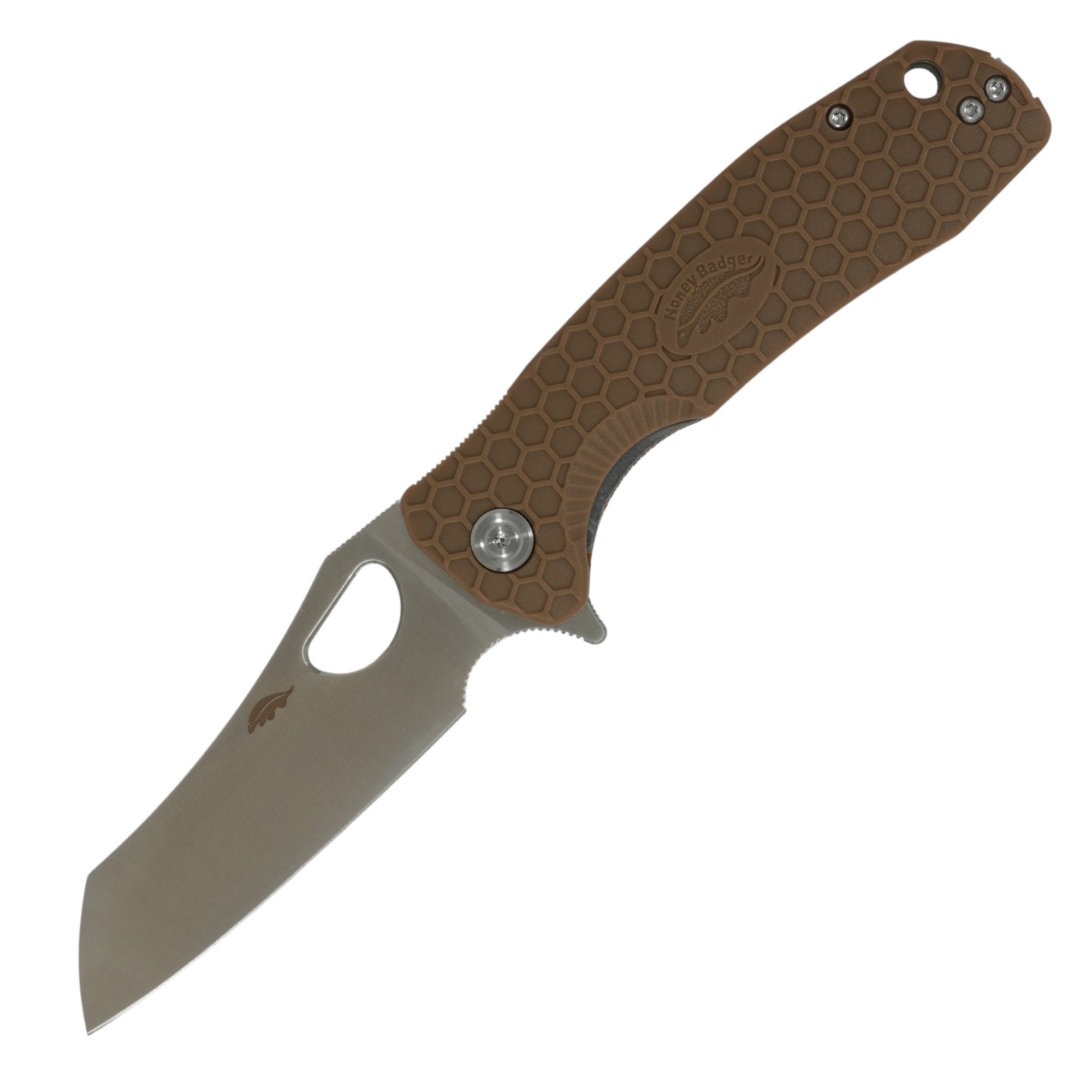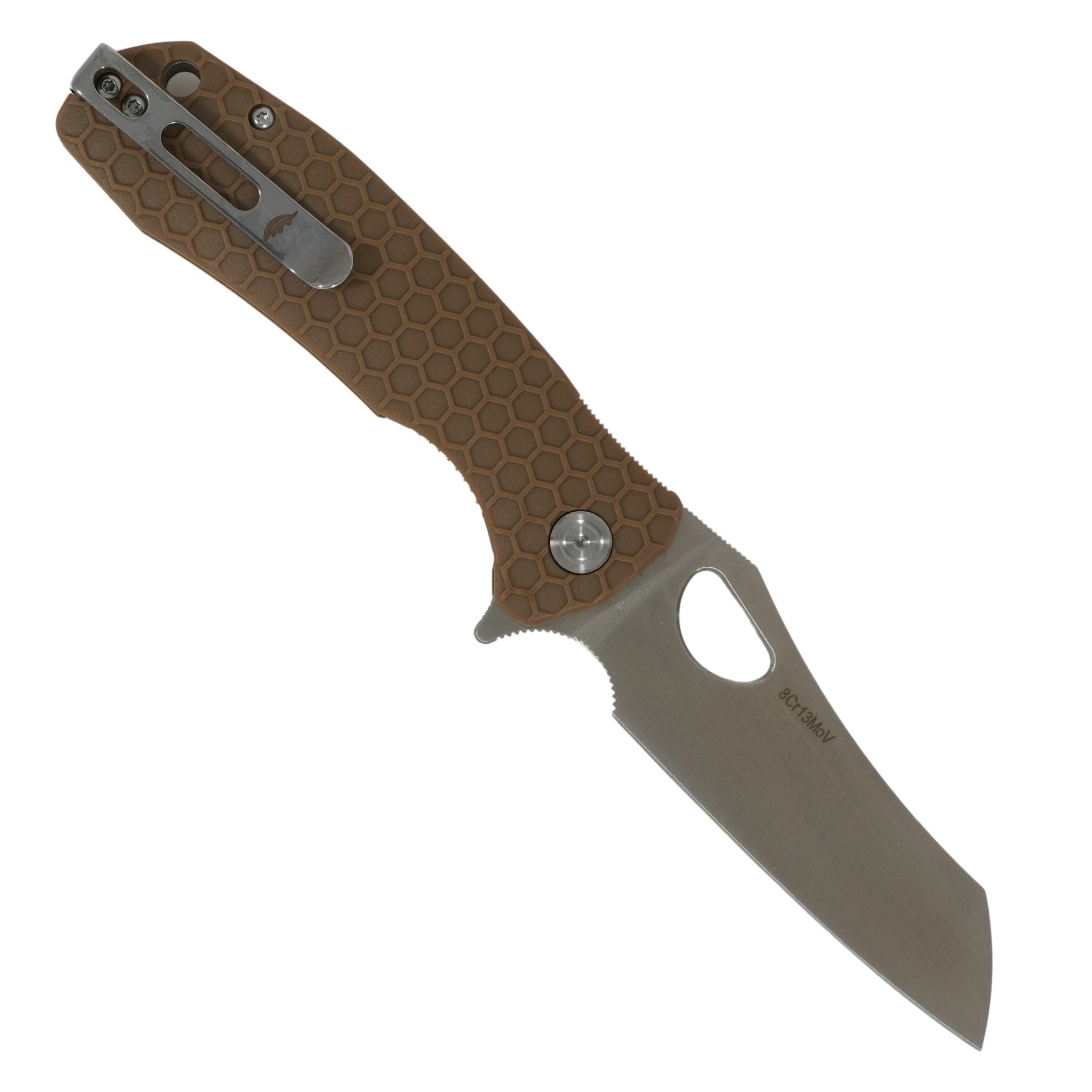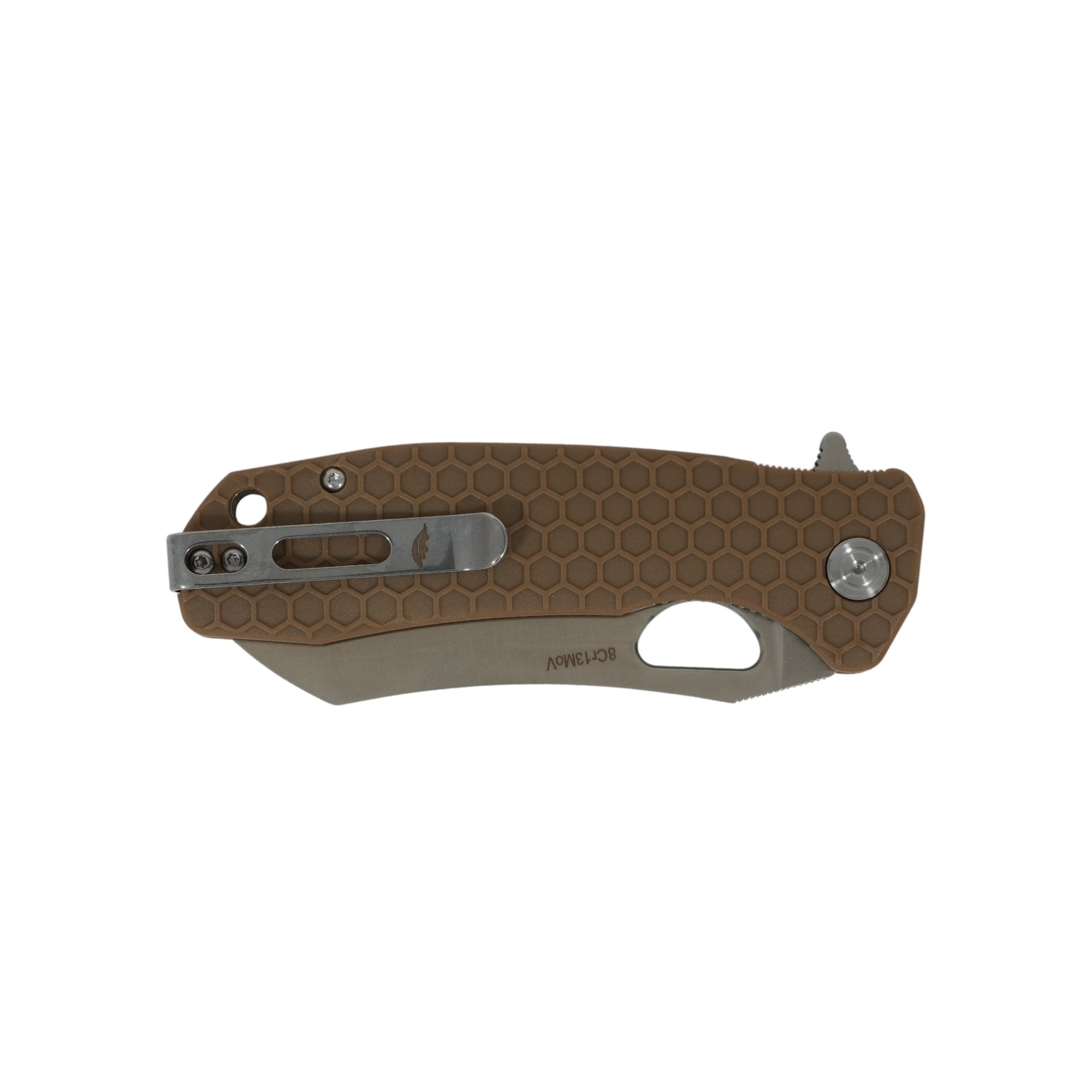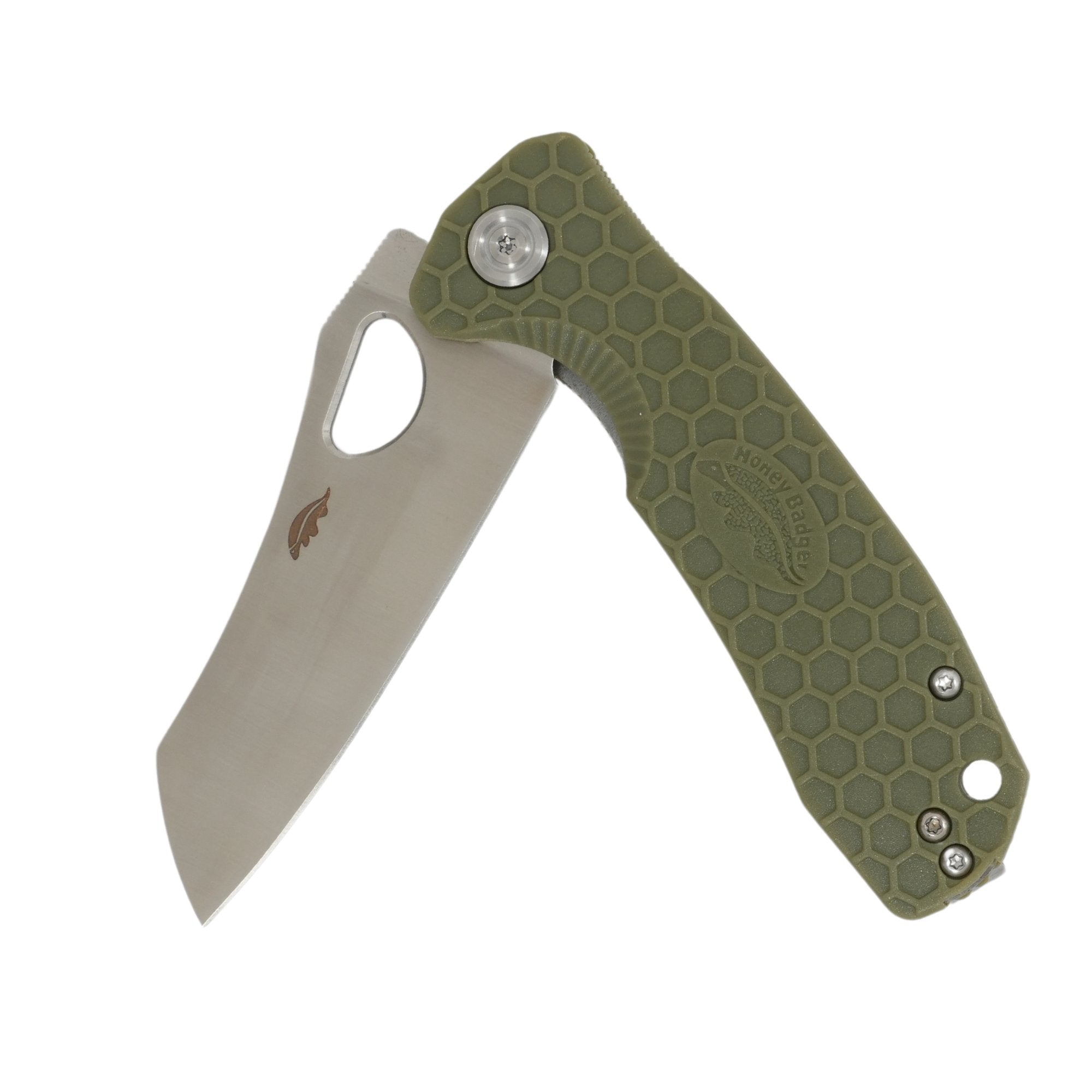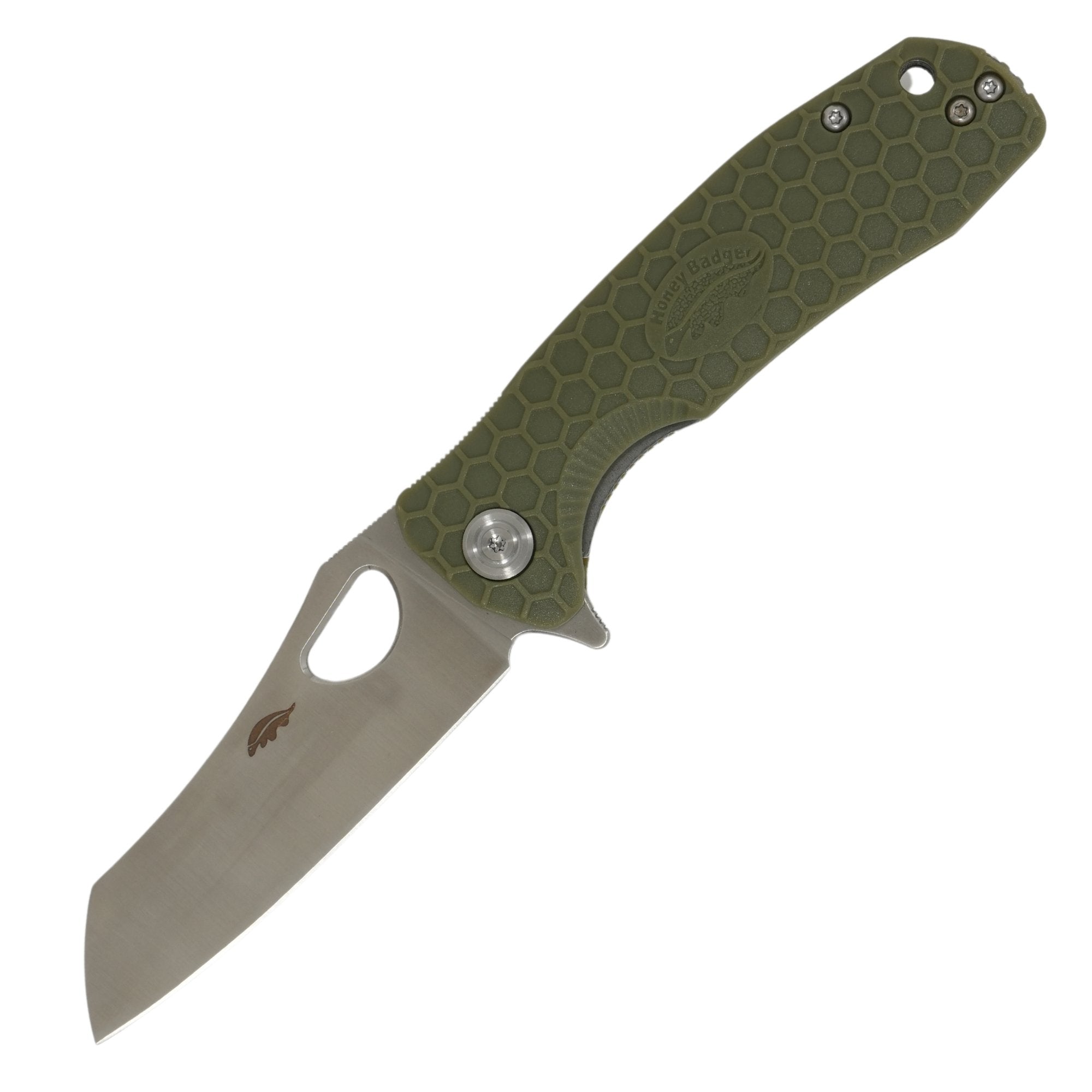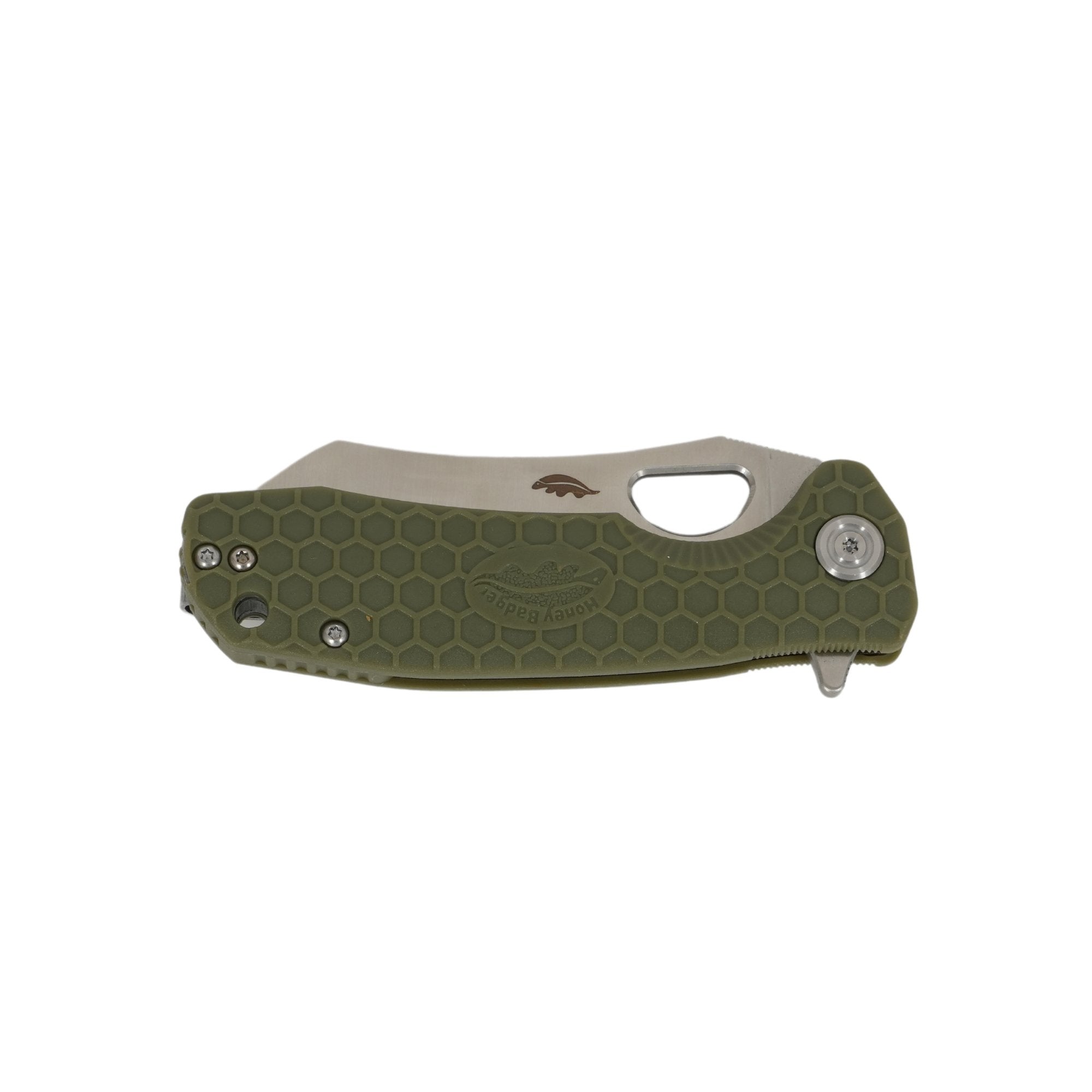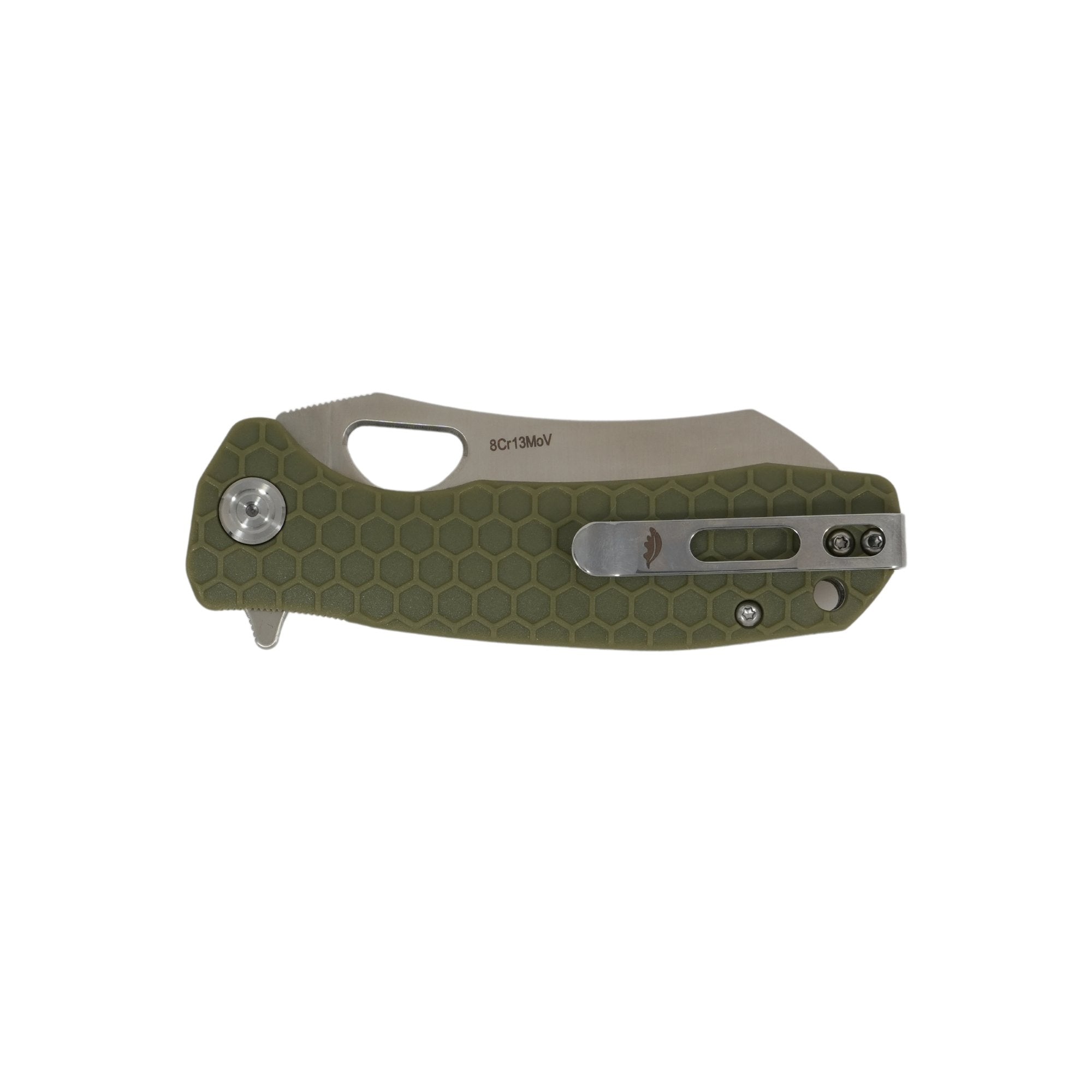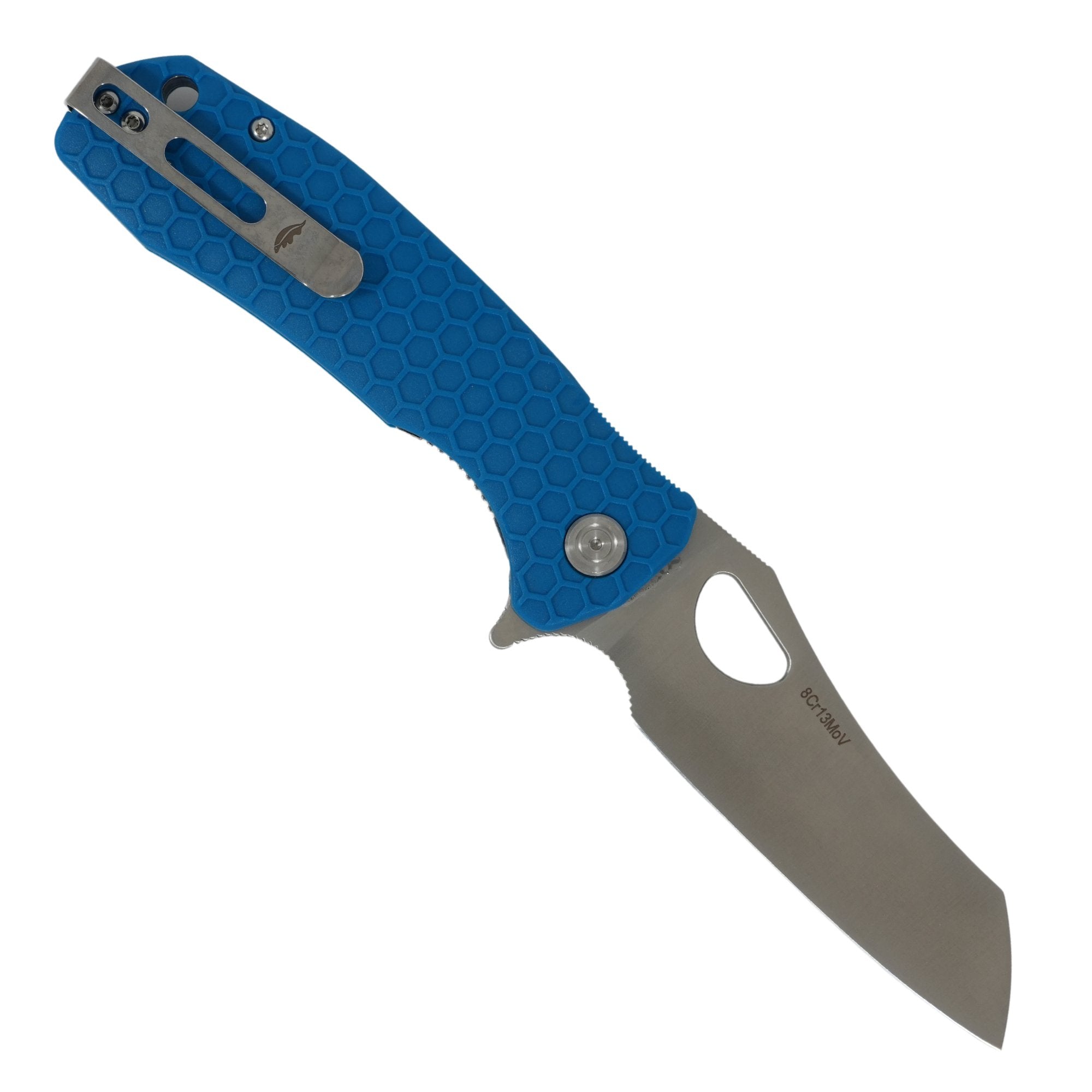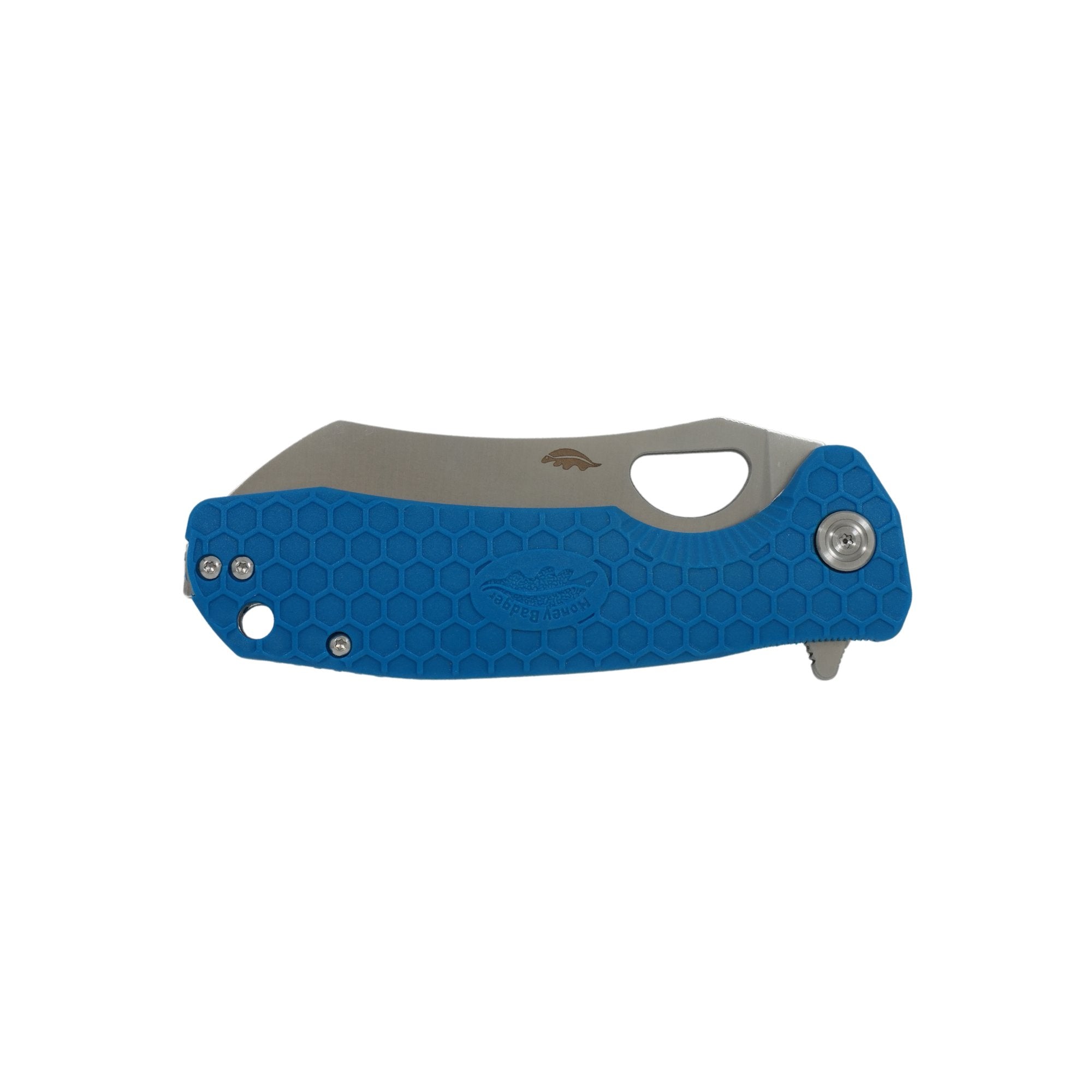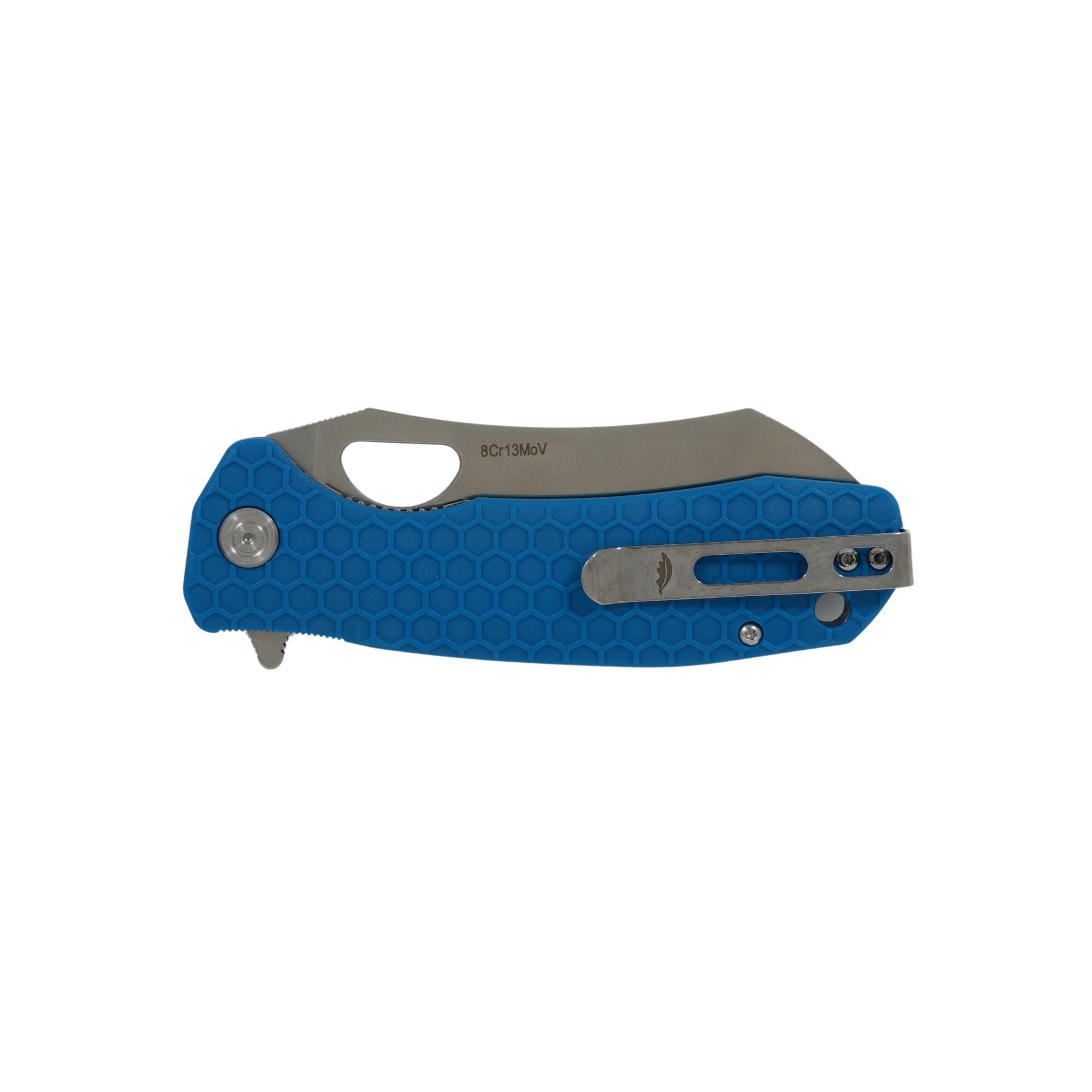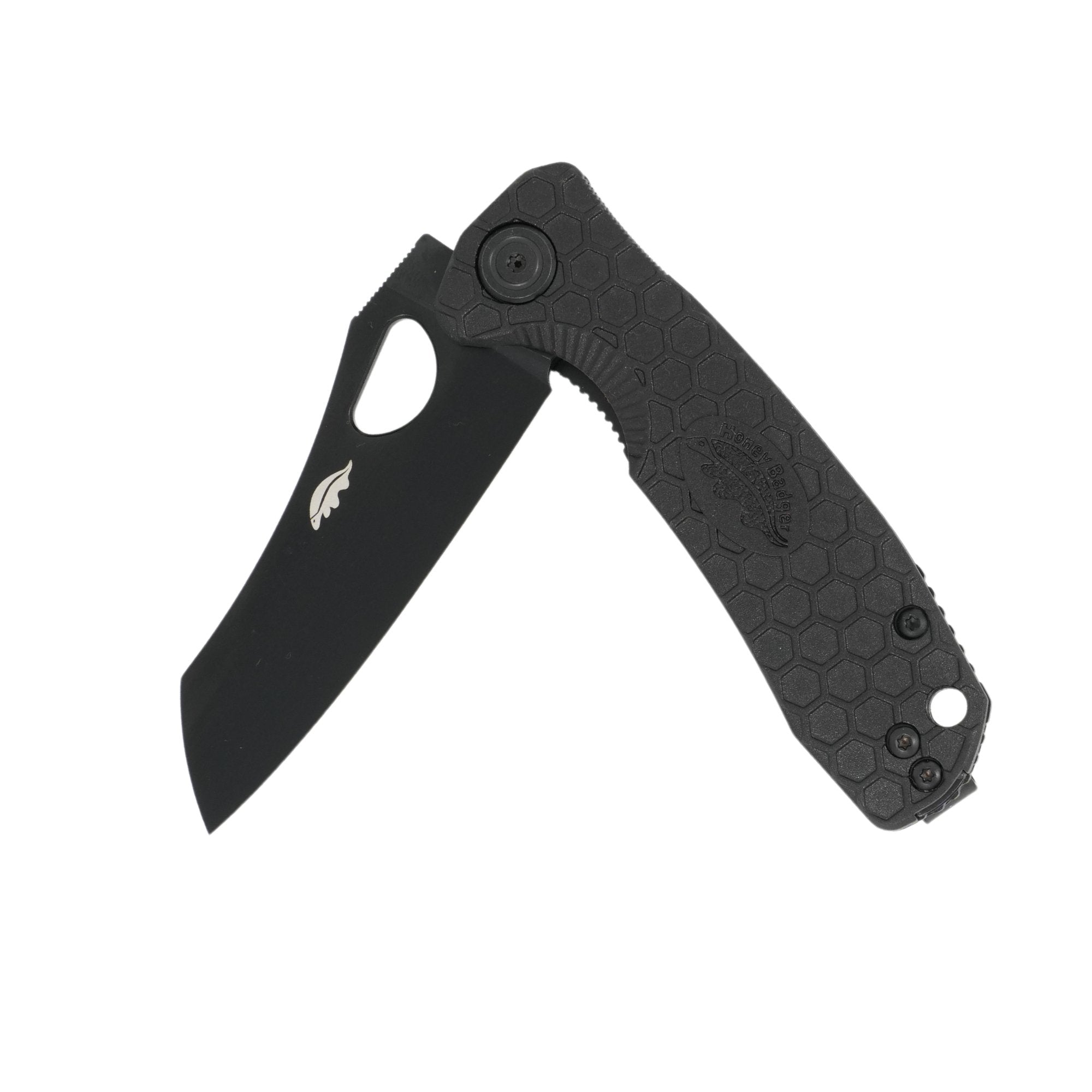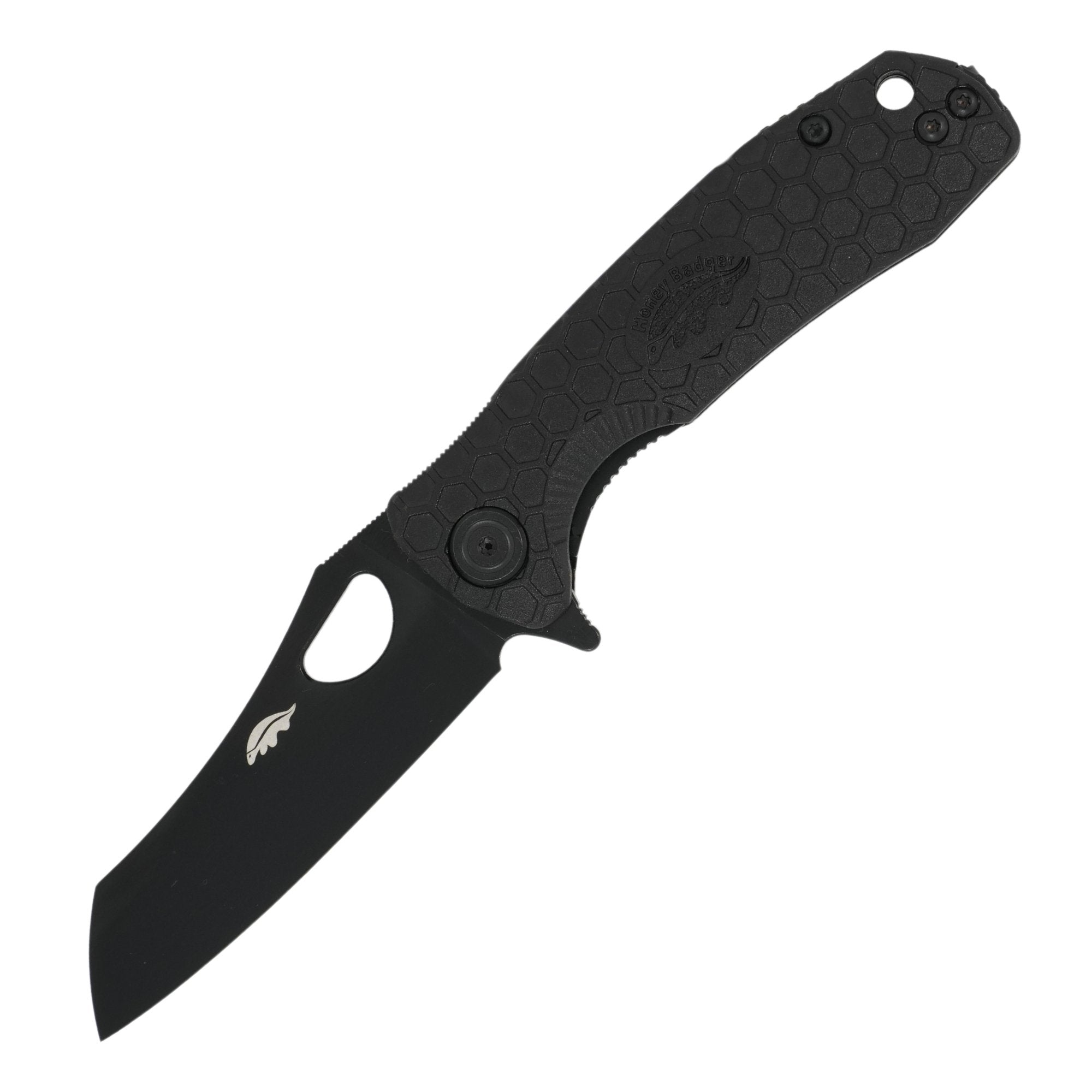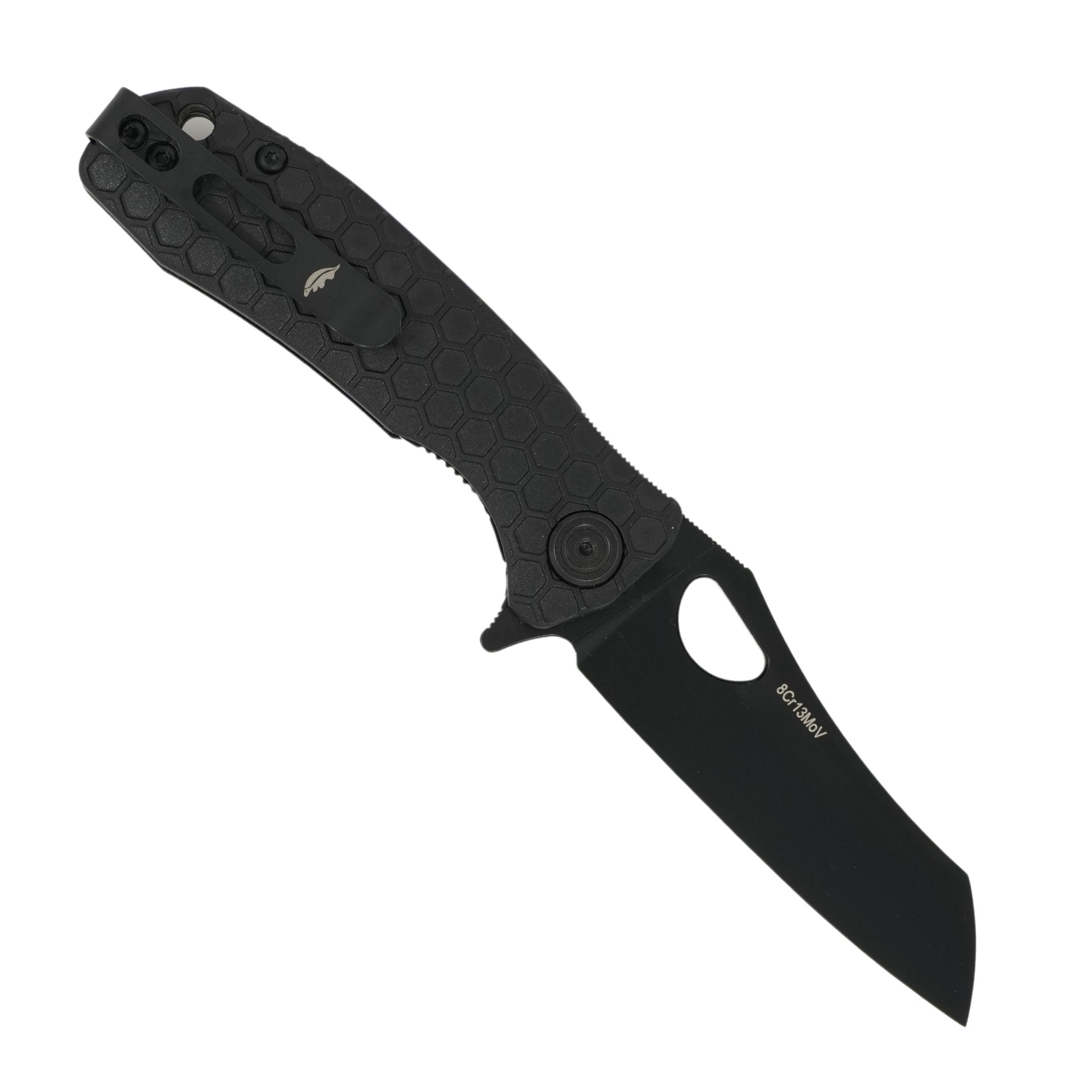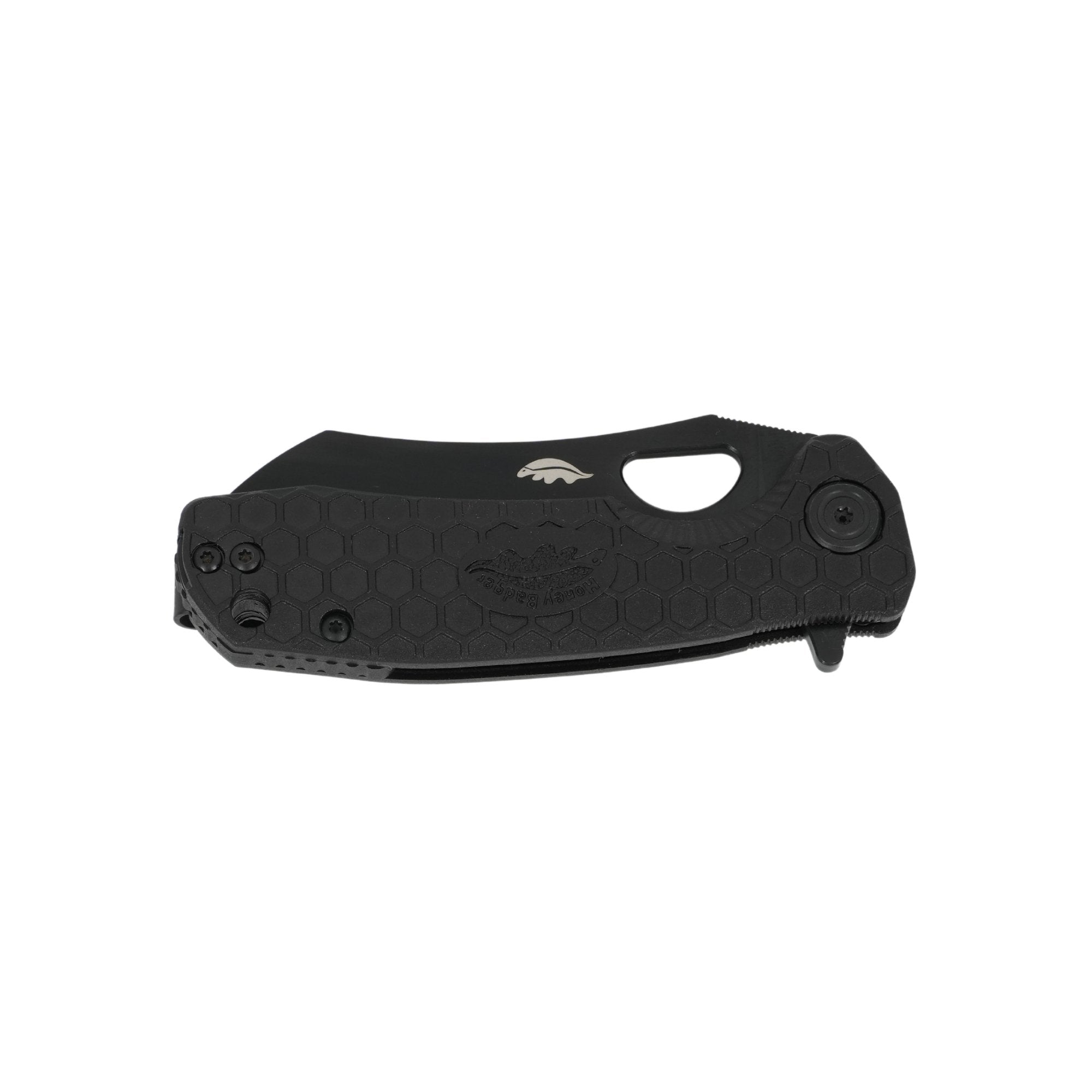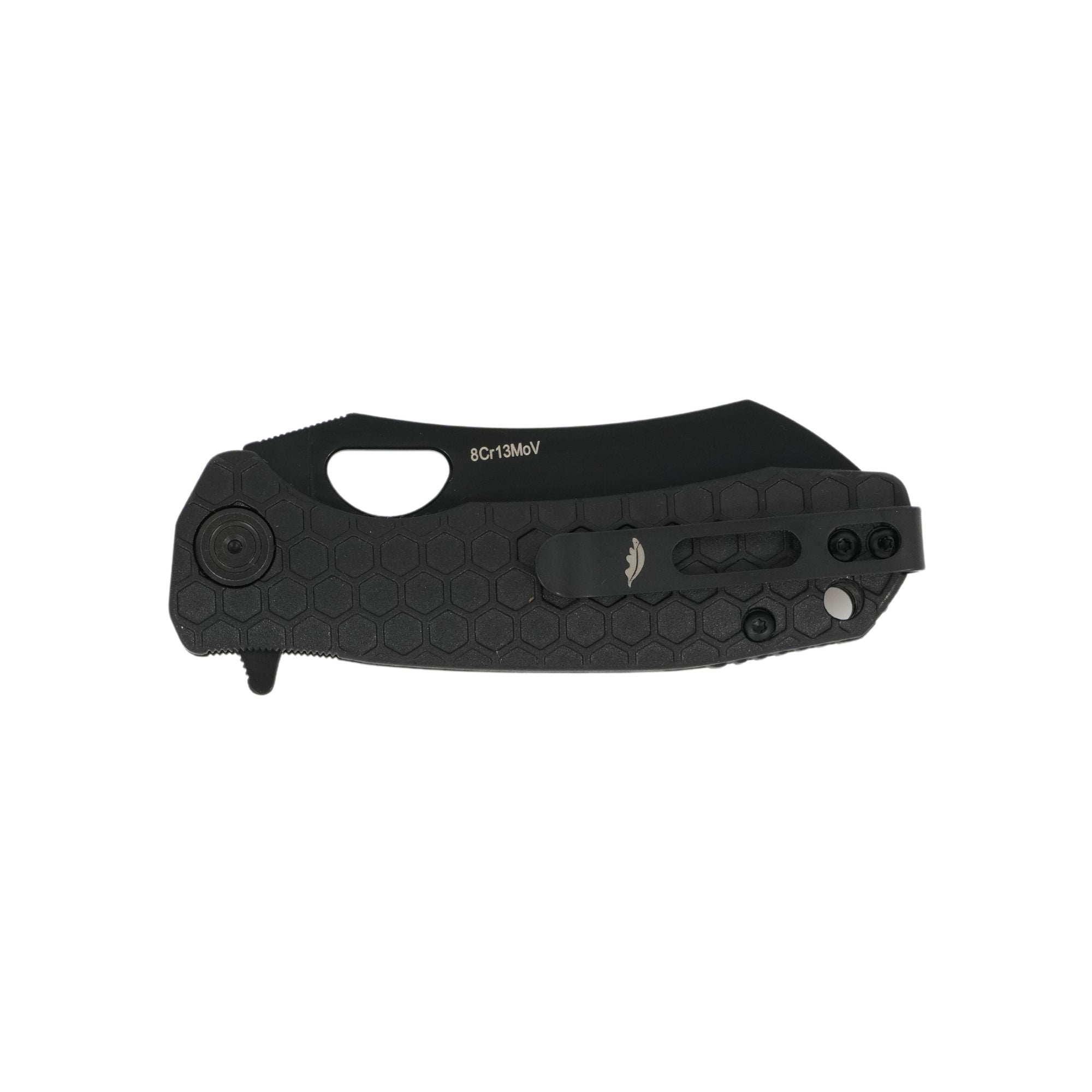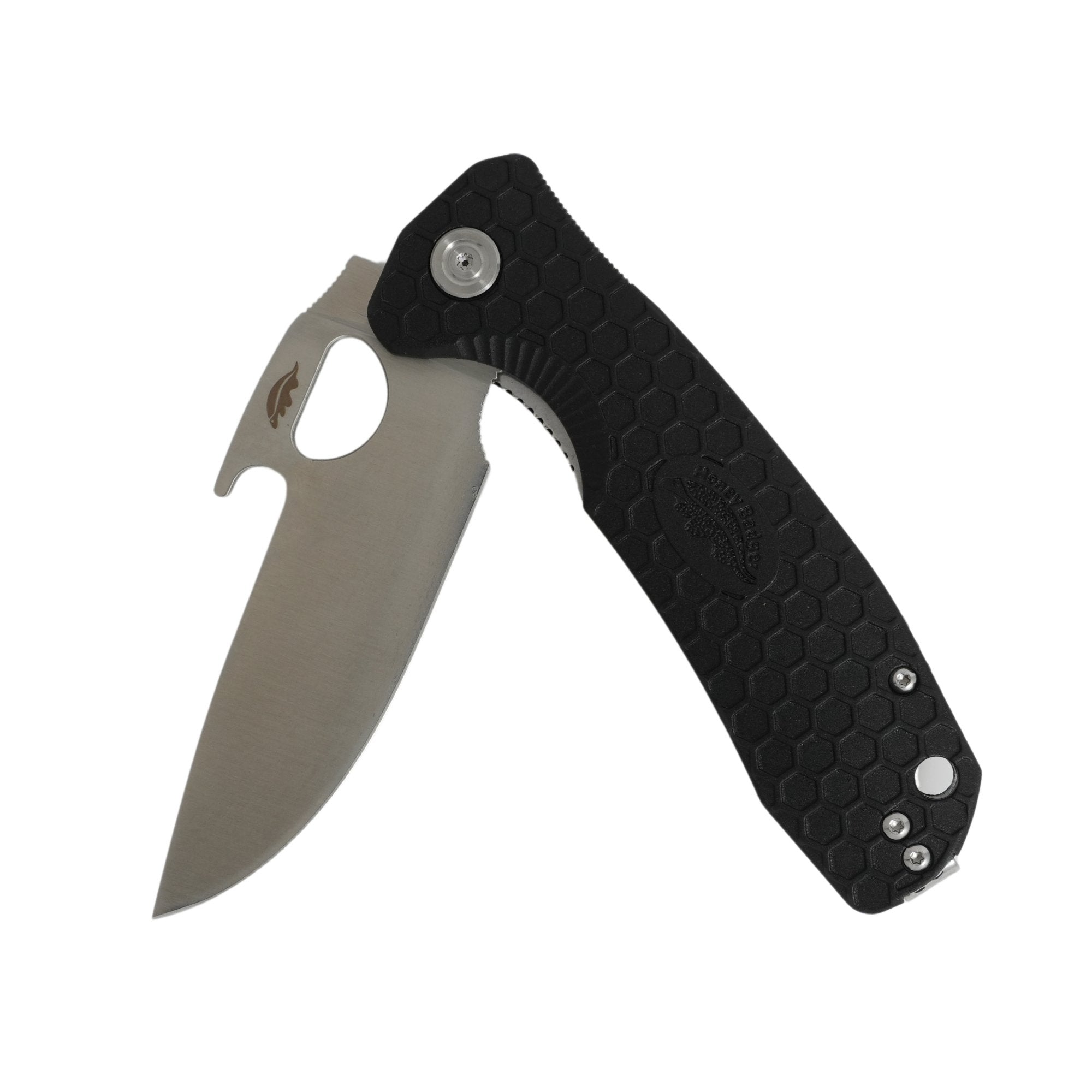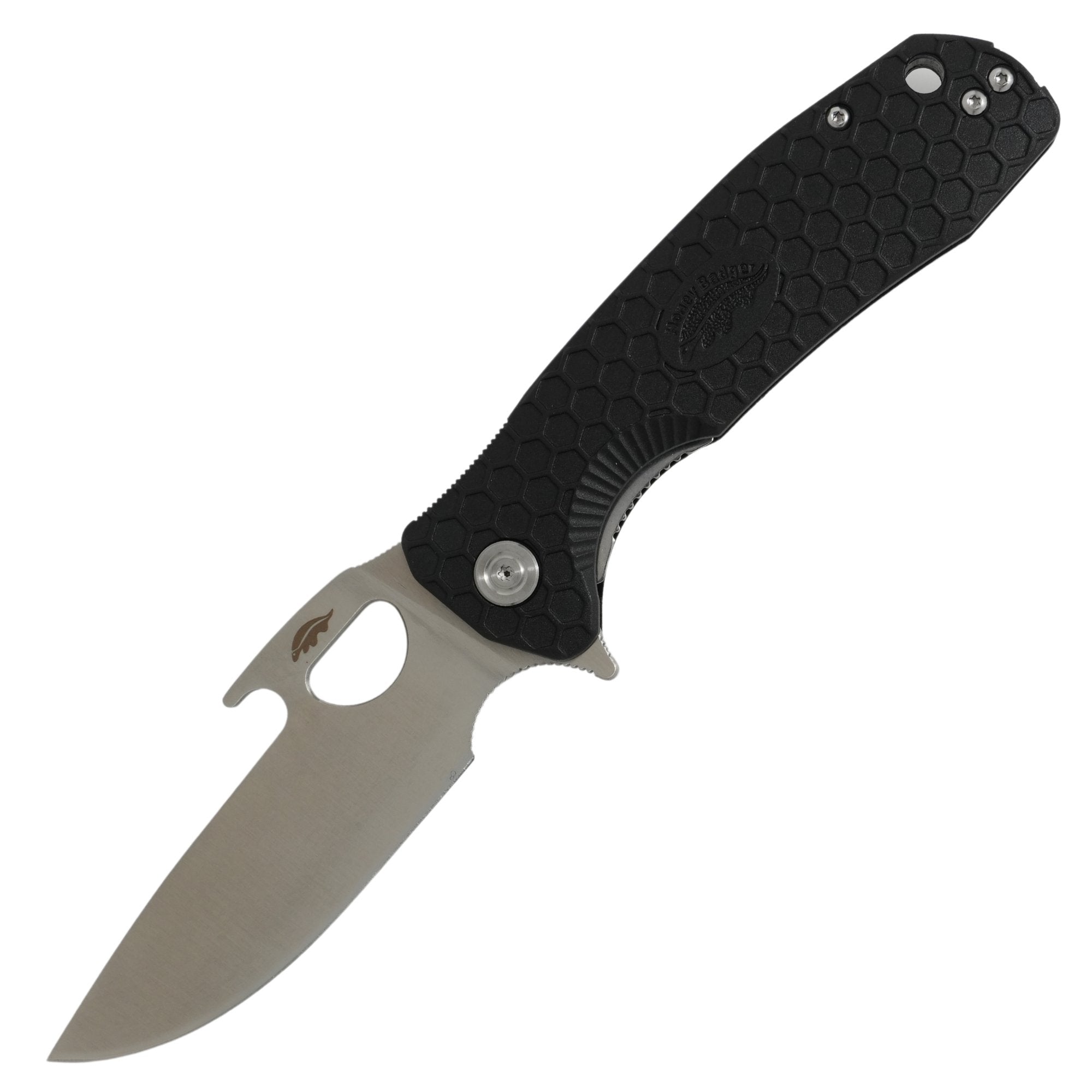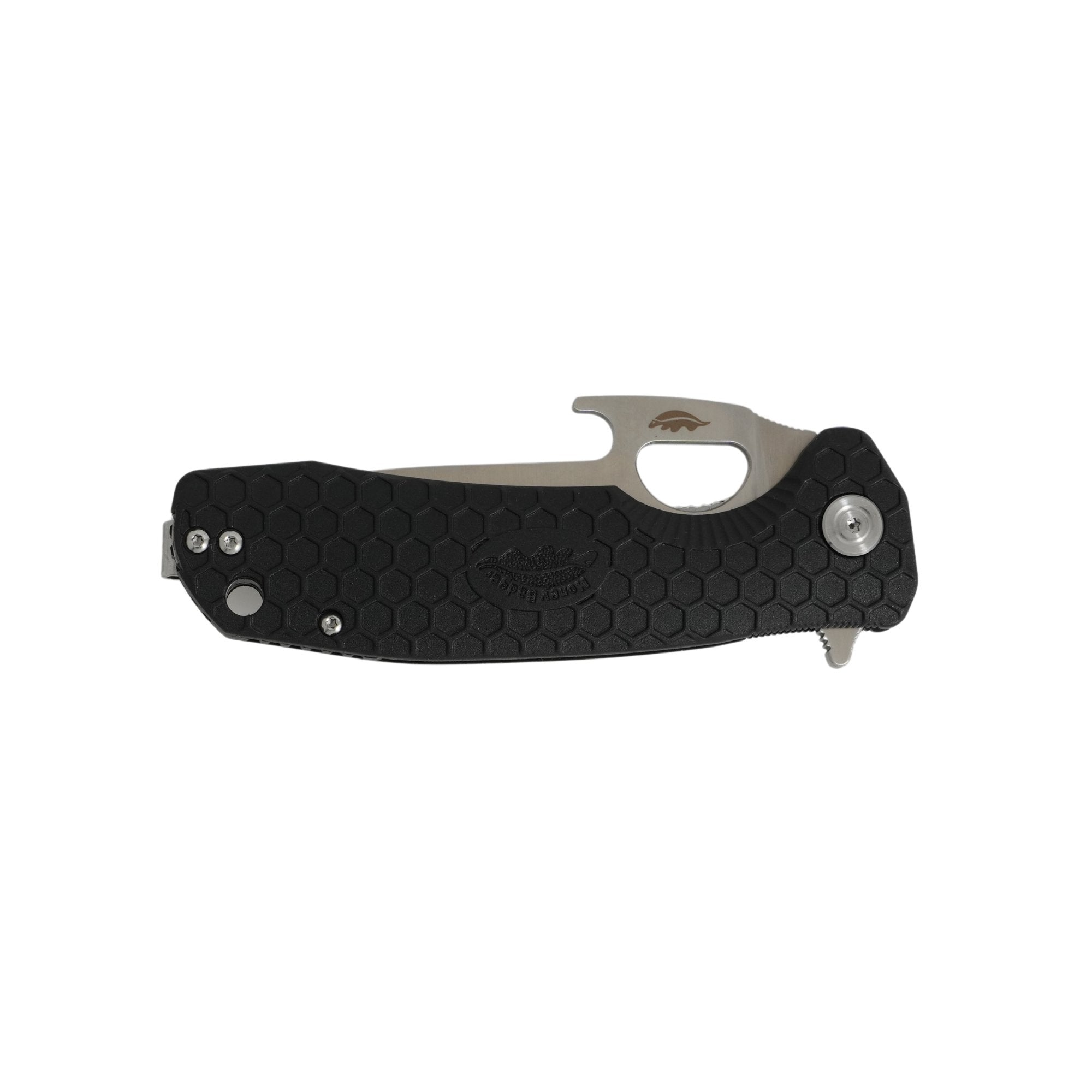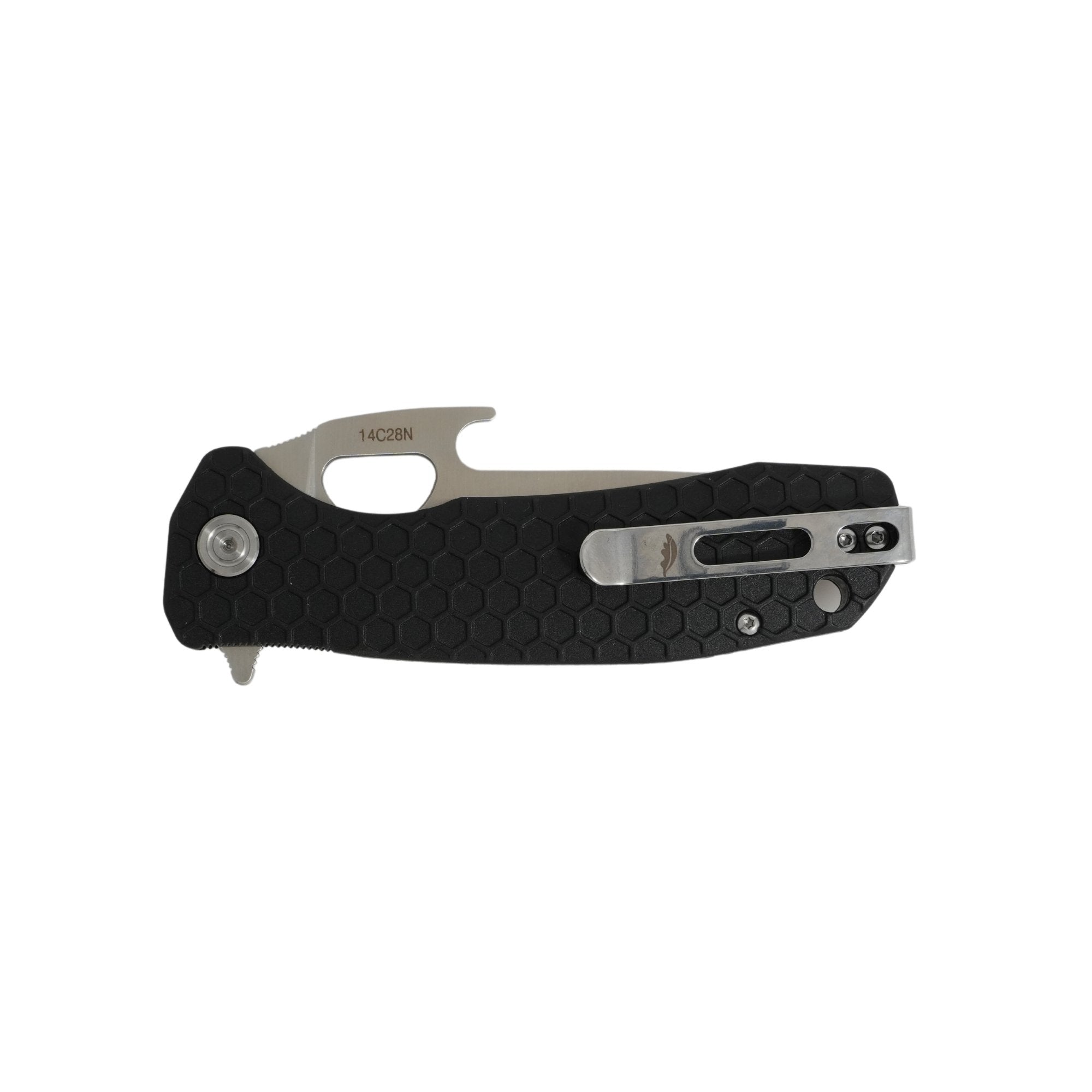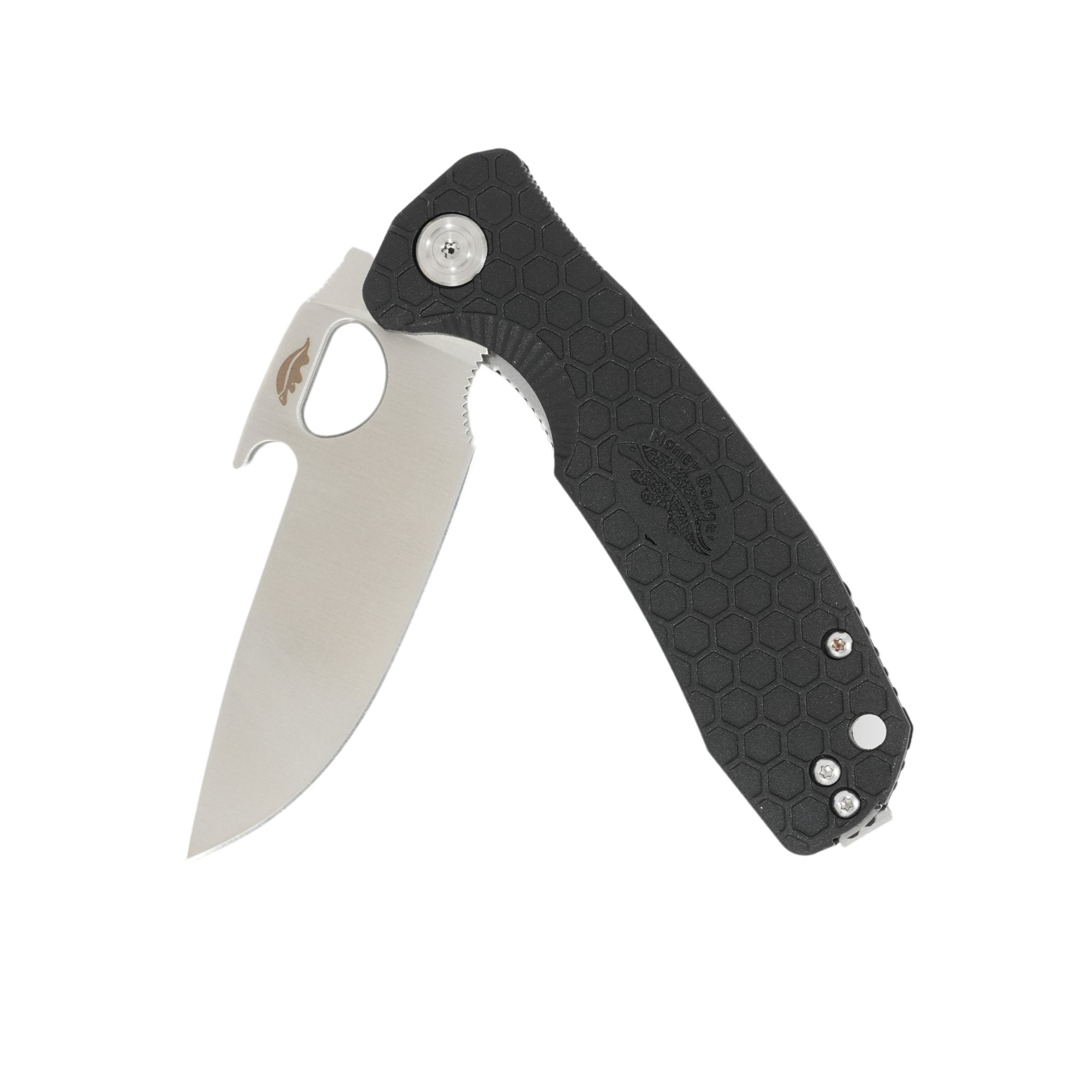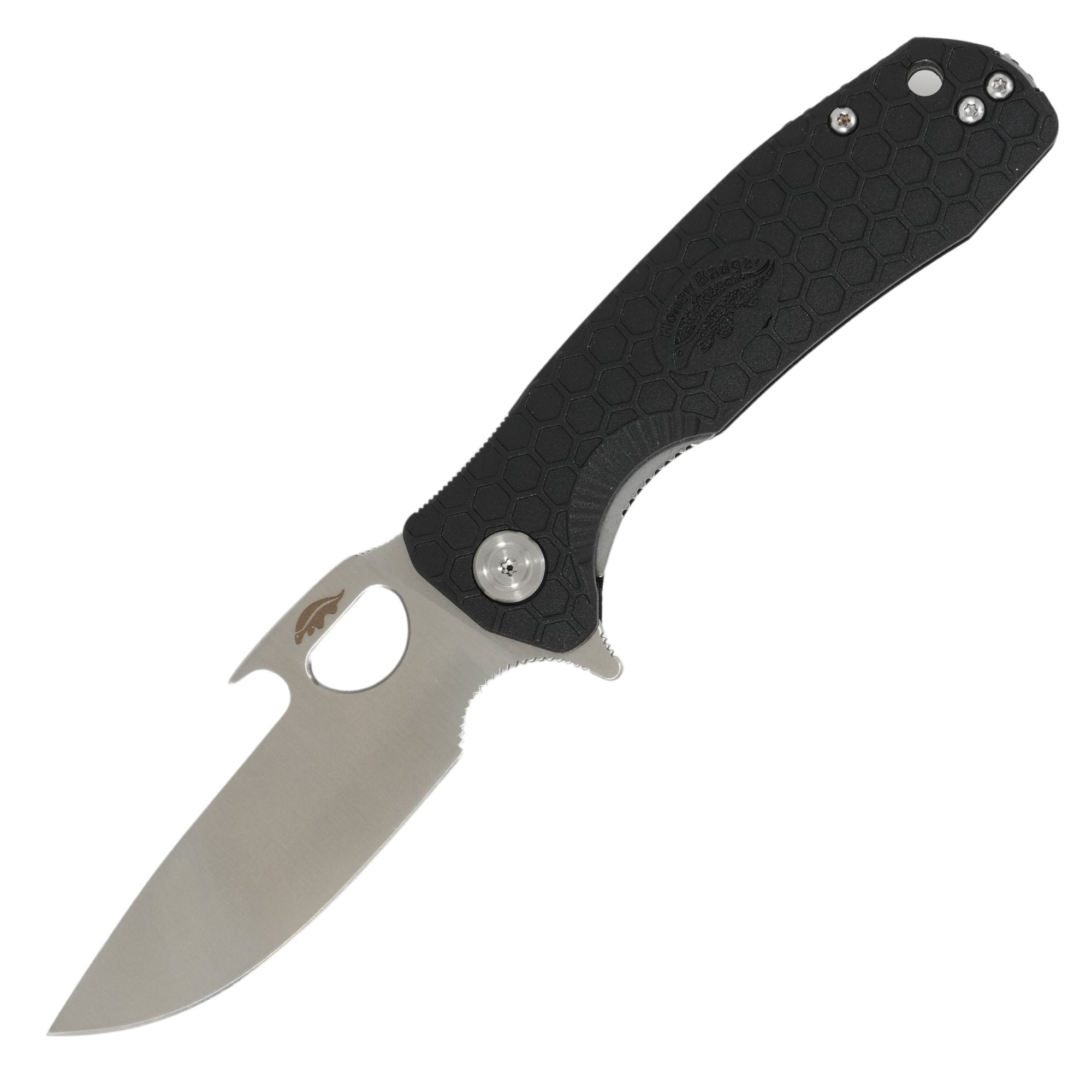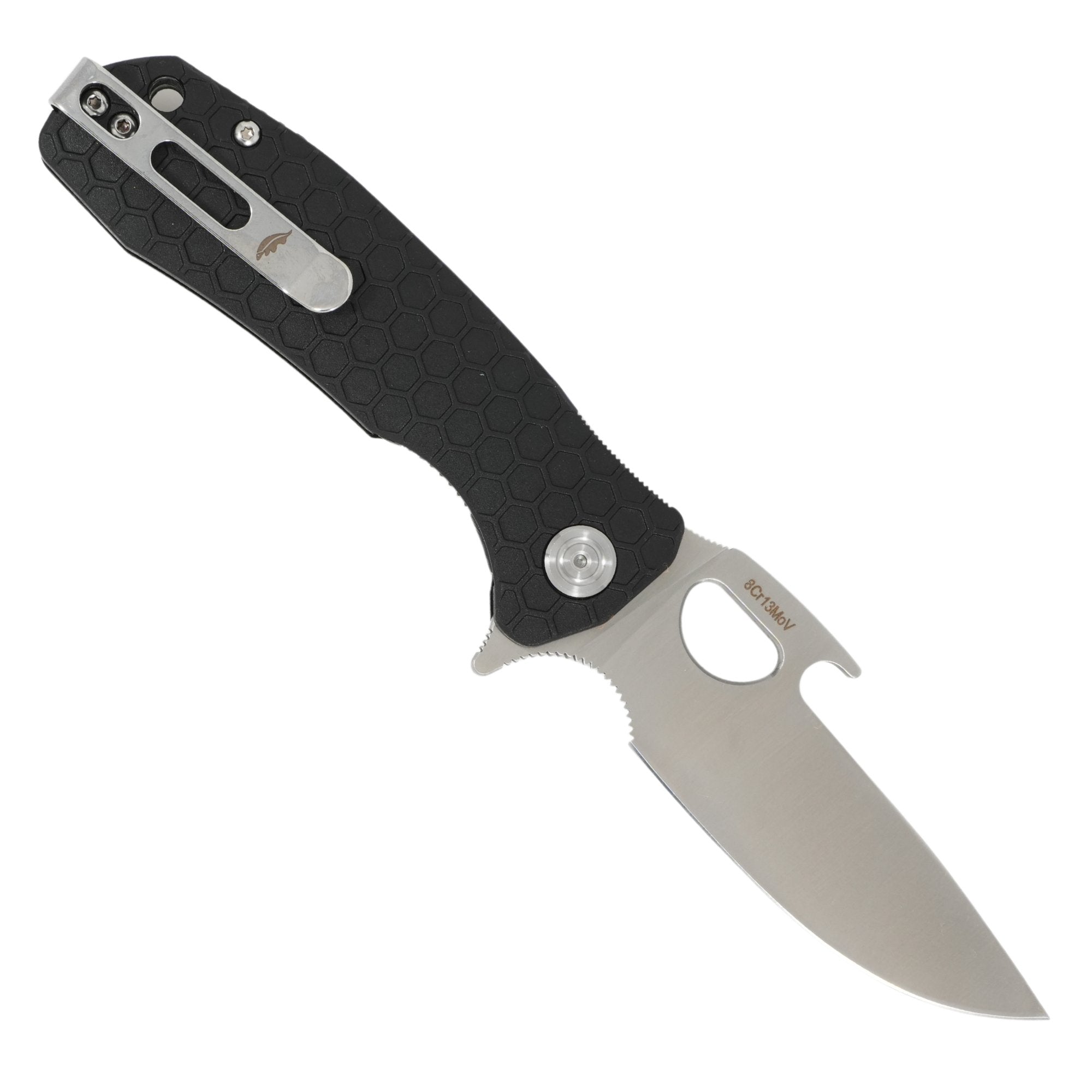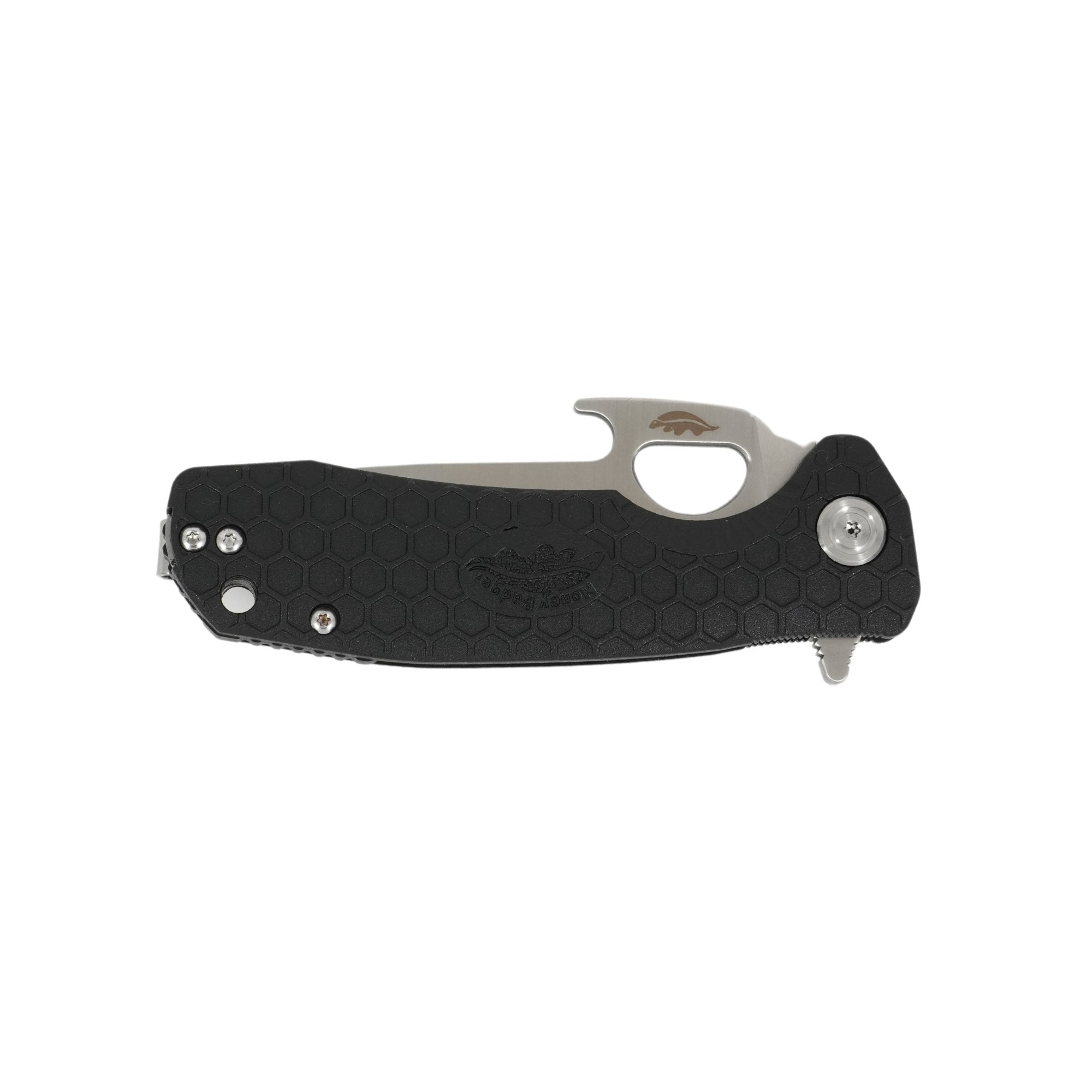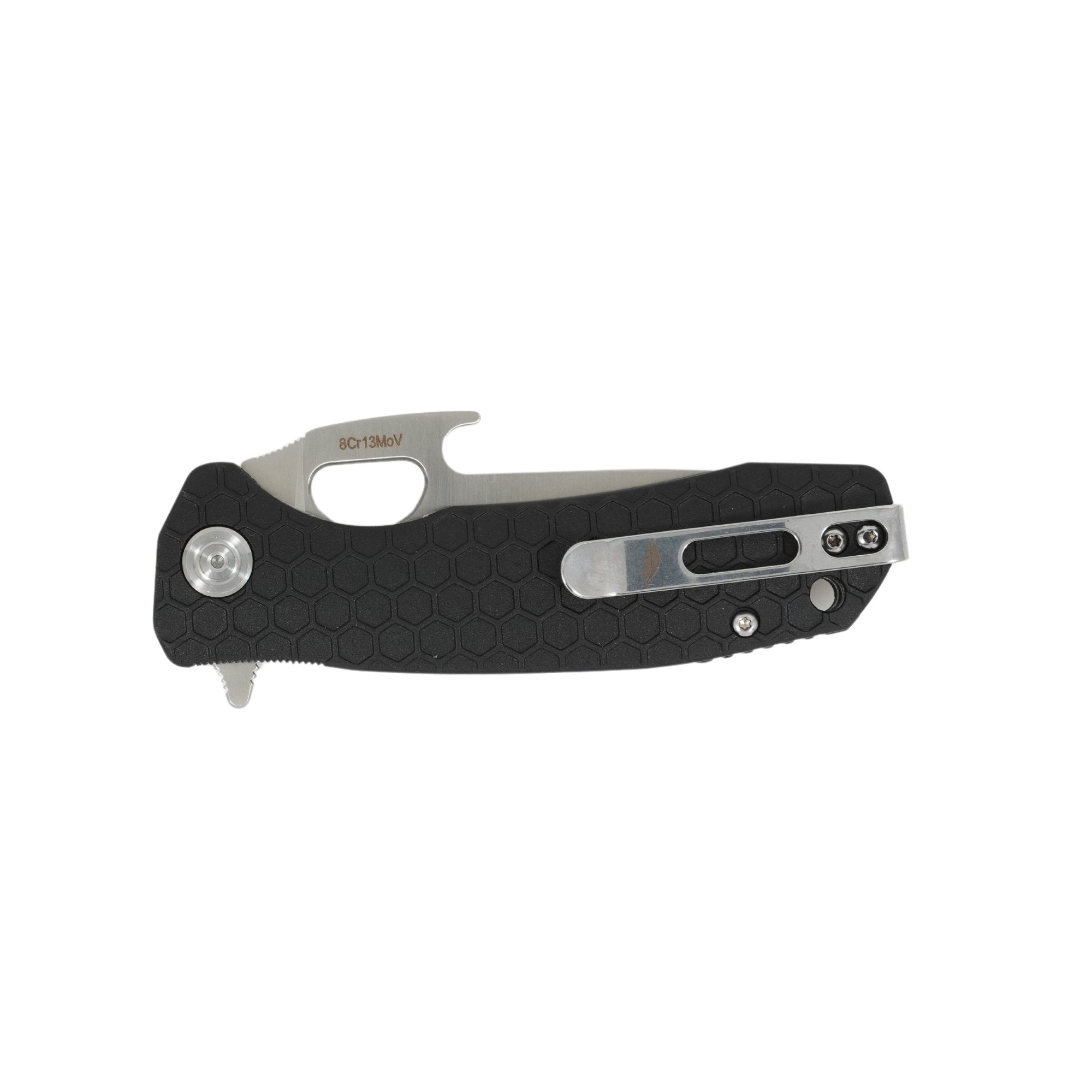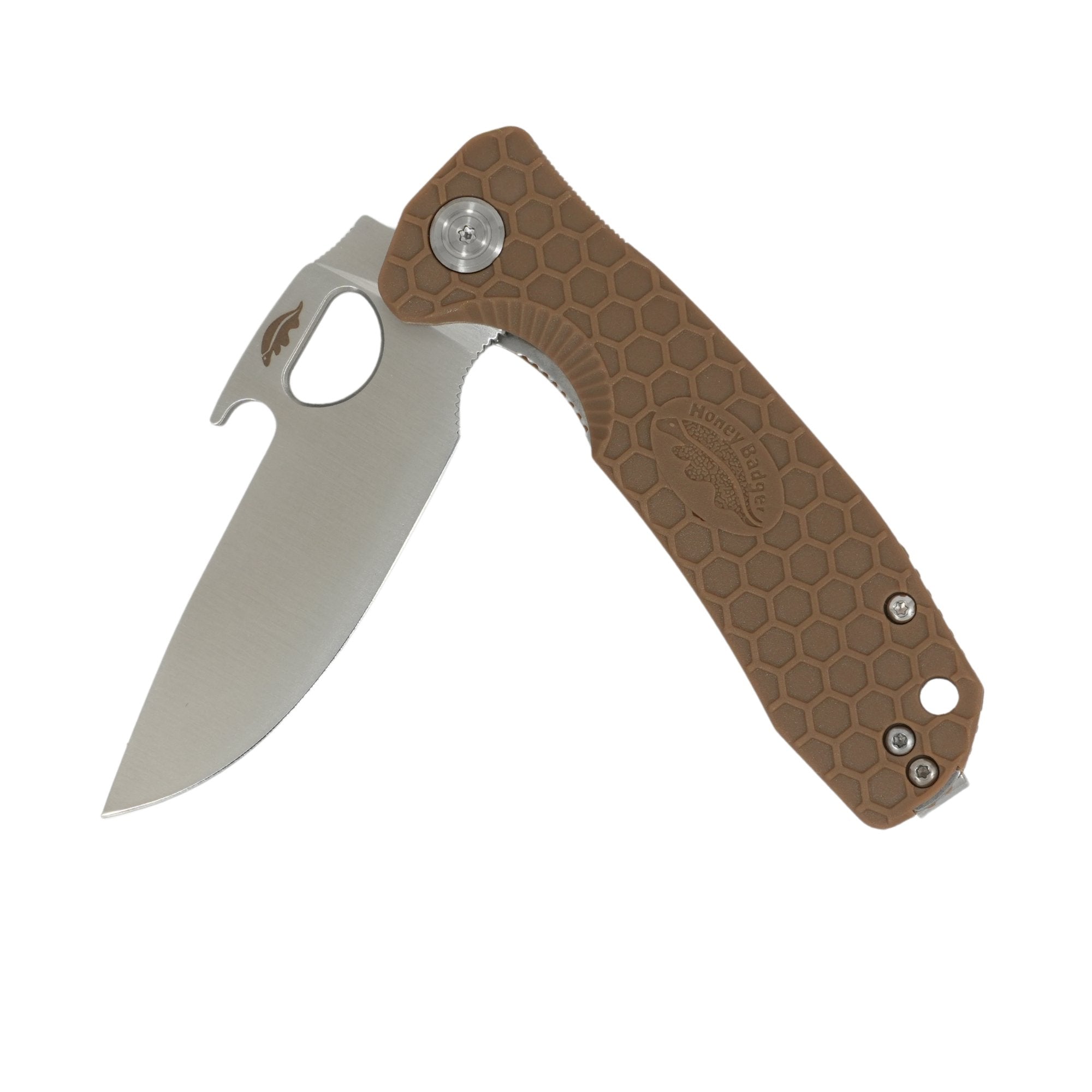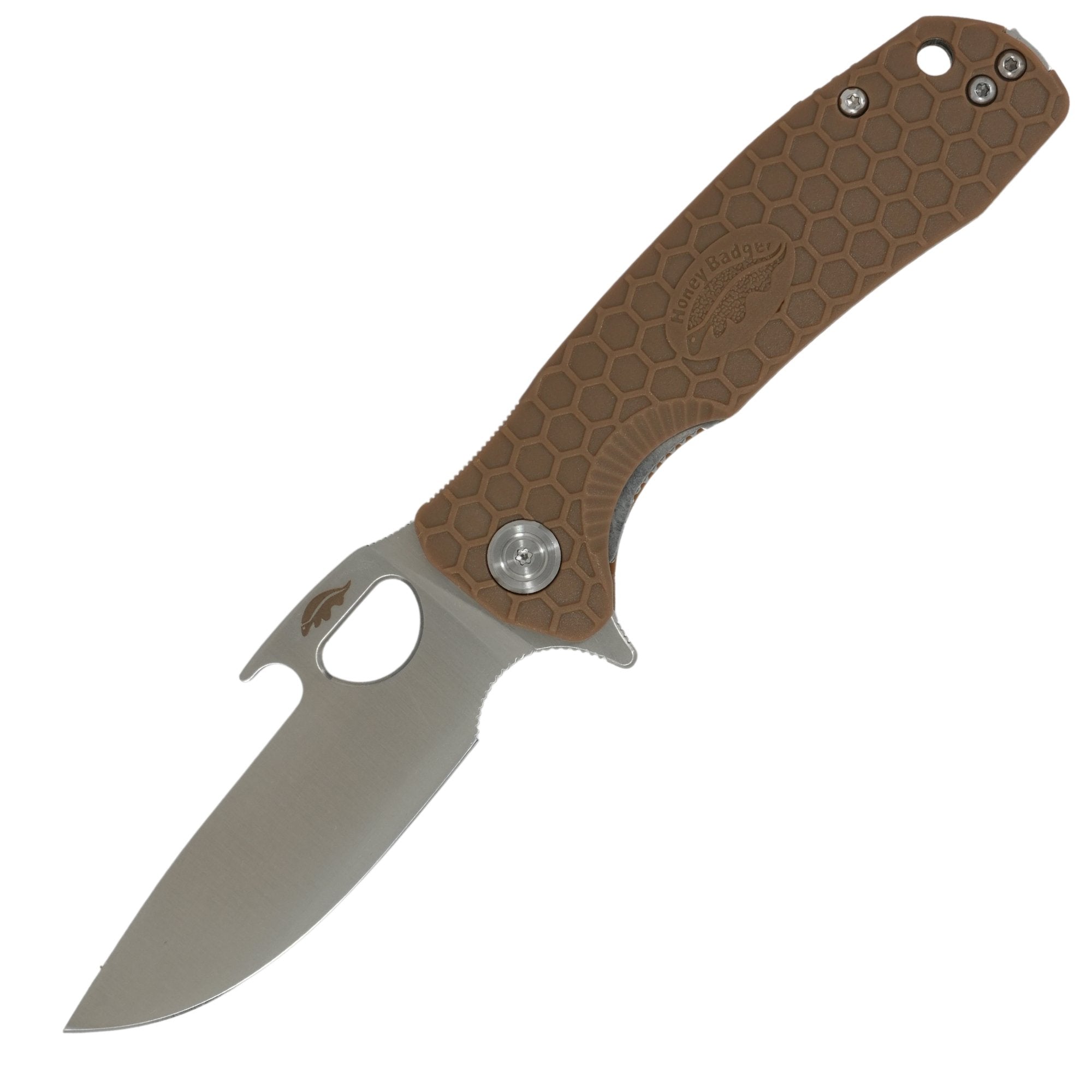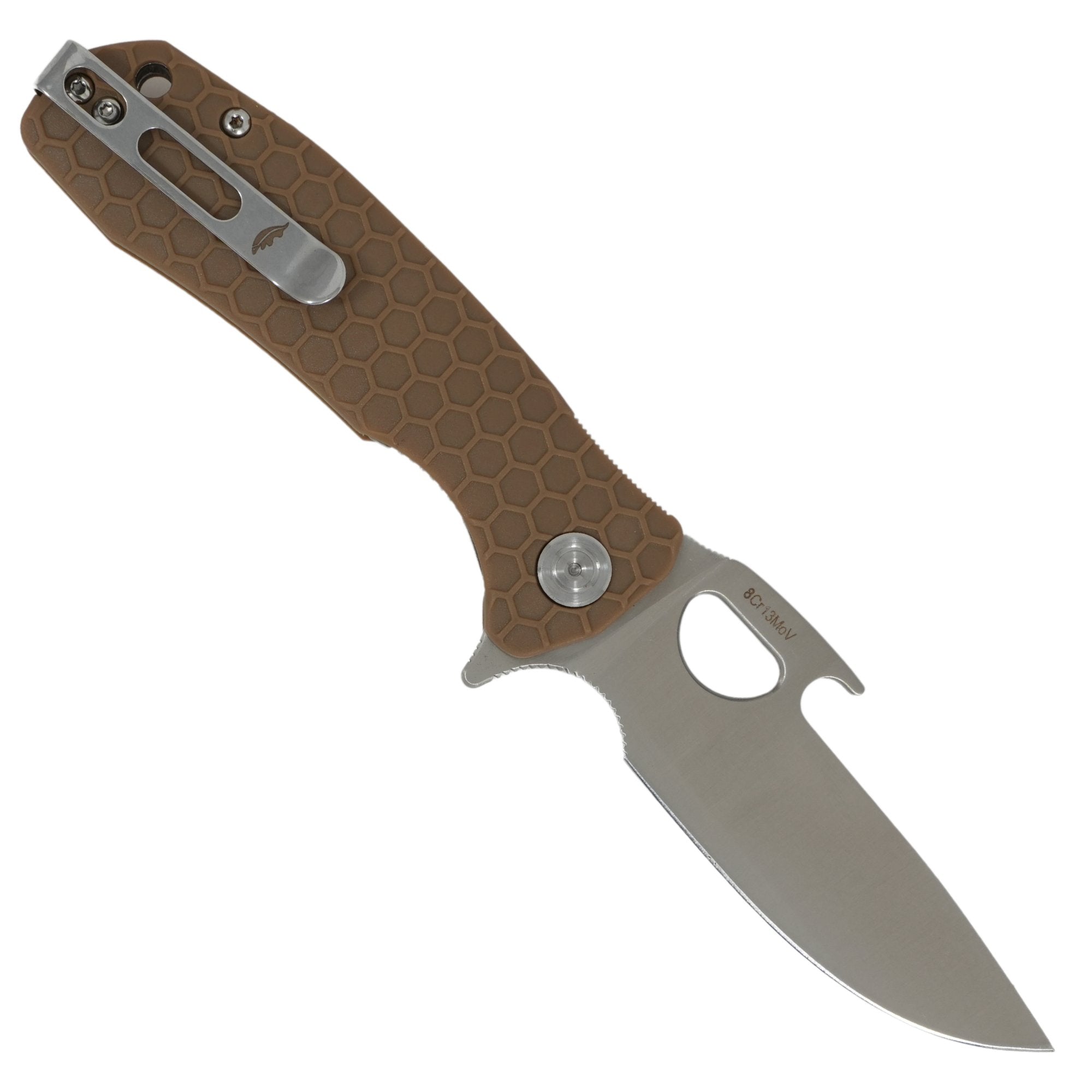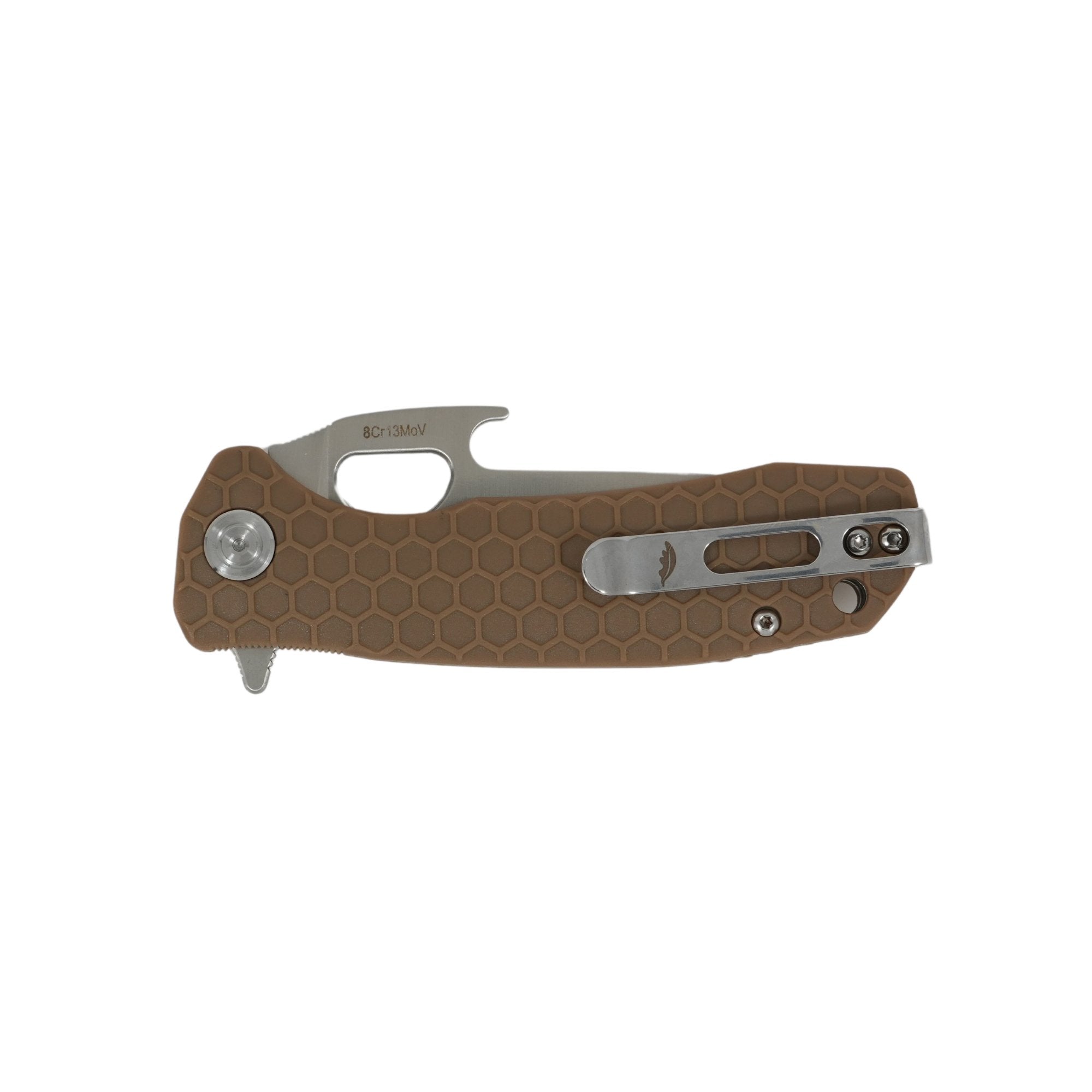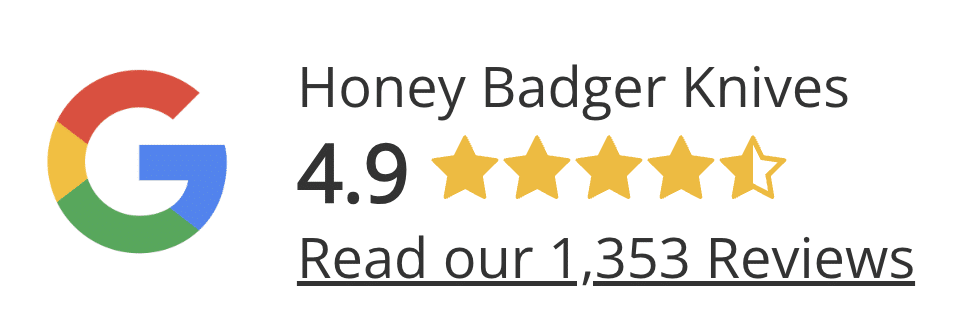How to Choose the Best Folding Camp Knife
A reliable folding camp knife is an essential tool for any outdoor enthusiast. Whether you’re camping, hiking, fishing, or just enjoying time in the great outdoors, the right knife can make all the difference. From preparing meals and cutting rope to whittling sticks and handling emergency situations, a good folding camp knife is versatile and convenient. However, with so many options on the market, choosing the best one can be a daunting task. Here’s a guide to help you select the best folding camp knife for your needs.
1. Blade Material
The blade material is one factor to consider when choosing any folding knife. The steel could affect its sharpness, durability, and ease of maintenance. Common blade materials include:
- 8CR13MOV Stainless Steel: Resistant to rust and corrosion, stainless steel is a popular choice for camping knives. It’s low maintenance and retains a sharp edge, though it may need more frequent sharpening compared to high-carbon steel.
- High-Carbon Steel: Known for its superior edge retention and strength, high-carbon steel is excellent for heavy-duty tasks. However, it’s more prone to rust and requires regular maintenance, such as cleaning and oiling, to prevent corrosion.
- D2 Steel: A semi-stainless tool steel that offers a good balance between edge retention, toughness, and rust resistance. It’s great for those who need a durable blade that doesn’t require constant sharpening but still requires a little TLC.
Choosing the right material depends on your priorities: if you need a low-maintenance blade for light to medium tasks, stainless steel is ideal. For tougher jobs that require a longer-lasting edge, high-carbon steel or D2 steel might be better choices.
2. Blade Shape and Design
Blade shape significantly impacts the knife’s functionality. Some common blade shapes include:
- Drop Point: One of the most versatile shapes, the drop point features a curved spine that slopes gently to the point. It’s ideal for general use, including slicing, cutting, and even skinning game.

- Clip Point: This blade has a concave cut-out near the tip, making it great for precise tasks and piercing. However, the thinner tip can be more fragile compared to other shapes.

- Tanto Known for its strong, reinforced tip, the tanto blade excels in piercing and heavy-duty work but lacks the slicing versatility of other blade shapes.

- Spear Point: With a symmetrical shape and a sharp point, the spear point is well-suited for piercing and throwing but is less common for general camping use.

Consider what tasks you’ll be using your knife for most often when selecting the blade shape. A drop point is usually the best all-around choice for camping, offering a good balance of strength, control, and versatility.
3. Size and Weight
The size and weight of your folding camp knife will influence its portability and ease of use. Here are some considerations:
- Blade Length: A blade length between 2.5 to 4 inches is ideal for most camping tasks. A shorter blade may struggle with tougher tasks, while a longer blade might be cumbersome to carry. Honey Badger Knives are available in 3 sizes starting at 2.8" for the small models up to 3.6" for the large models.
- Handle Material: The handle should fit comfortably in your hand, offering a secure grip. Look for ergonomic designs with textured or rubberized surfaces for added comfort and control. All Honey Badger Knives come with the the super non slip honeycomb pattern.
- Overall Weight: A lightweight knife is easier to carry, but it shouldn’t compromise on durability. Aim for a knife that feels balanced and solid without being too heavy.
4. Locking Mechanism
A reliable locking mechanism is crucial for safety, ensuring that the blade stays securely in place during use. Common locking mechanisms include:
- Liner Lock: A spring-loaded bar inside the handle that locks the blade in place when open. It’s easy to use with one hand but may not be as secure as other locks for heavy-duty tasks.
- Frame Lock: Similar to a liner lock but uses part of the handle itself to lock the blade. This provides a stronger lock-up and is ideal for tougher tasks.
- Back Lock: A lever on the spine of the handle locks the blade. It’s a very secure mechanism but requires two hands to close, which might be less convenient.
- Axis Lock: A unique mechanism that uses a sliding bar to lock the blade. It’s known for its strength and ease of use with either hand.
Choose a lock that feels secure and easy to operate, keeping in mind the types of tasks you’ll be performing.
5. Ease of Maintenance
Consider how easy it is to maintain the knife. A good folding camp knife should be easy to clean, sharpen, and lubricate. Knives with a simple design and fewer moving parts will generally be easier to maintain over time. Look for knives that allow for easy disassembly, as this makes cleaning and lubricating the knife more straightforward. All Honey Badger Knives come with a T6/T8 torx tool to help you keep your knife well maintained.
7. Additional Features
Some folding camp knives come with additional features that can add value:
- Pocket Clip: A sturdy belt clip makes it easy to carry your knife within reach.
- One-Handed Opening: A thumb stud, flipper, or assisted opening mechanism can make it easier to open the knife quickly with one hand.
- Lanyard Hole Allows you to attach a lanyard for added security or easy retrieval.

Final Thoughts
Choosing the best folding camp knife depends on your specific needs, preferences, and the types of tasks you expect to encounter during your outdoor adventures. By considering the blade material, shape, size, locking mechanism, handle material, and additional features, you can find a knife that’s both reliable and versatile. Take the time to handle different knives if possible, and don’t hesitate to invest in a quality blade that will serve you well for years to come.


